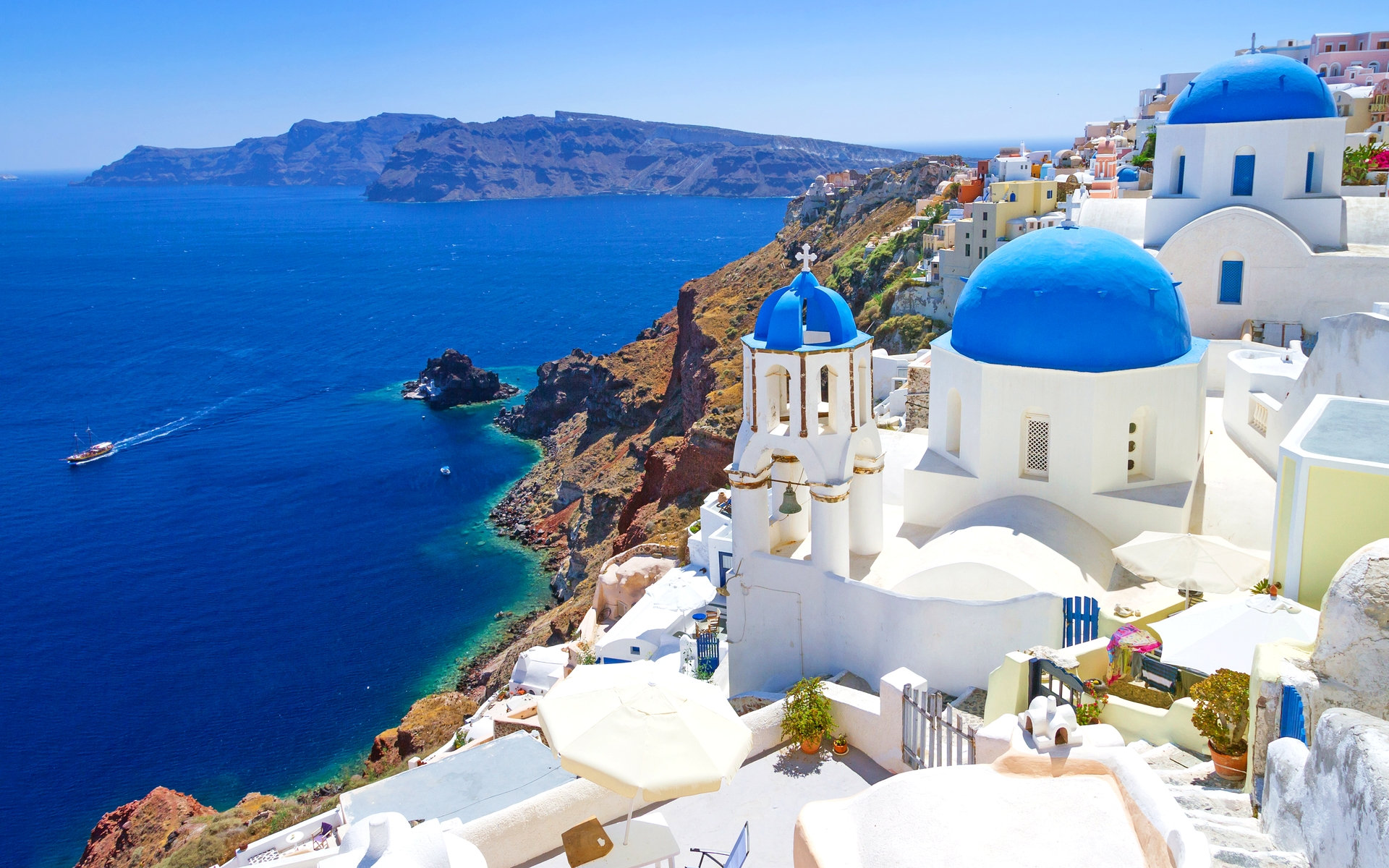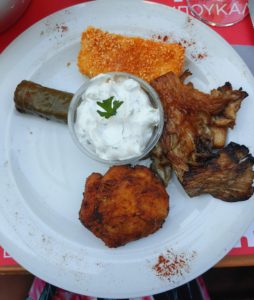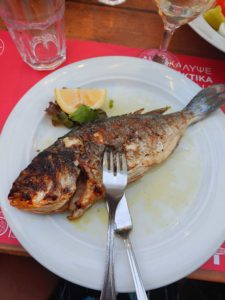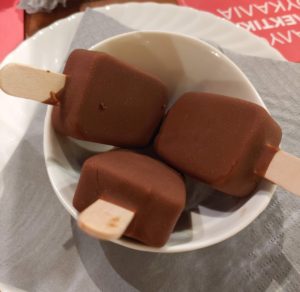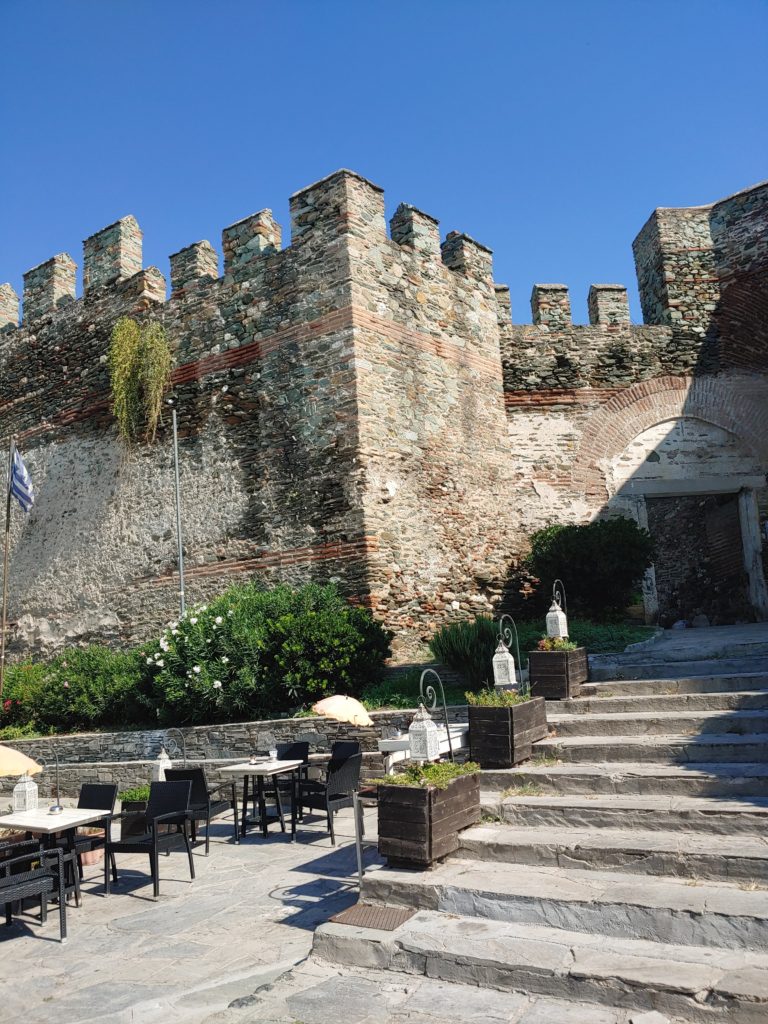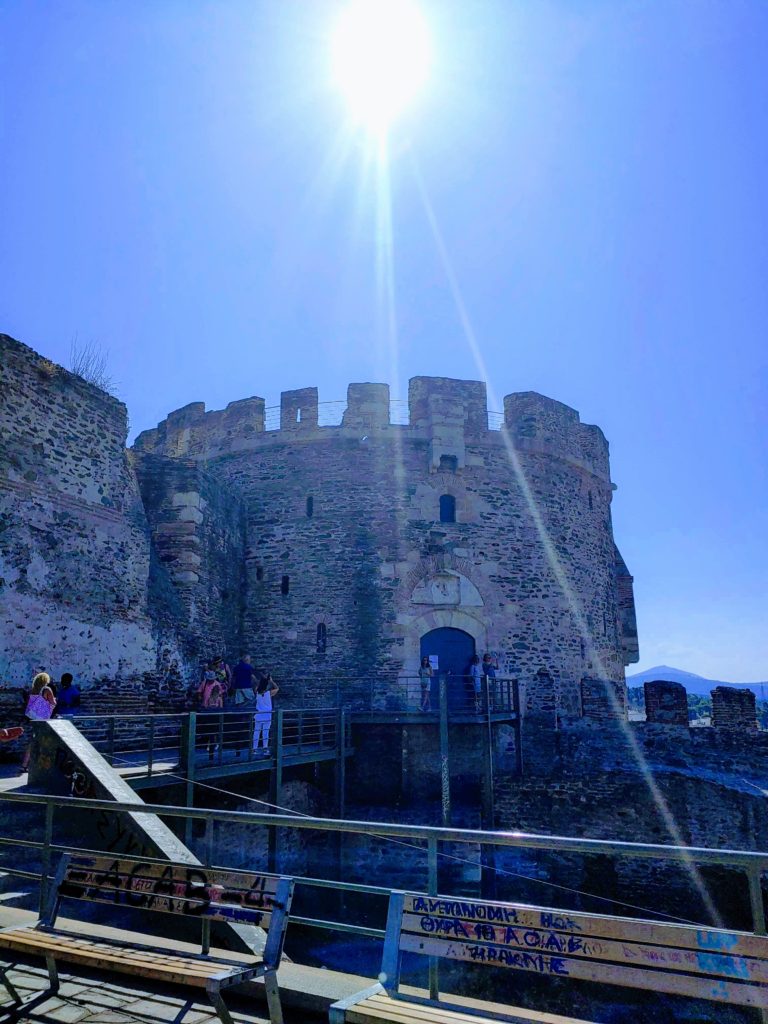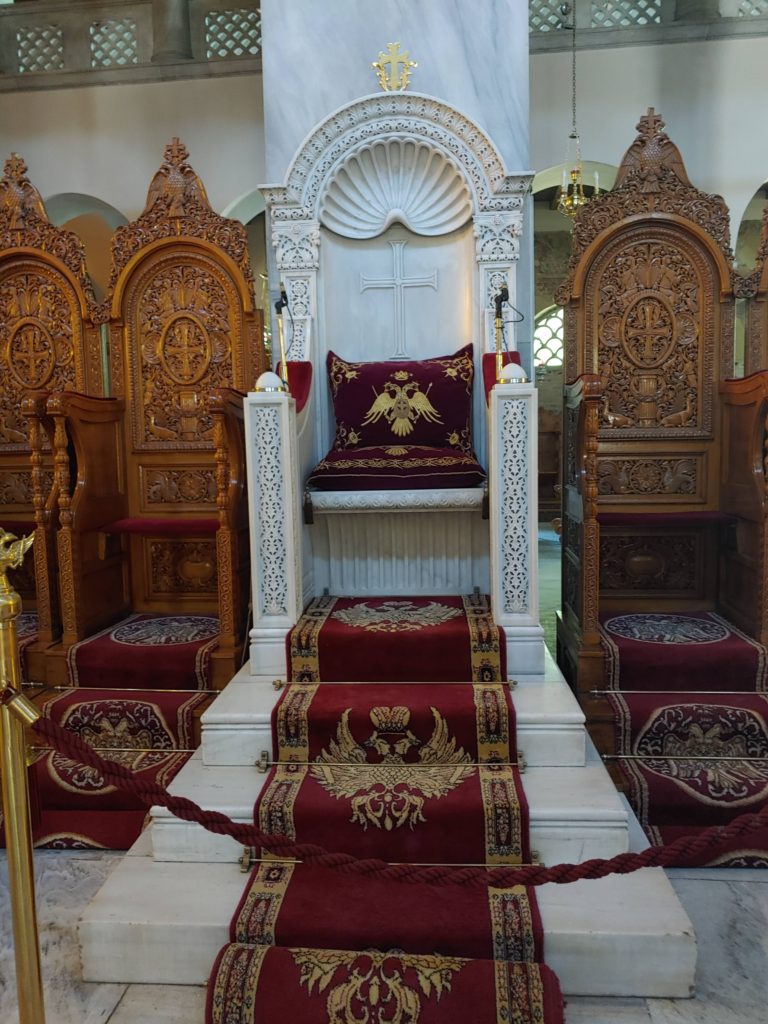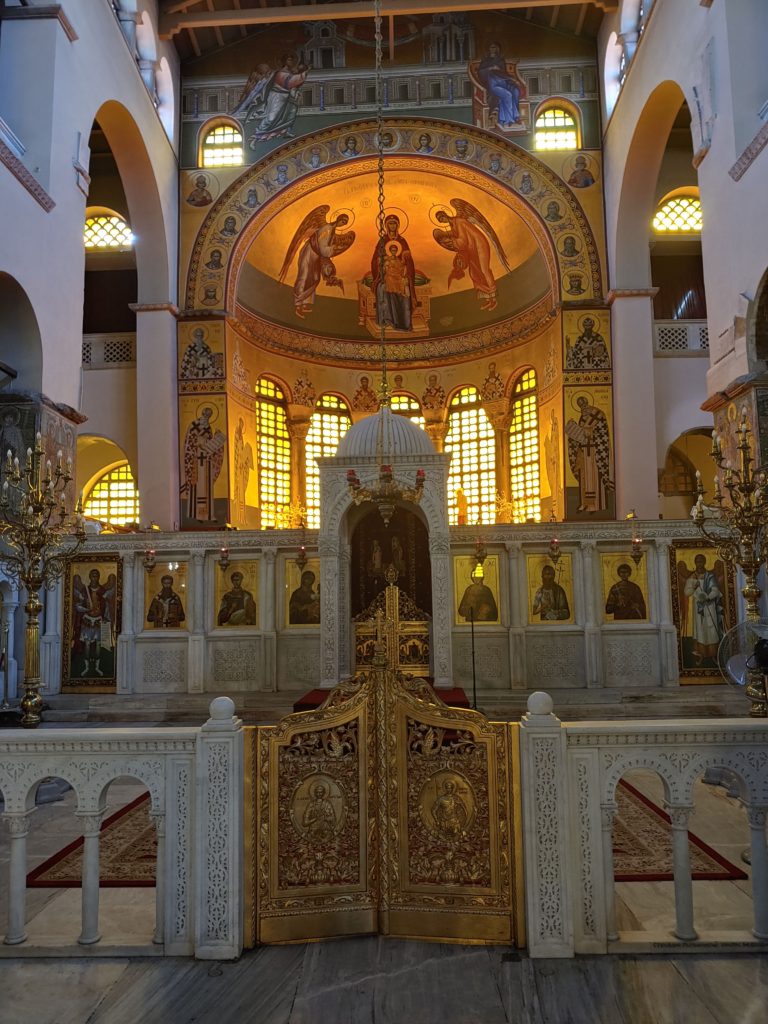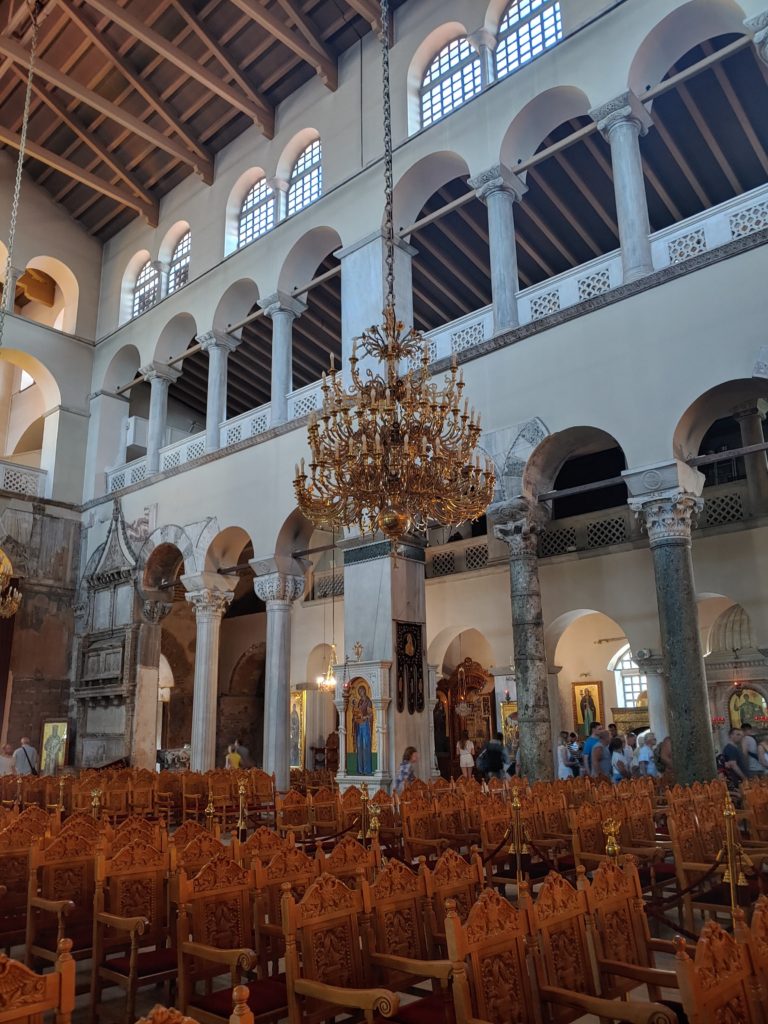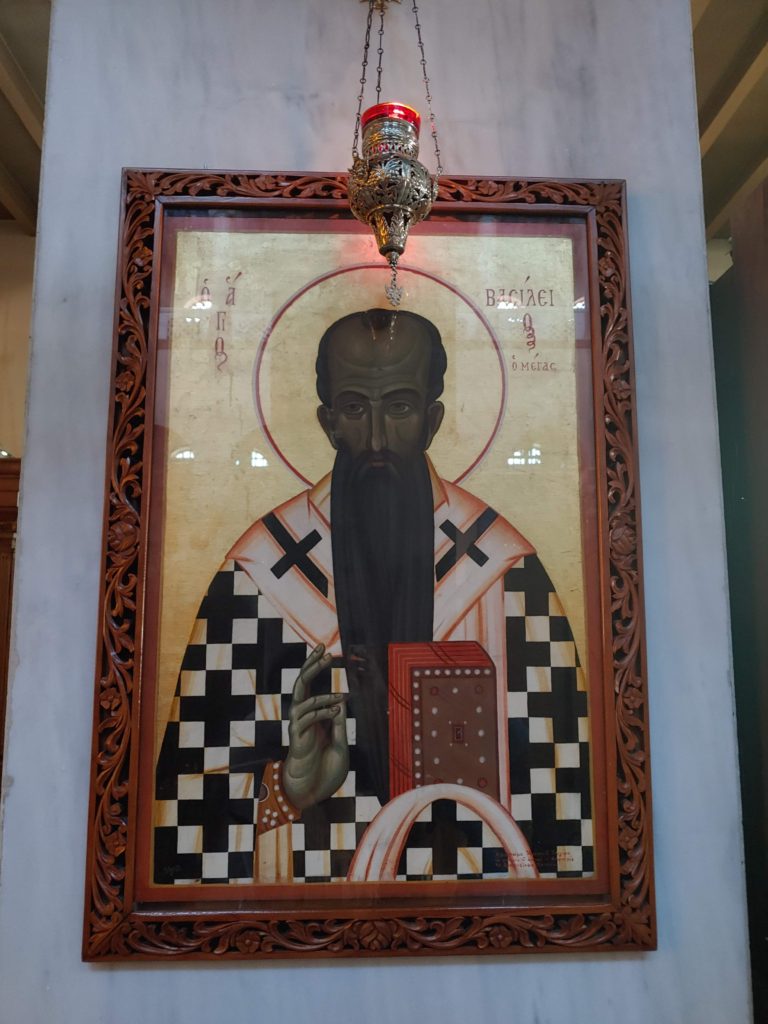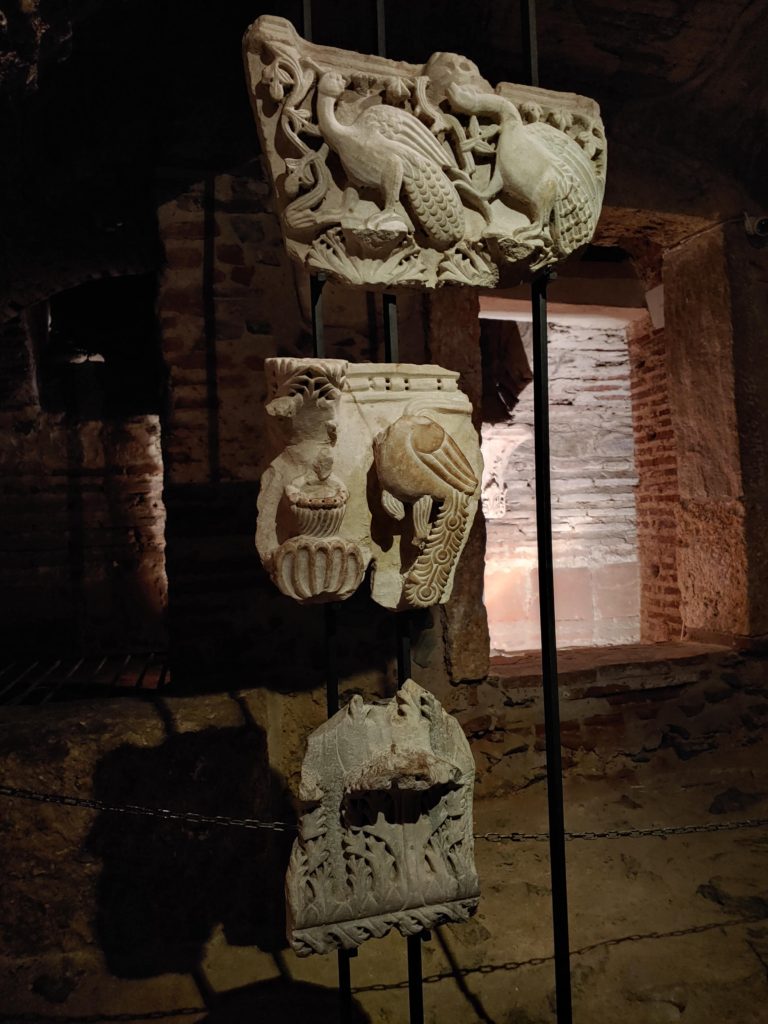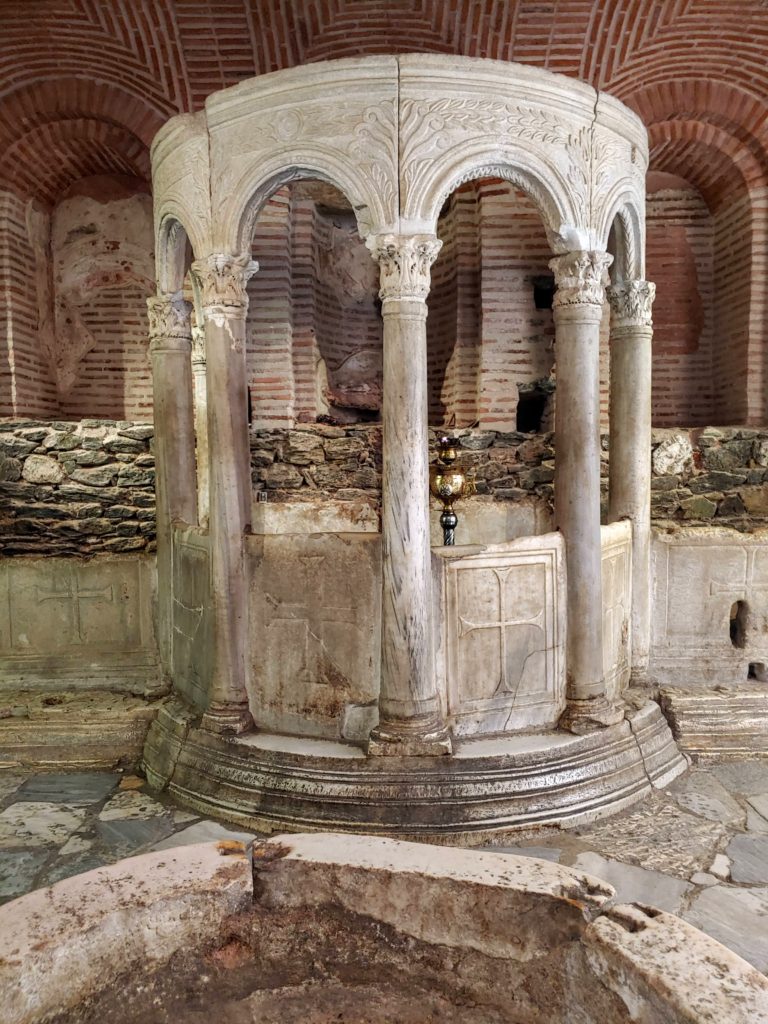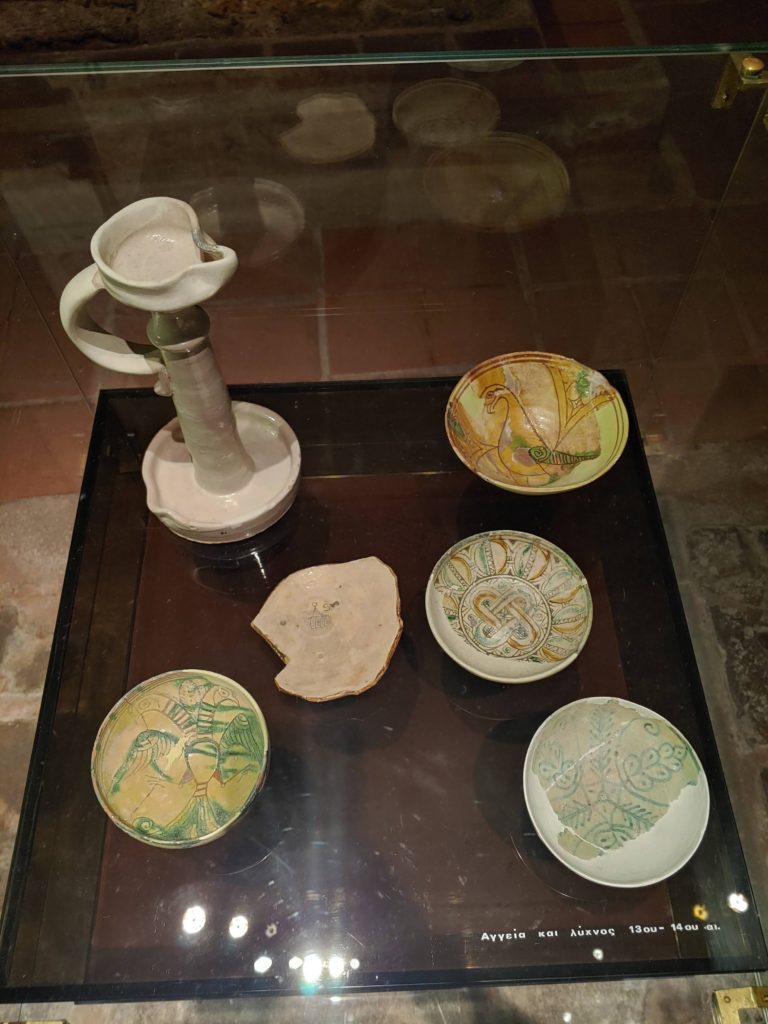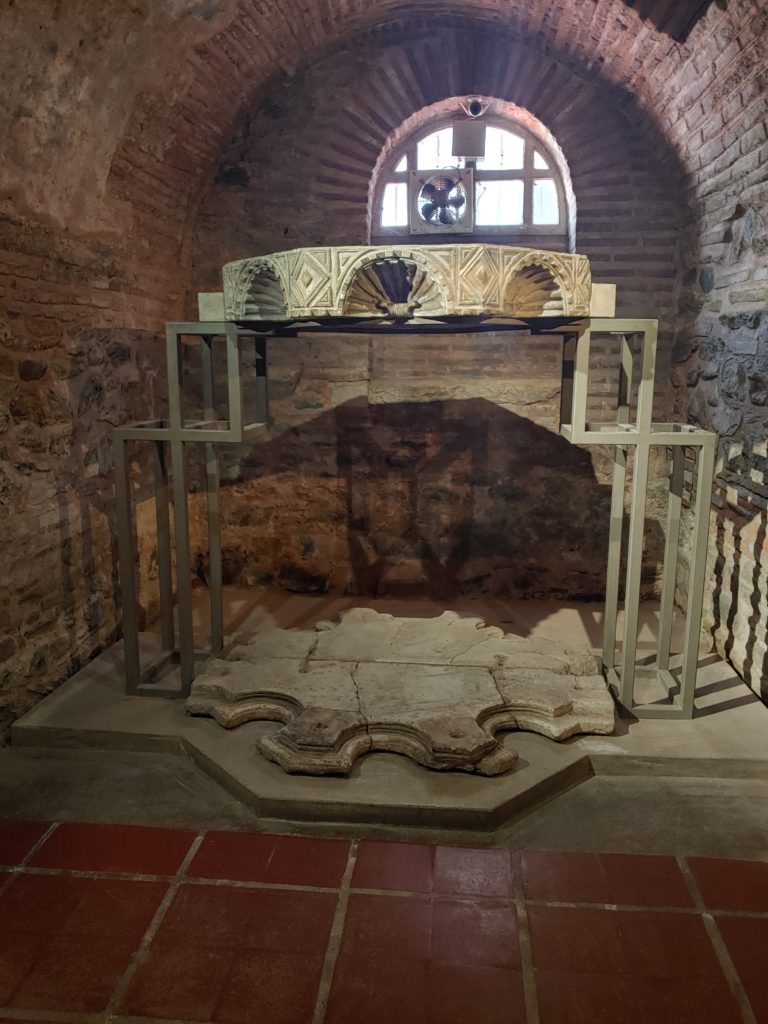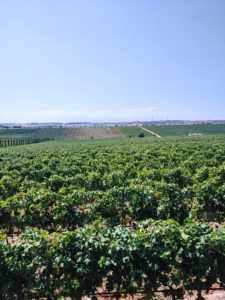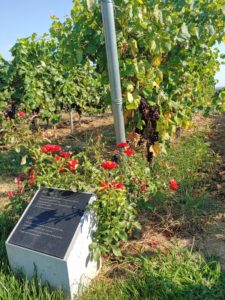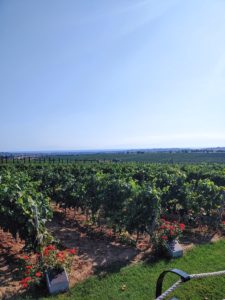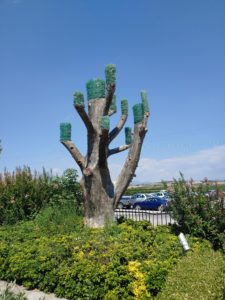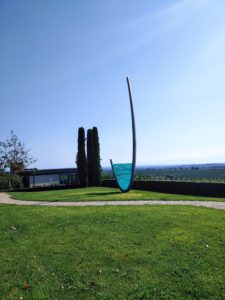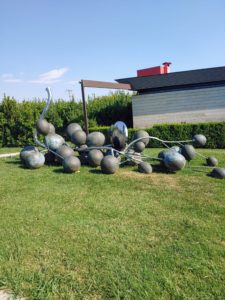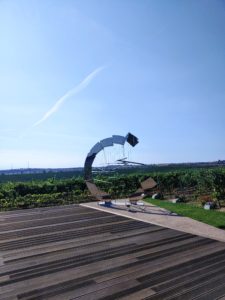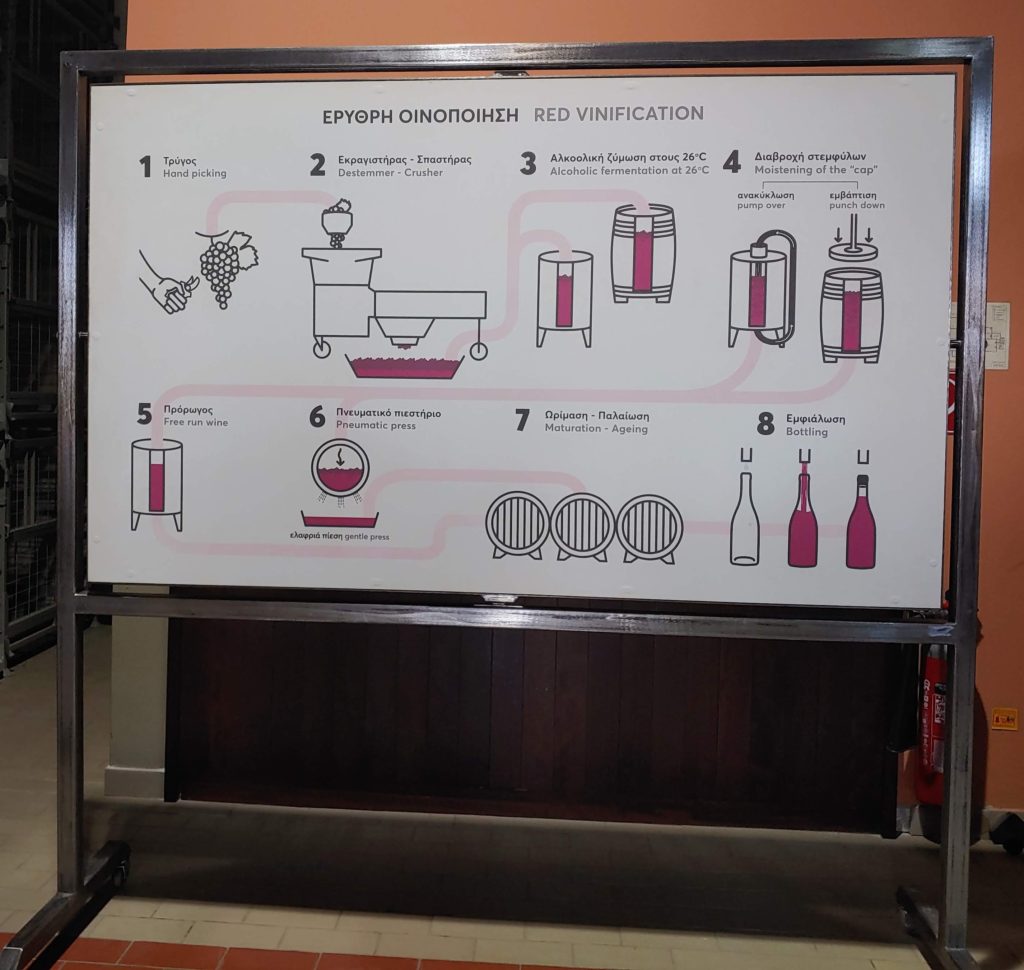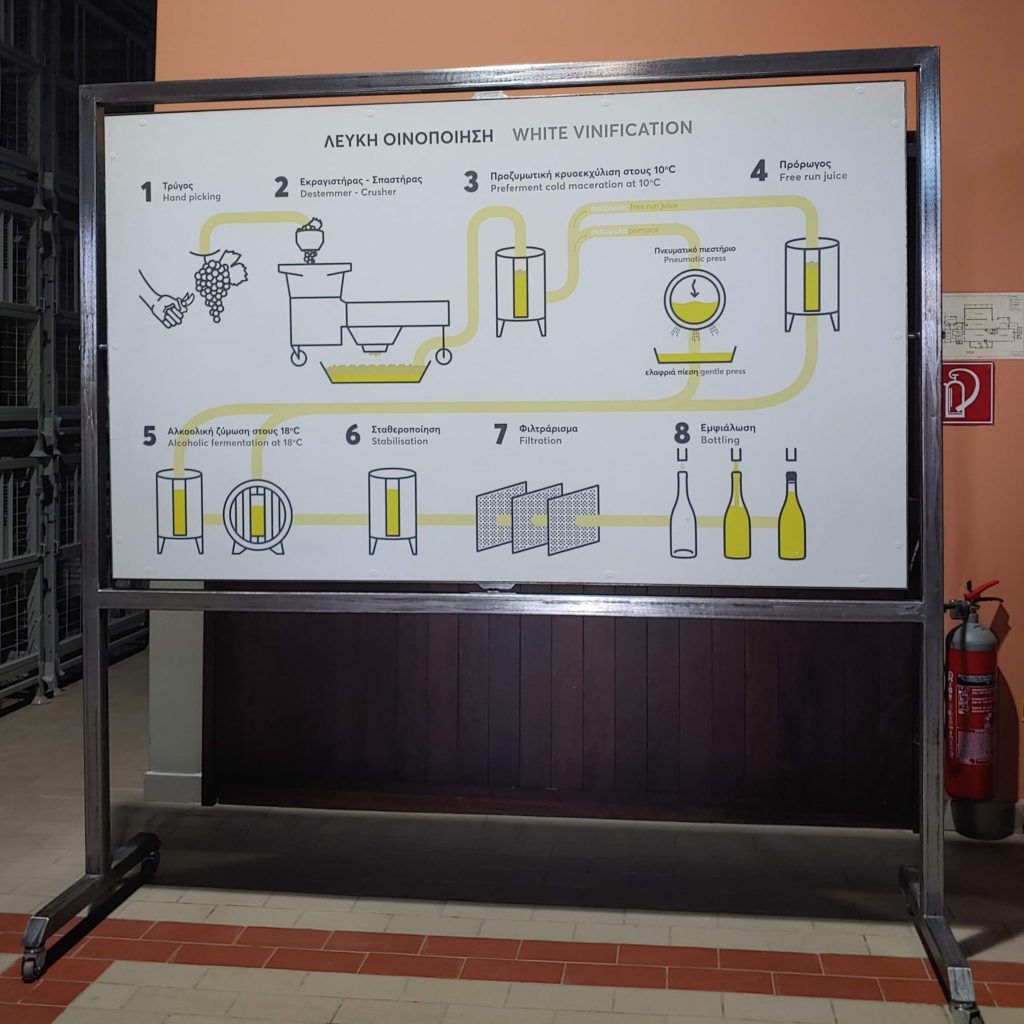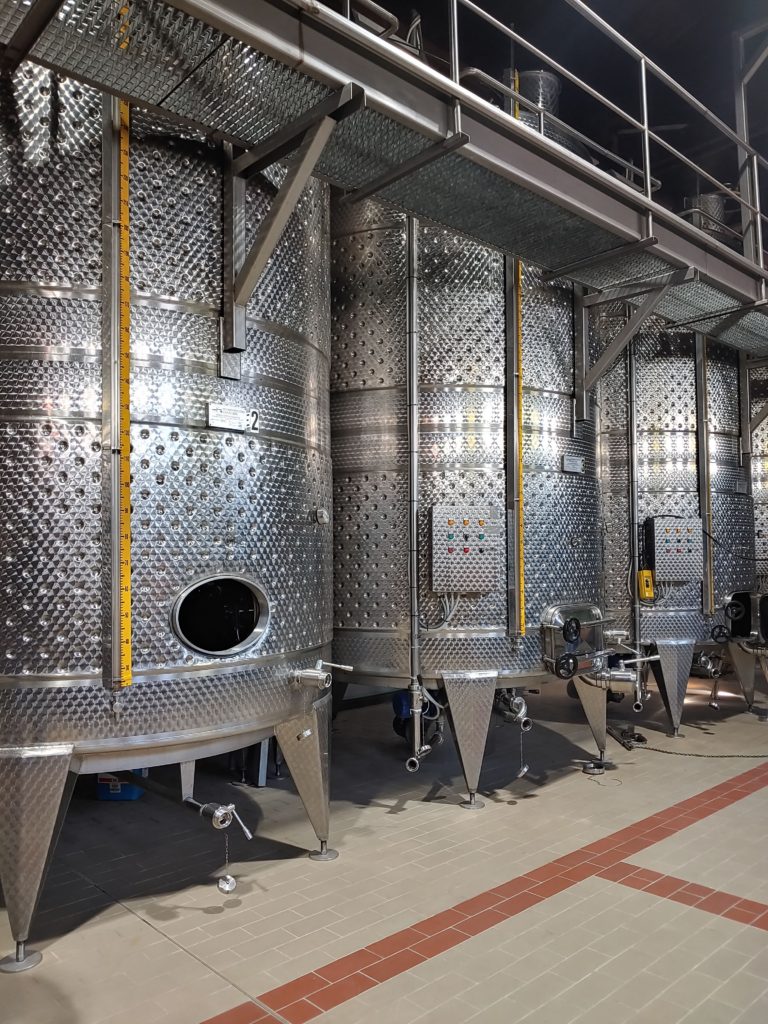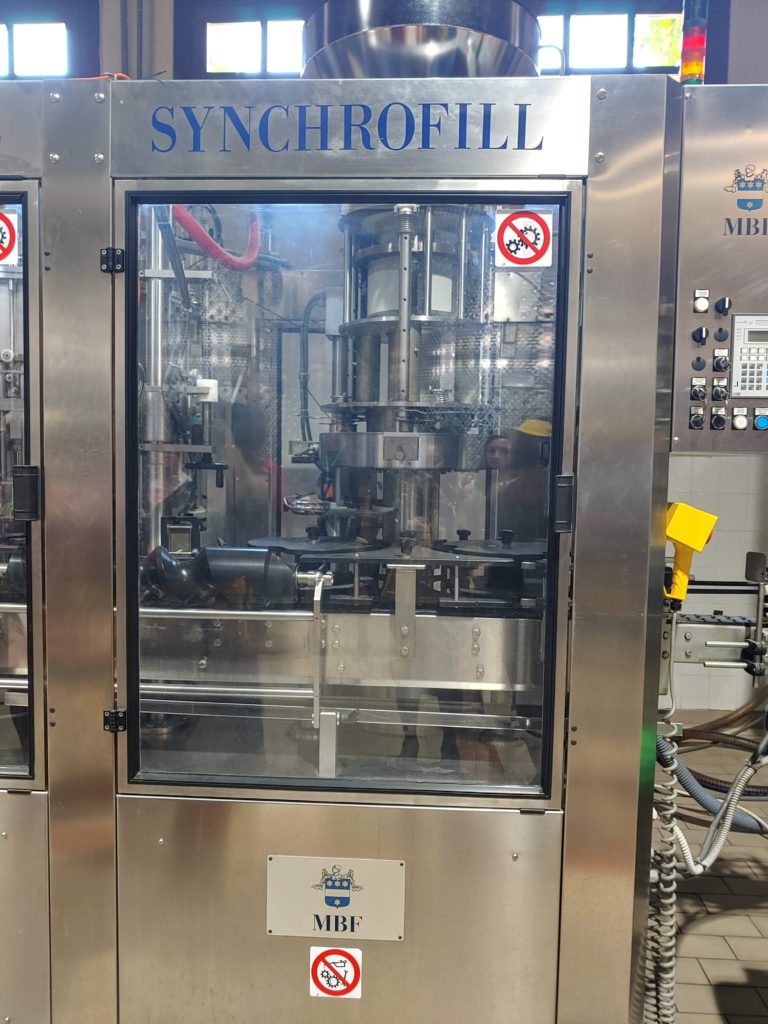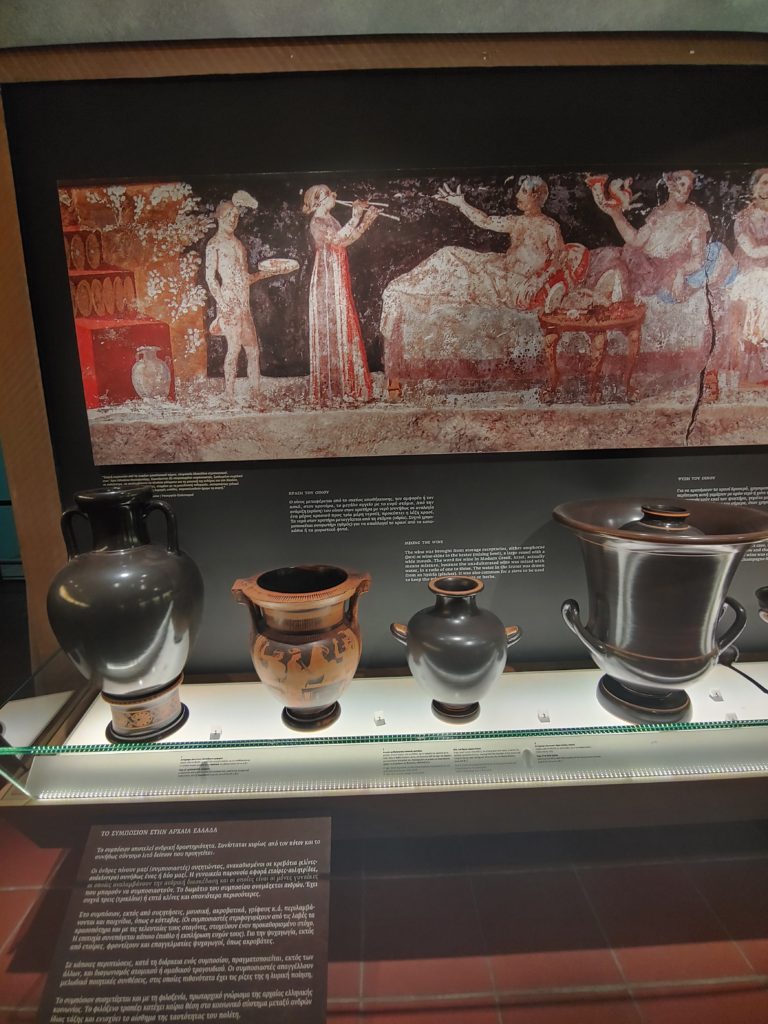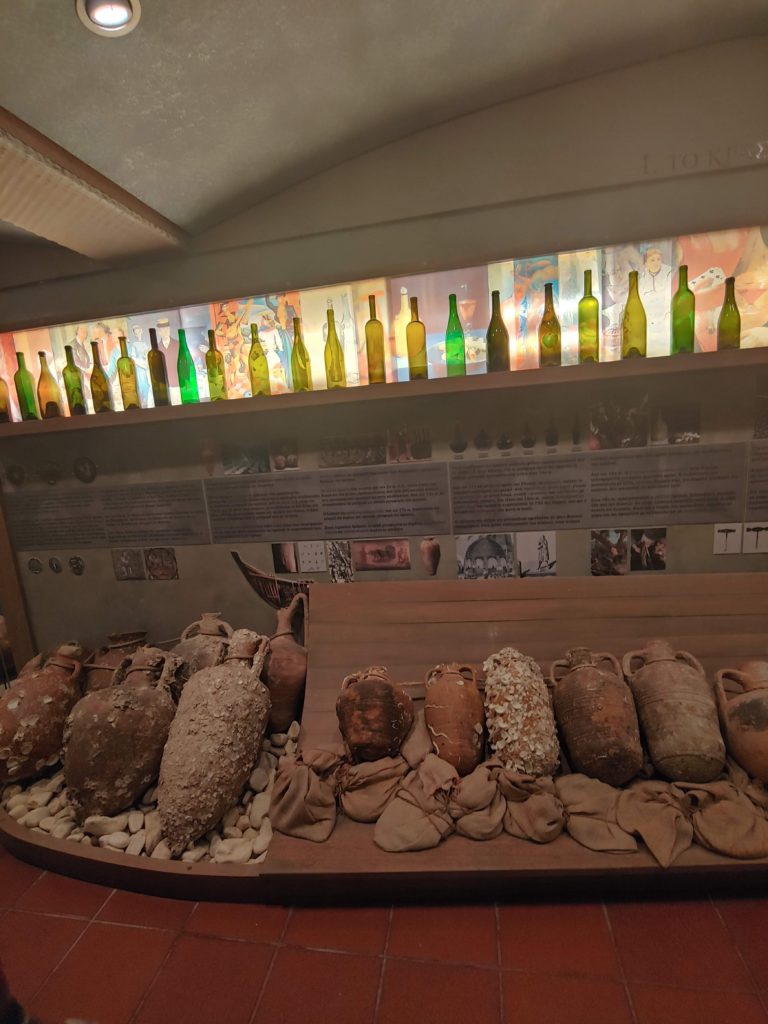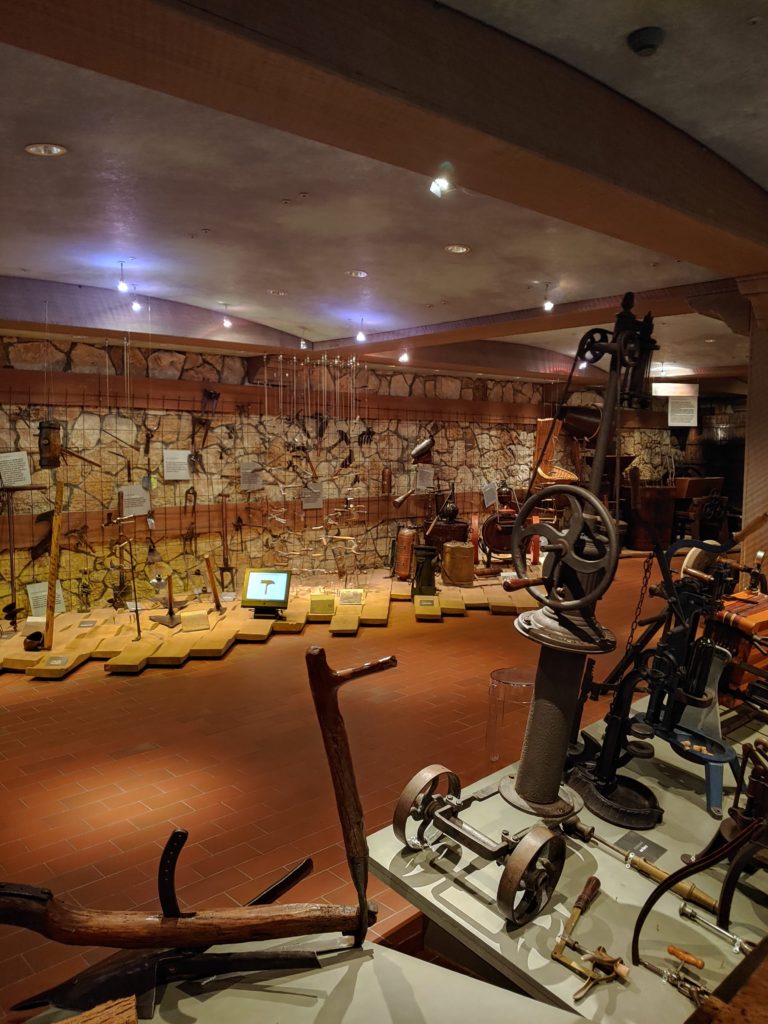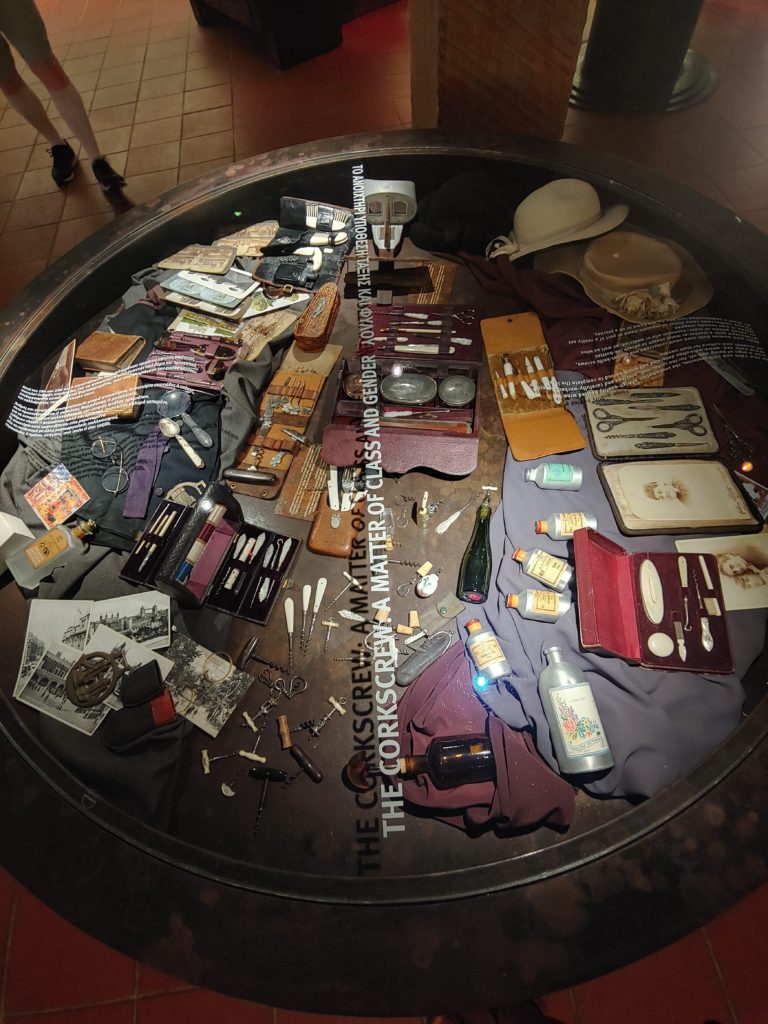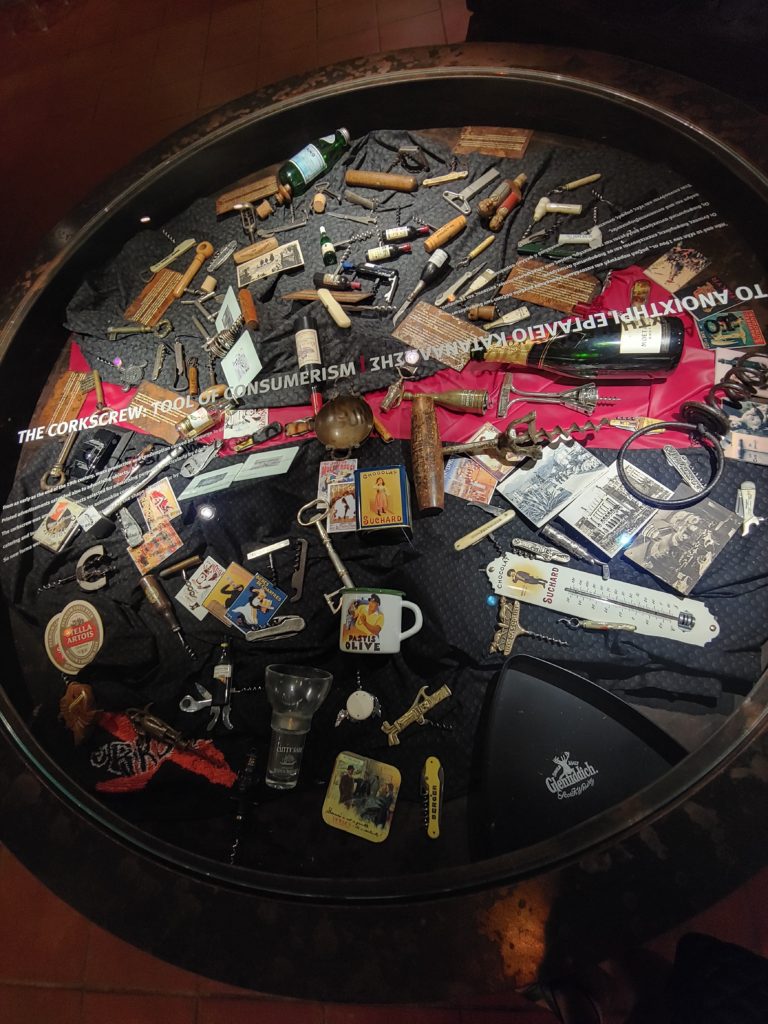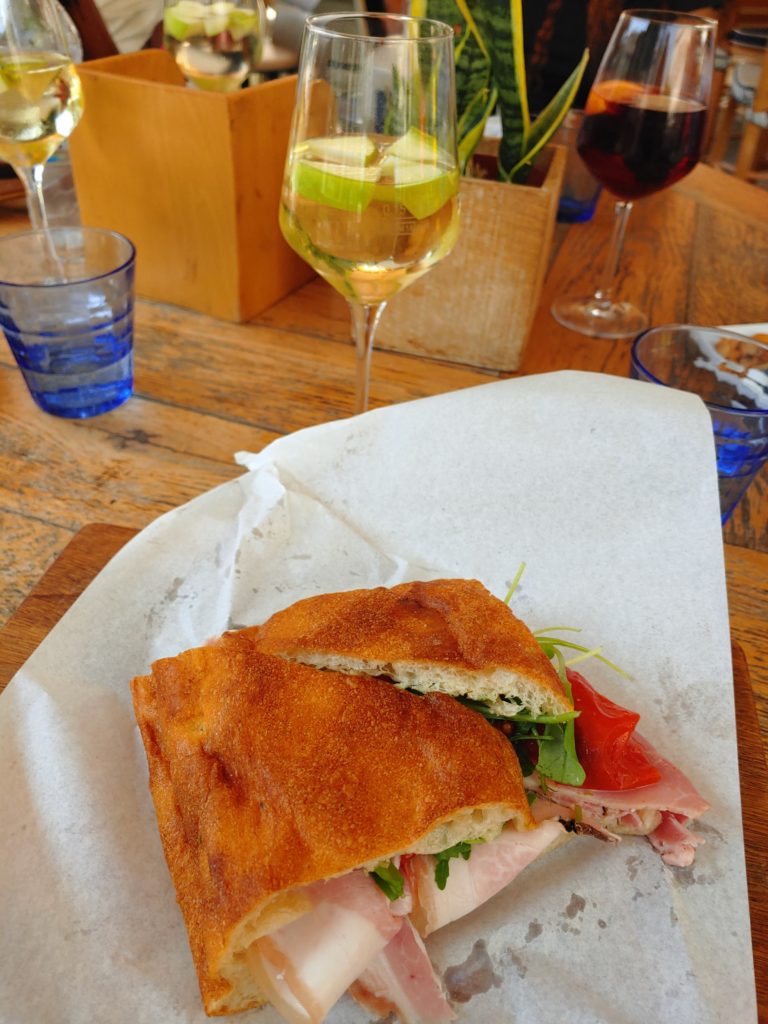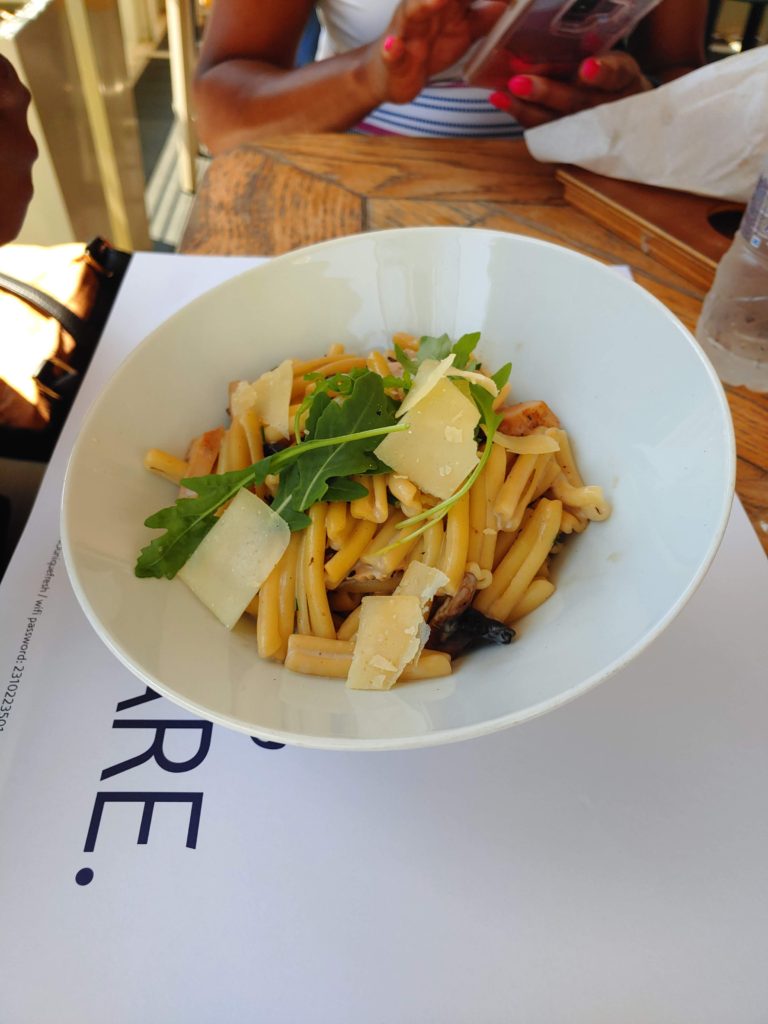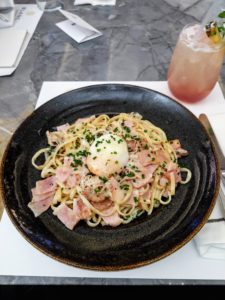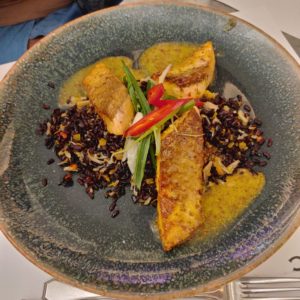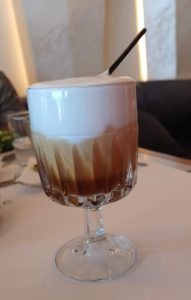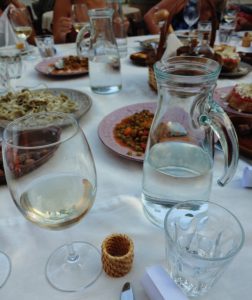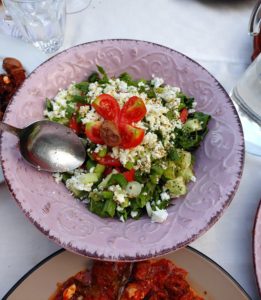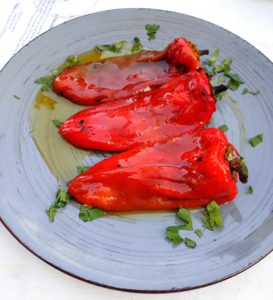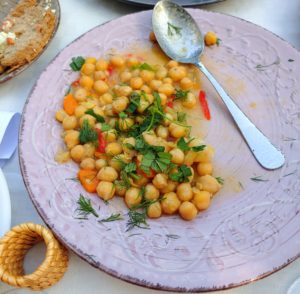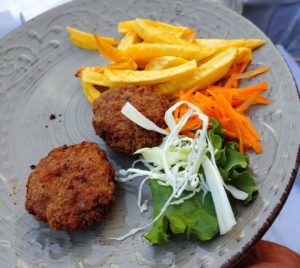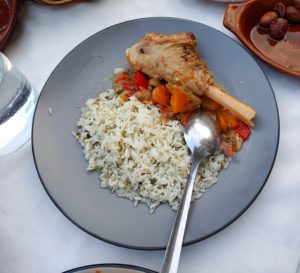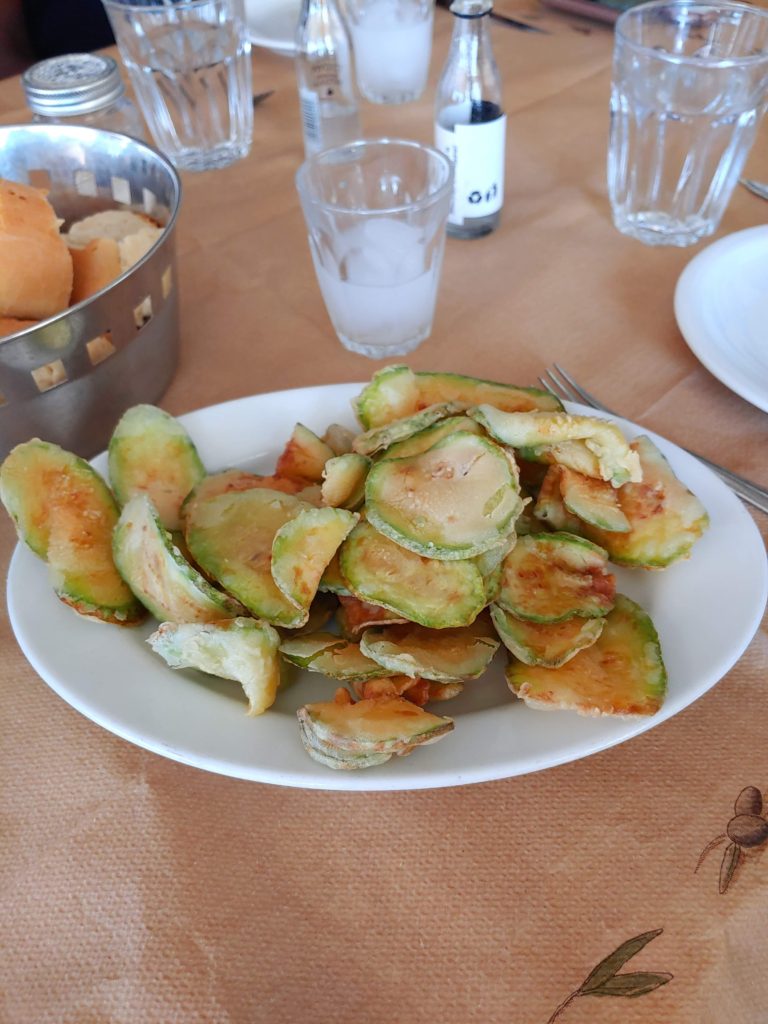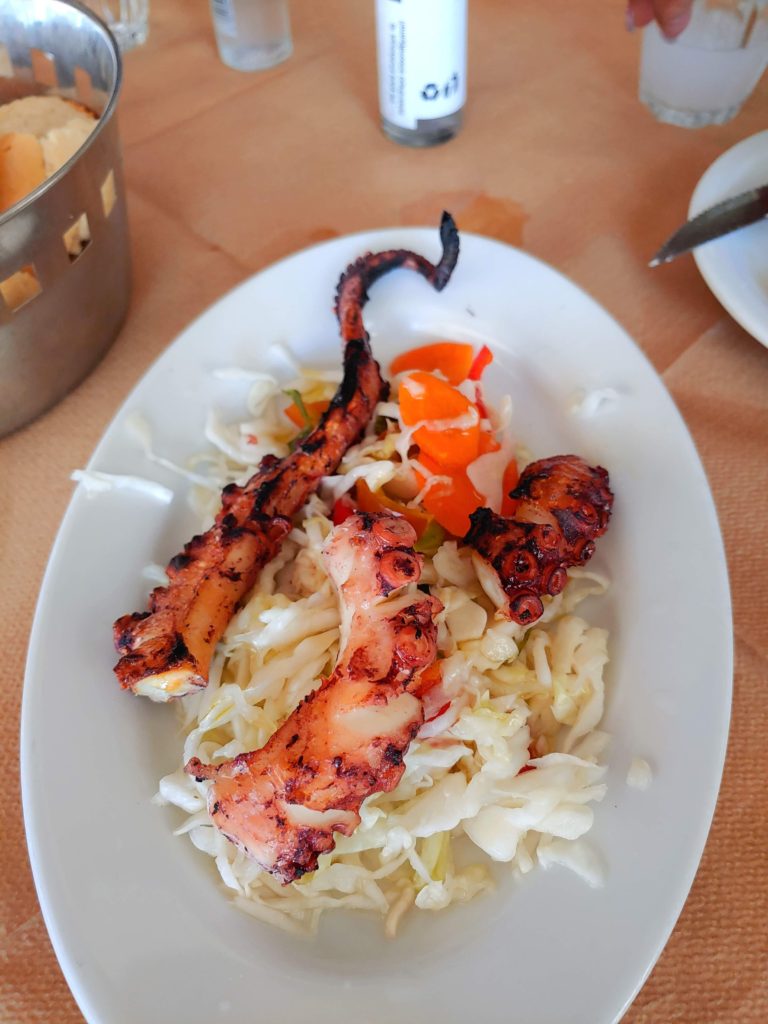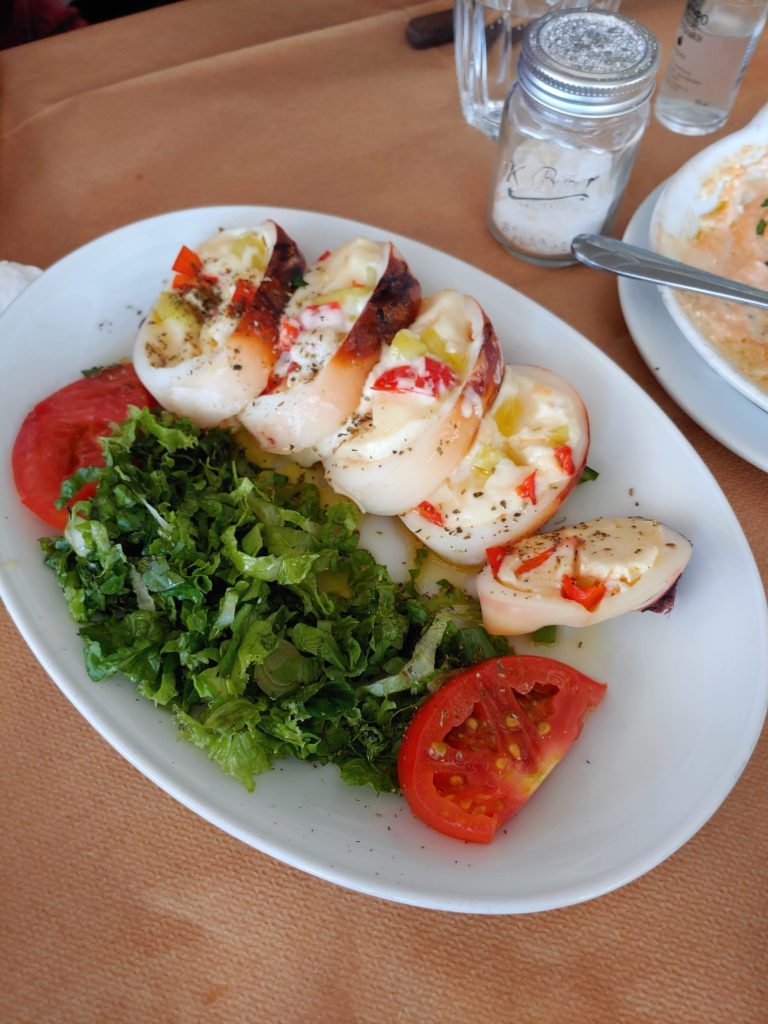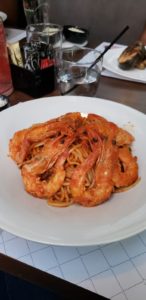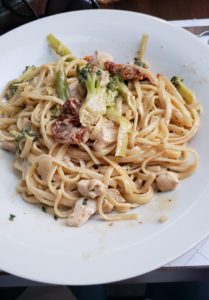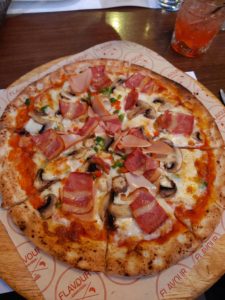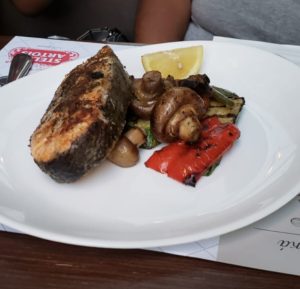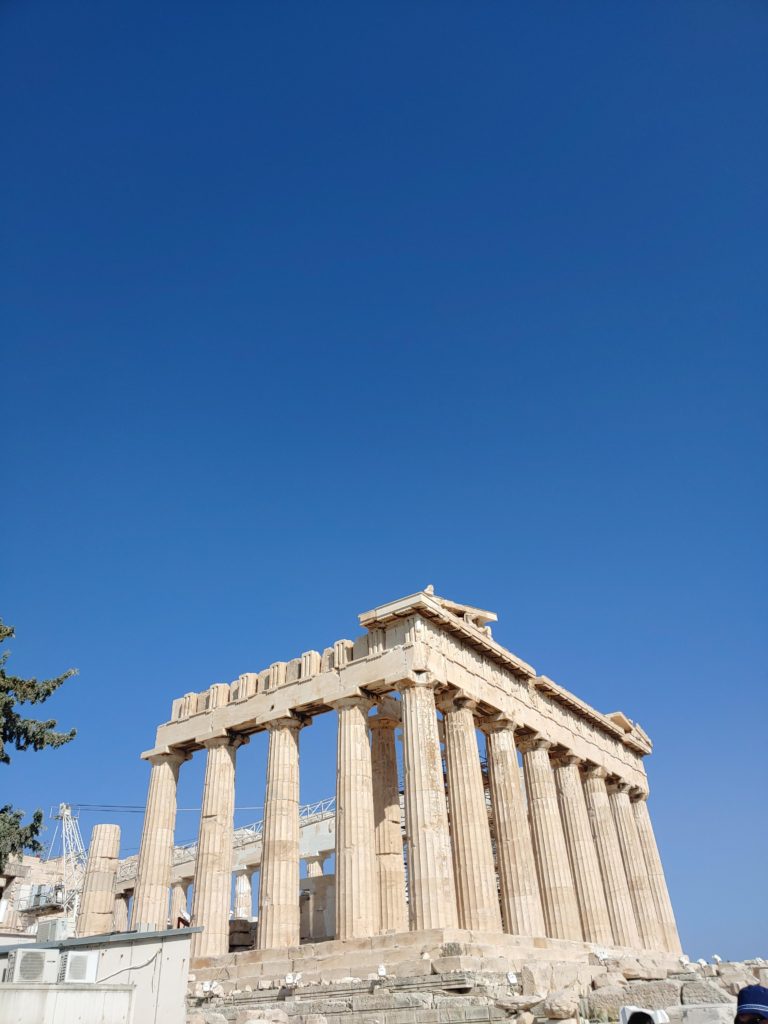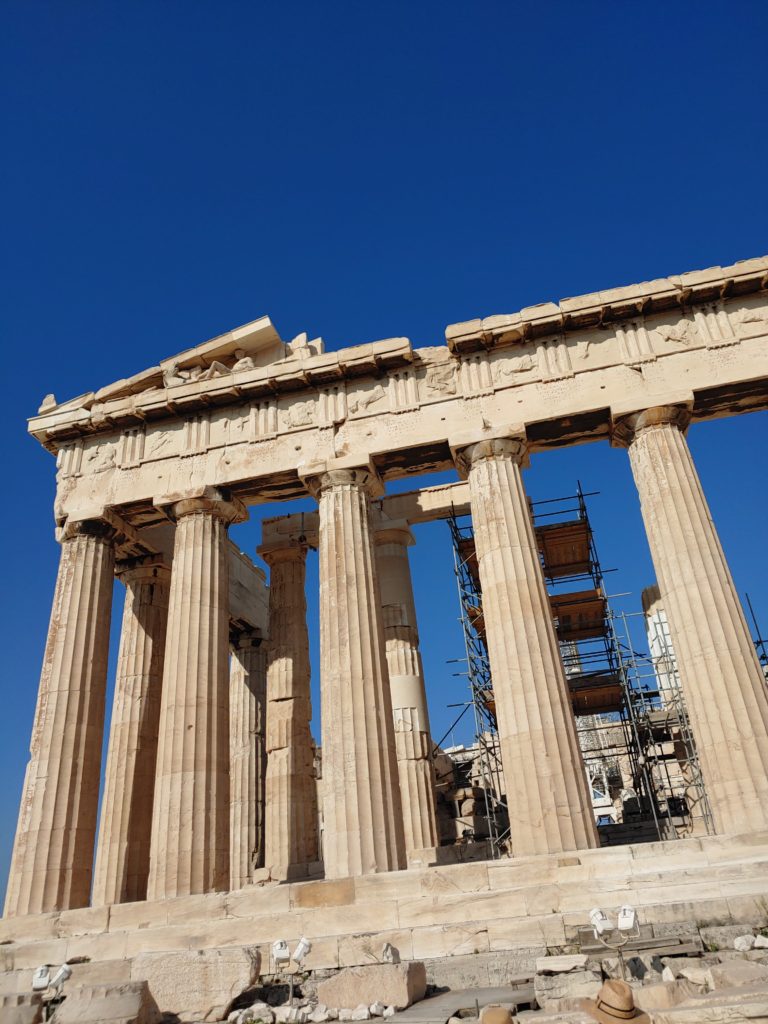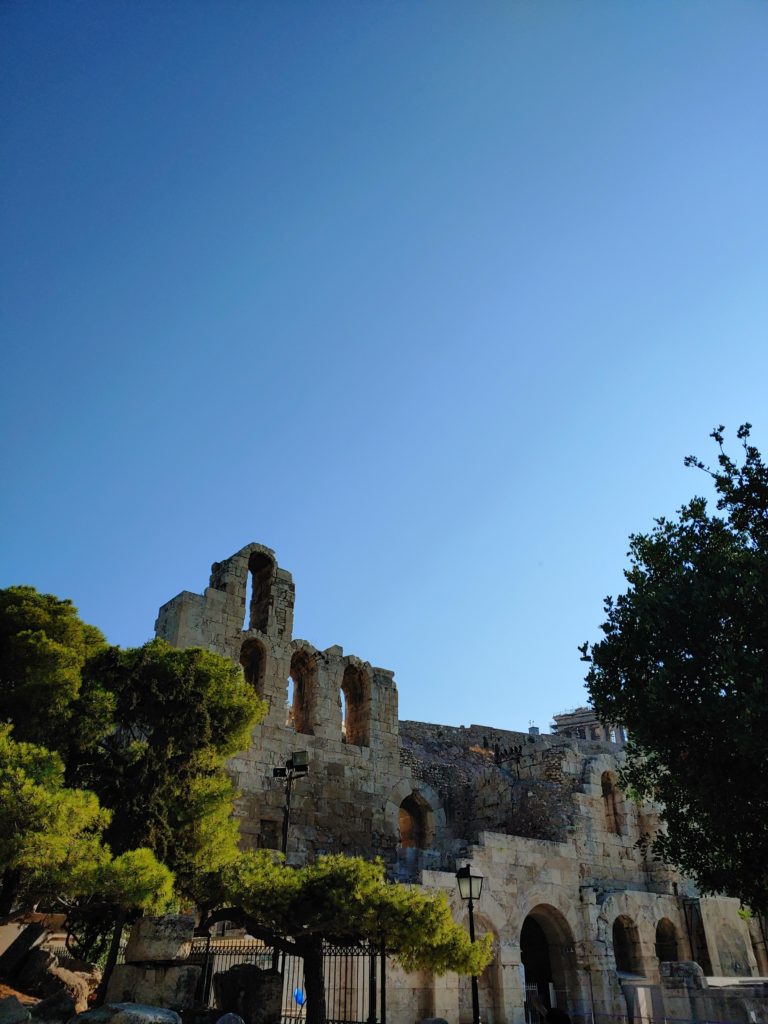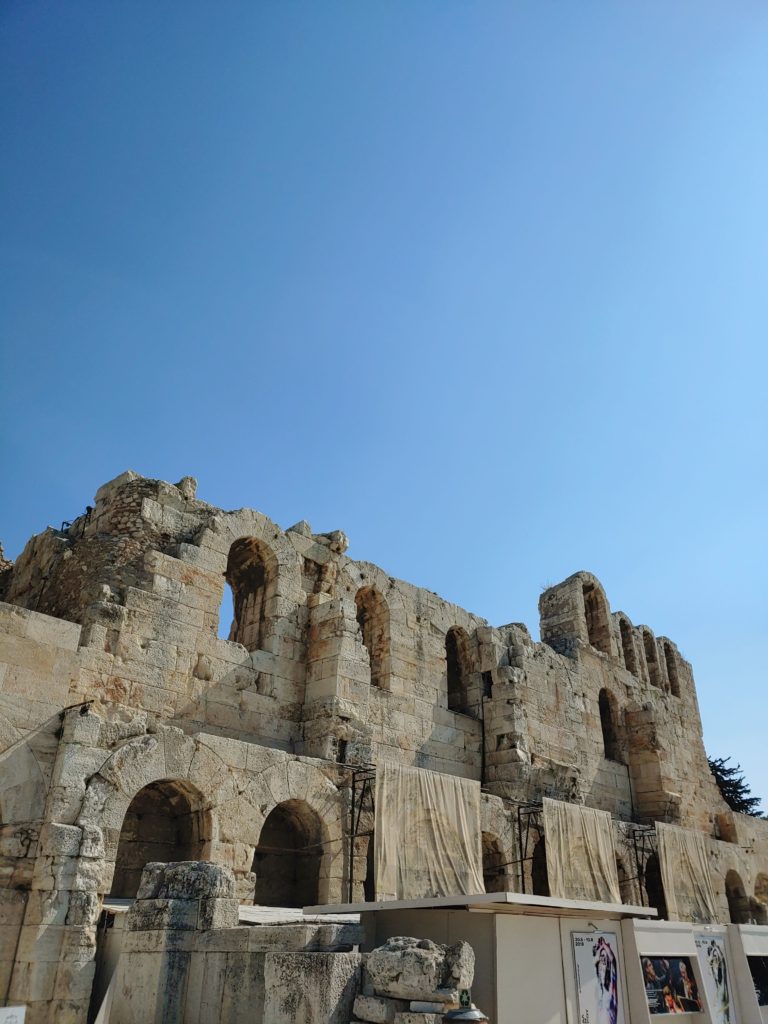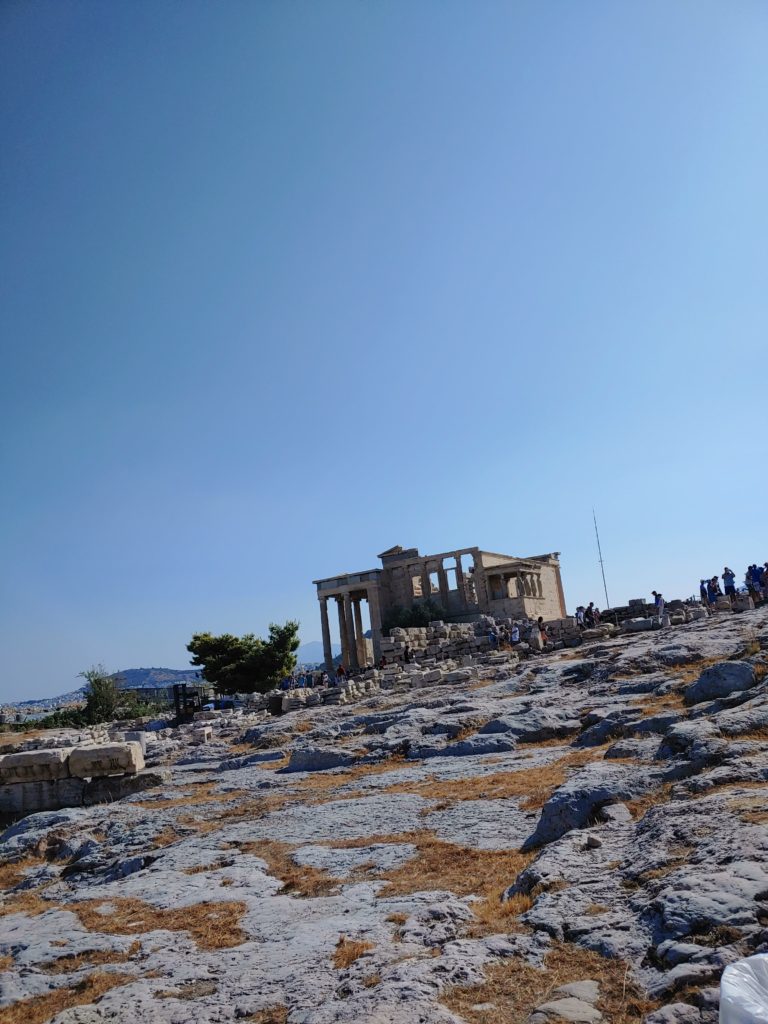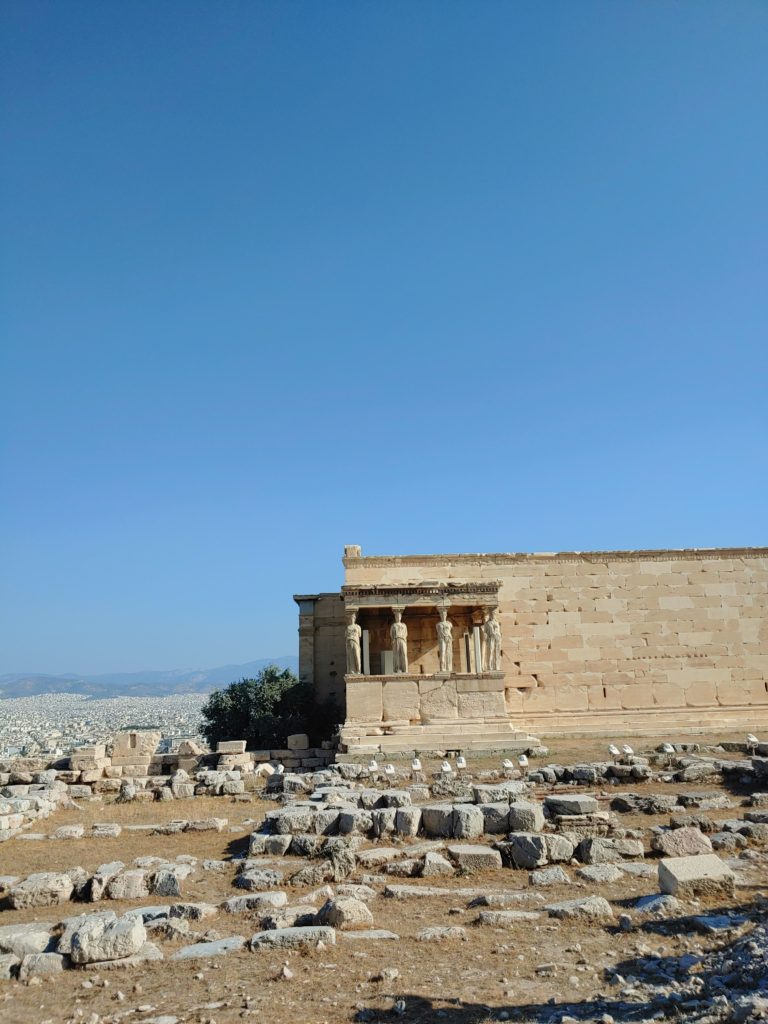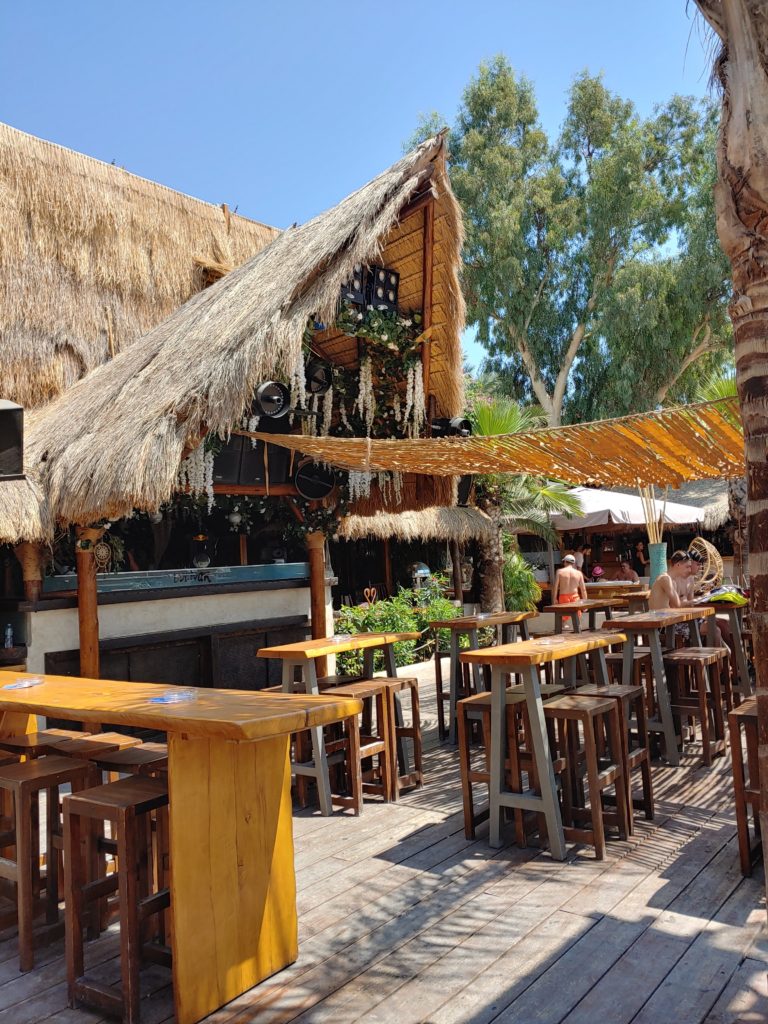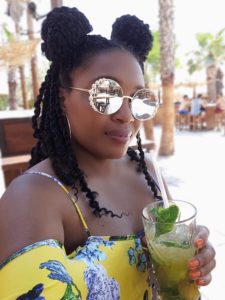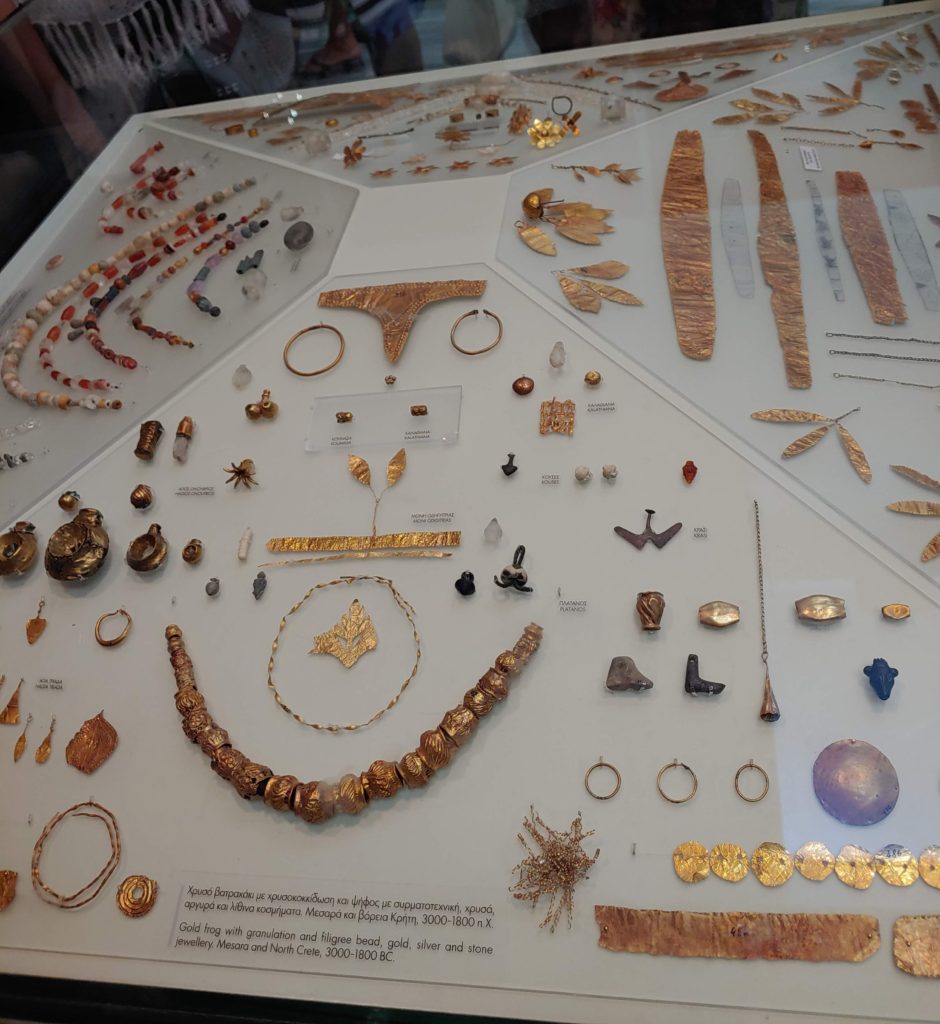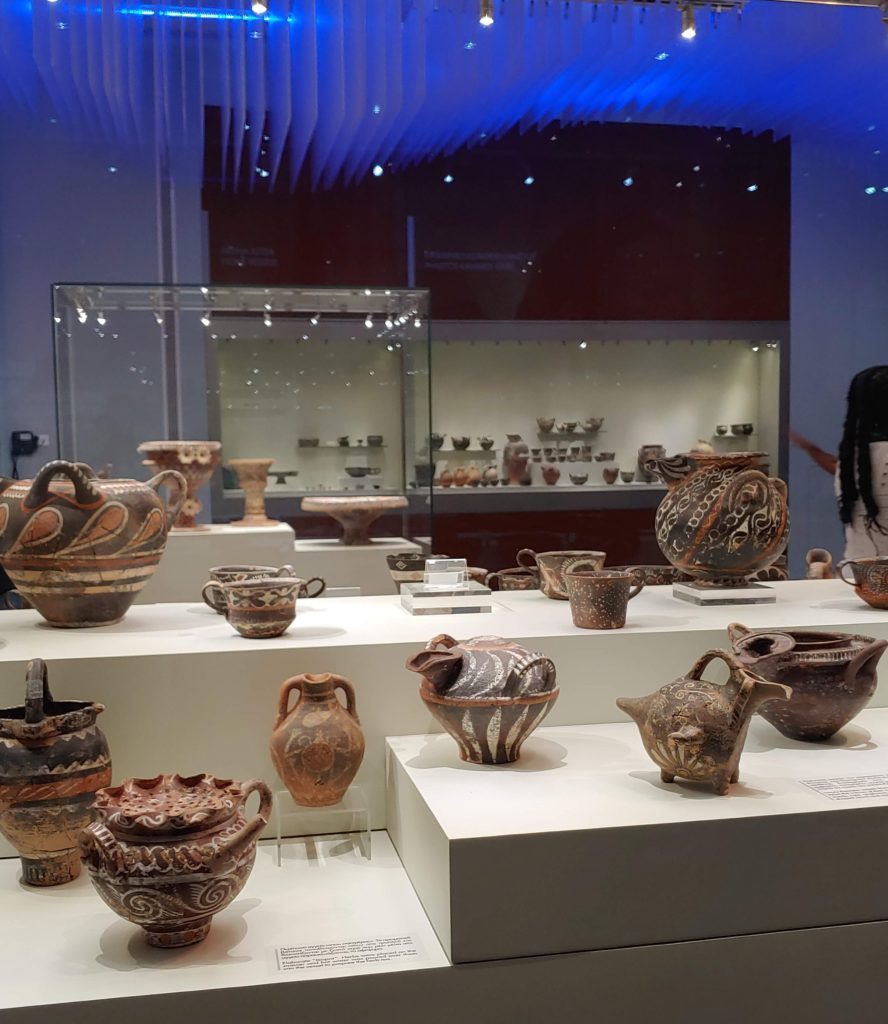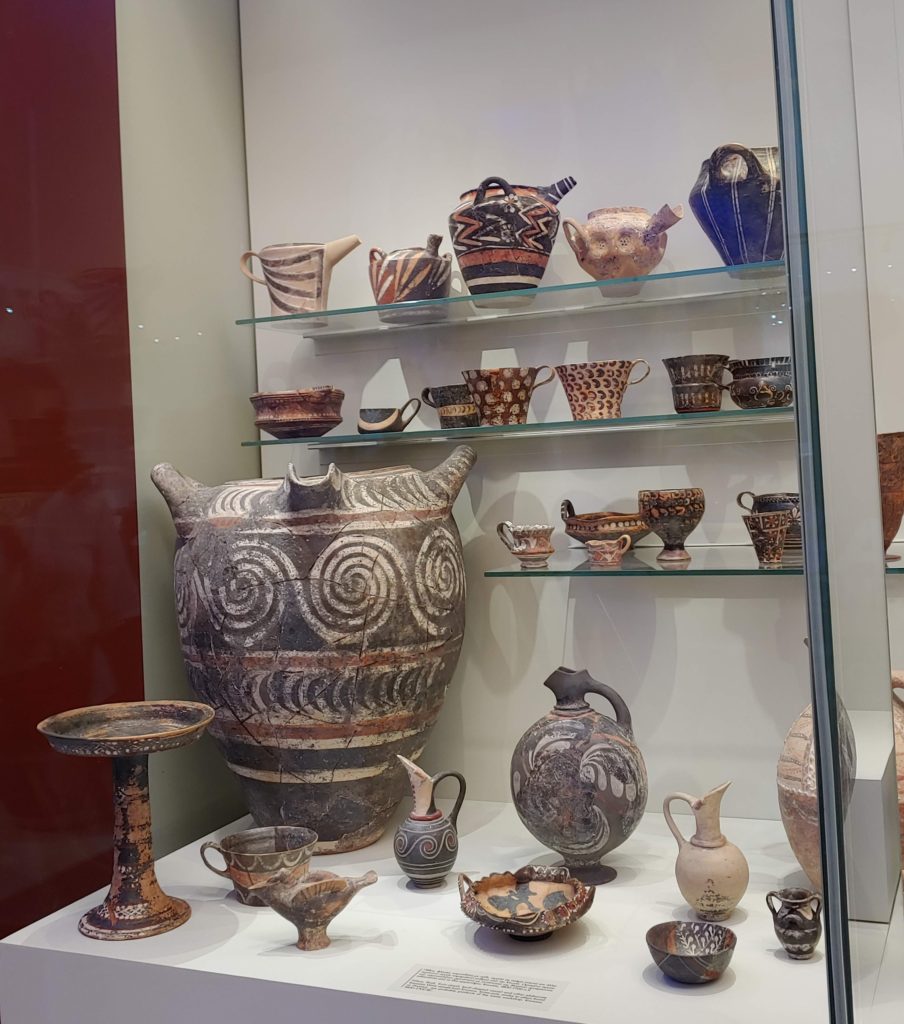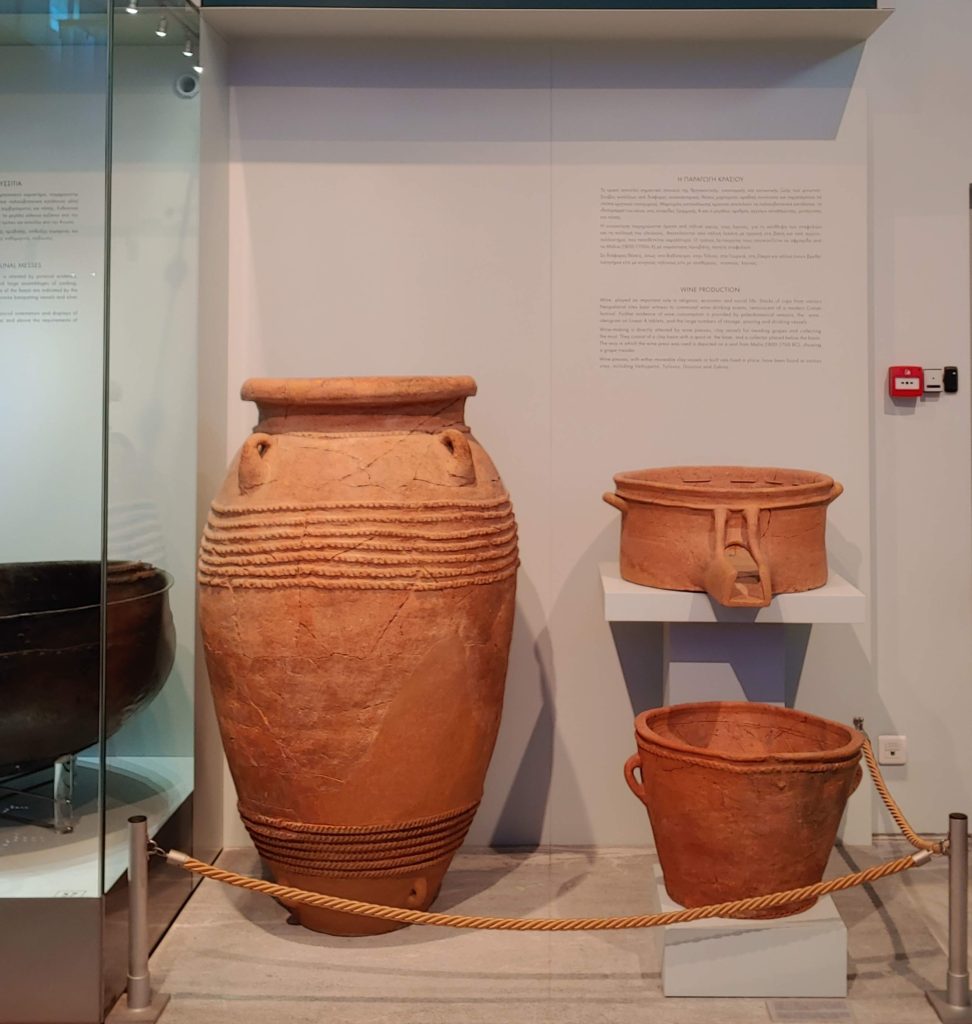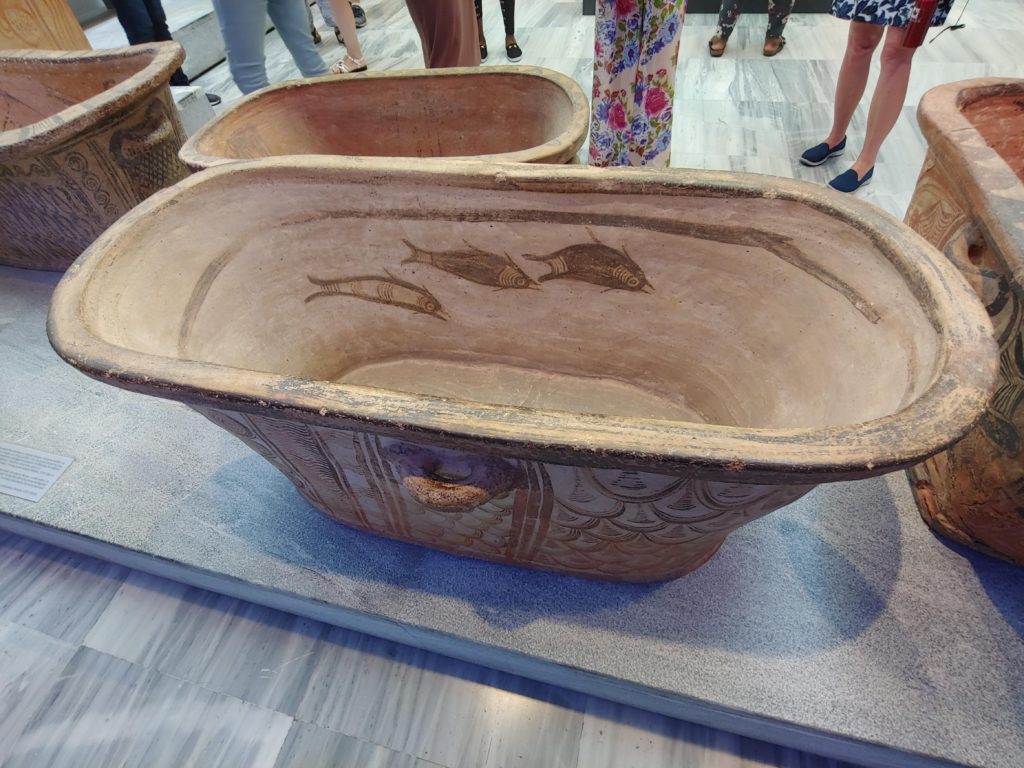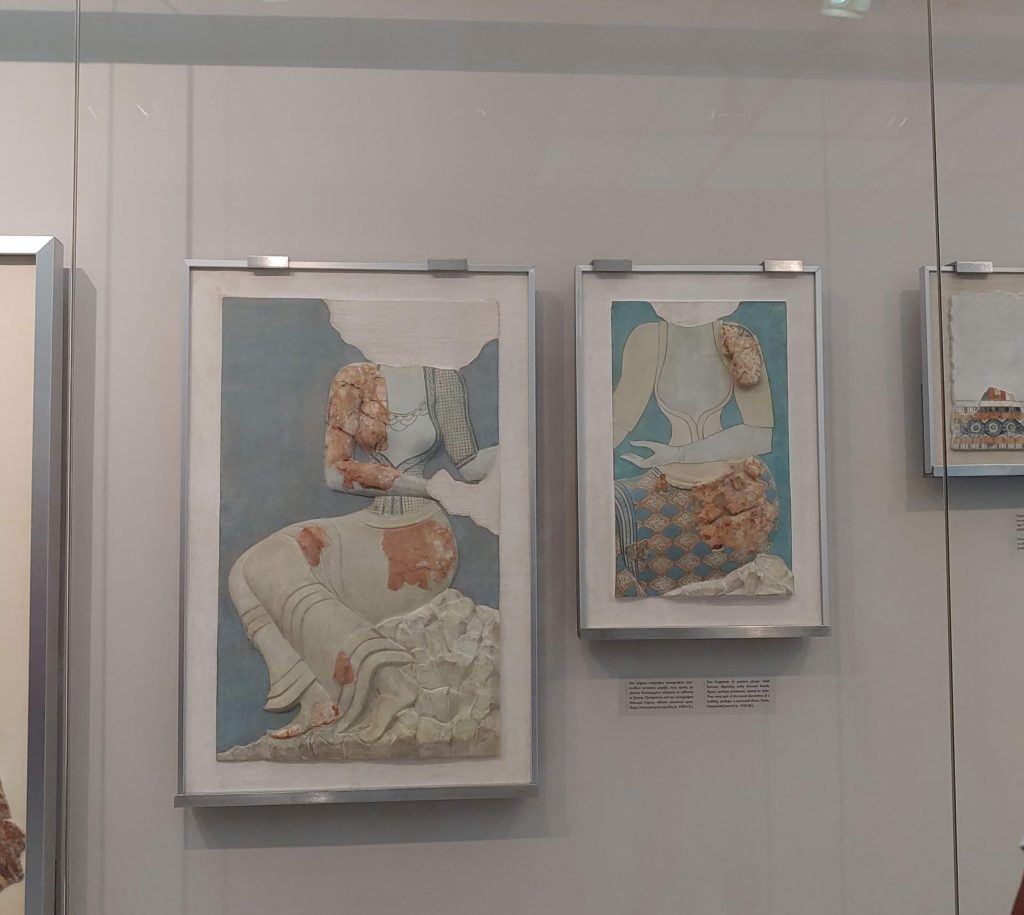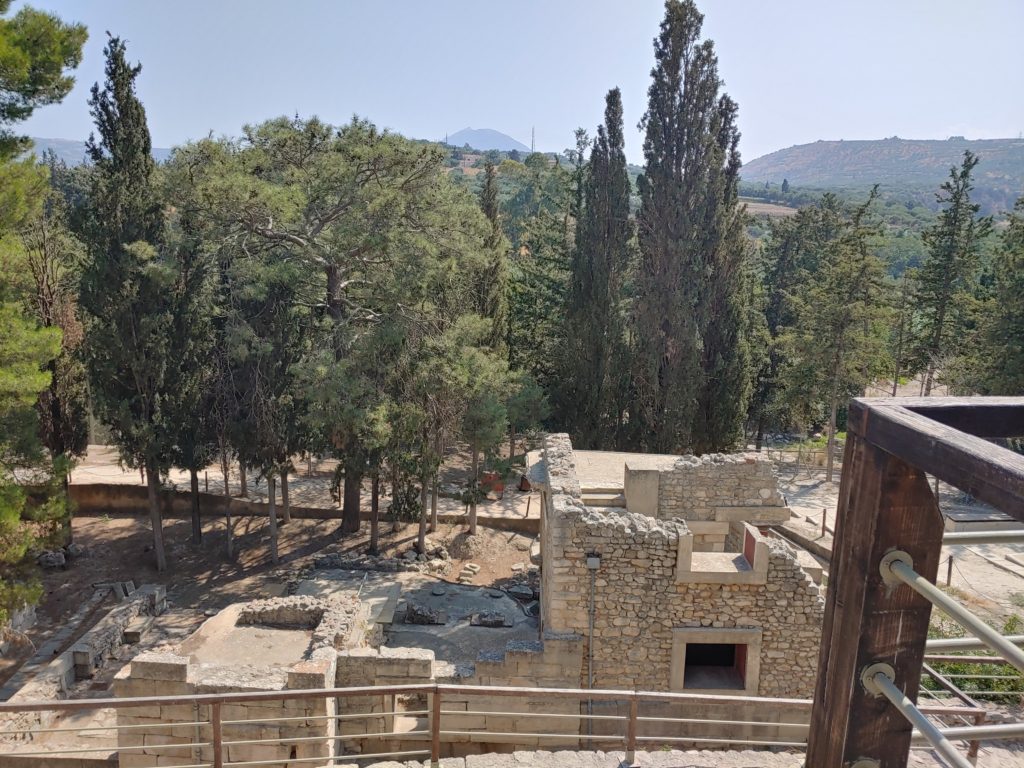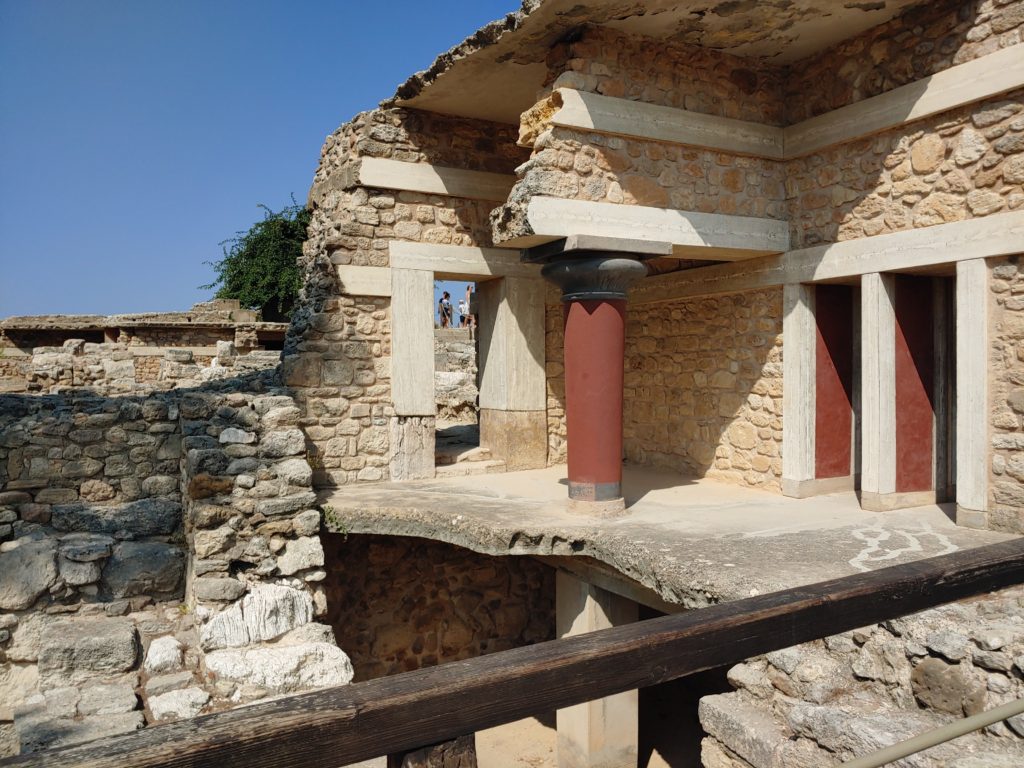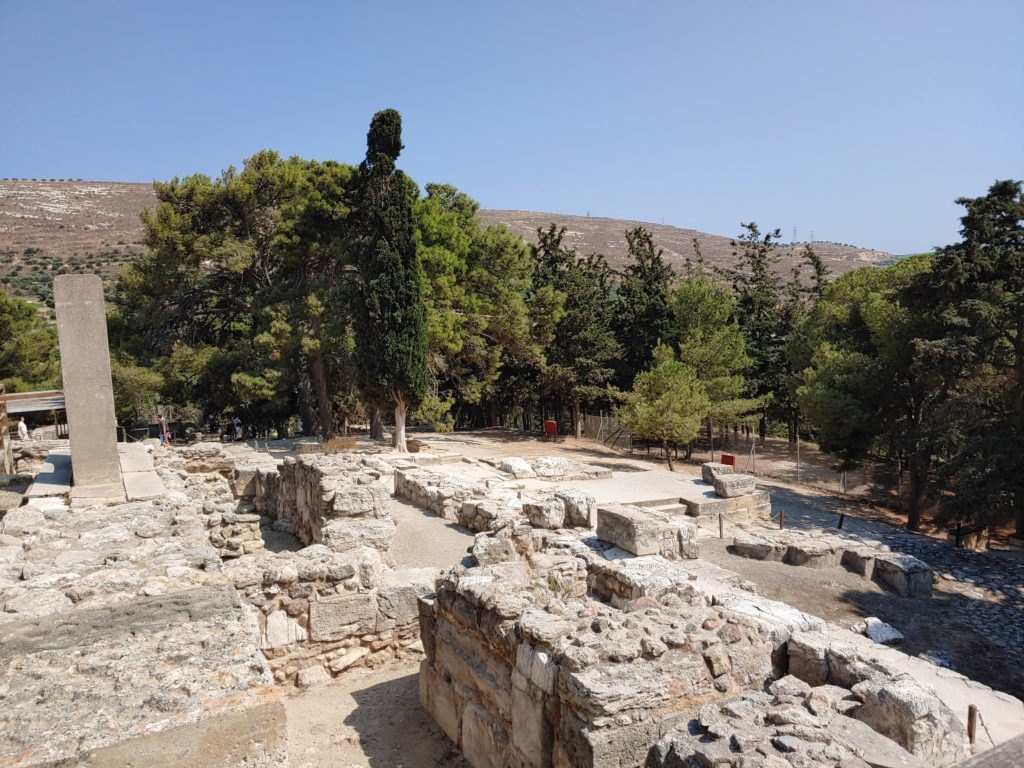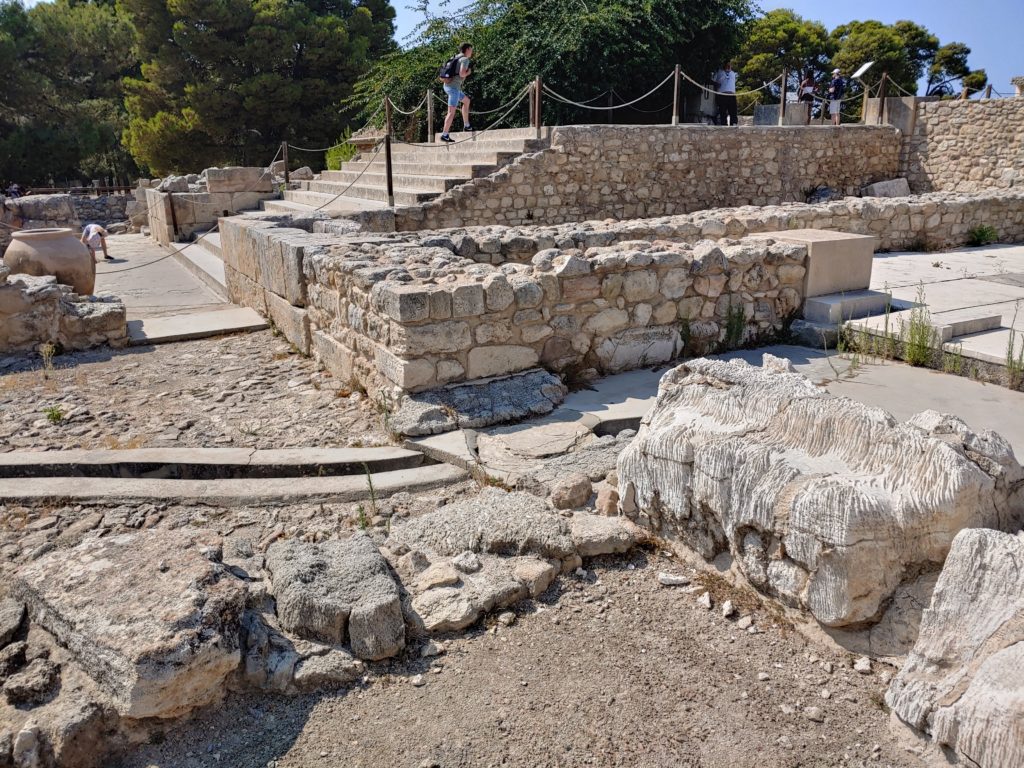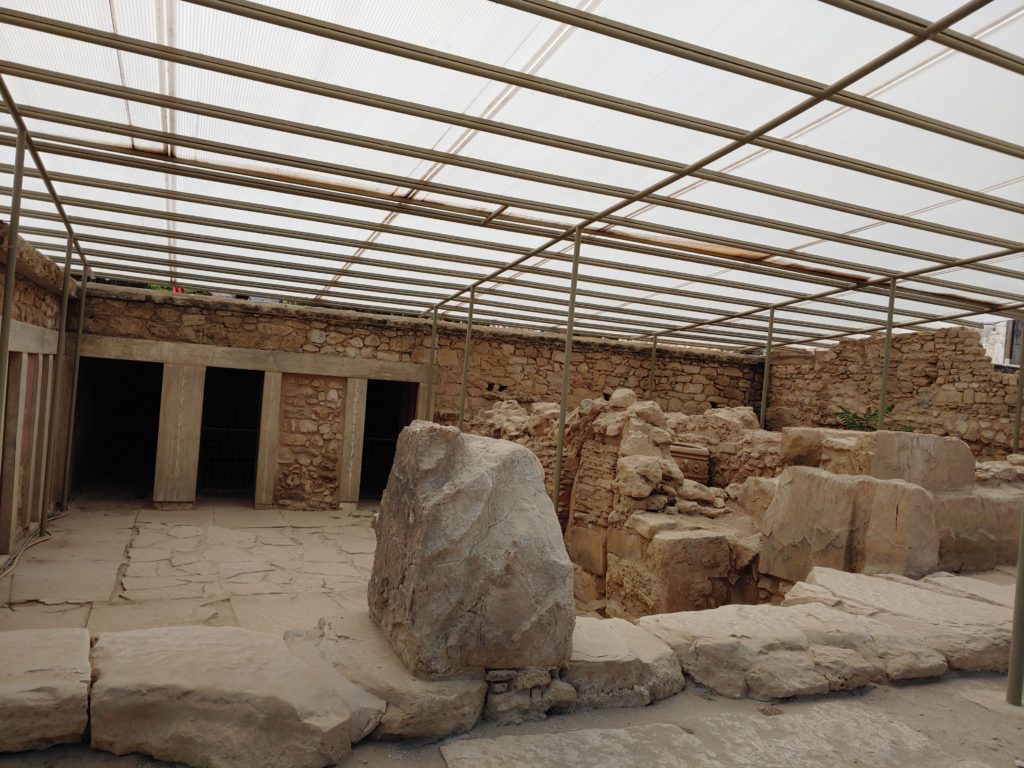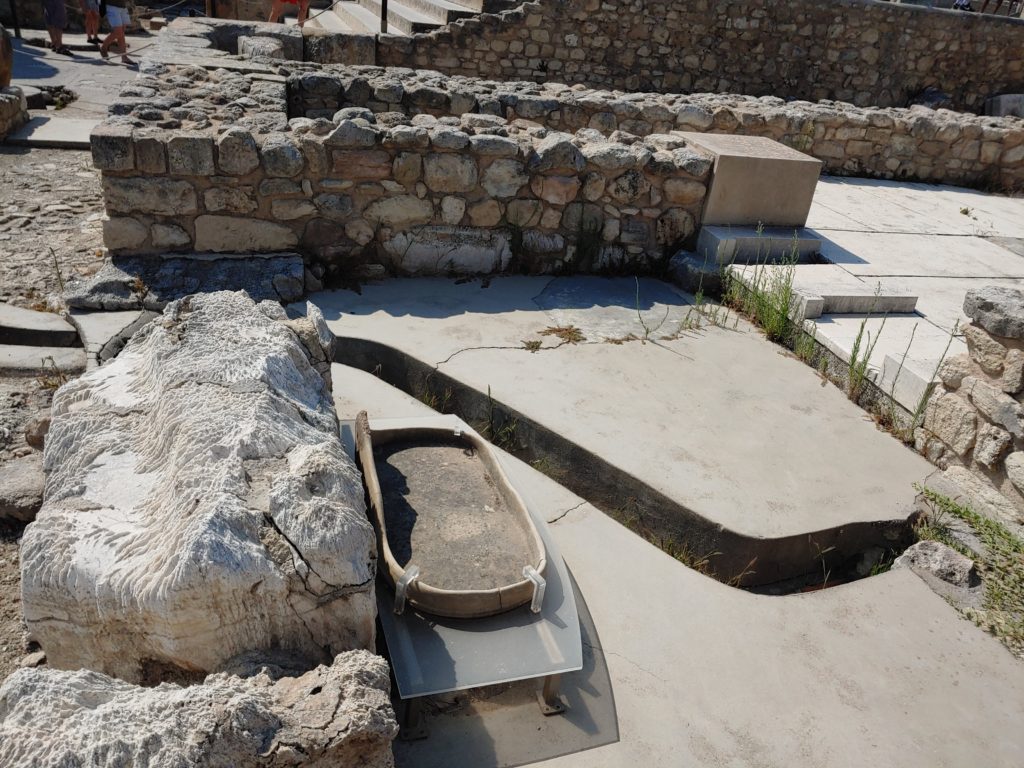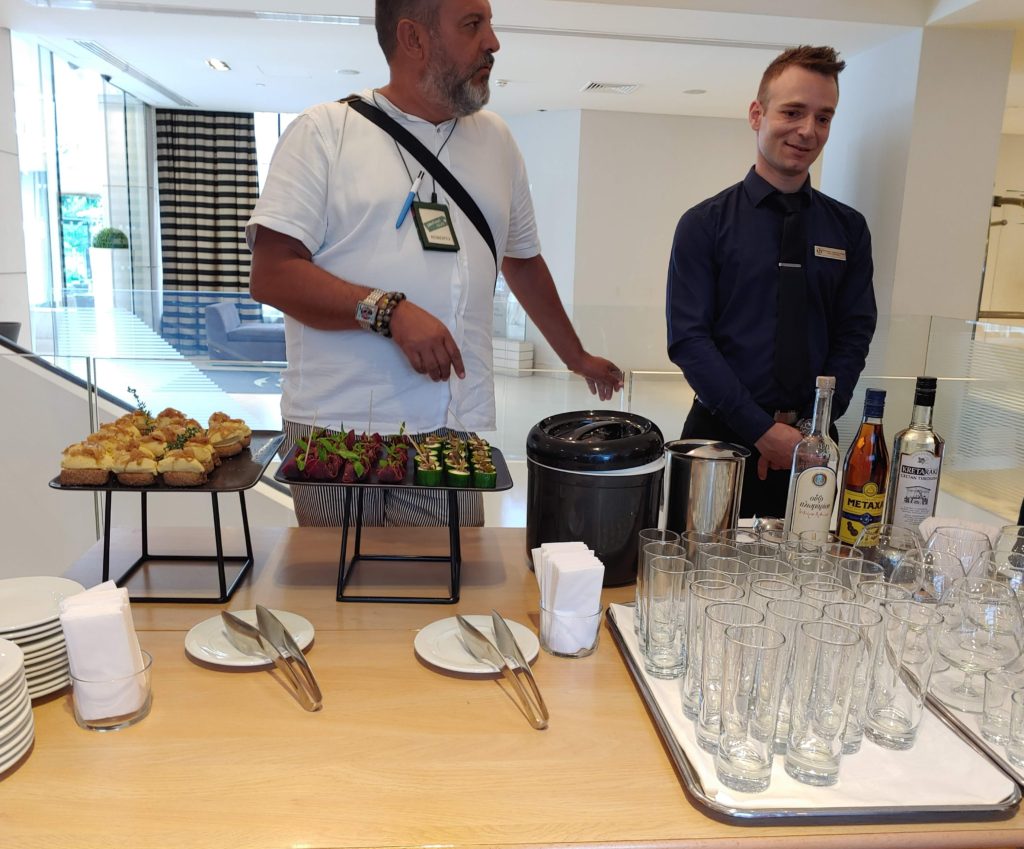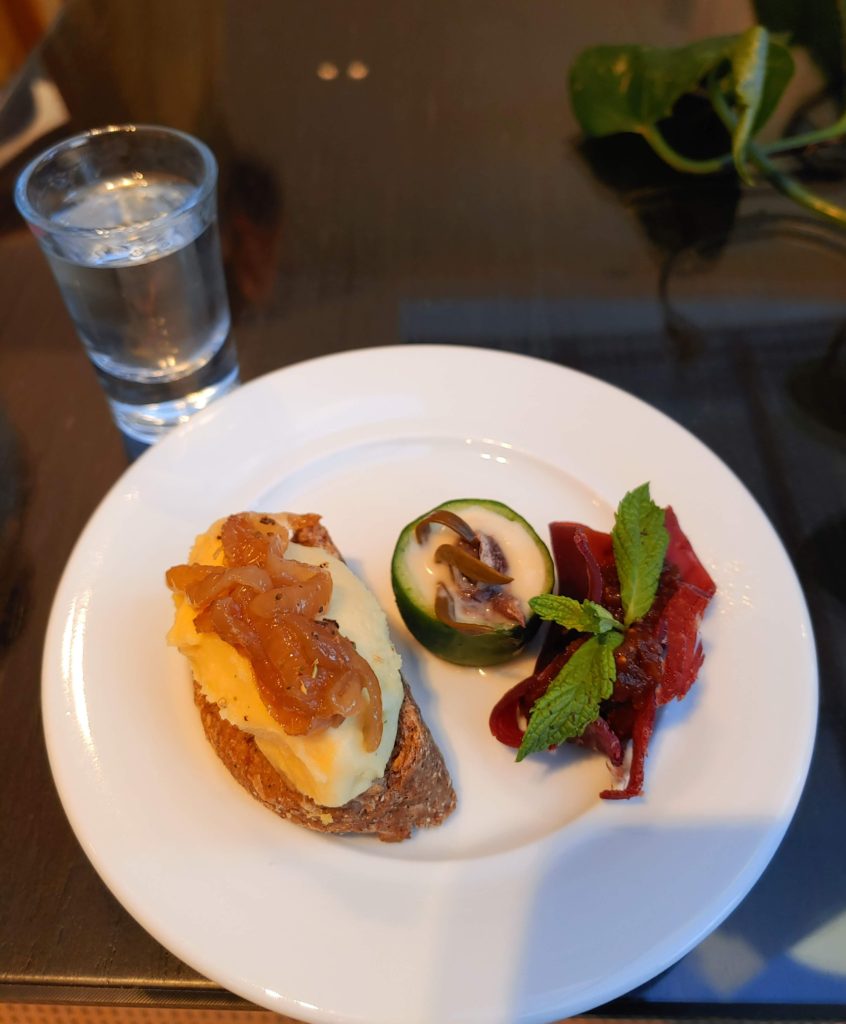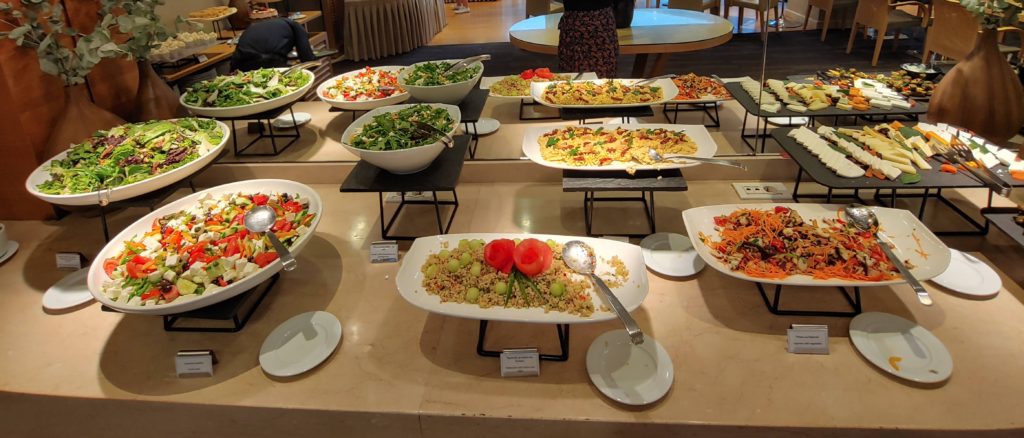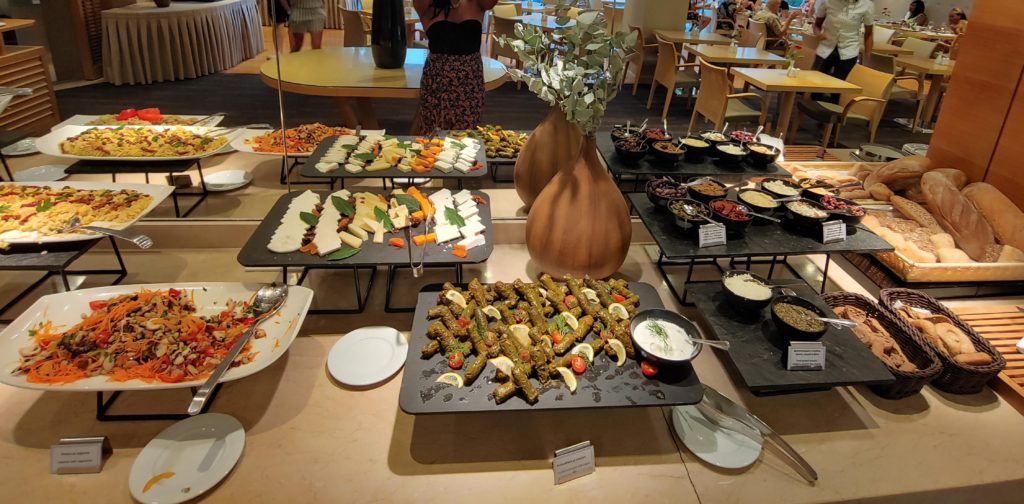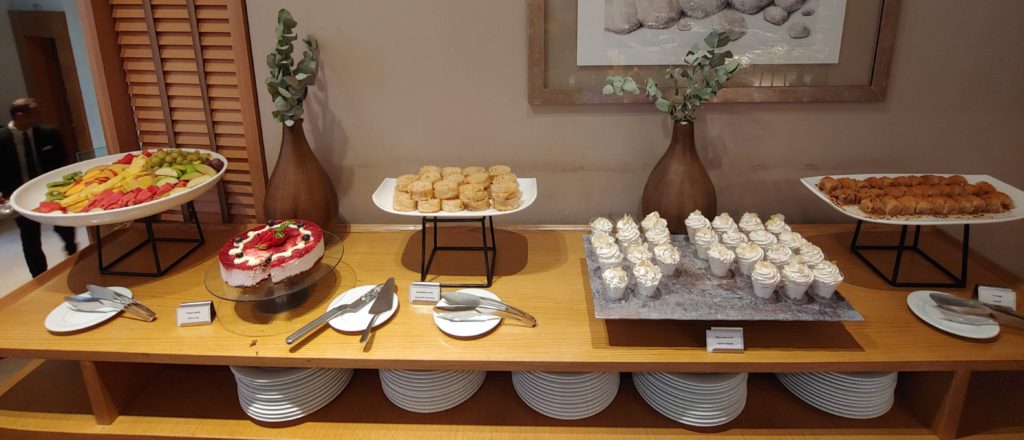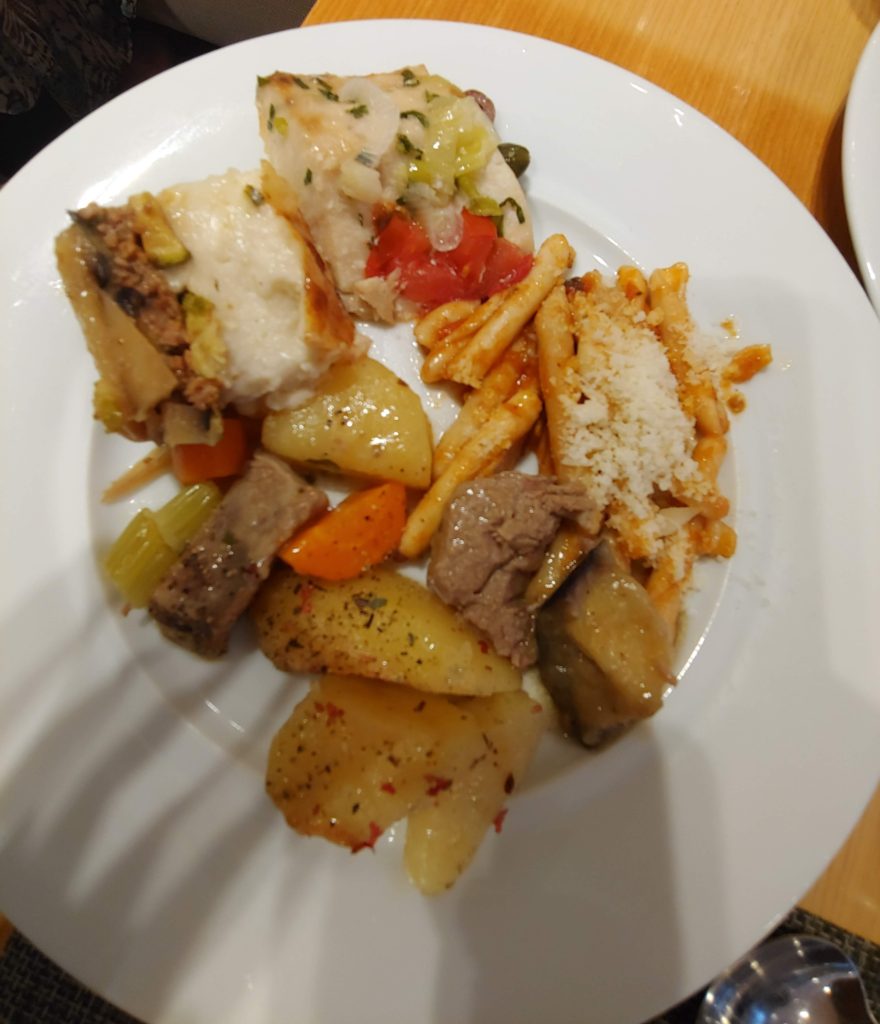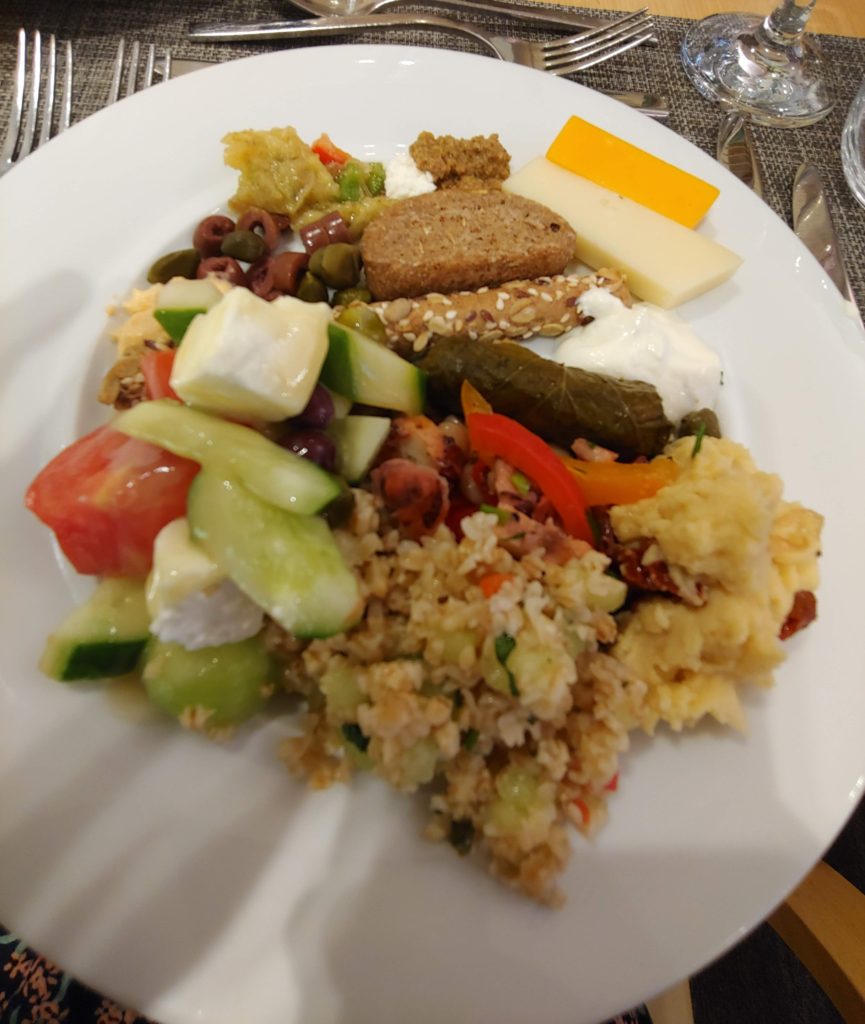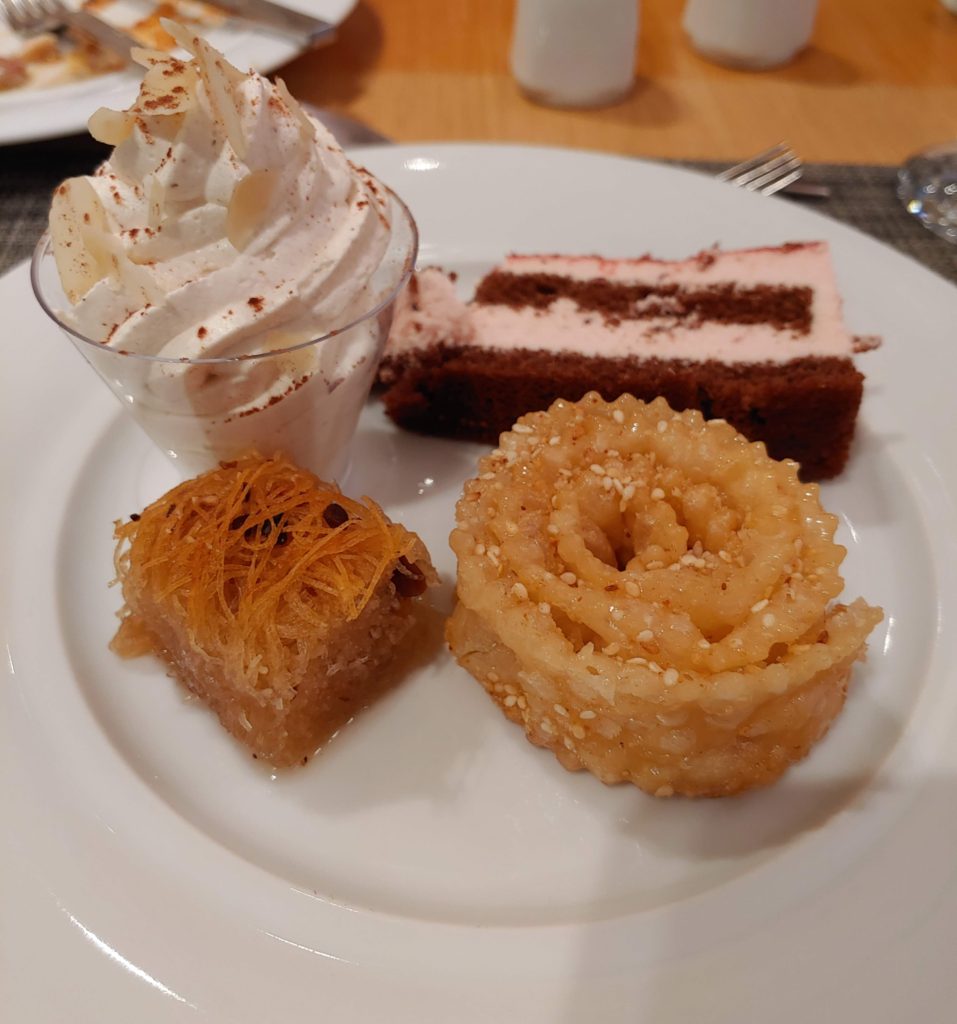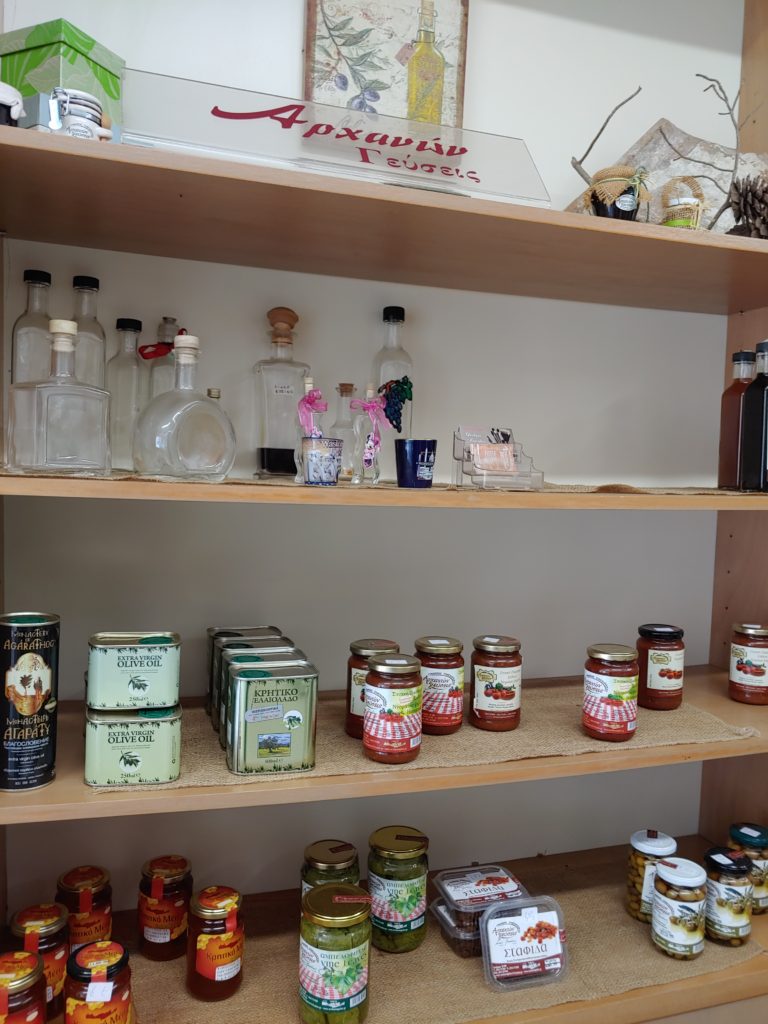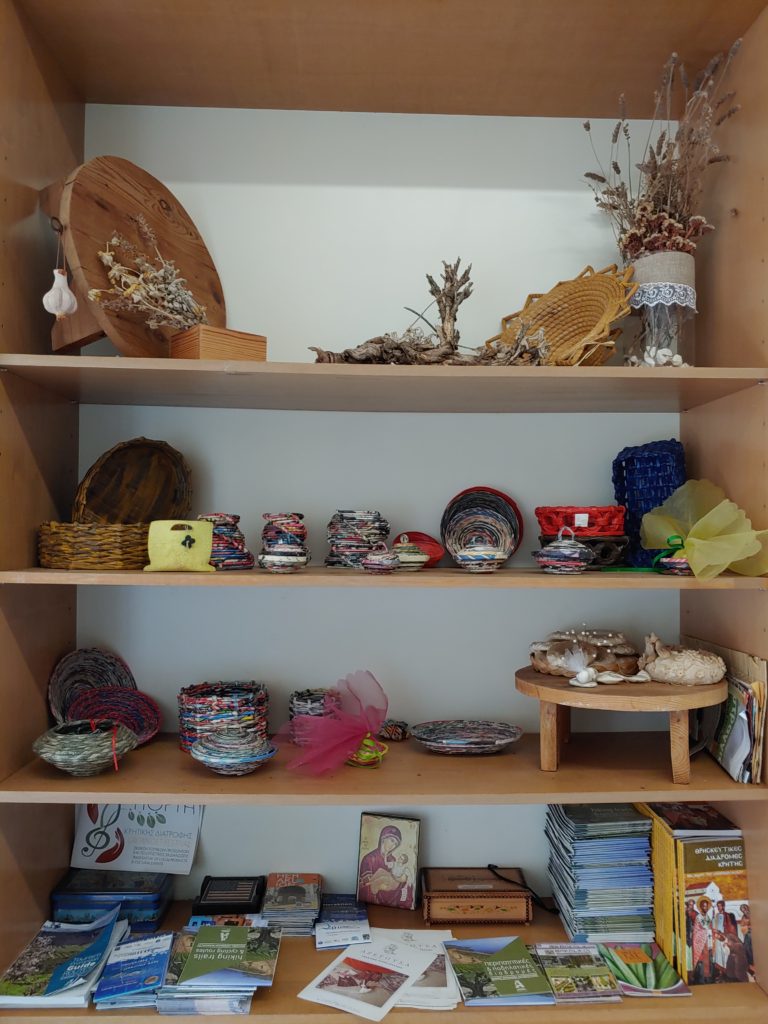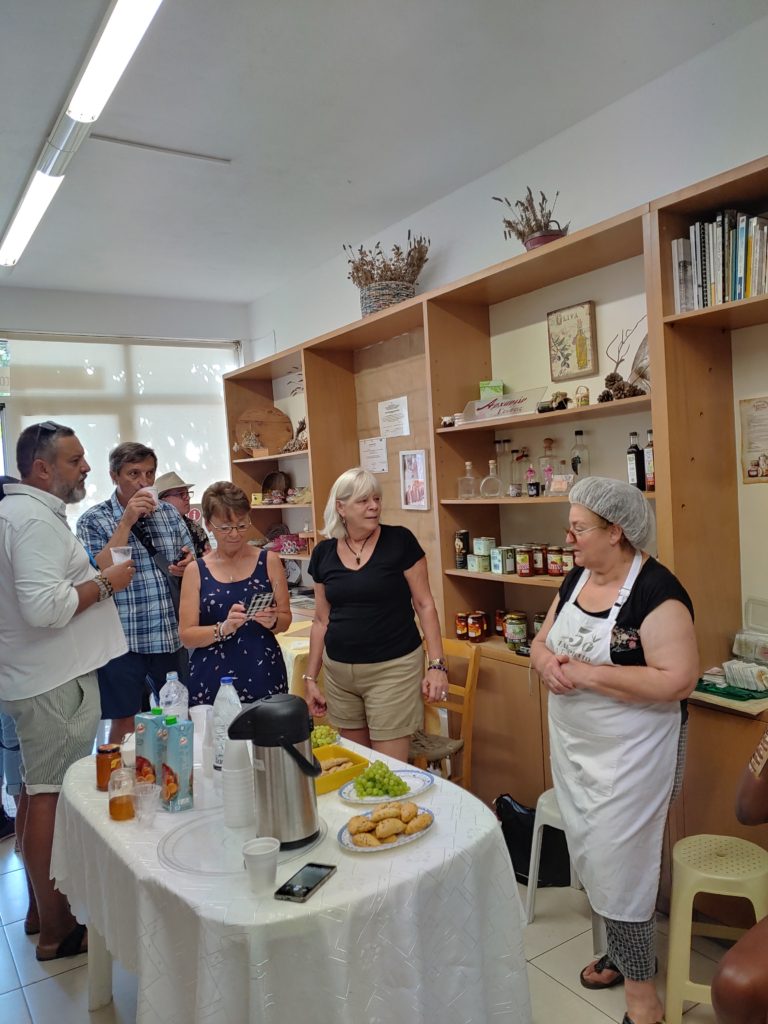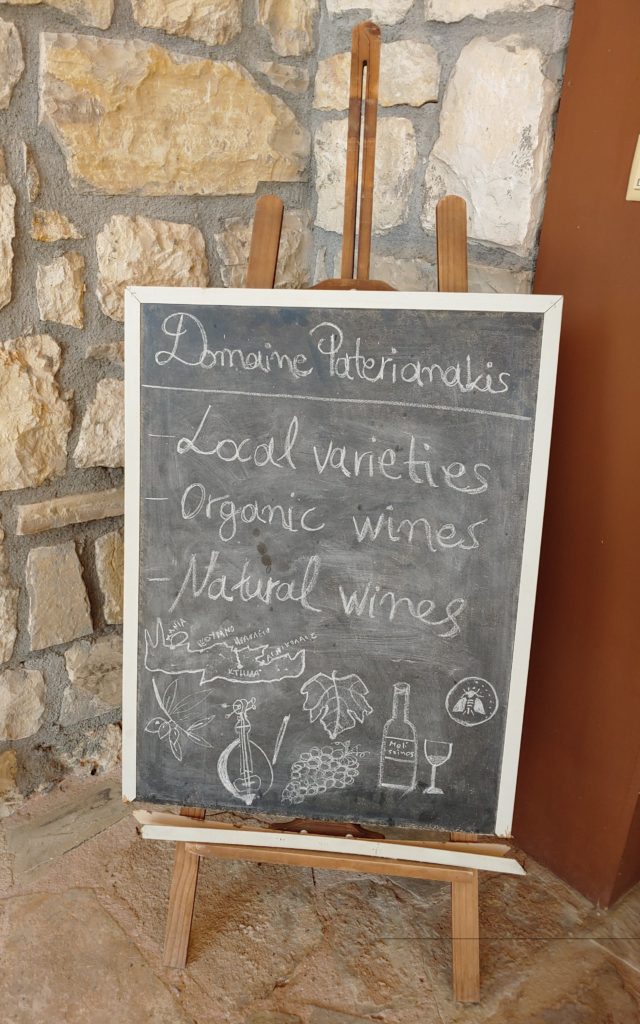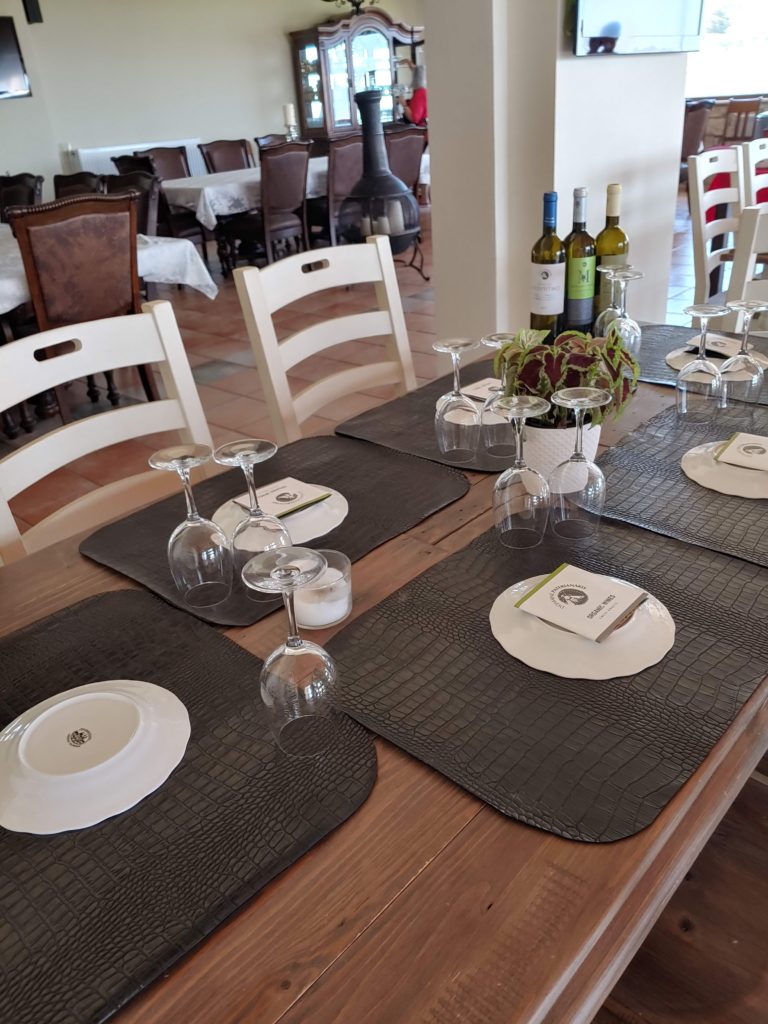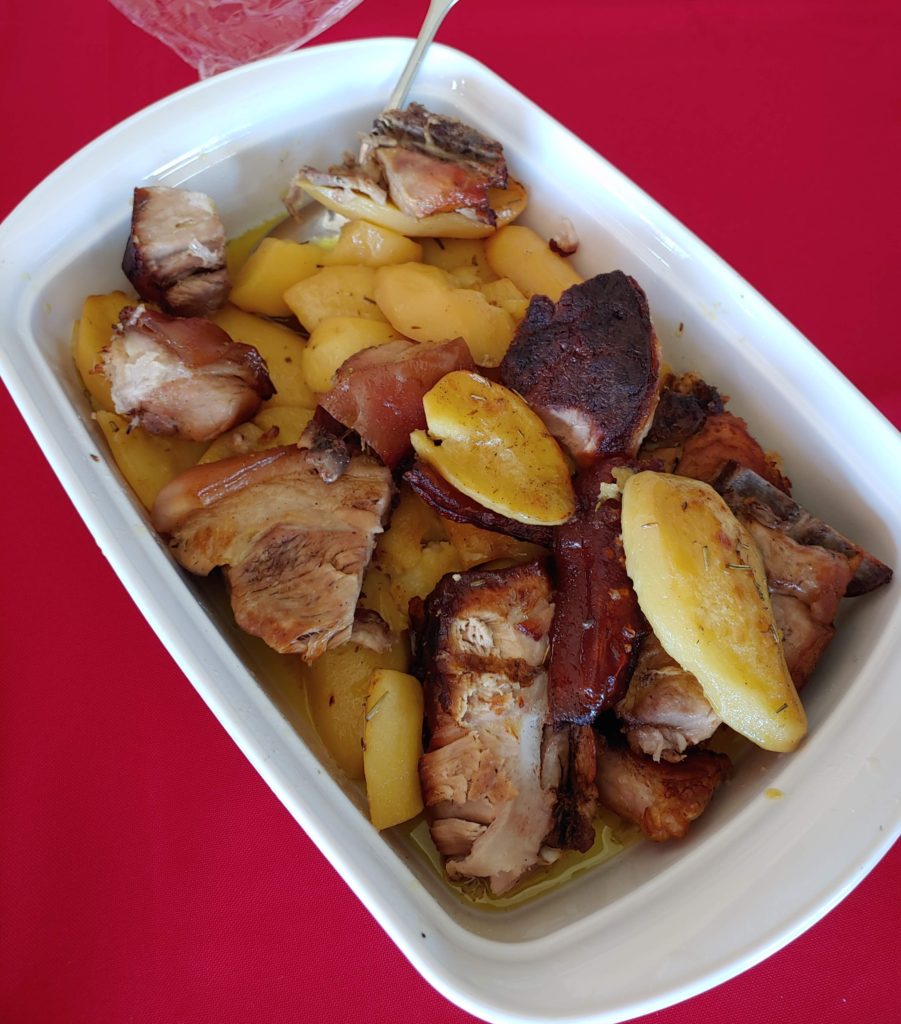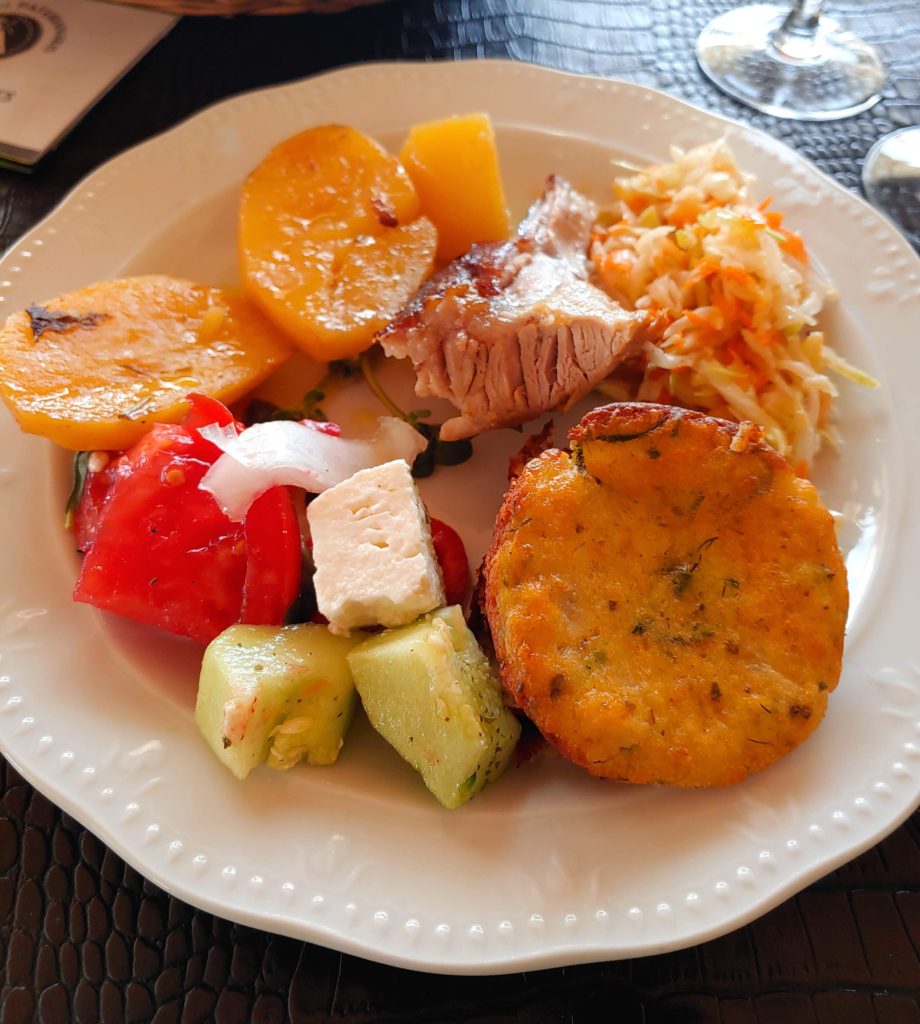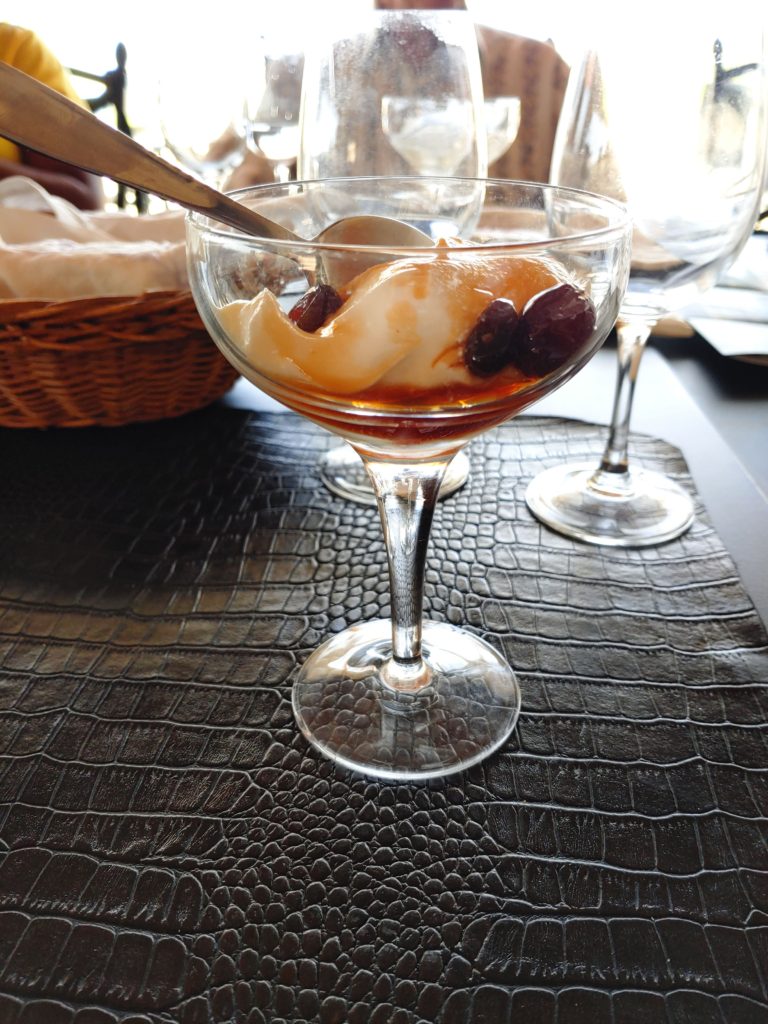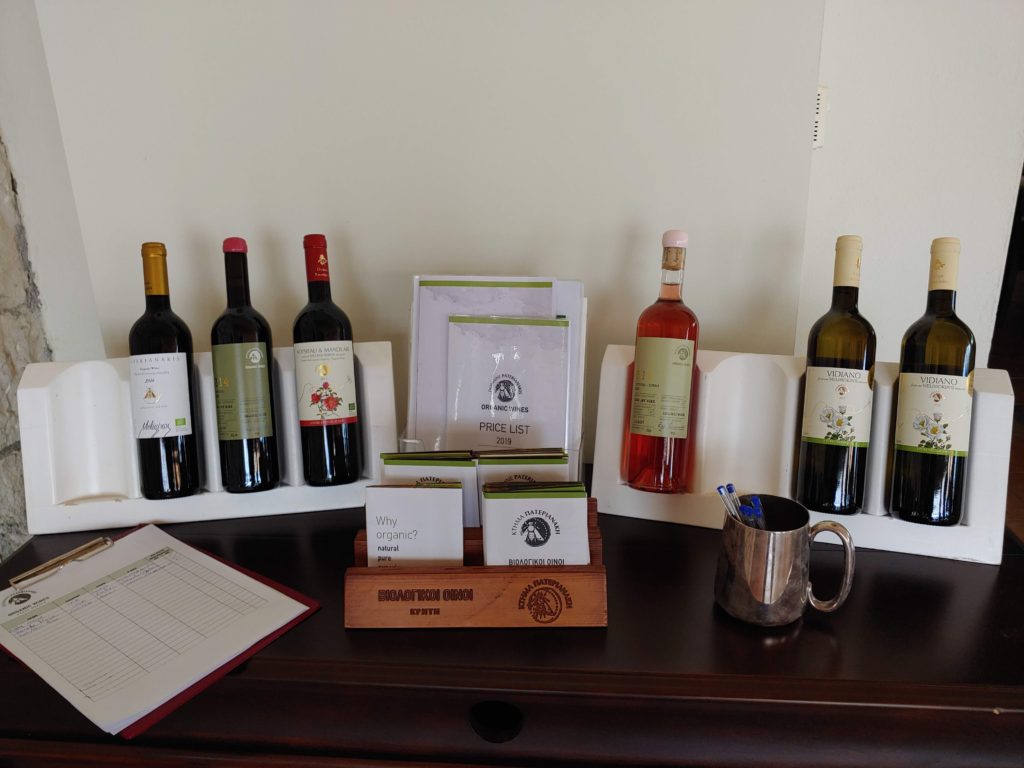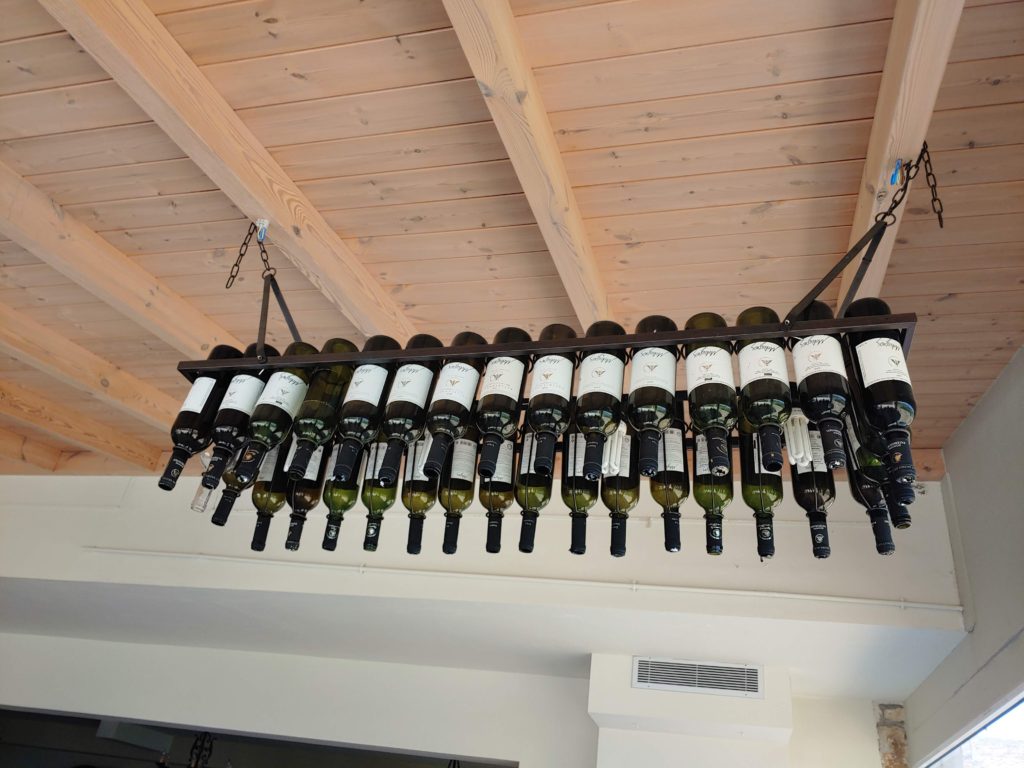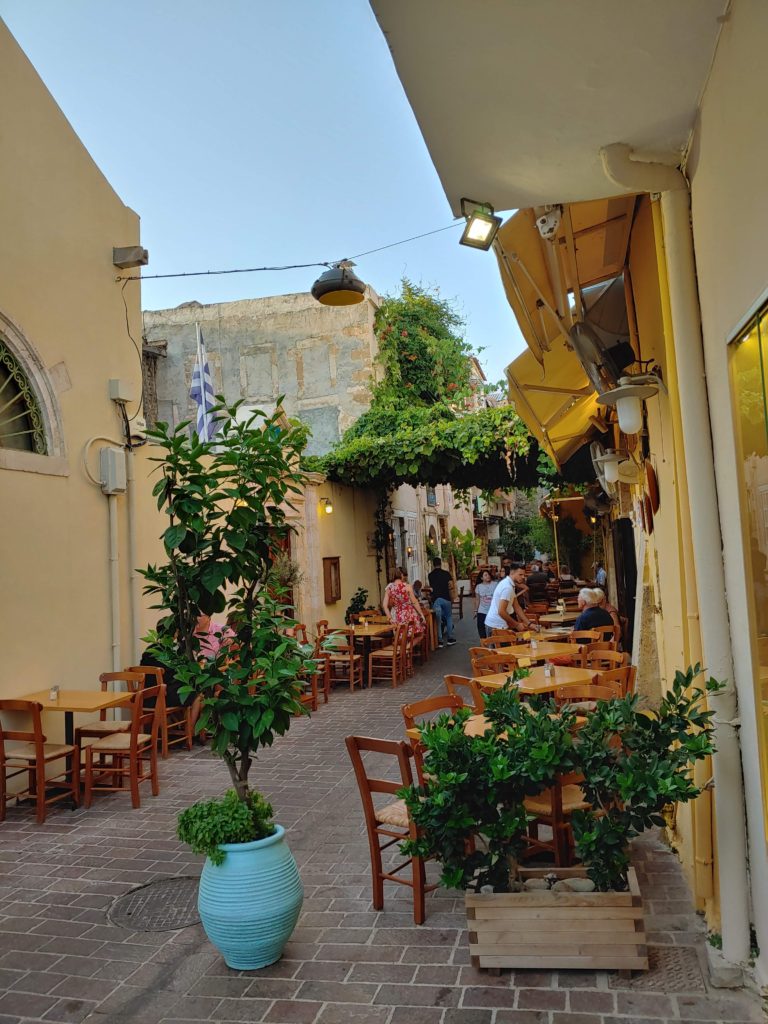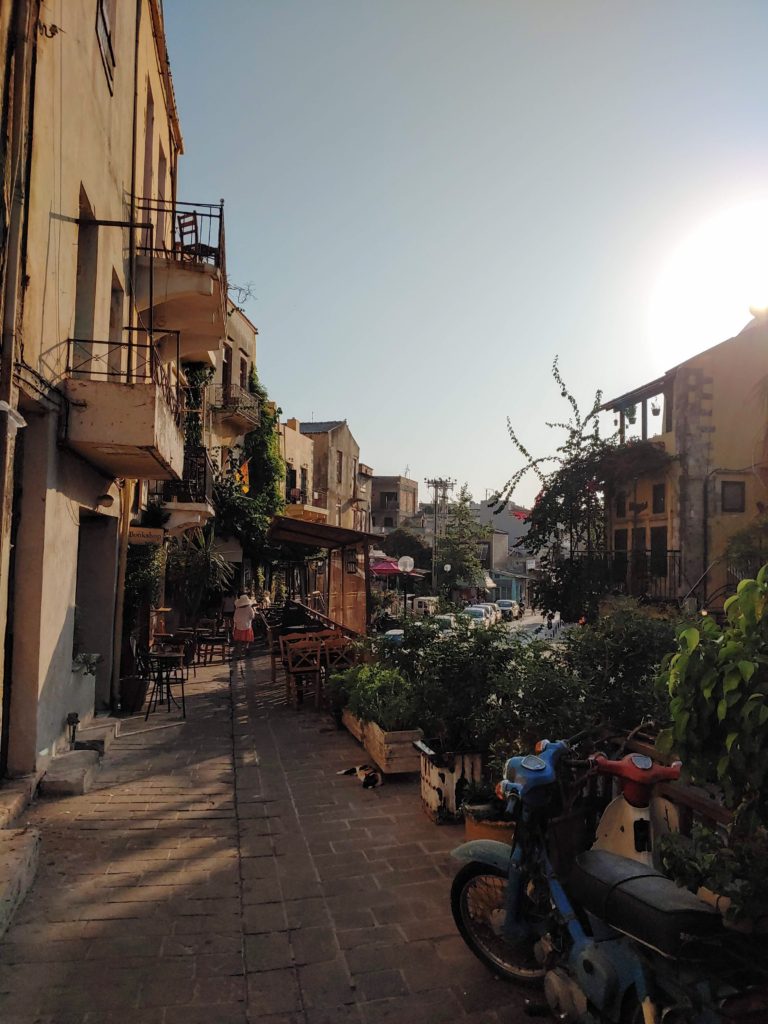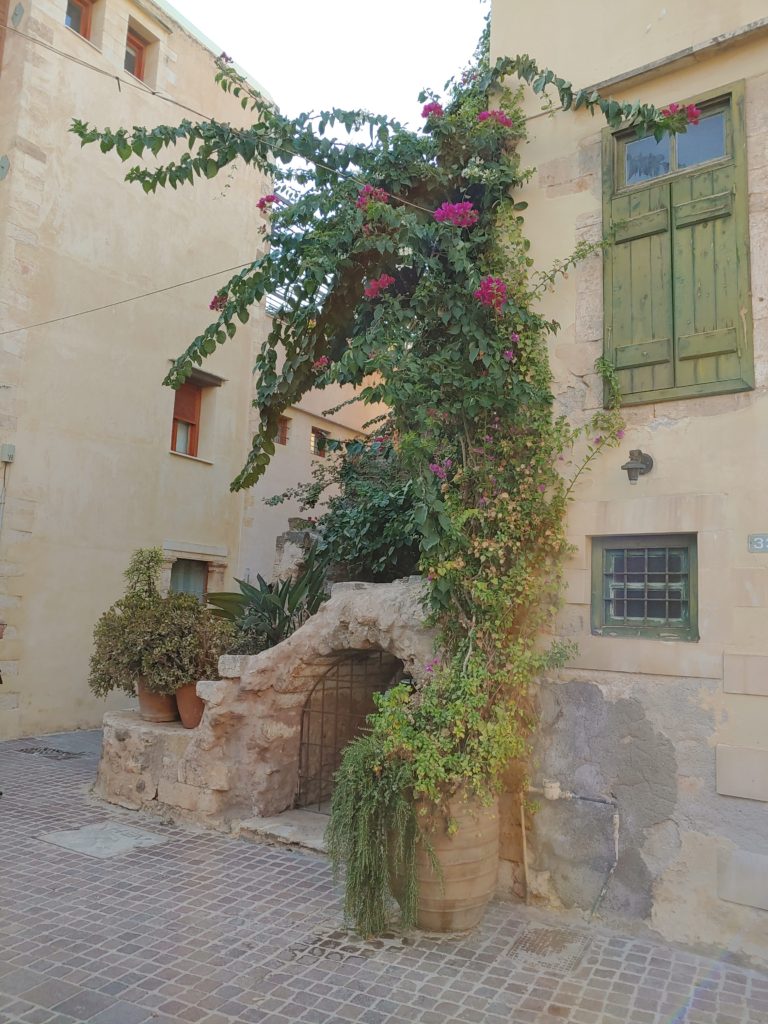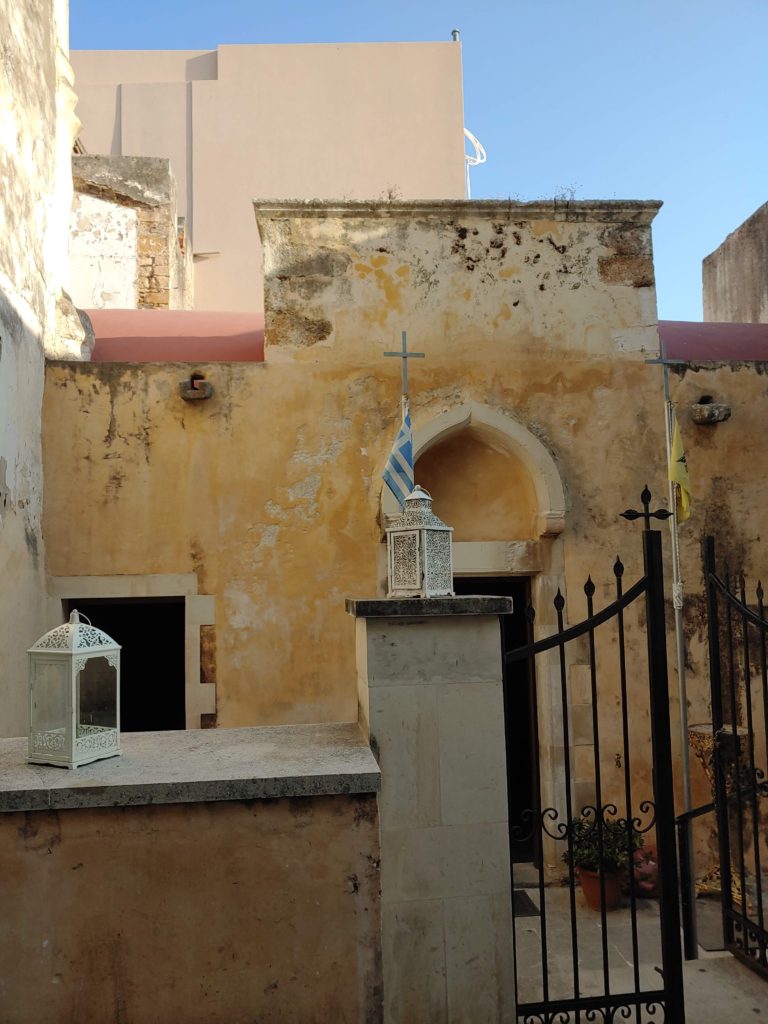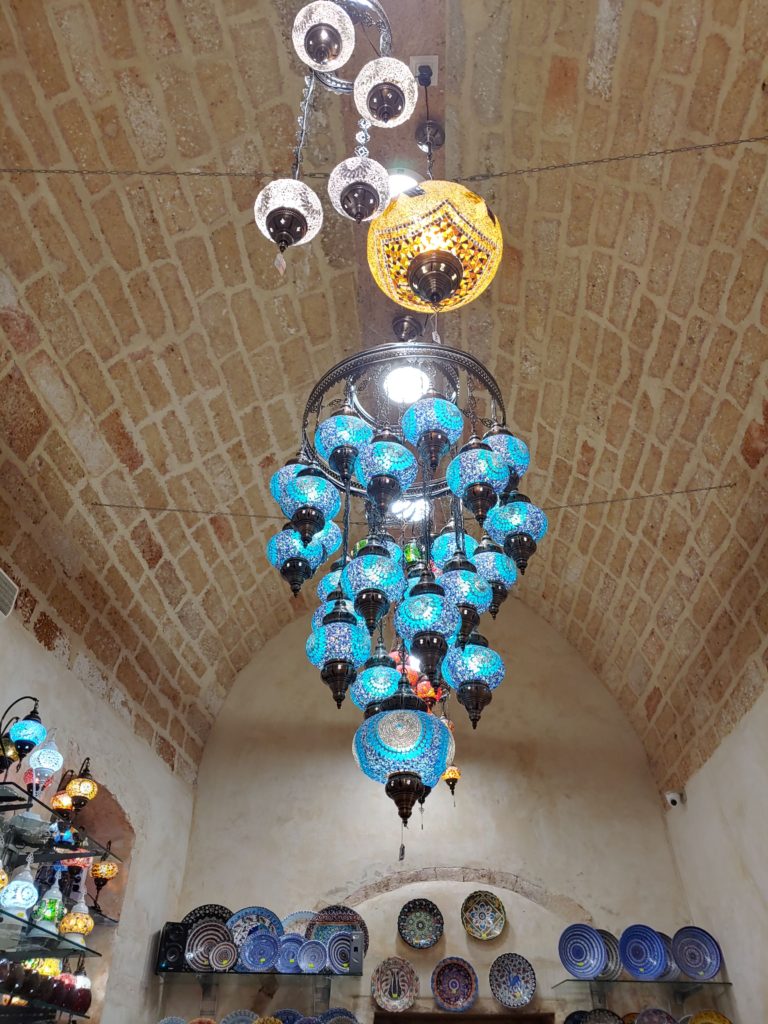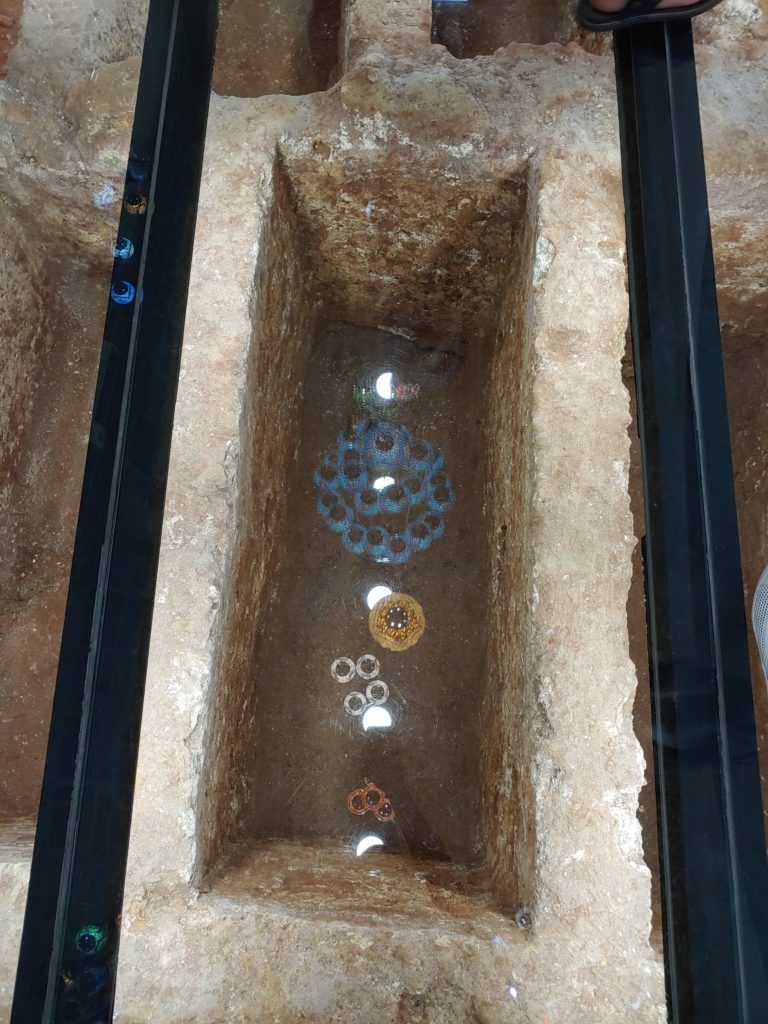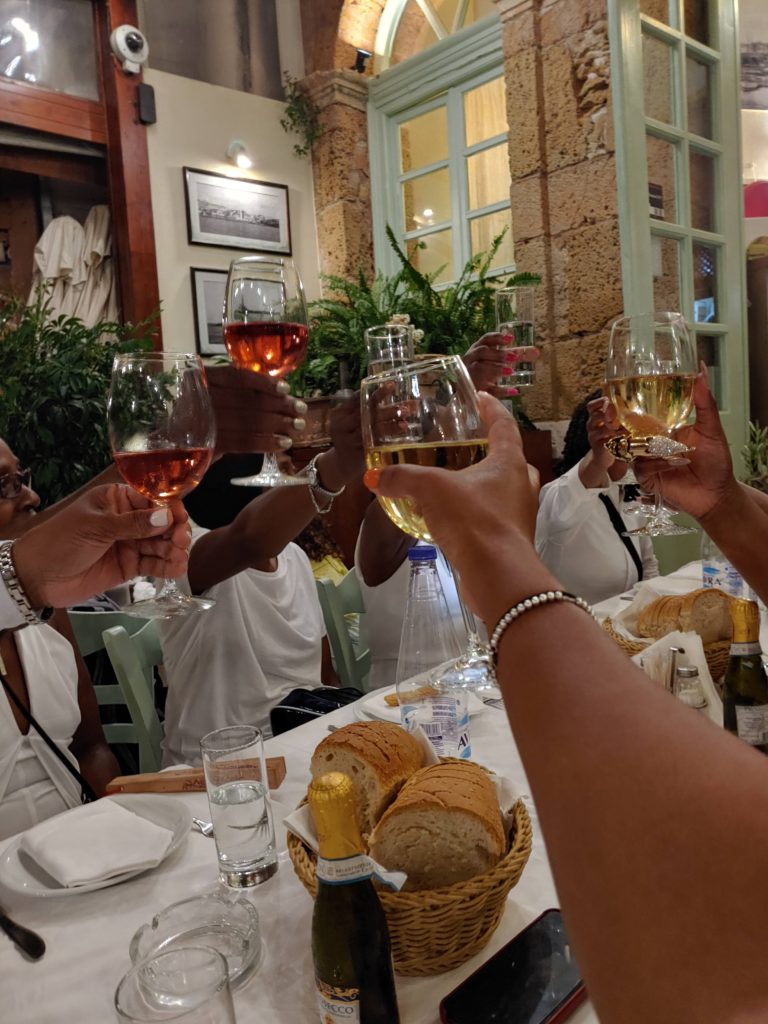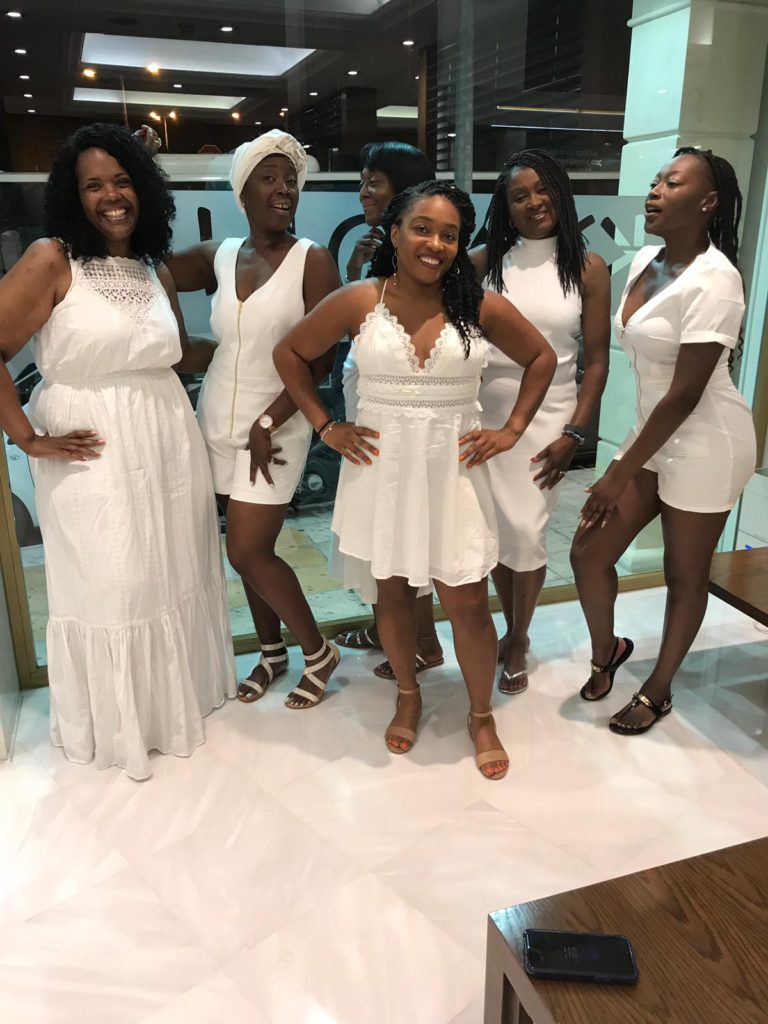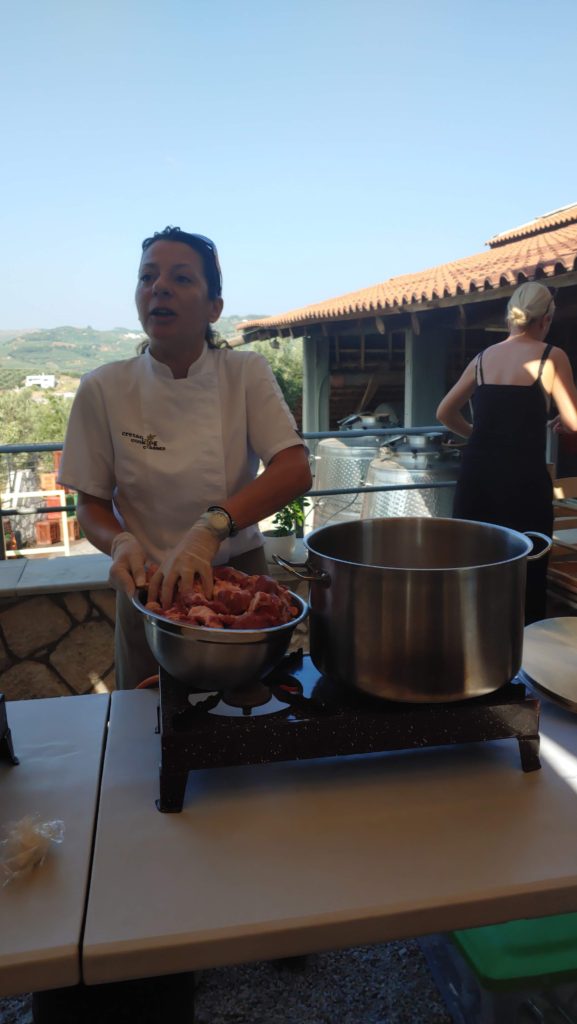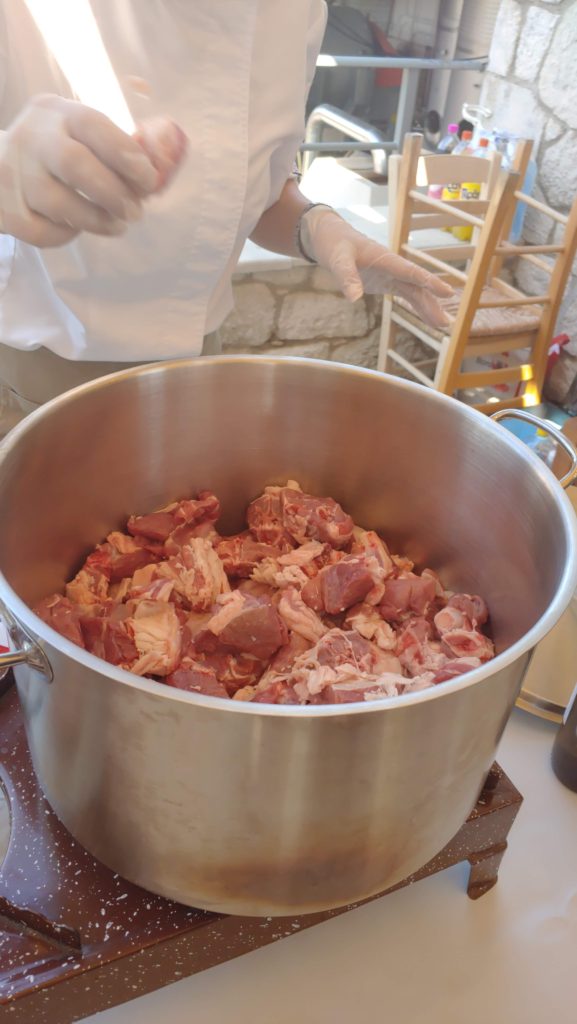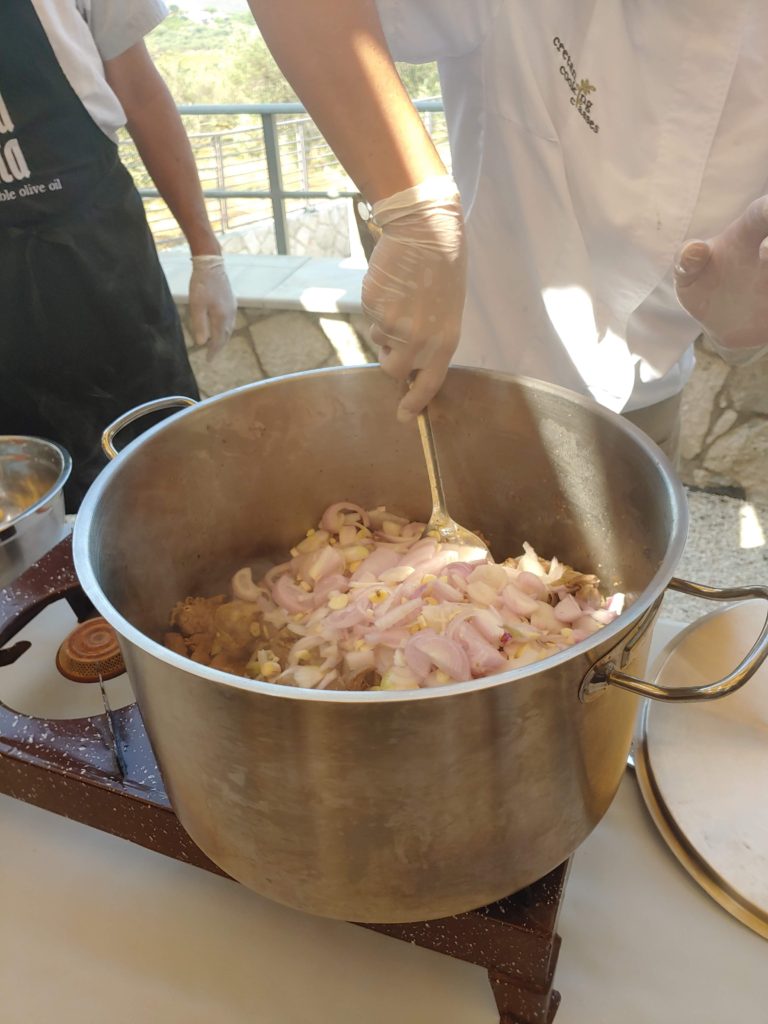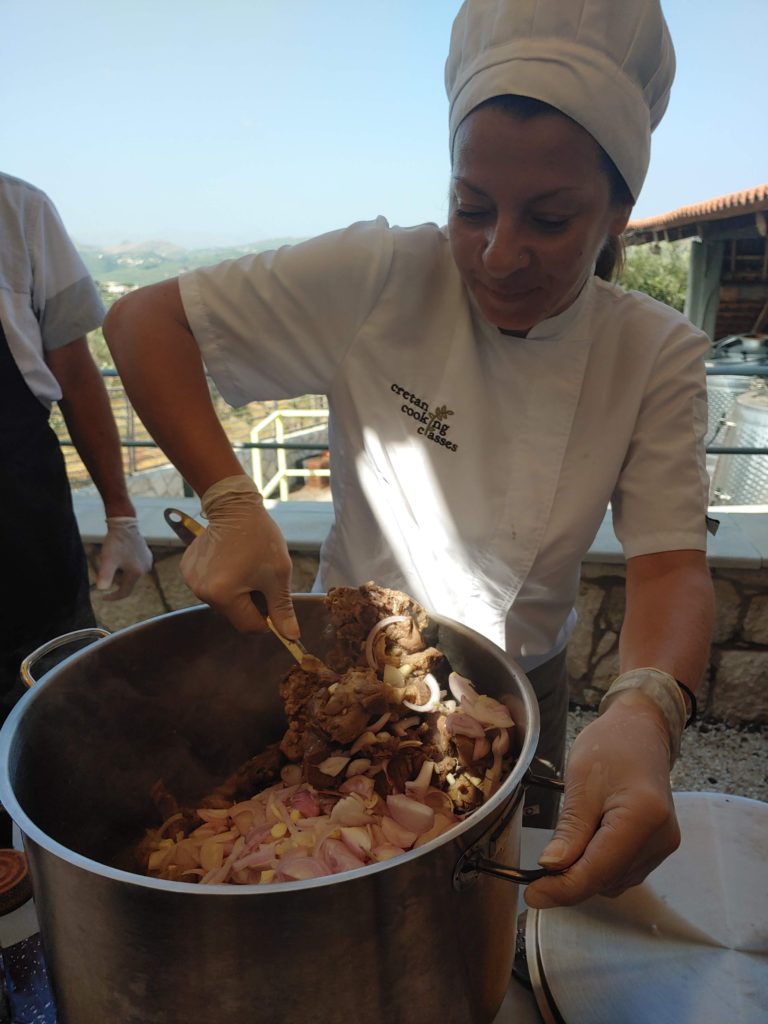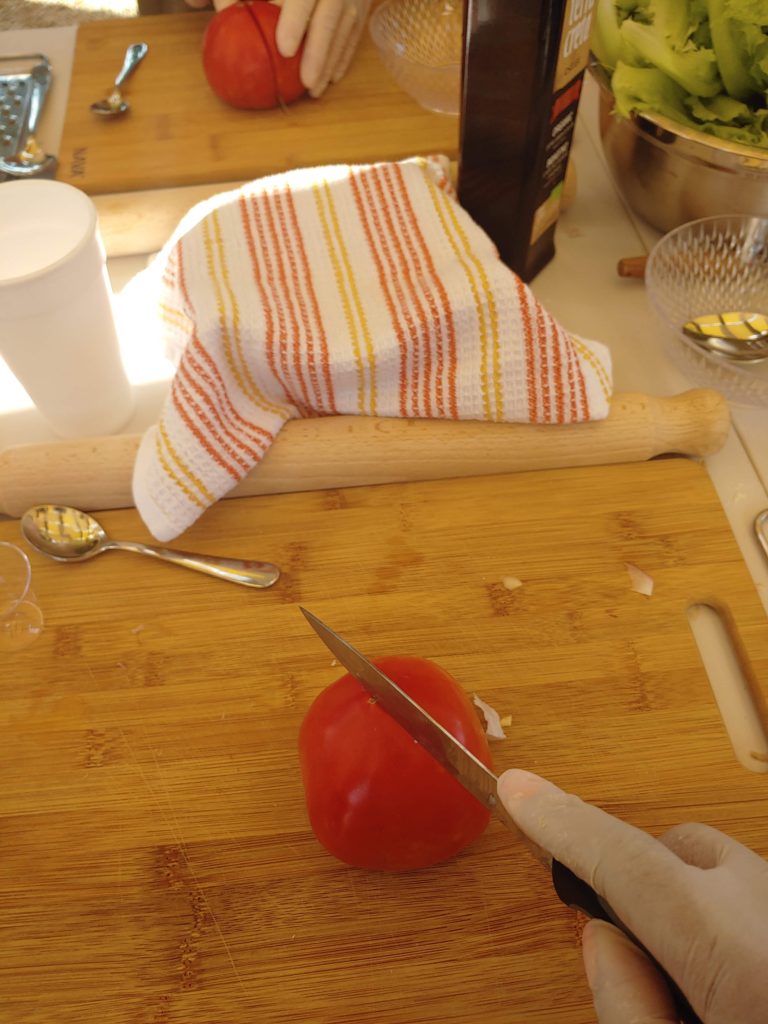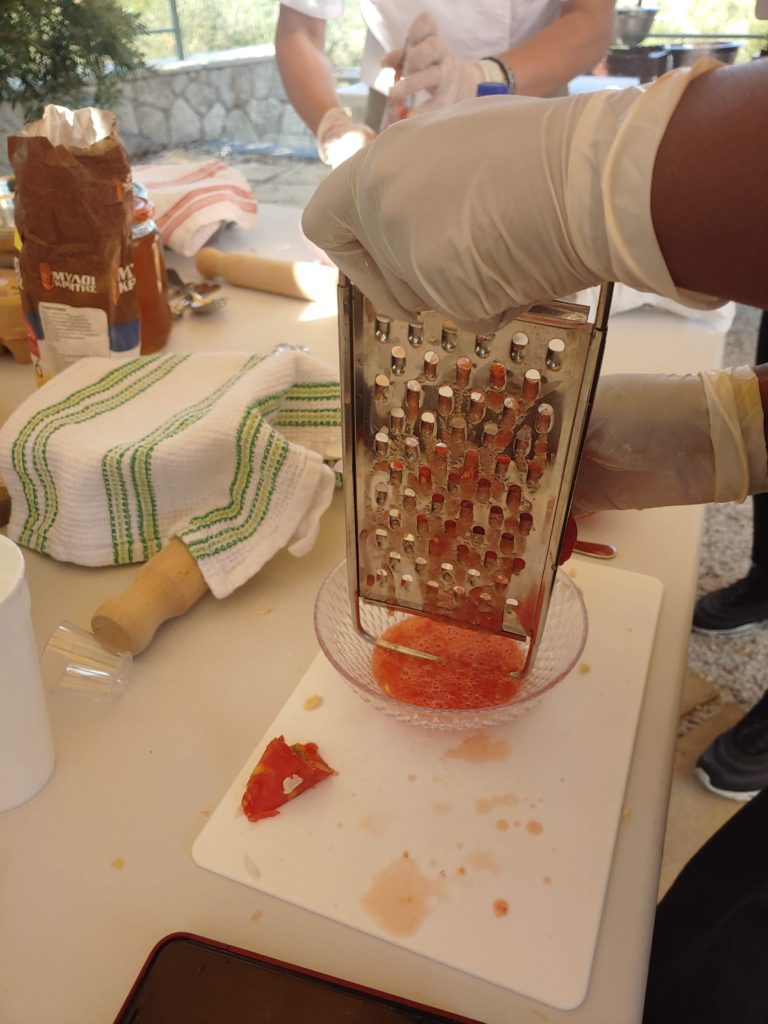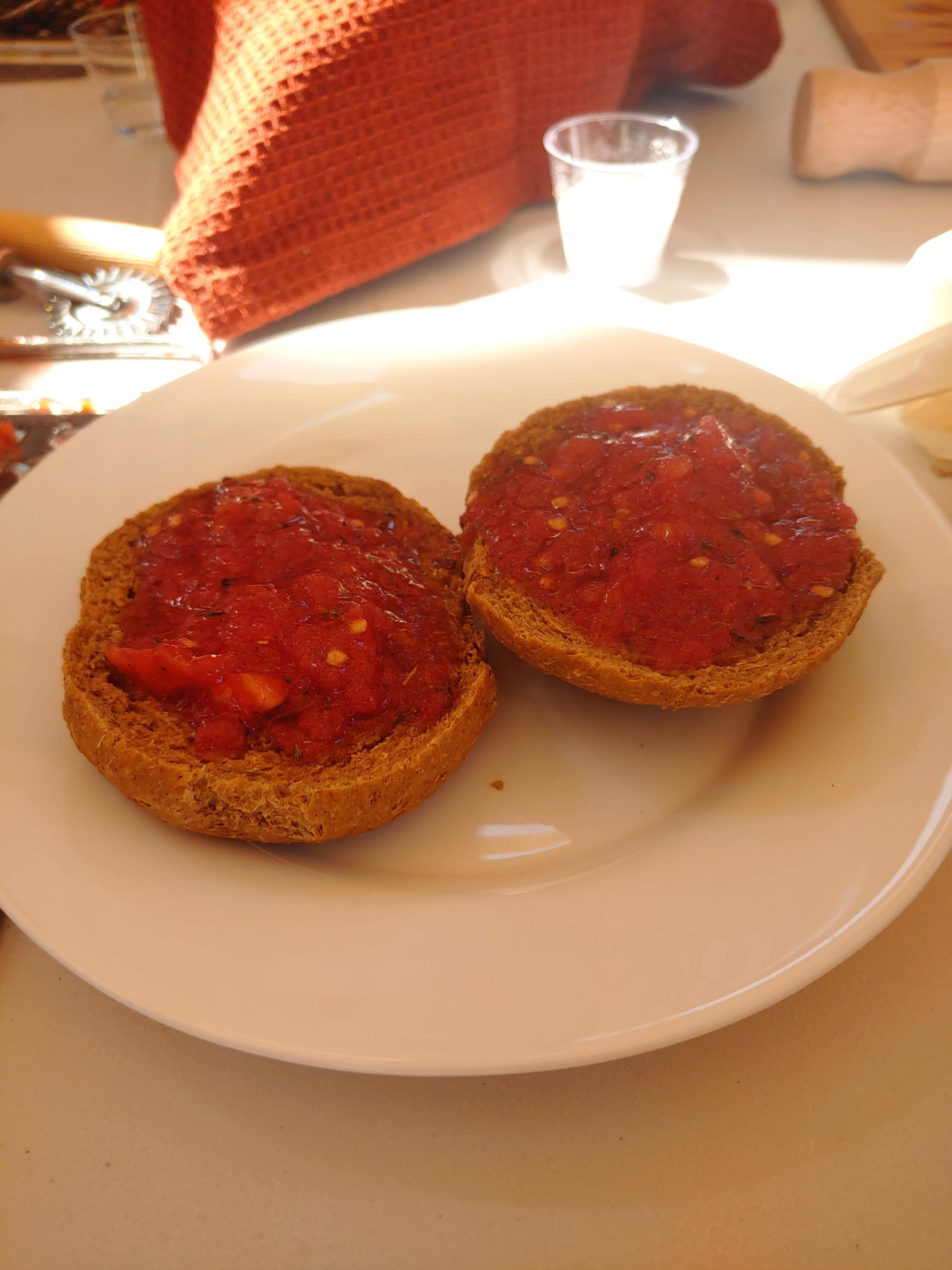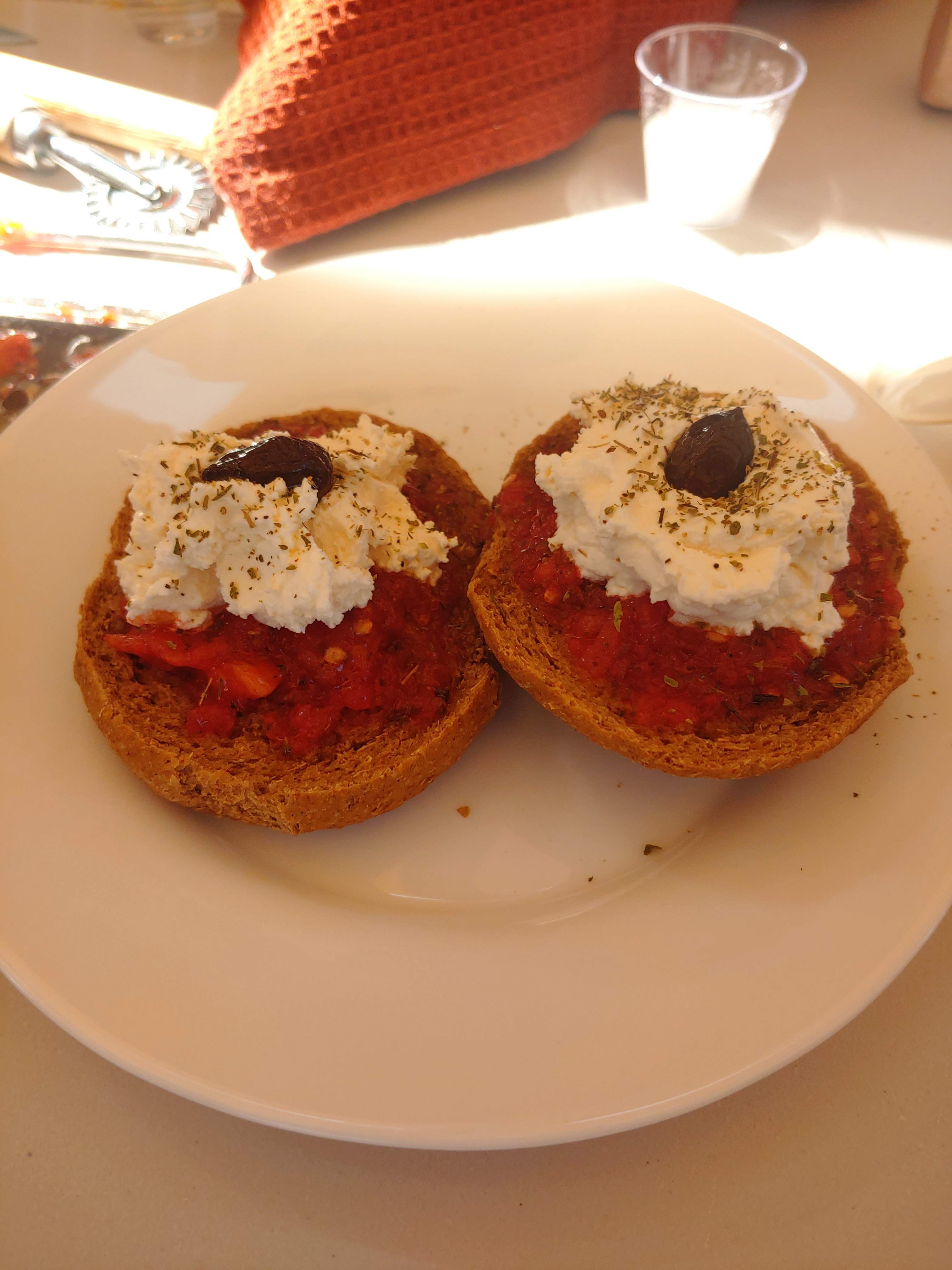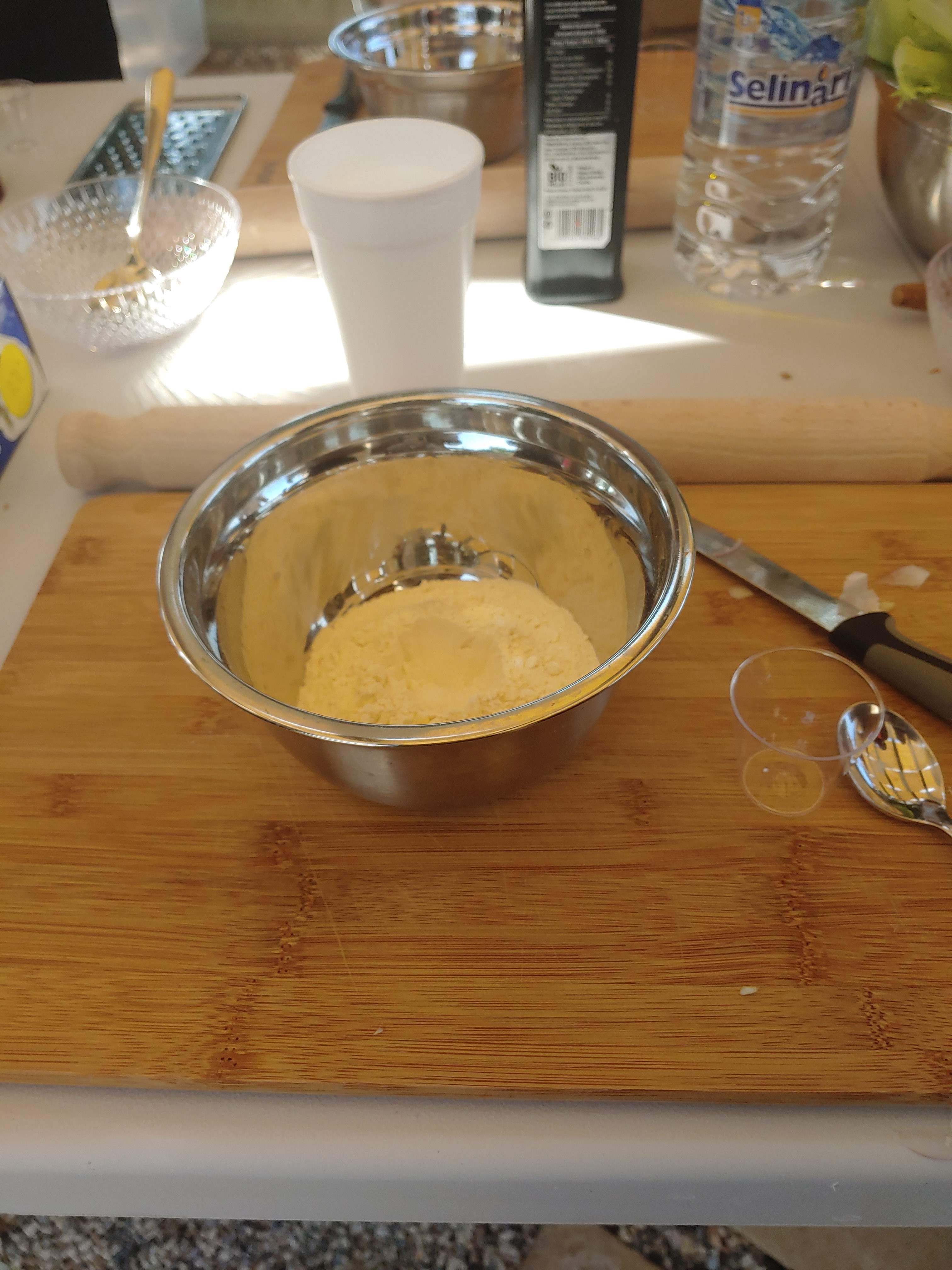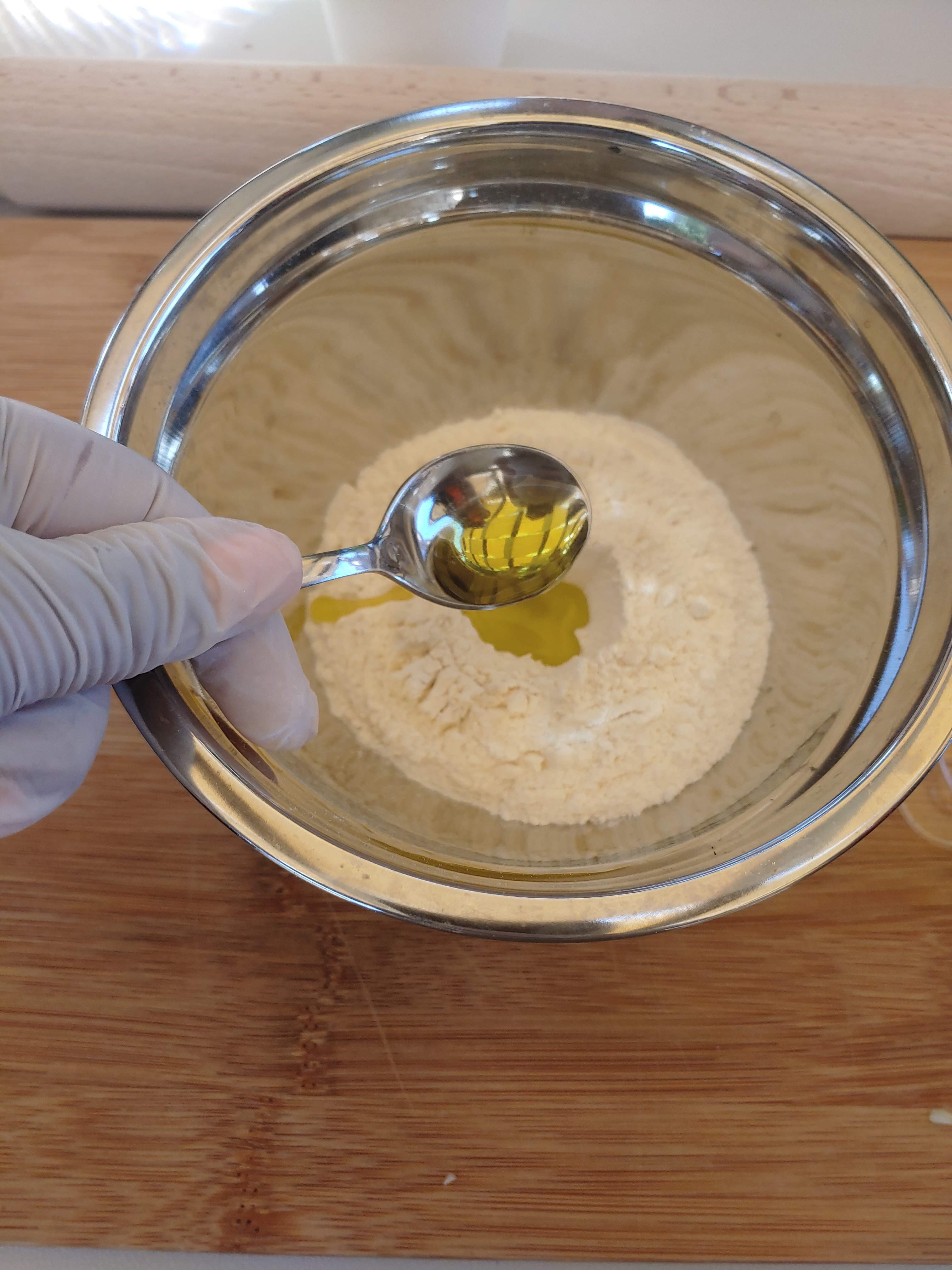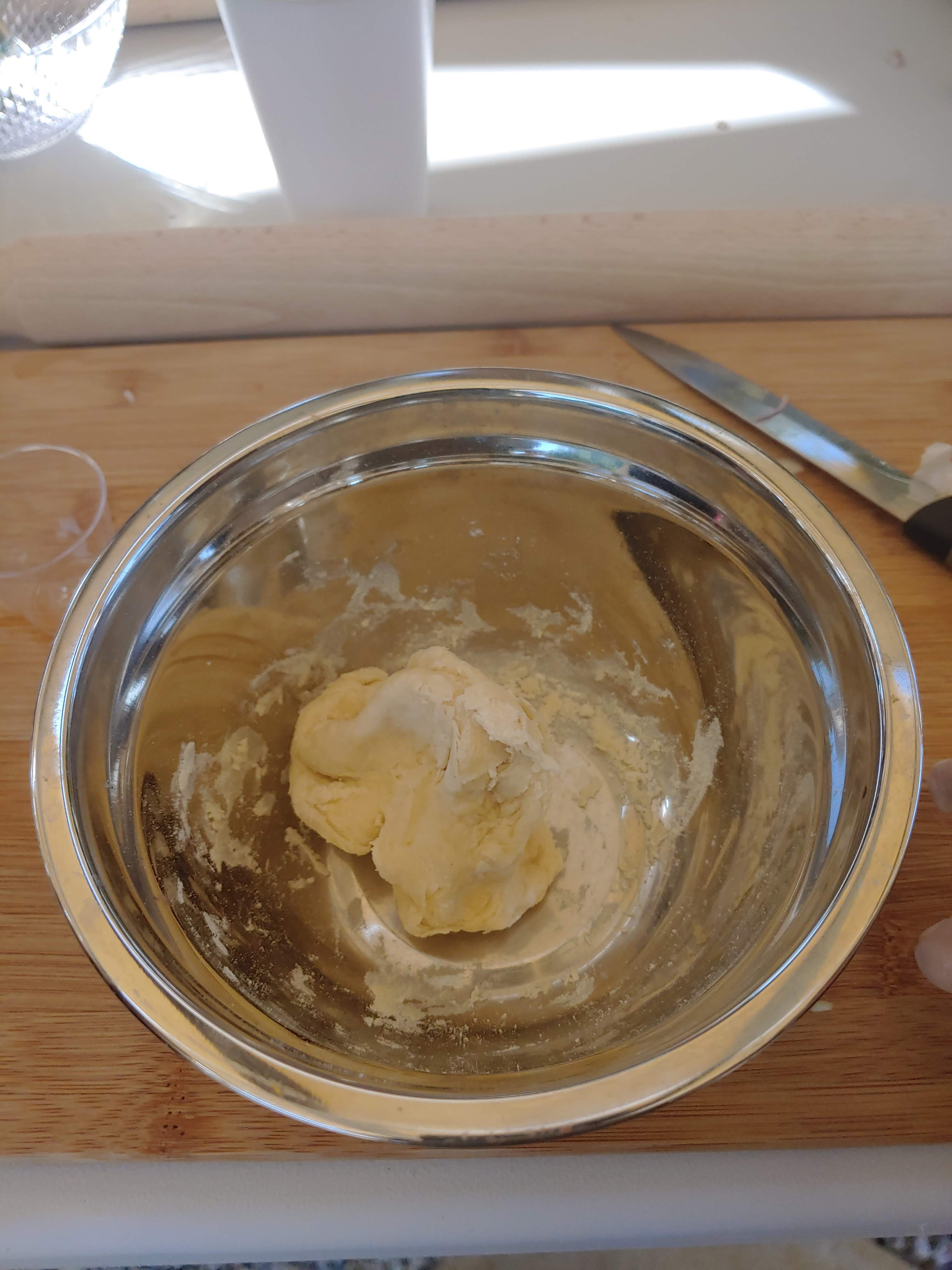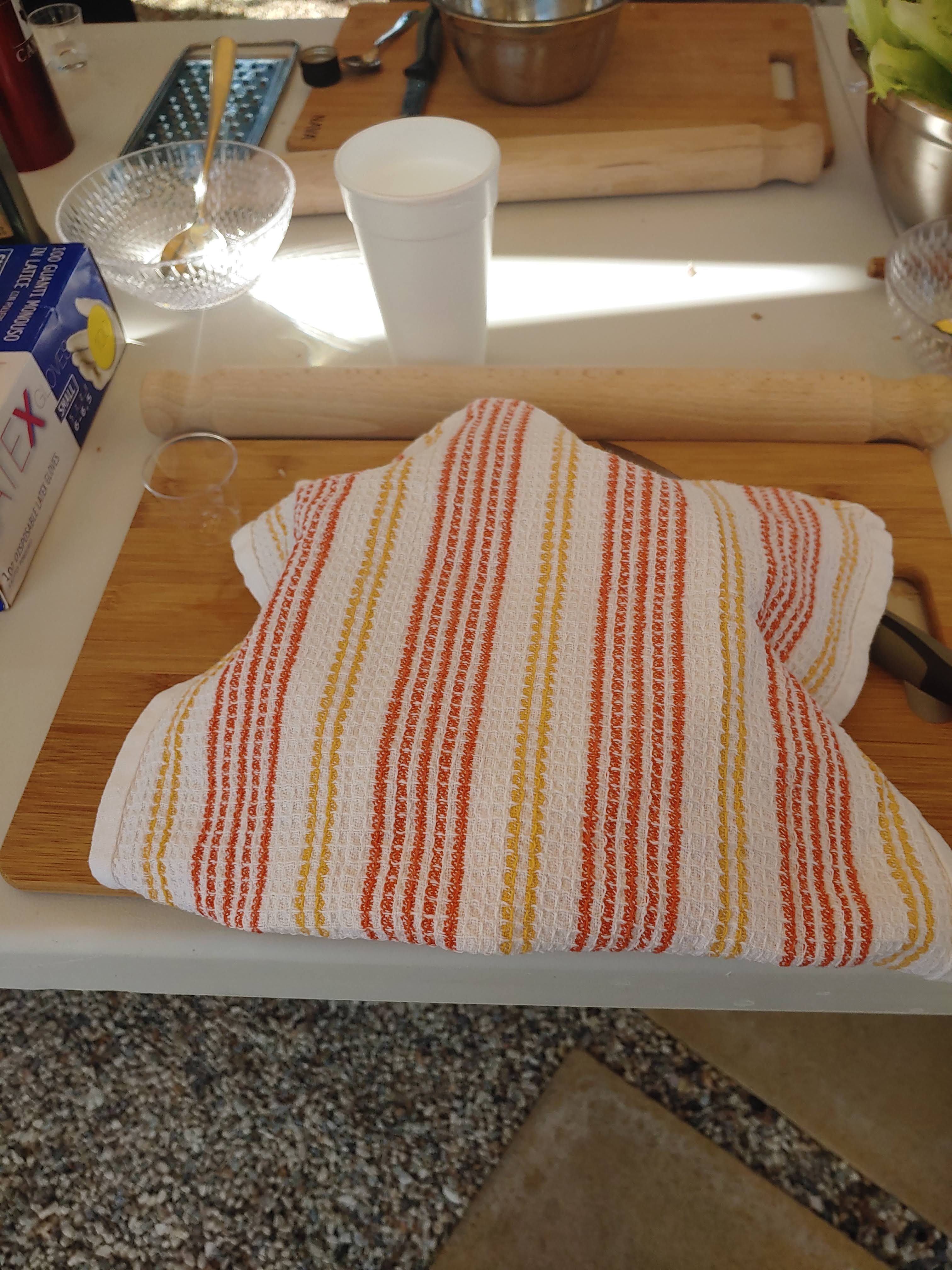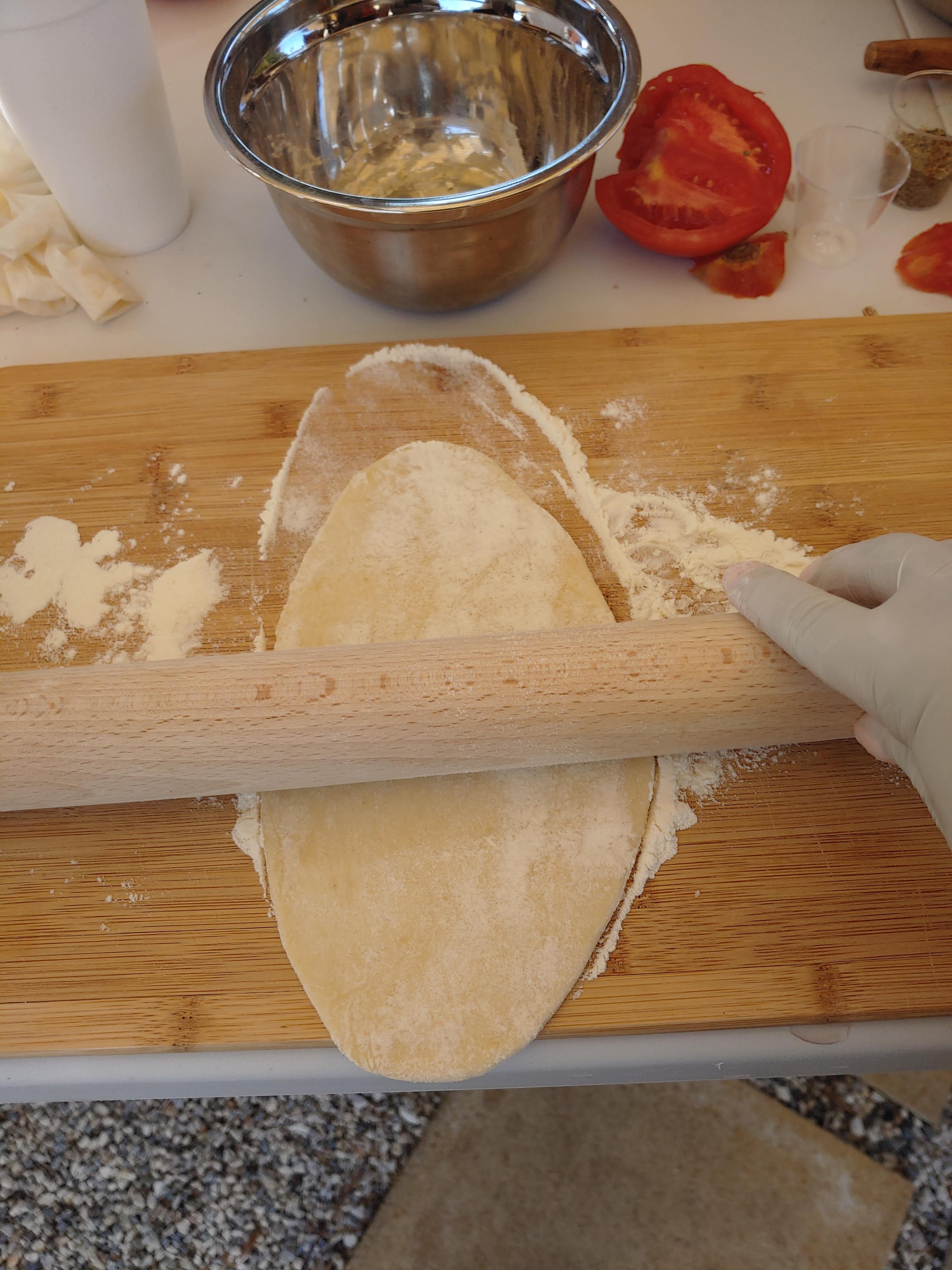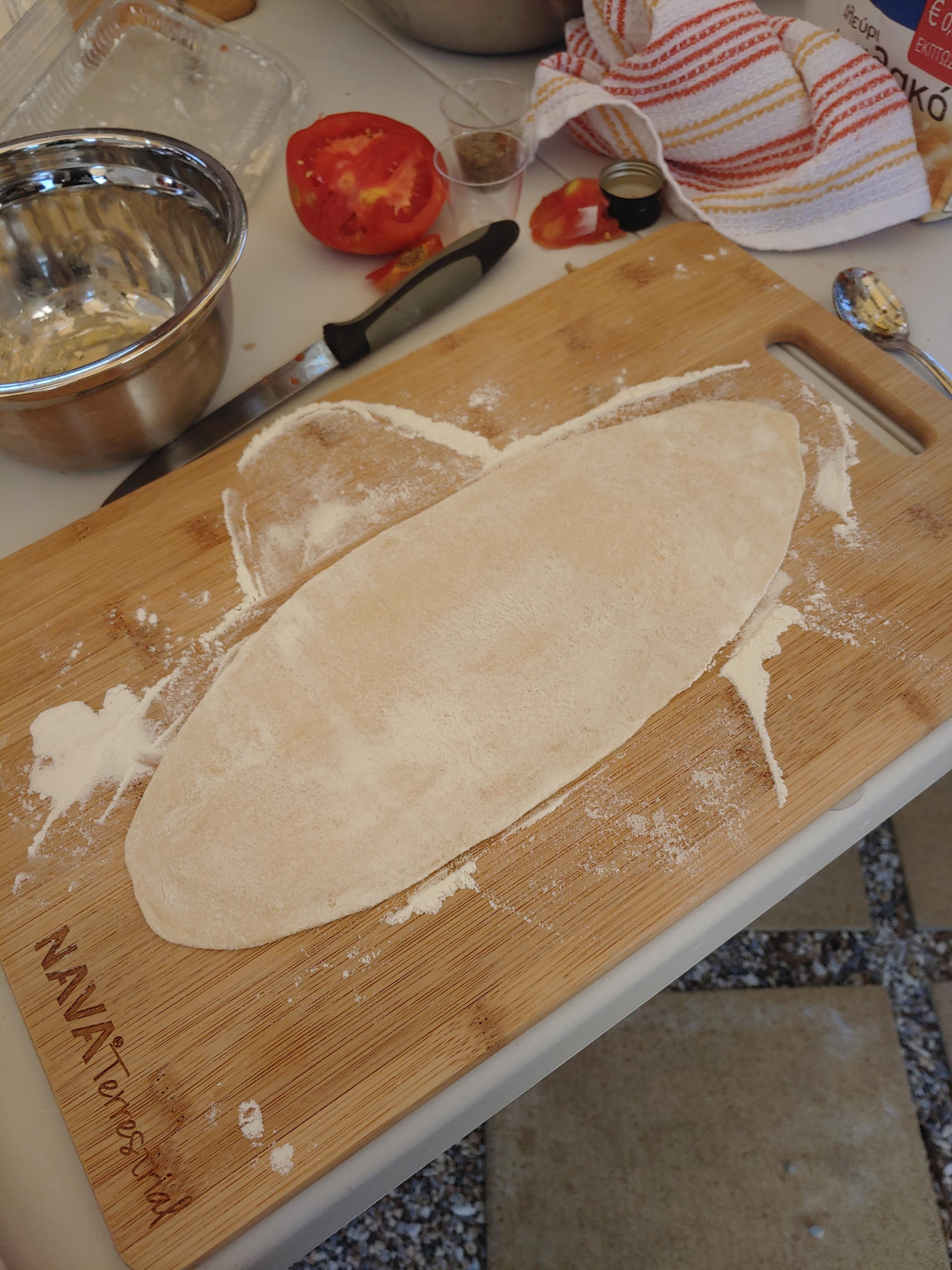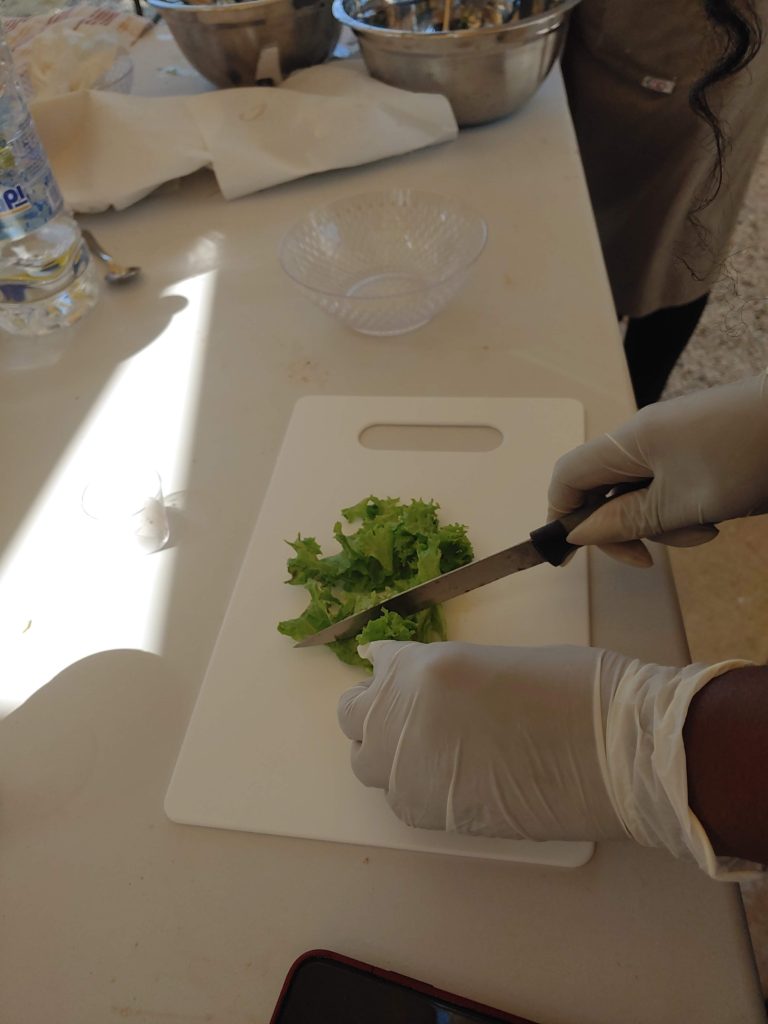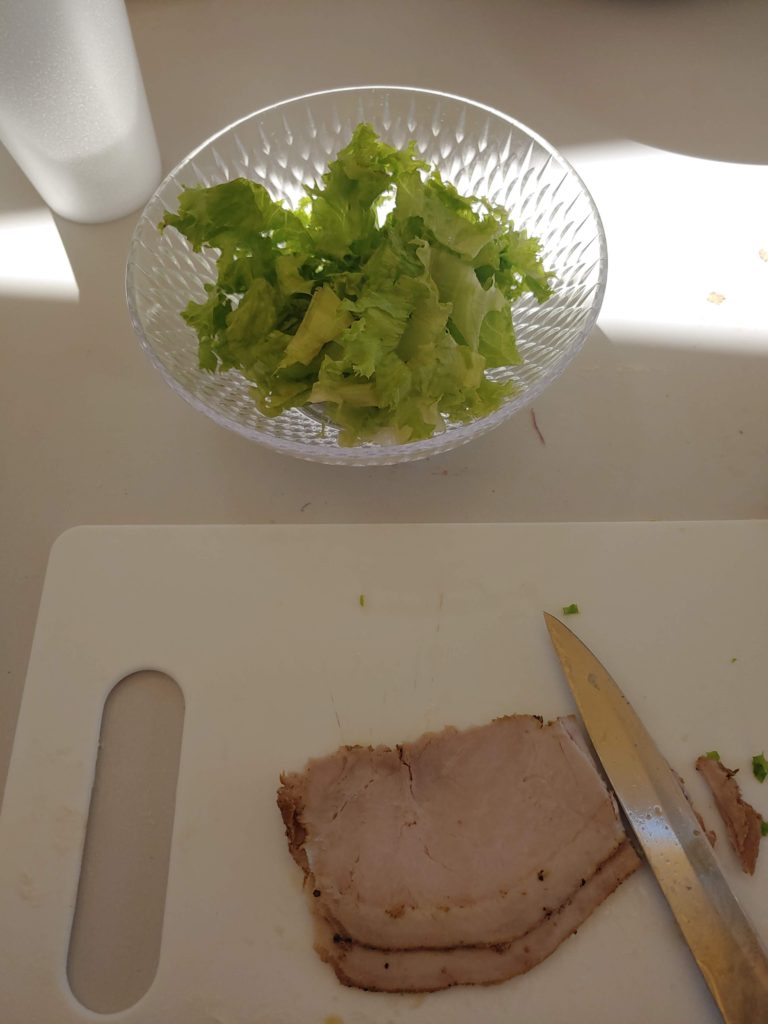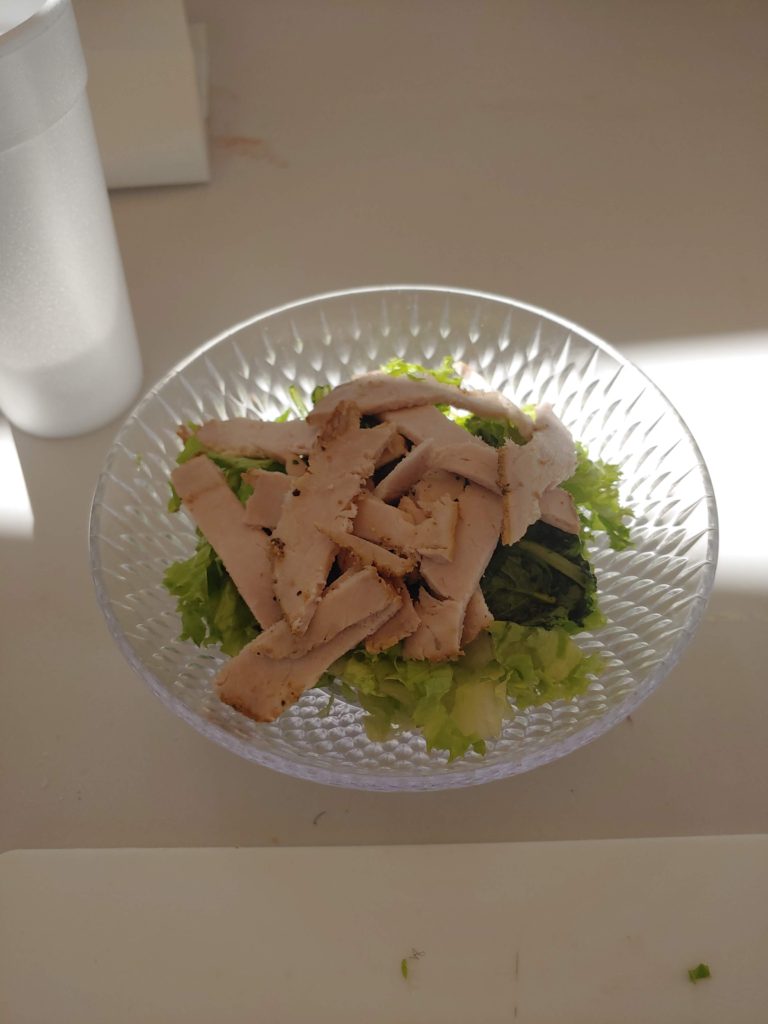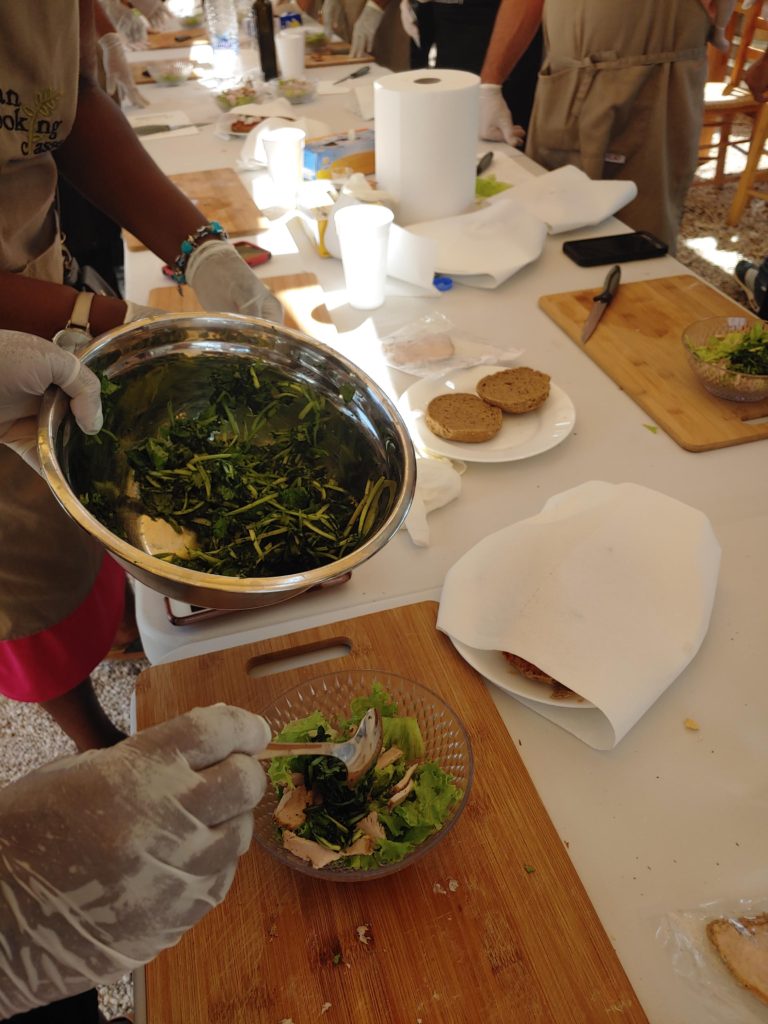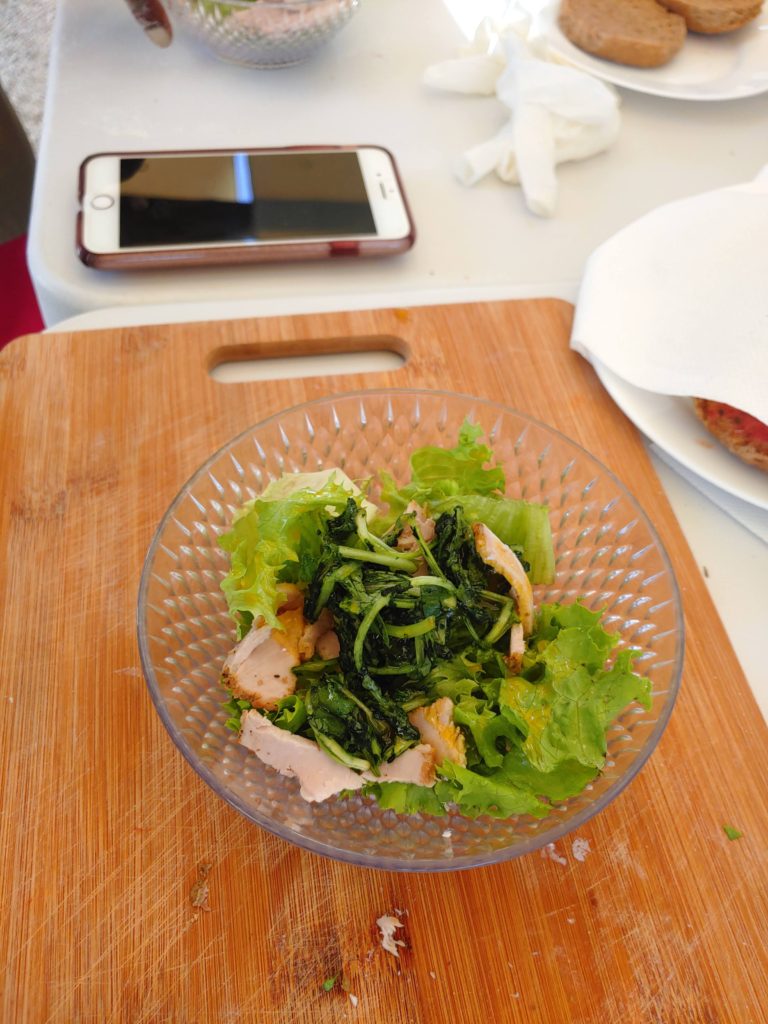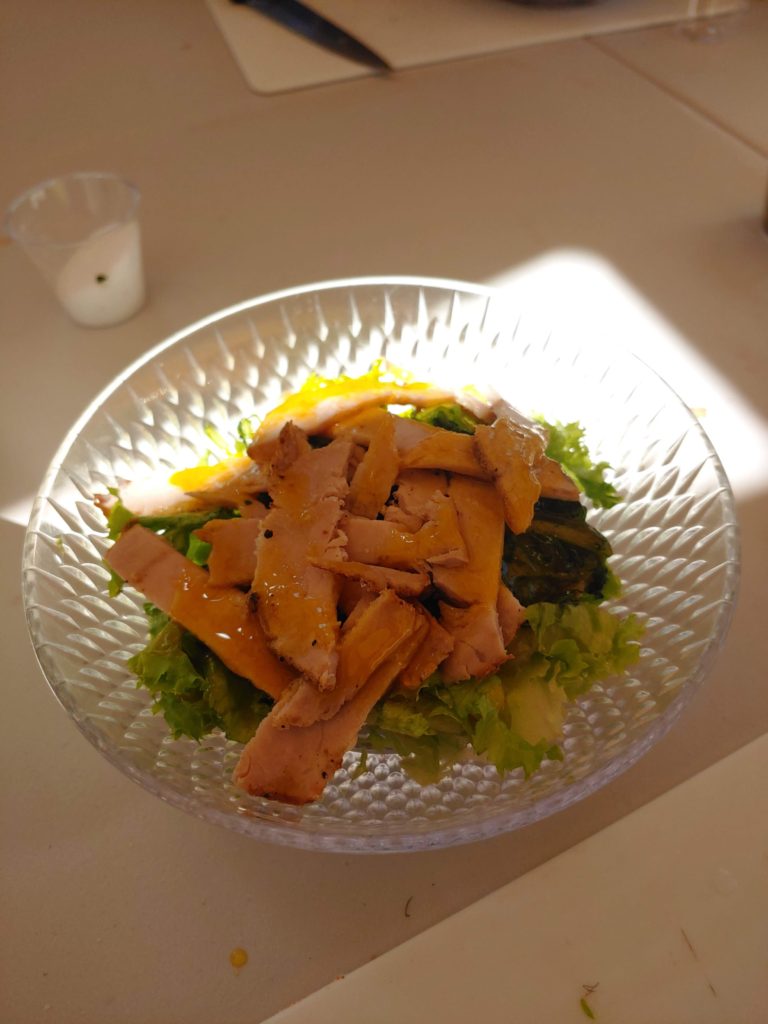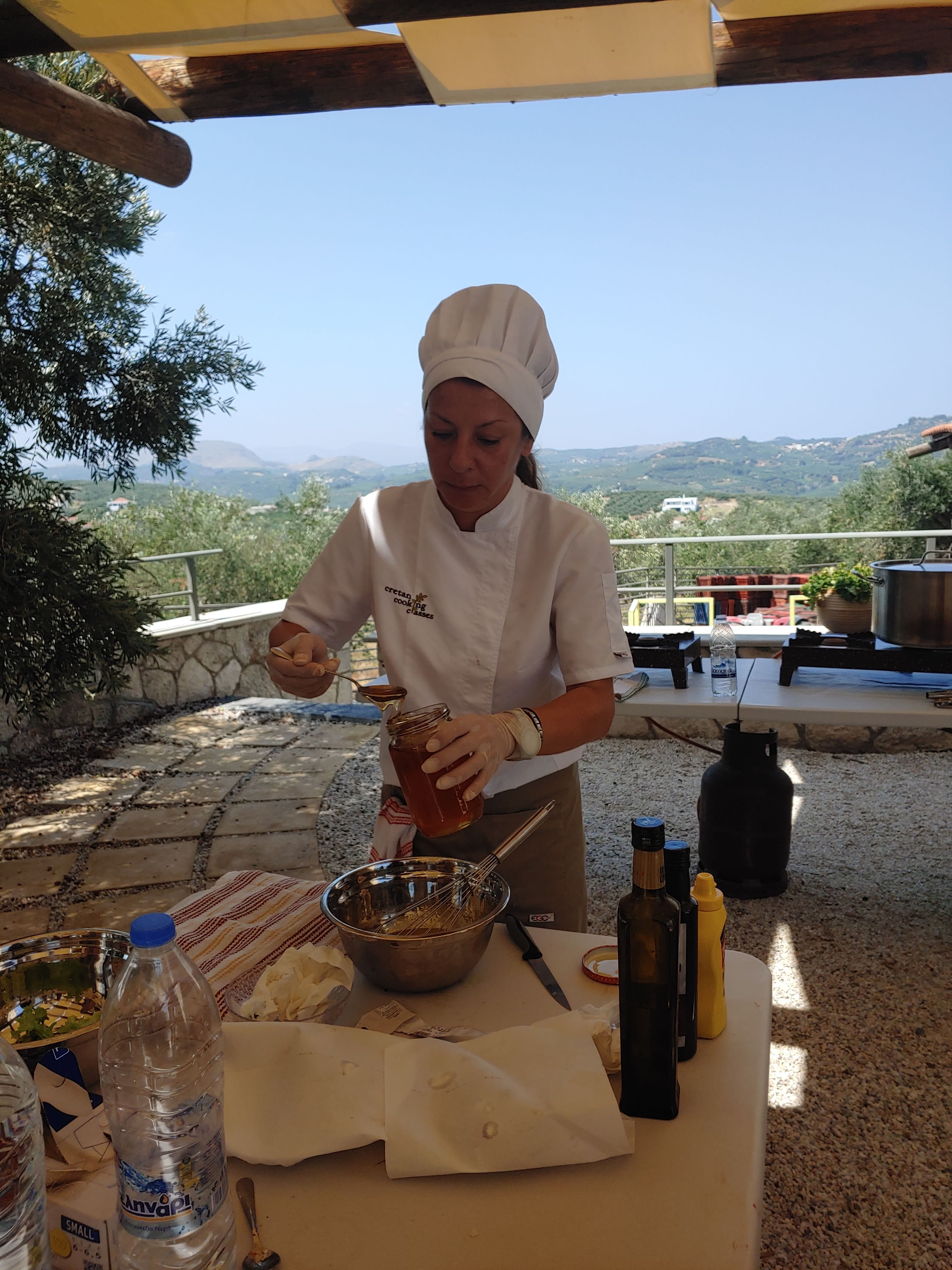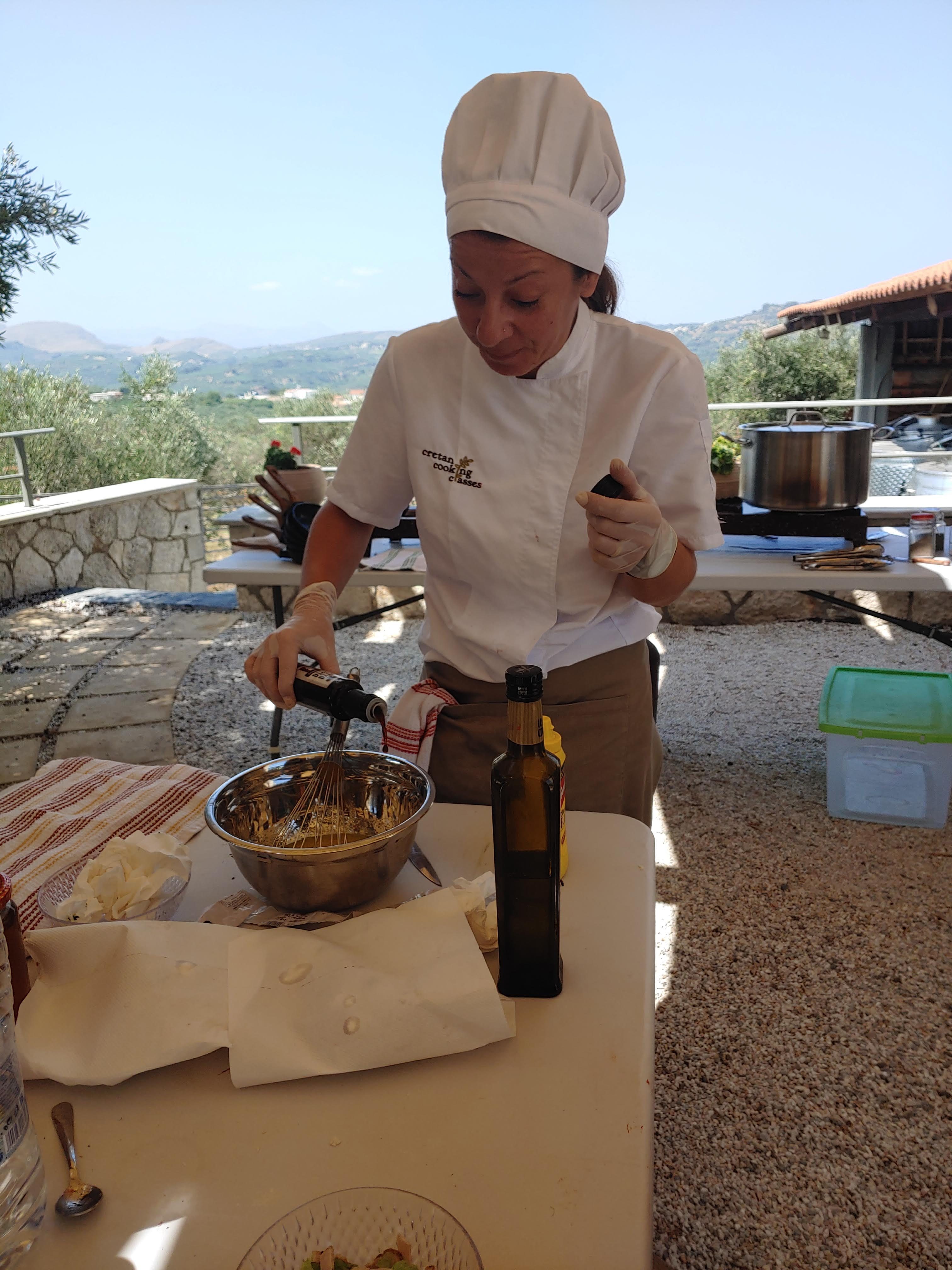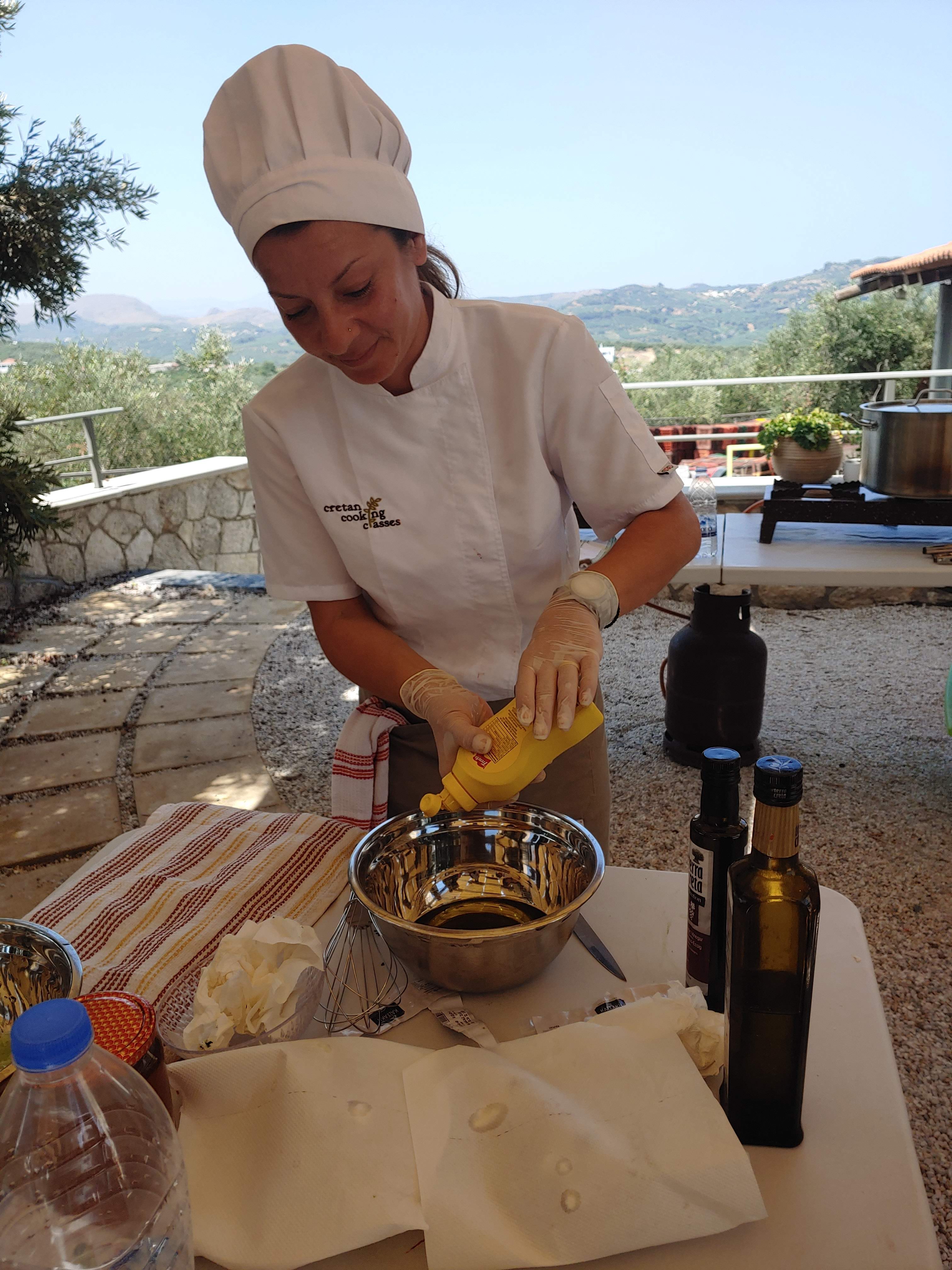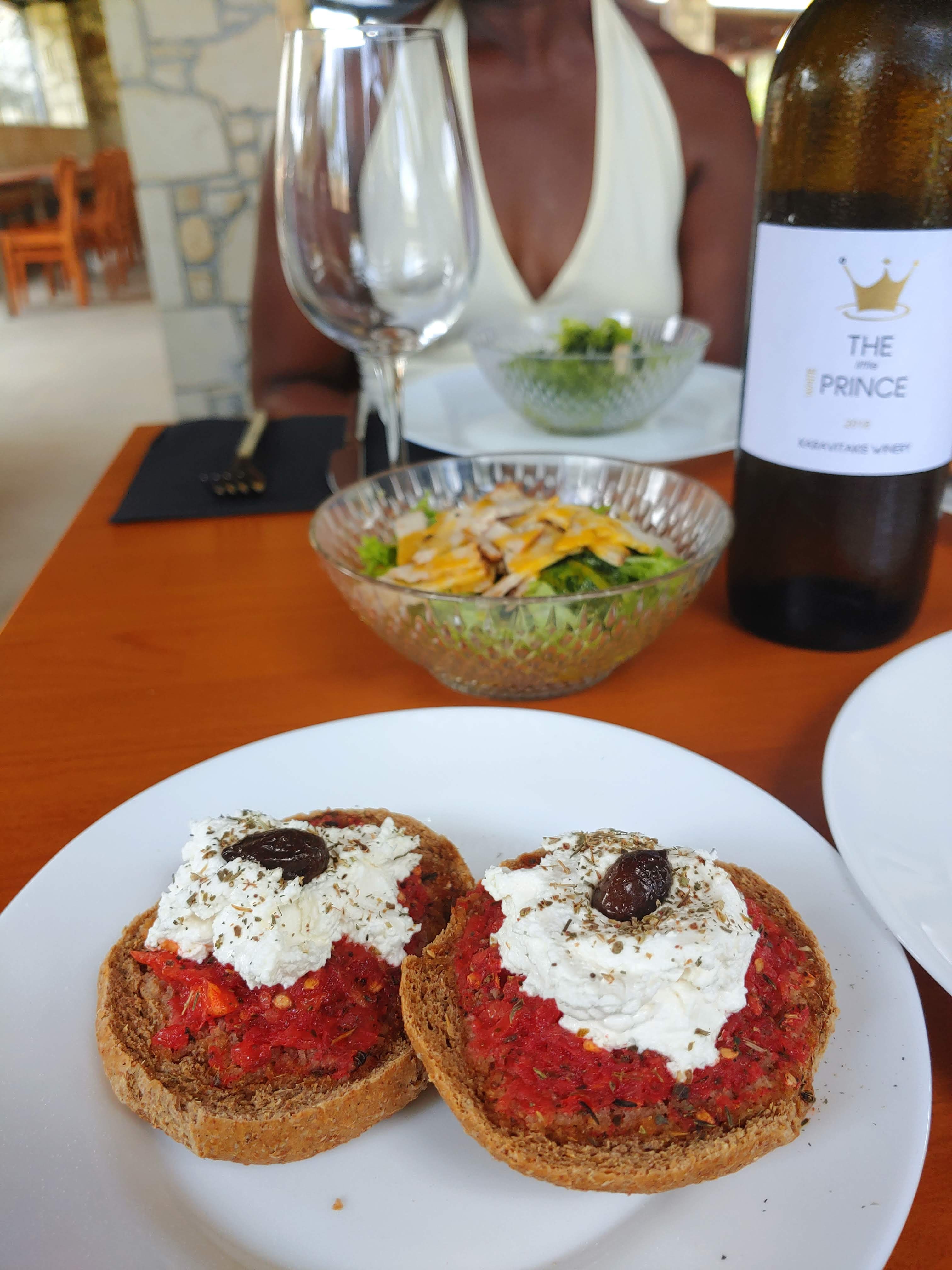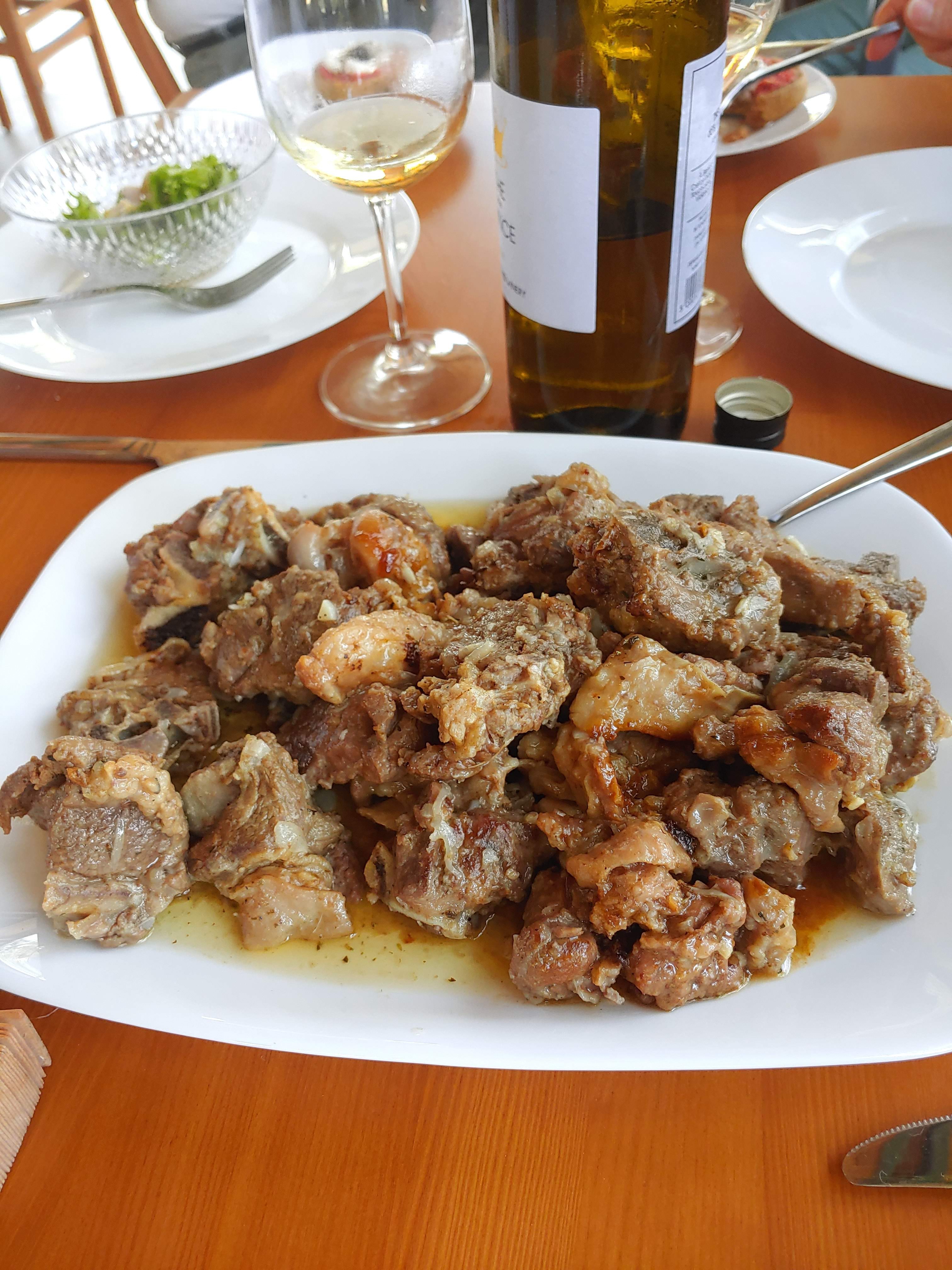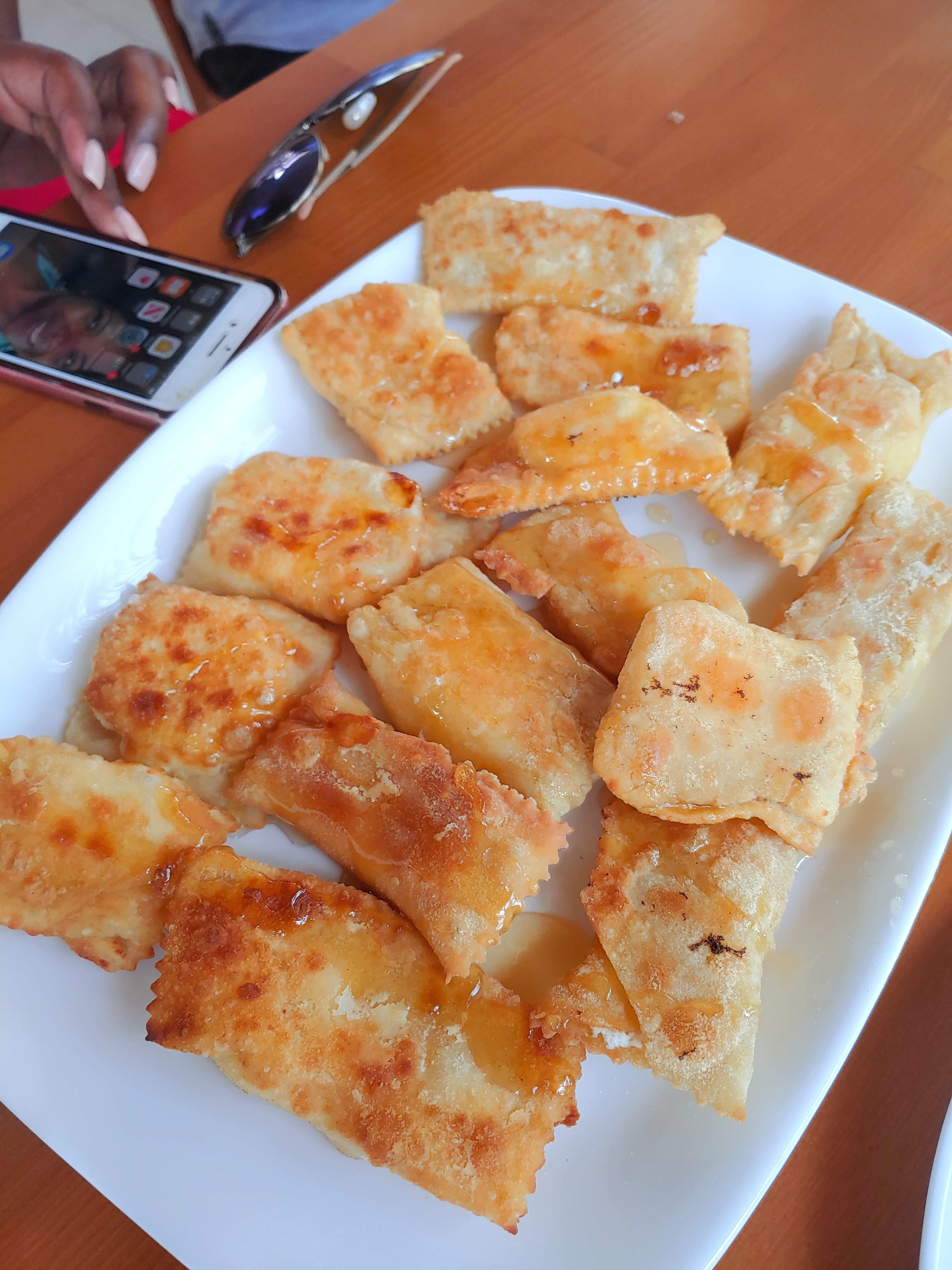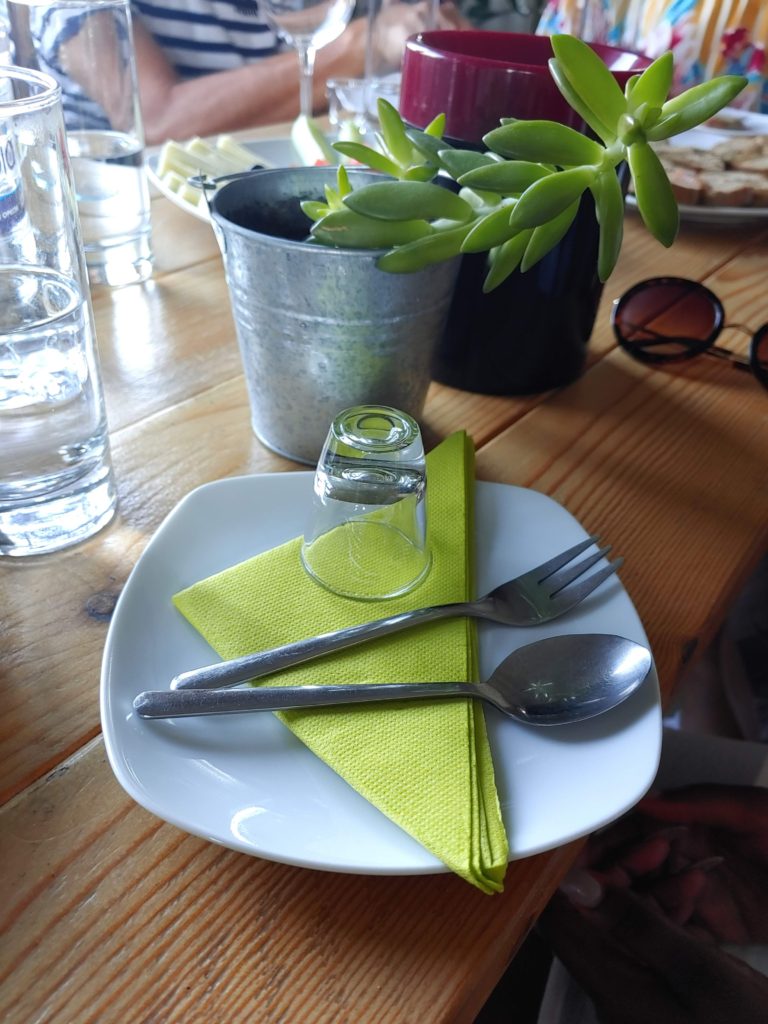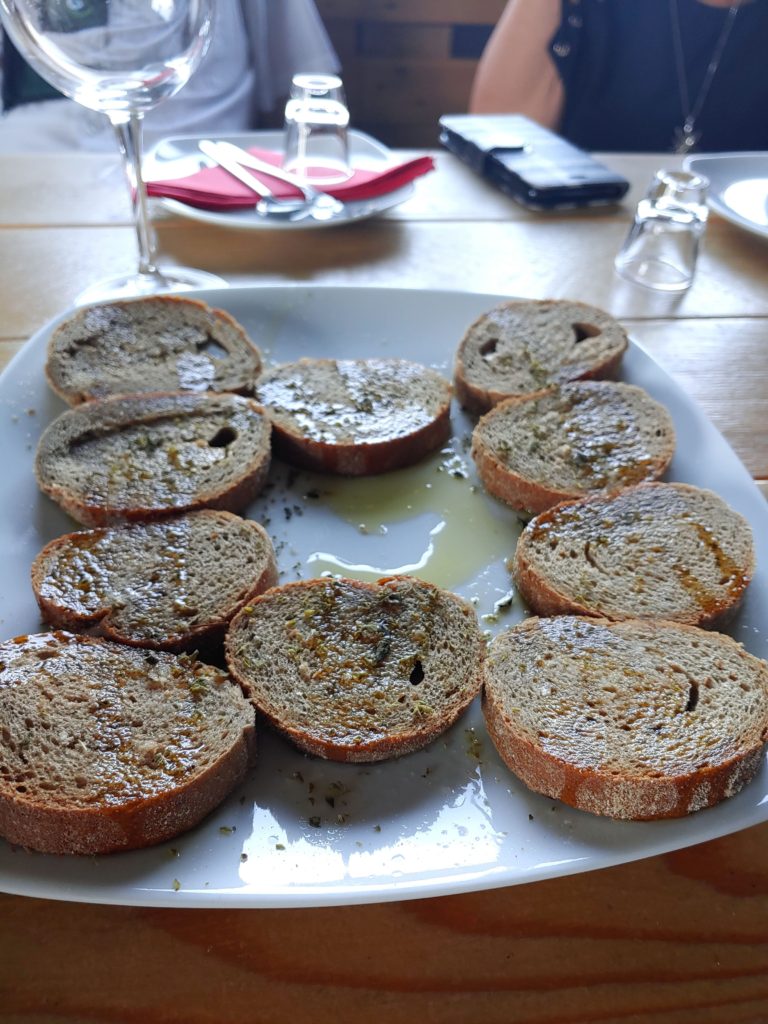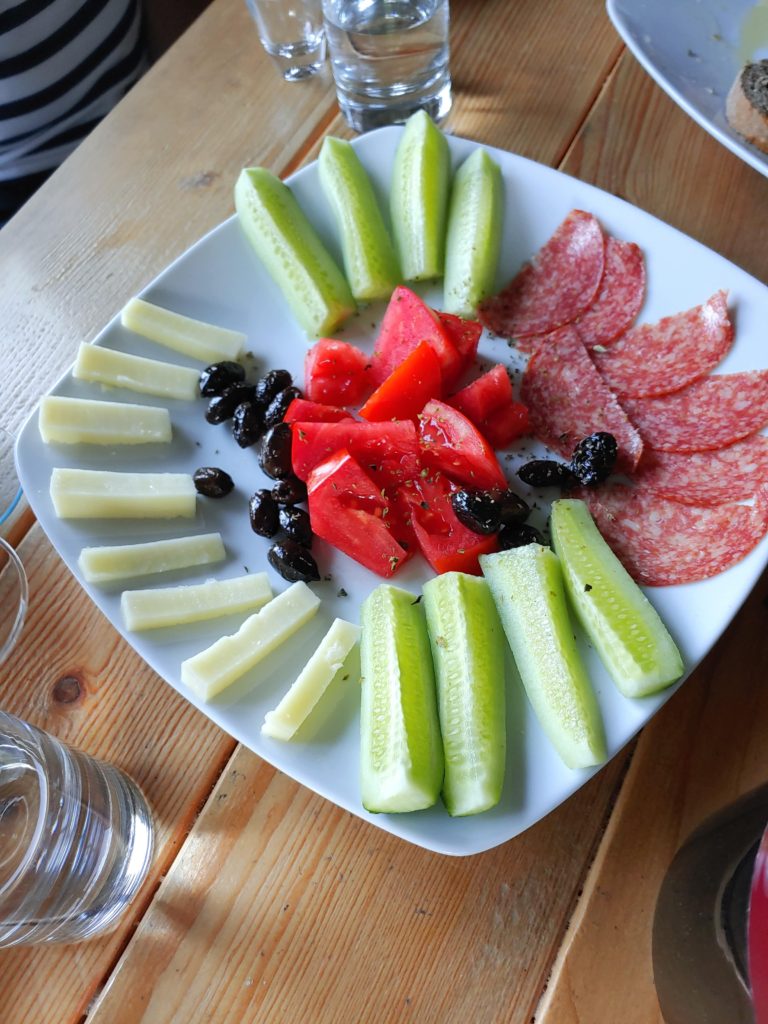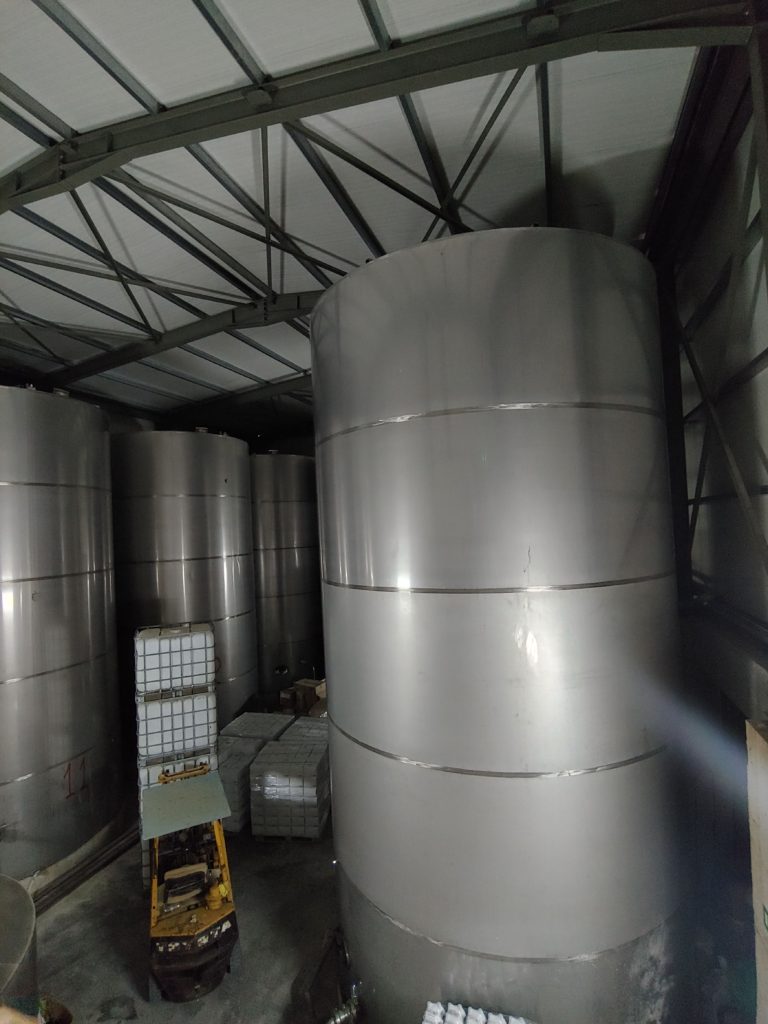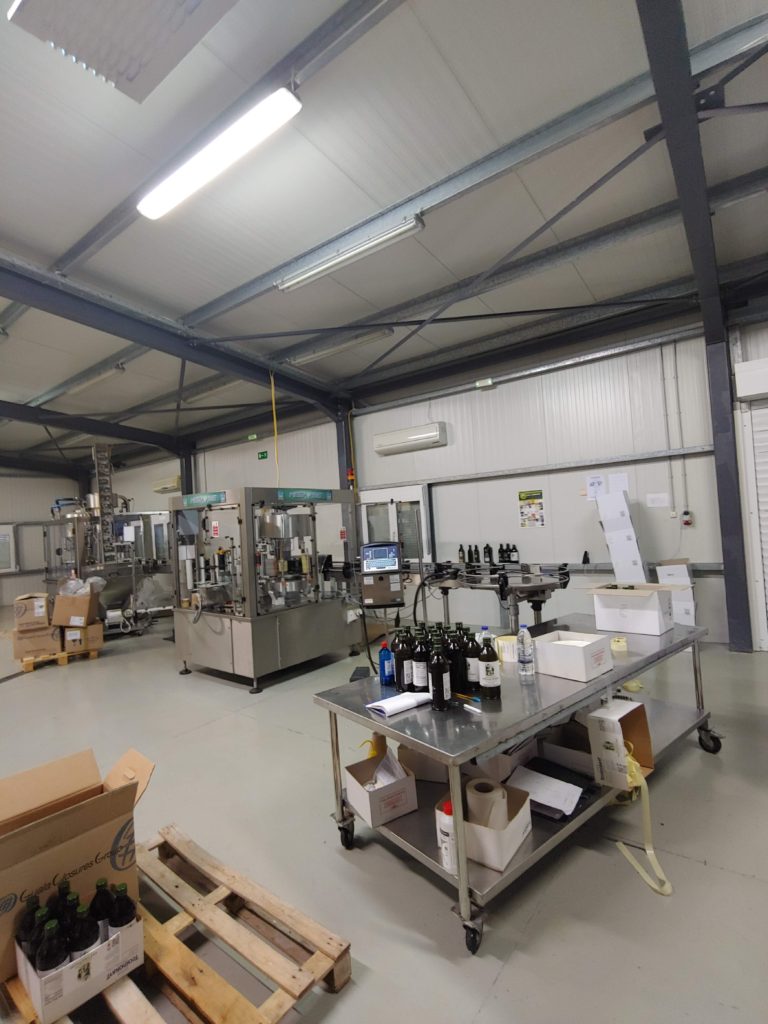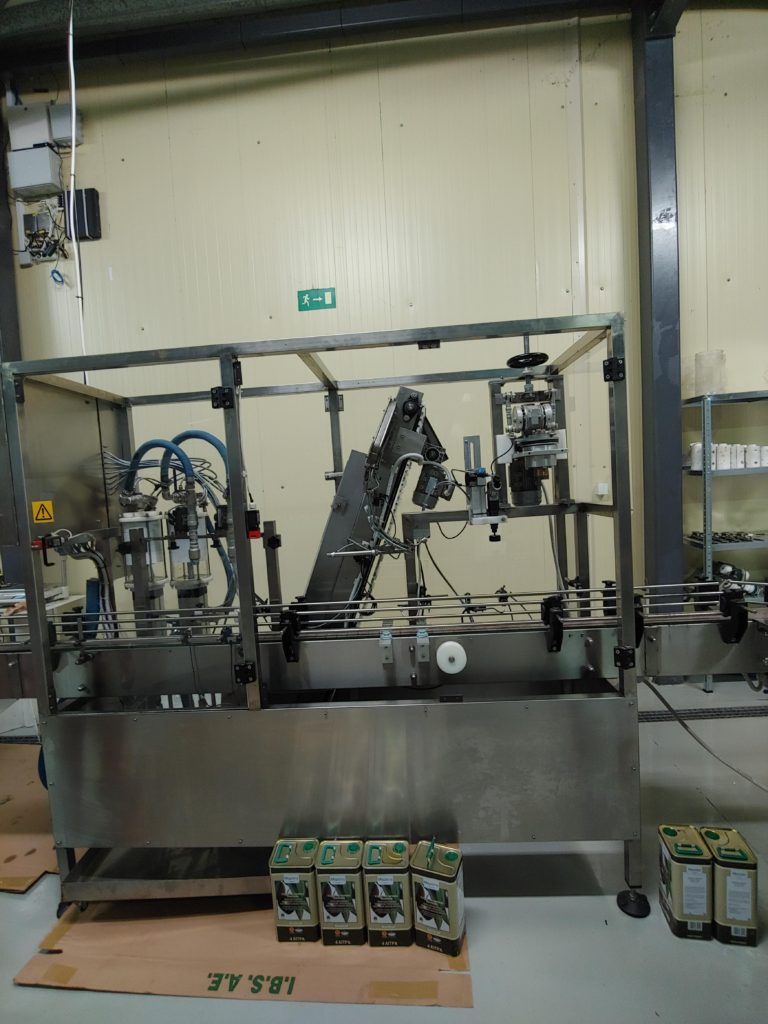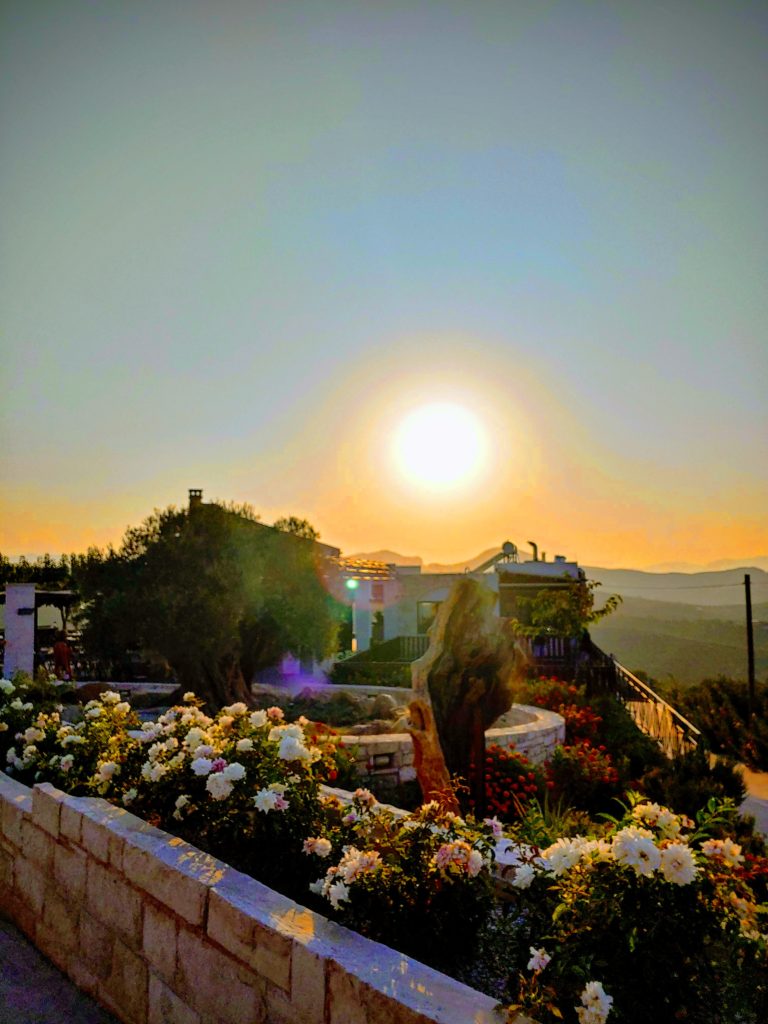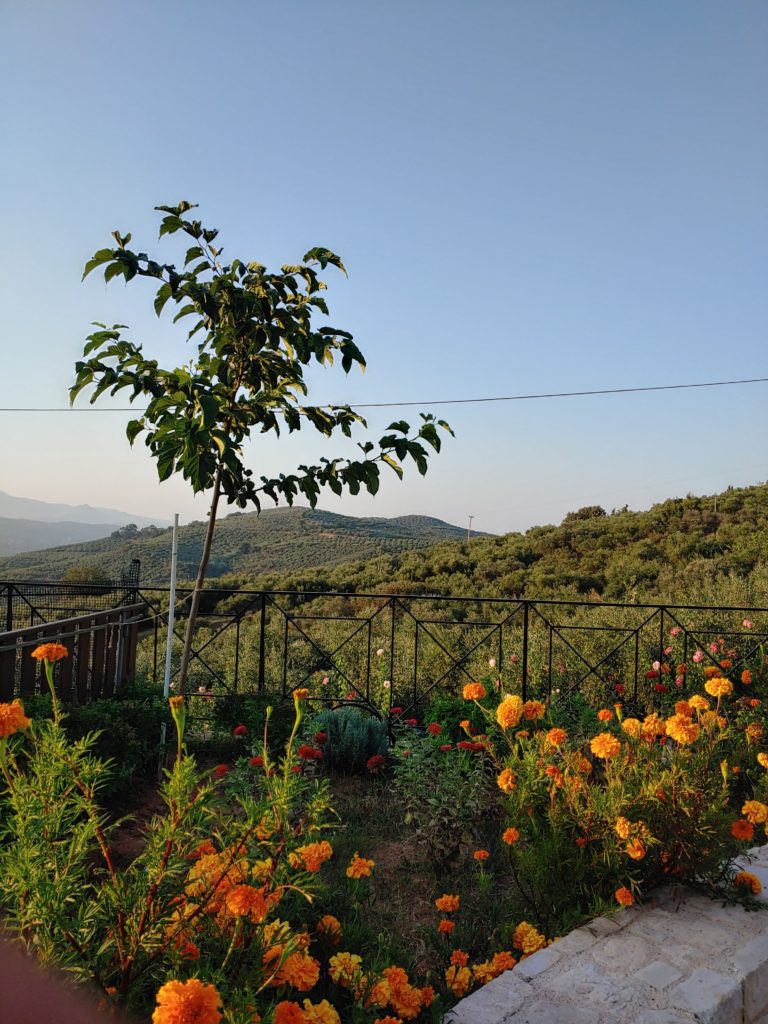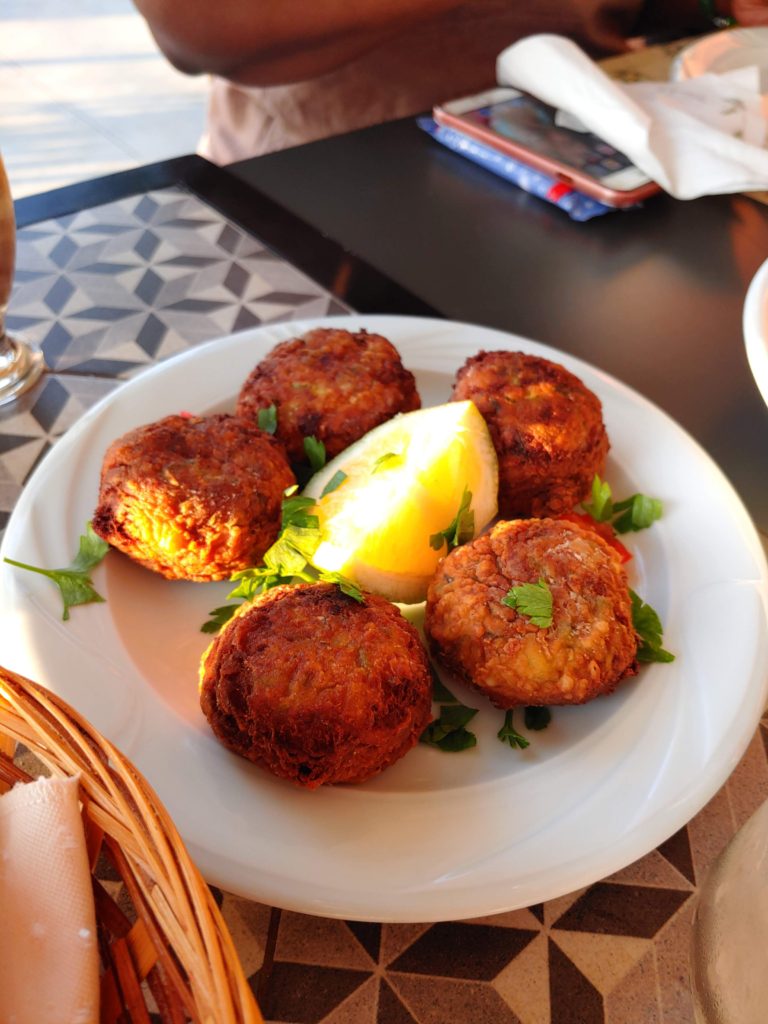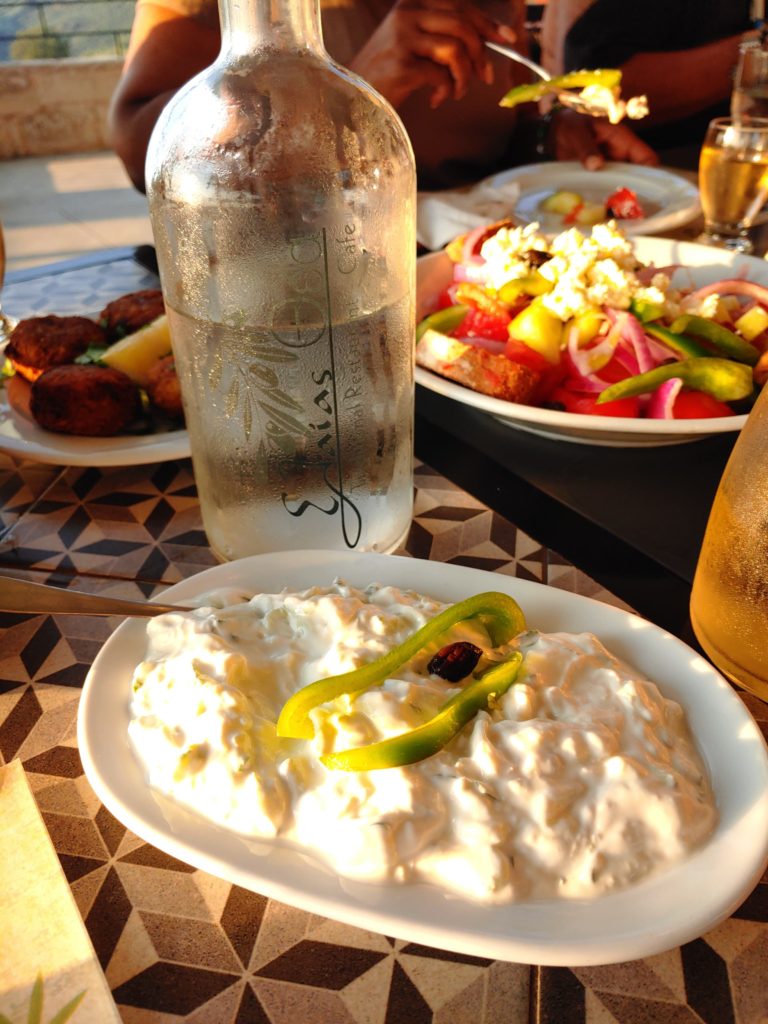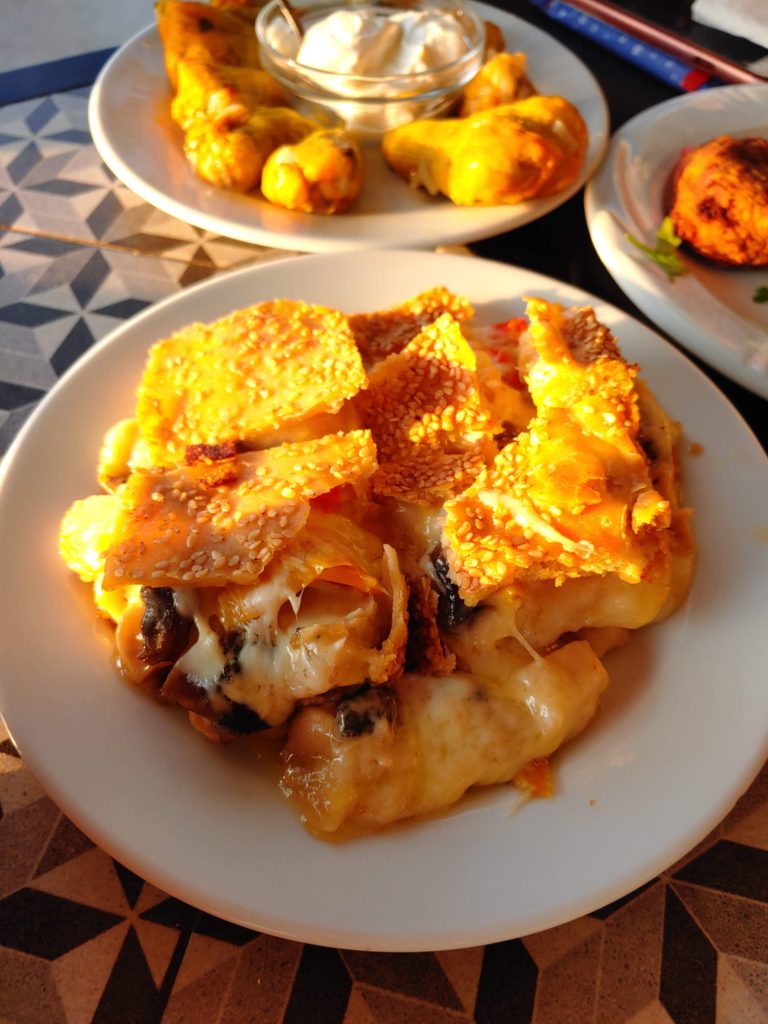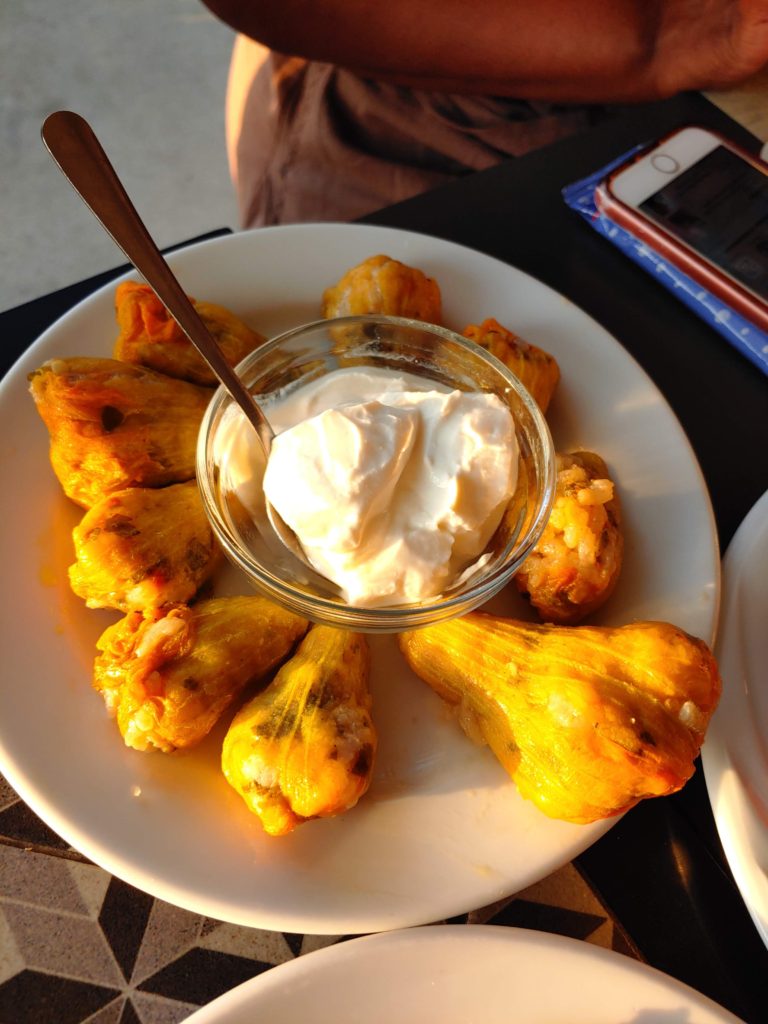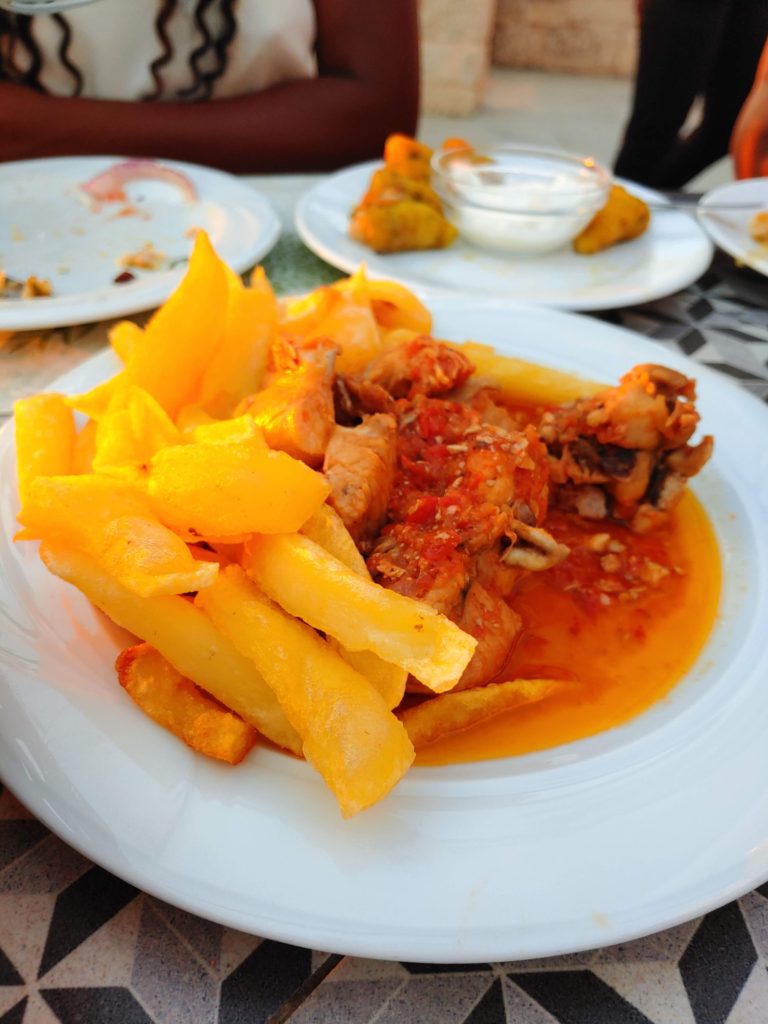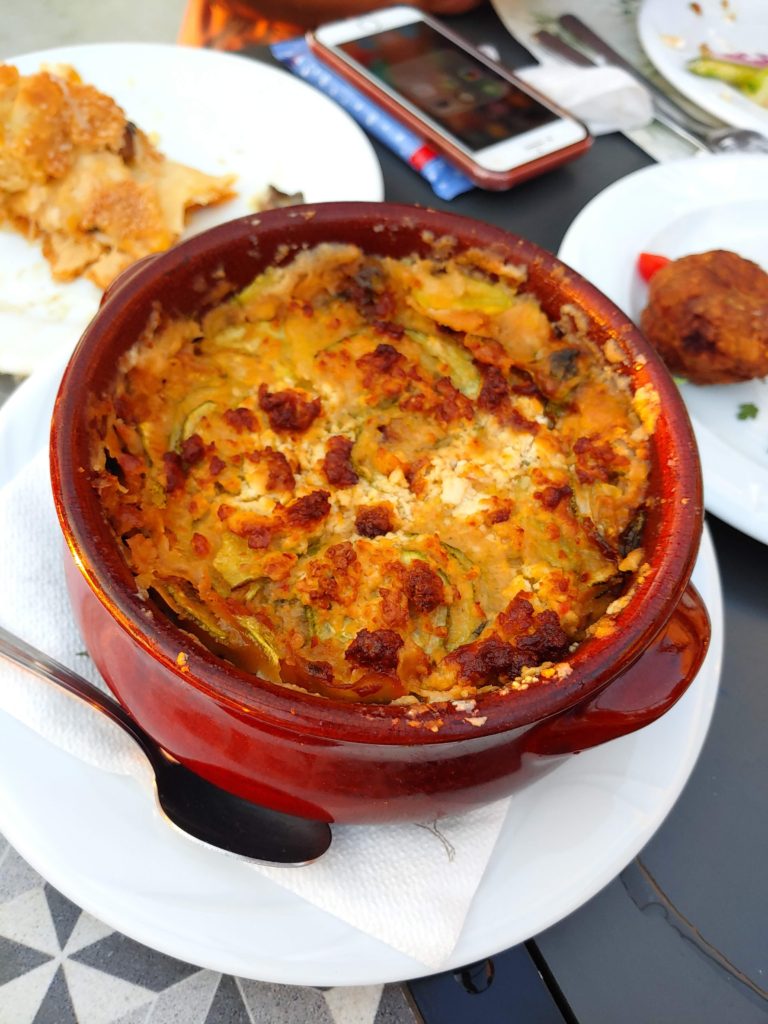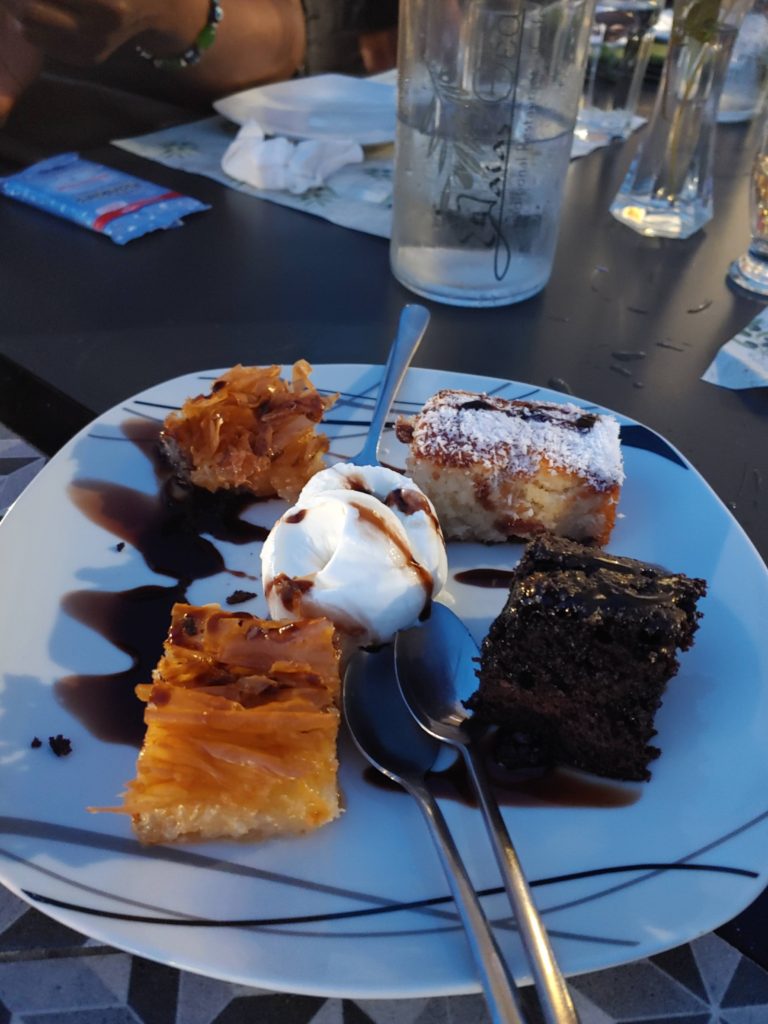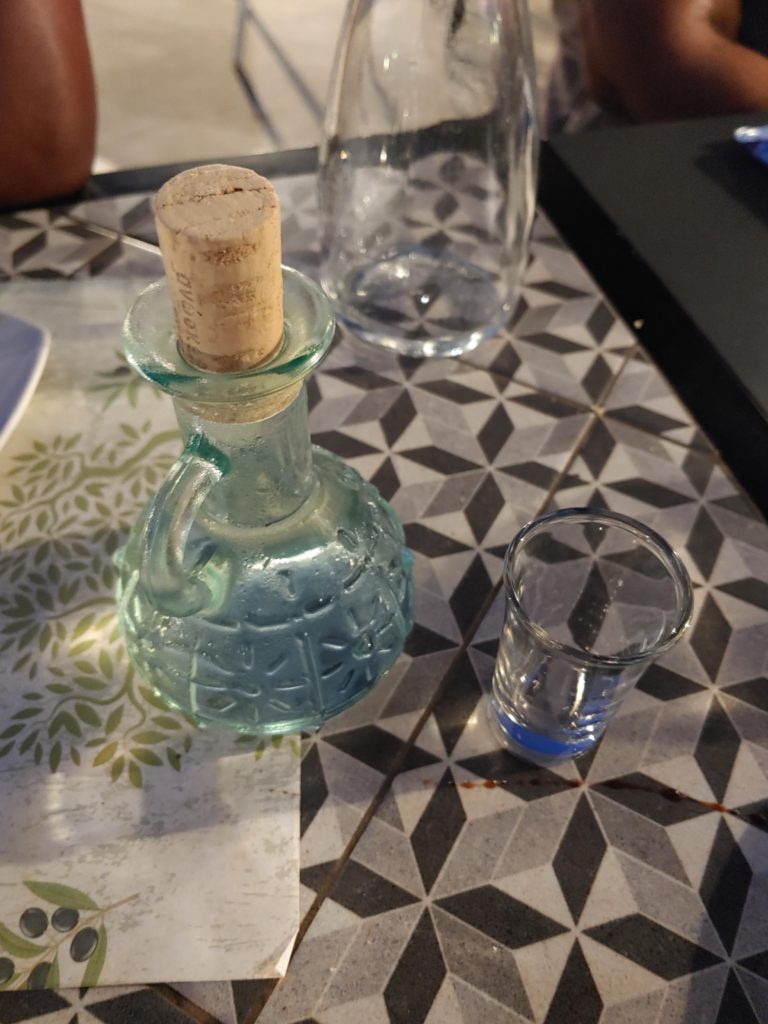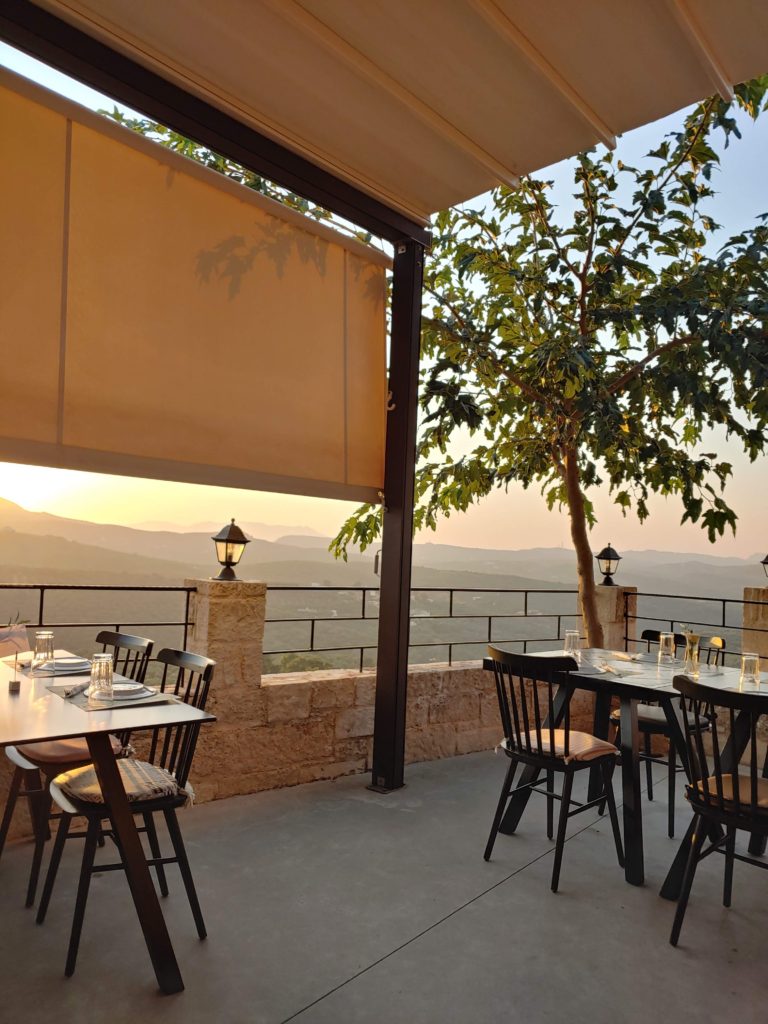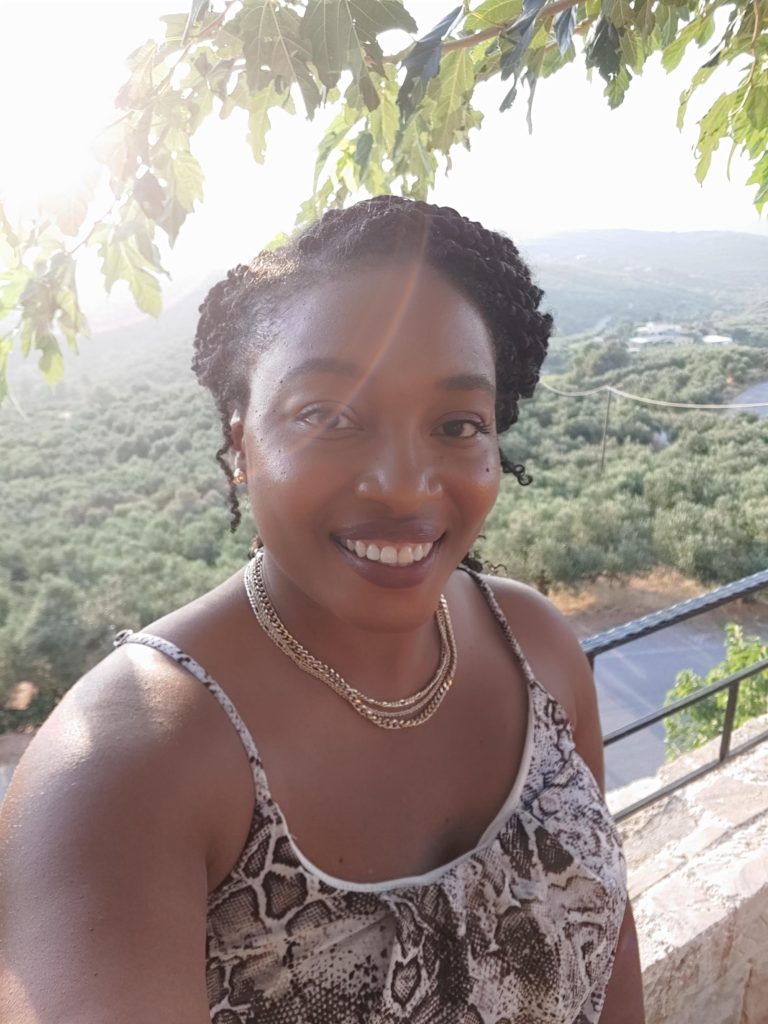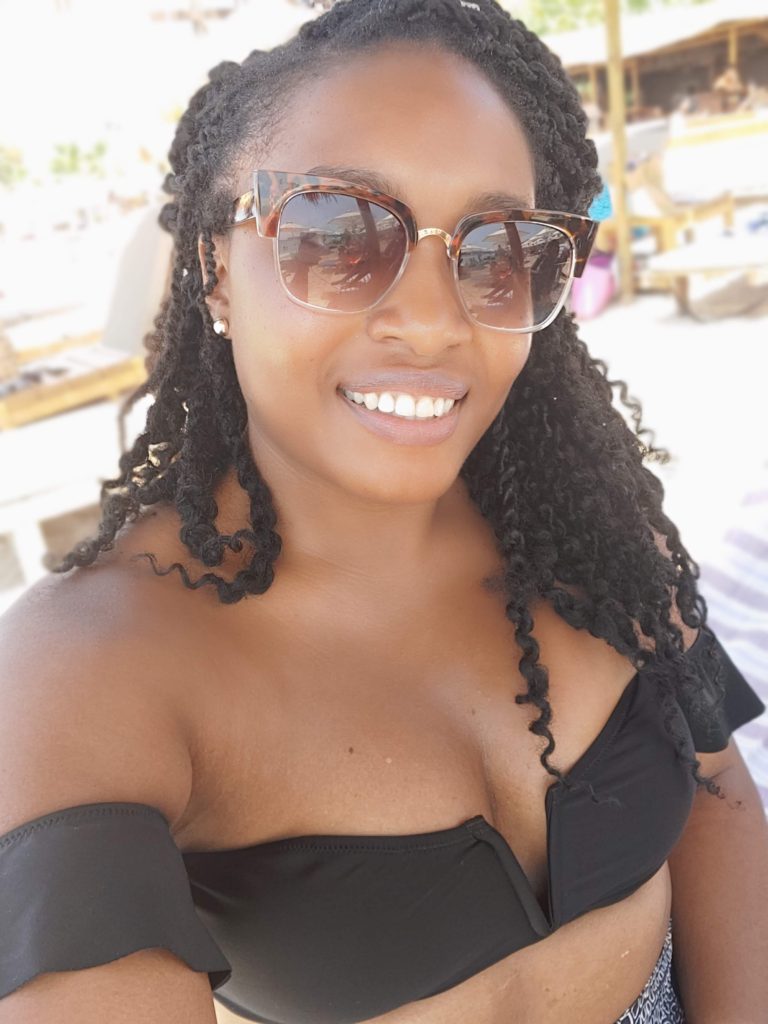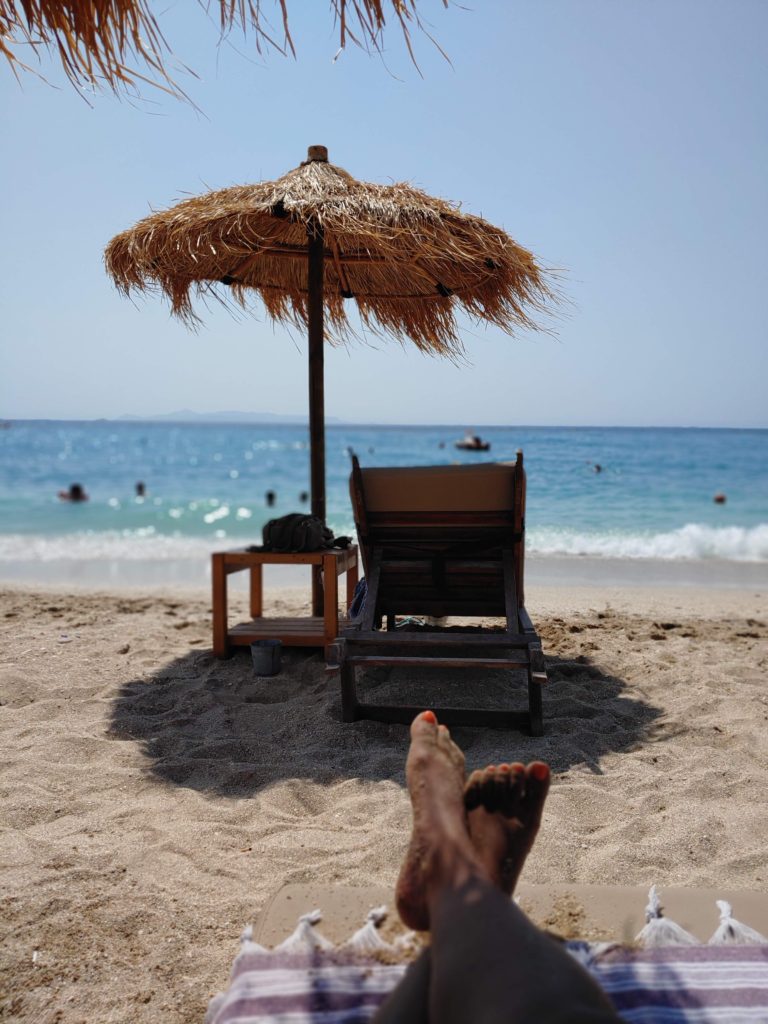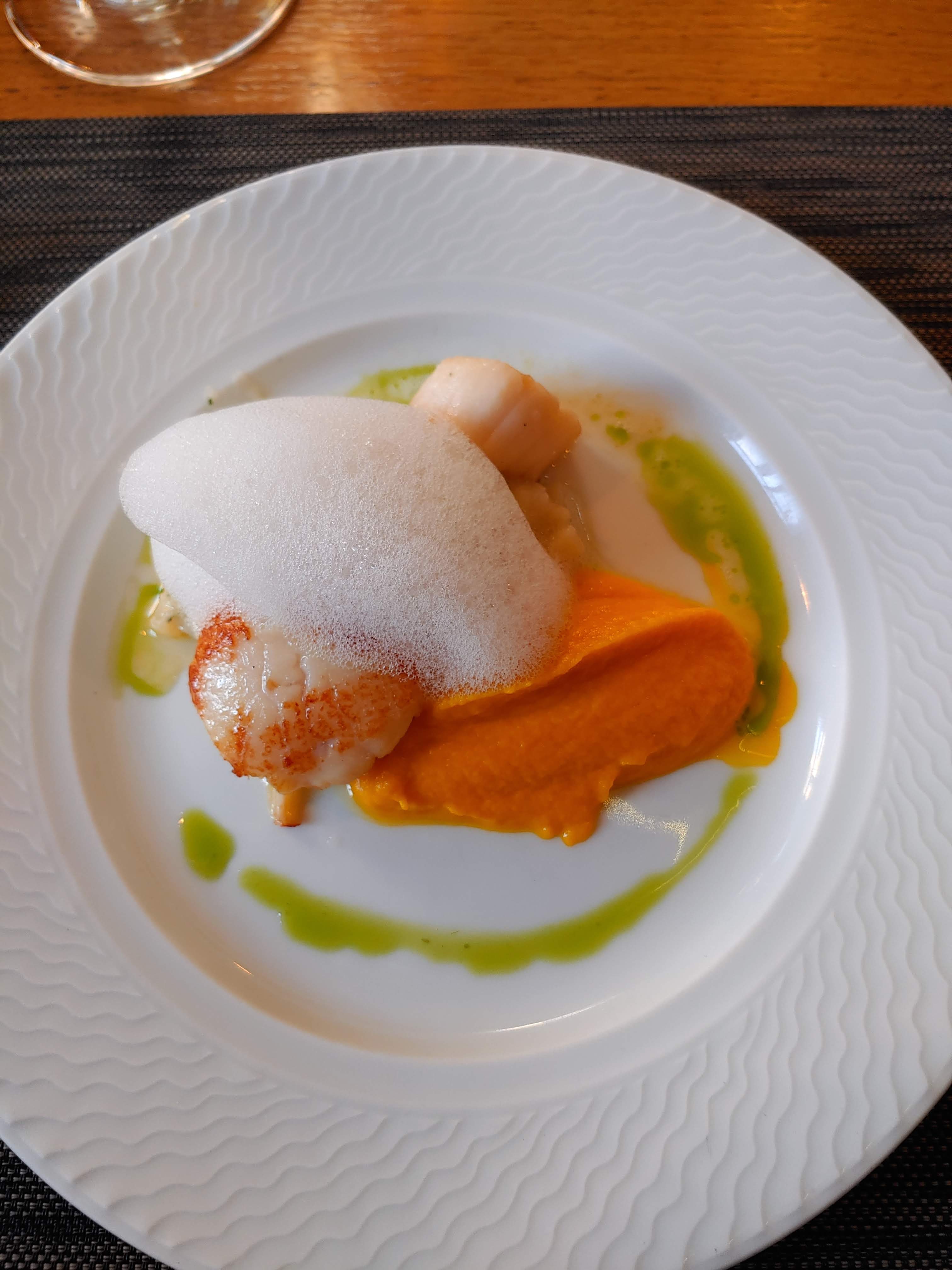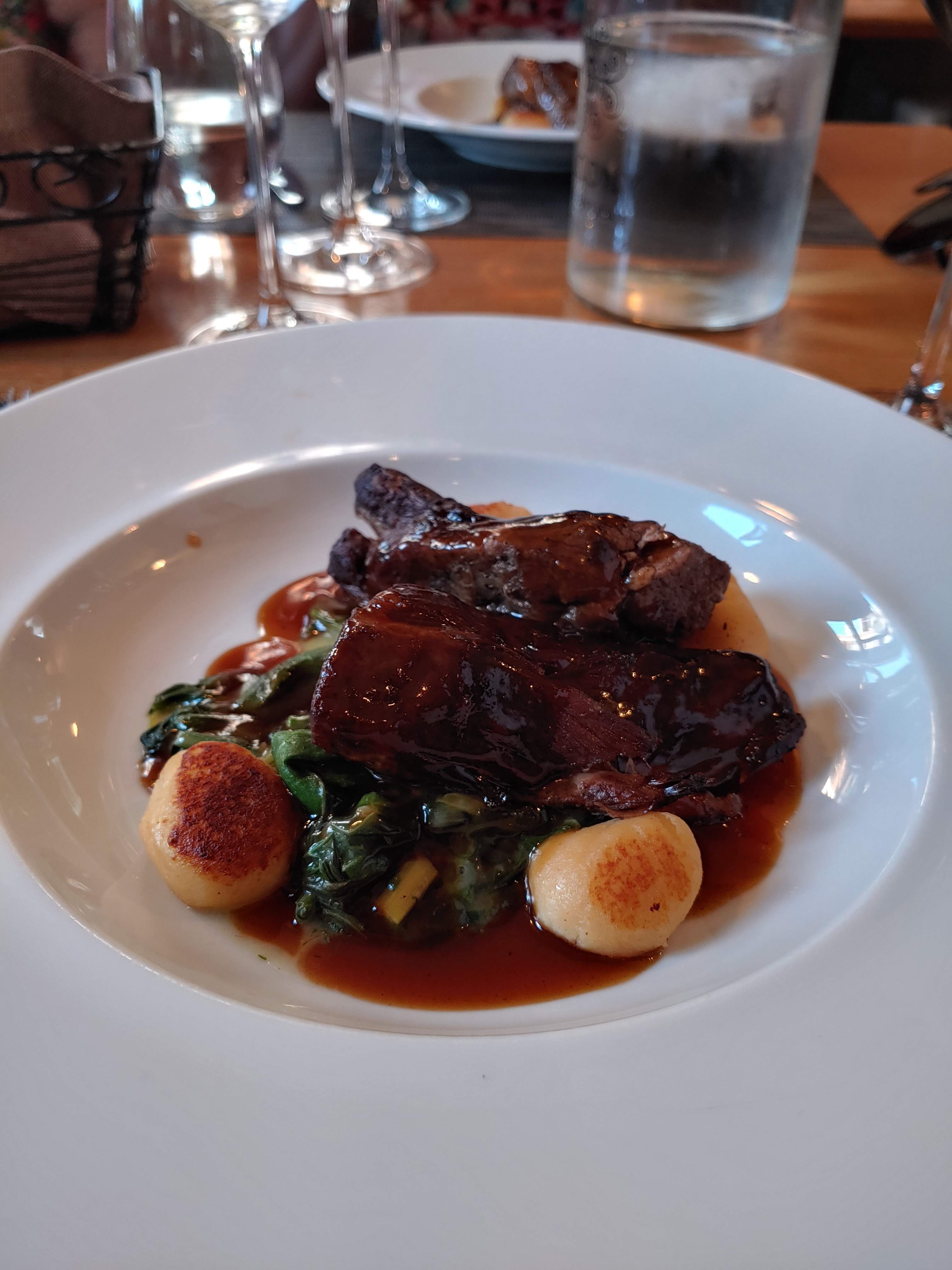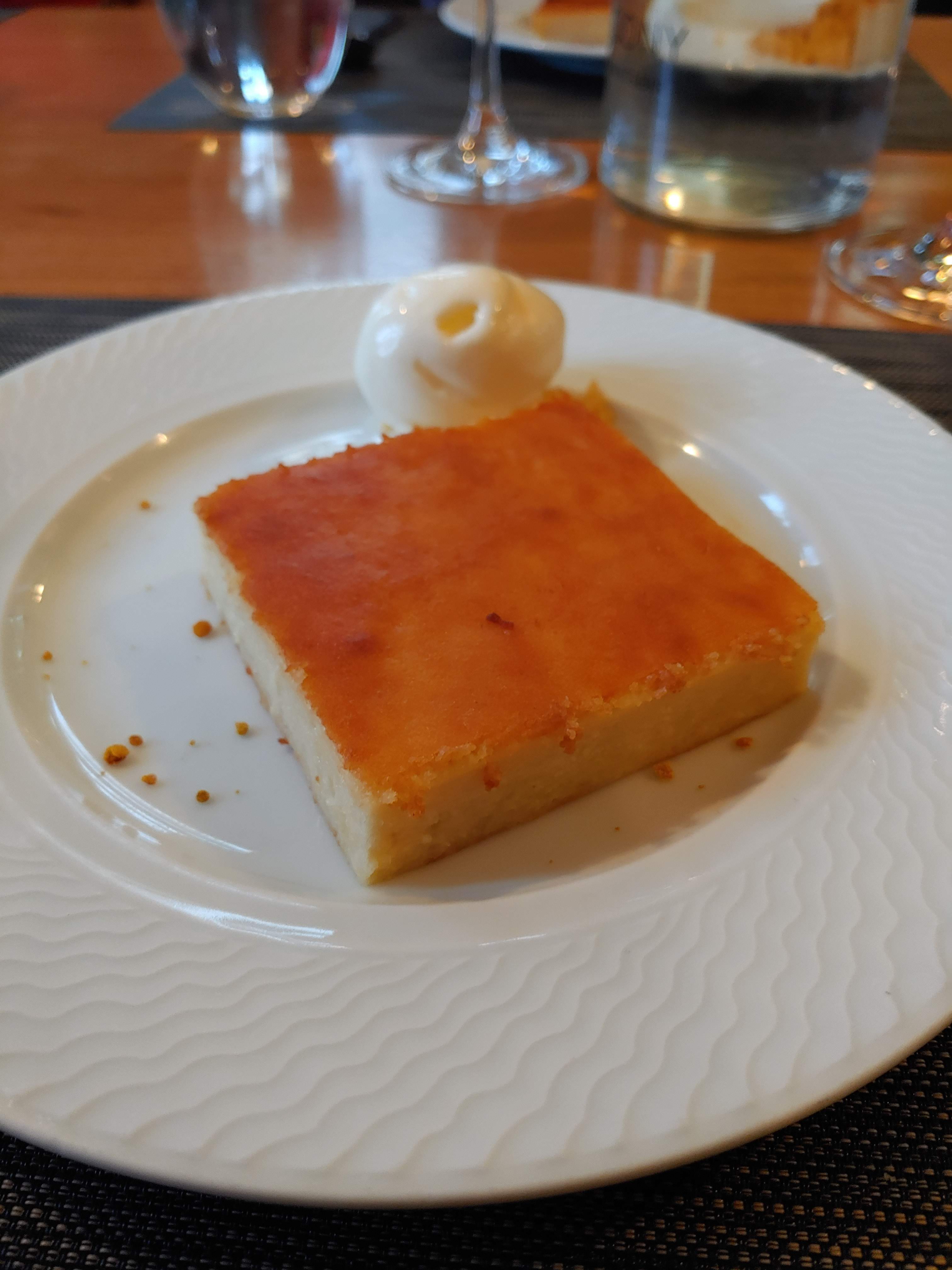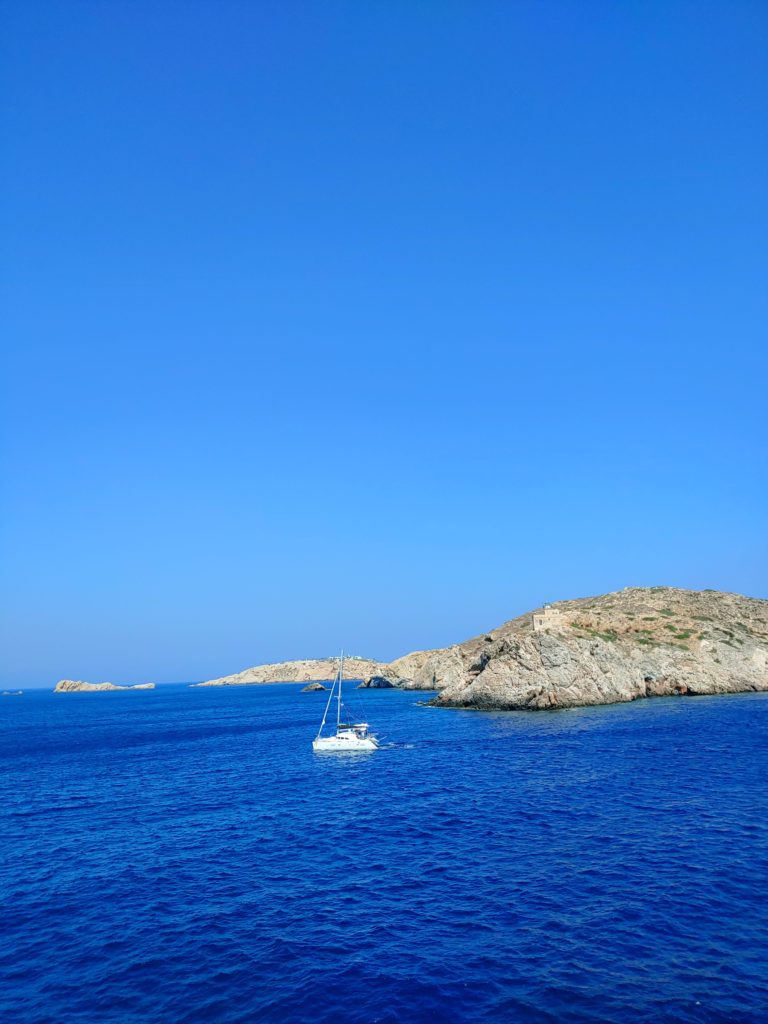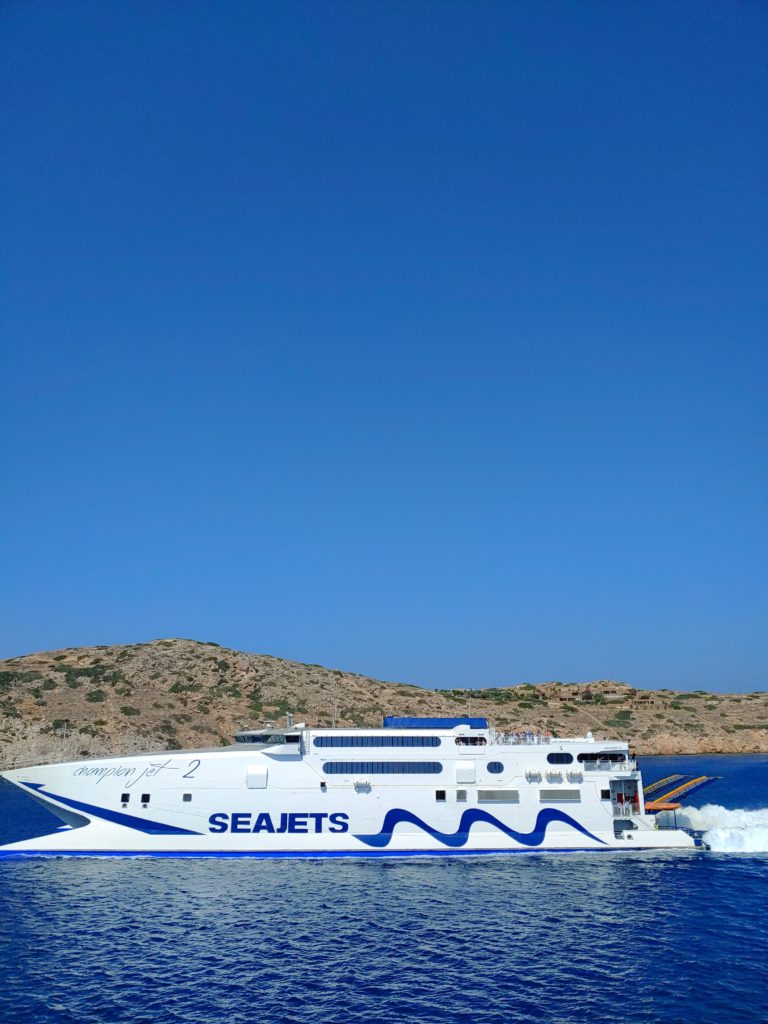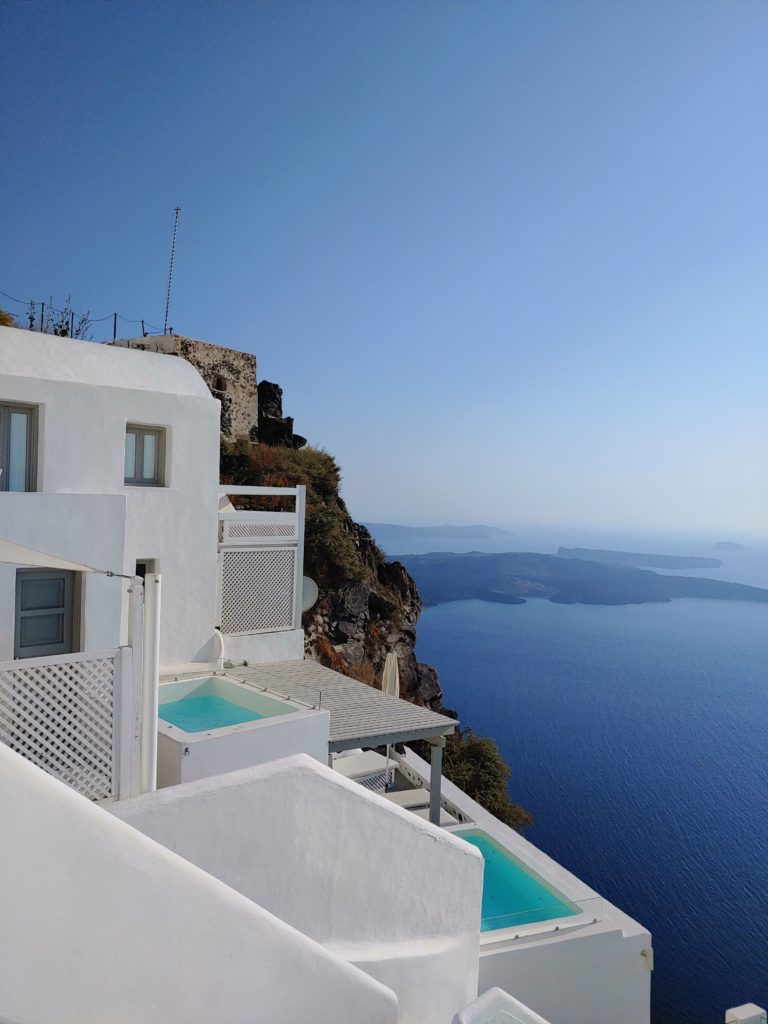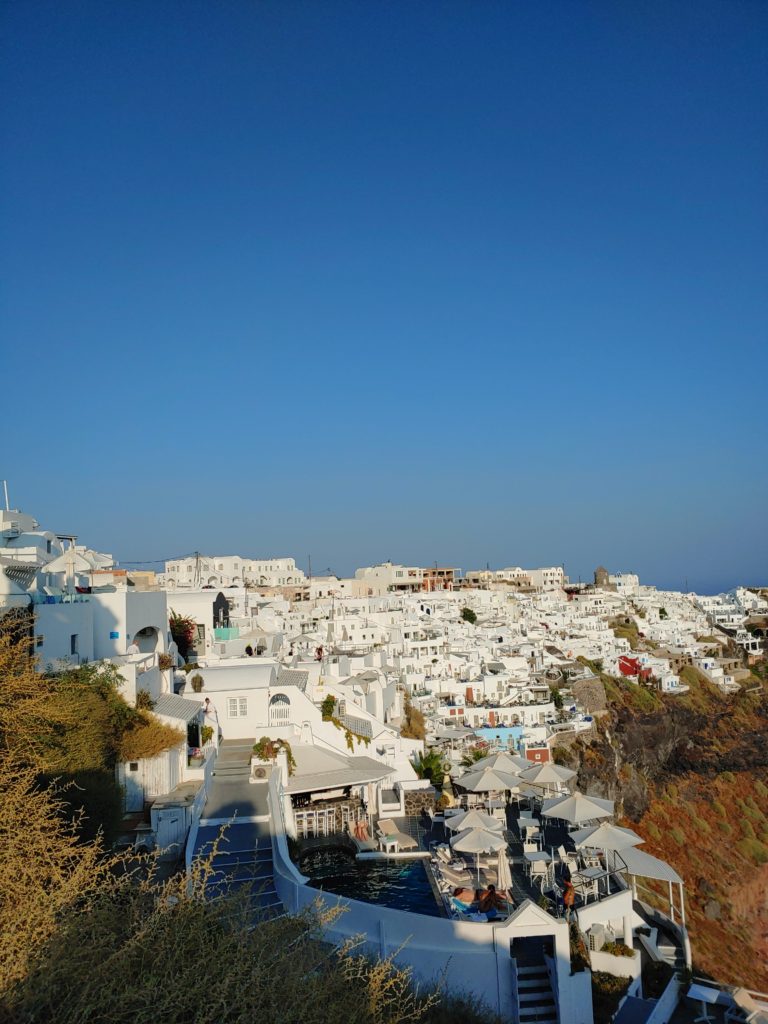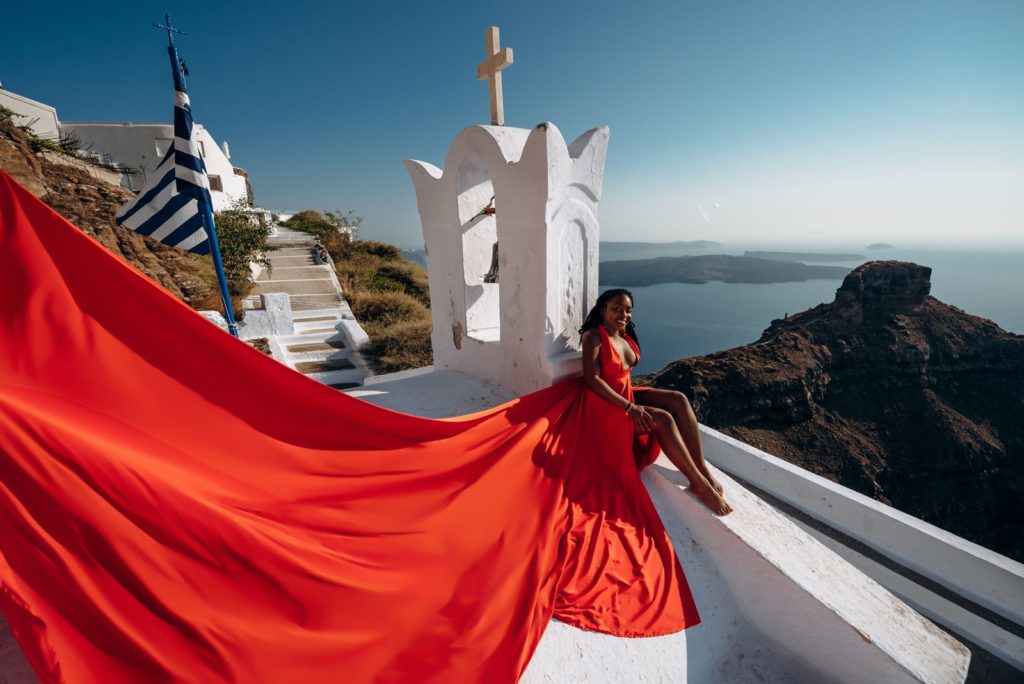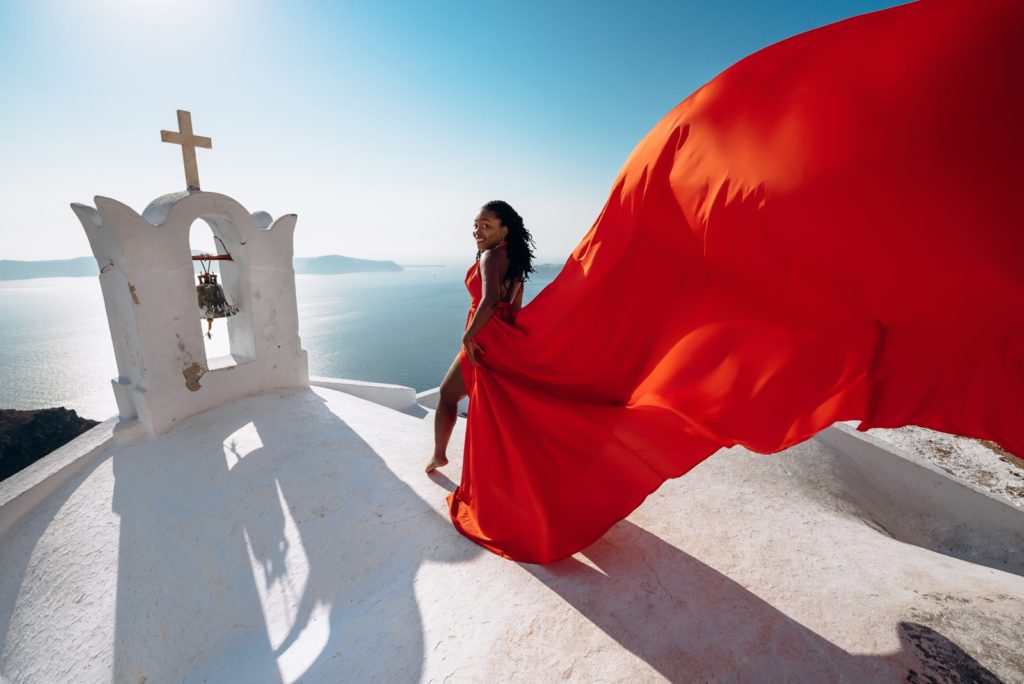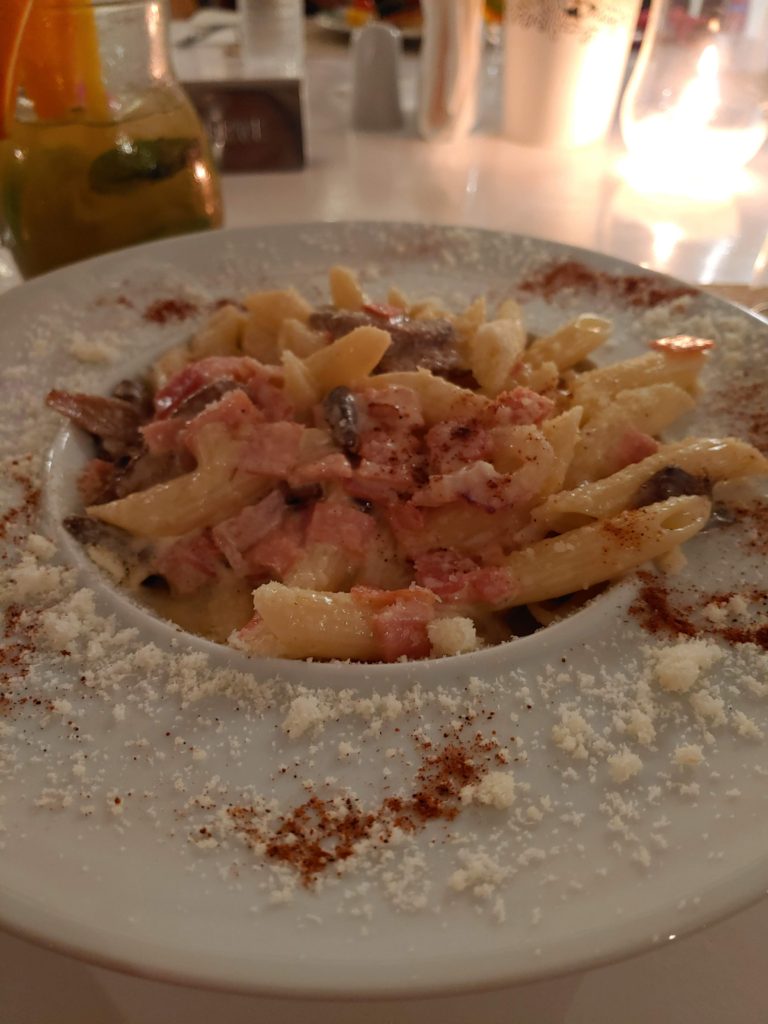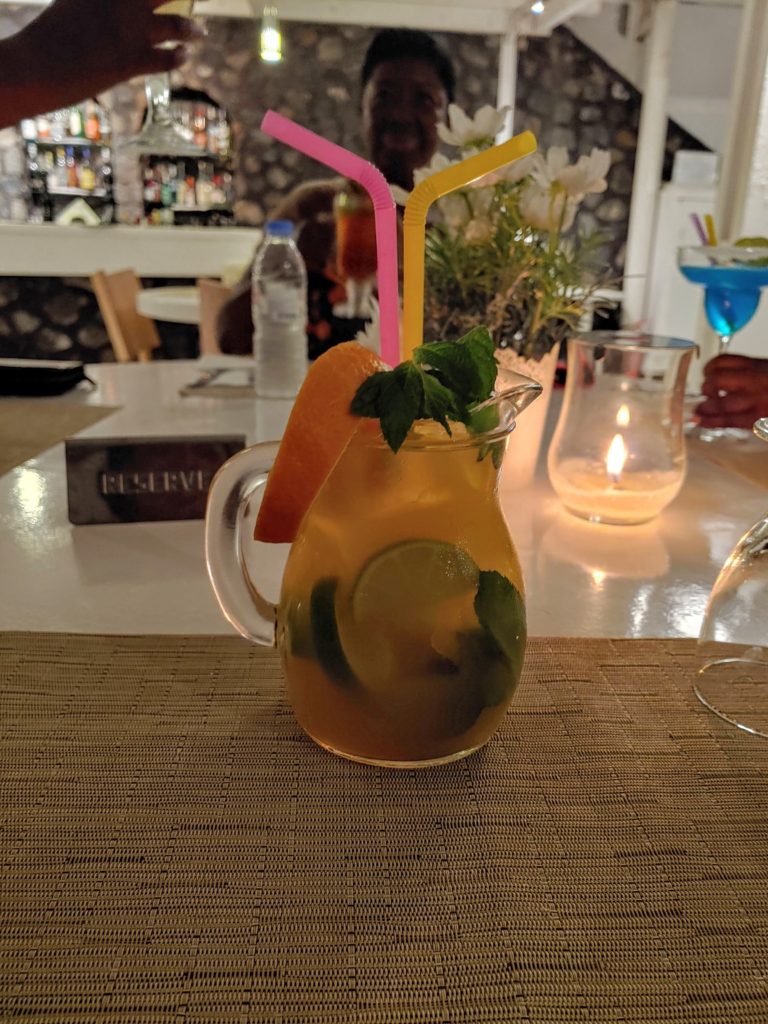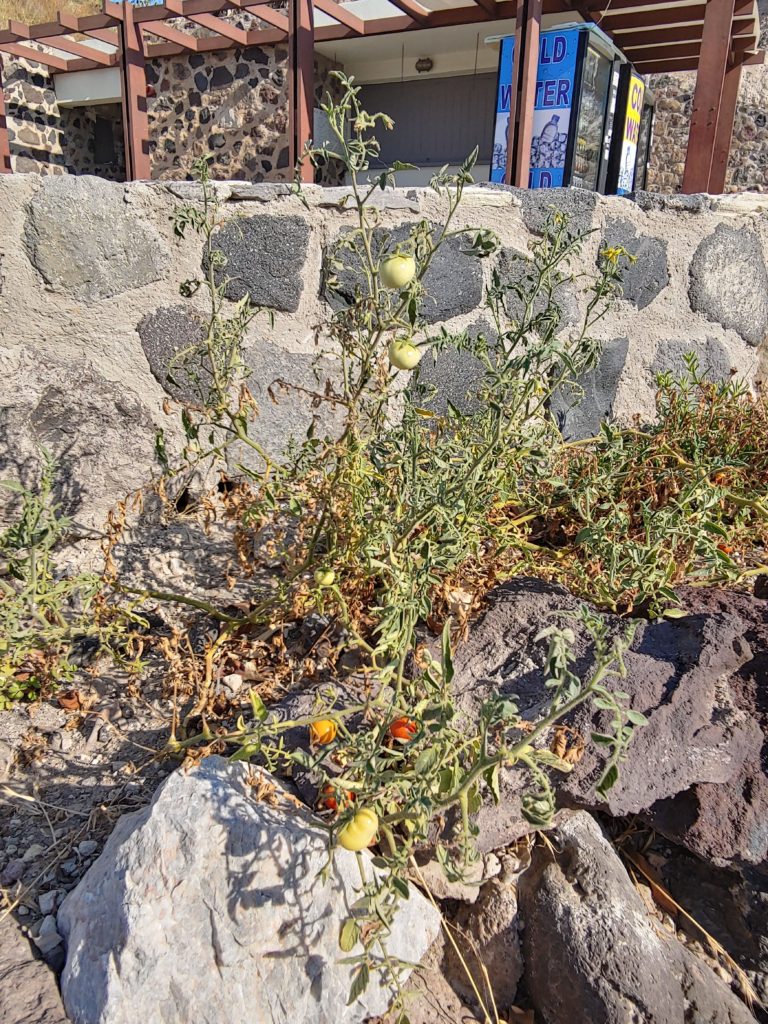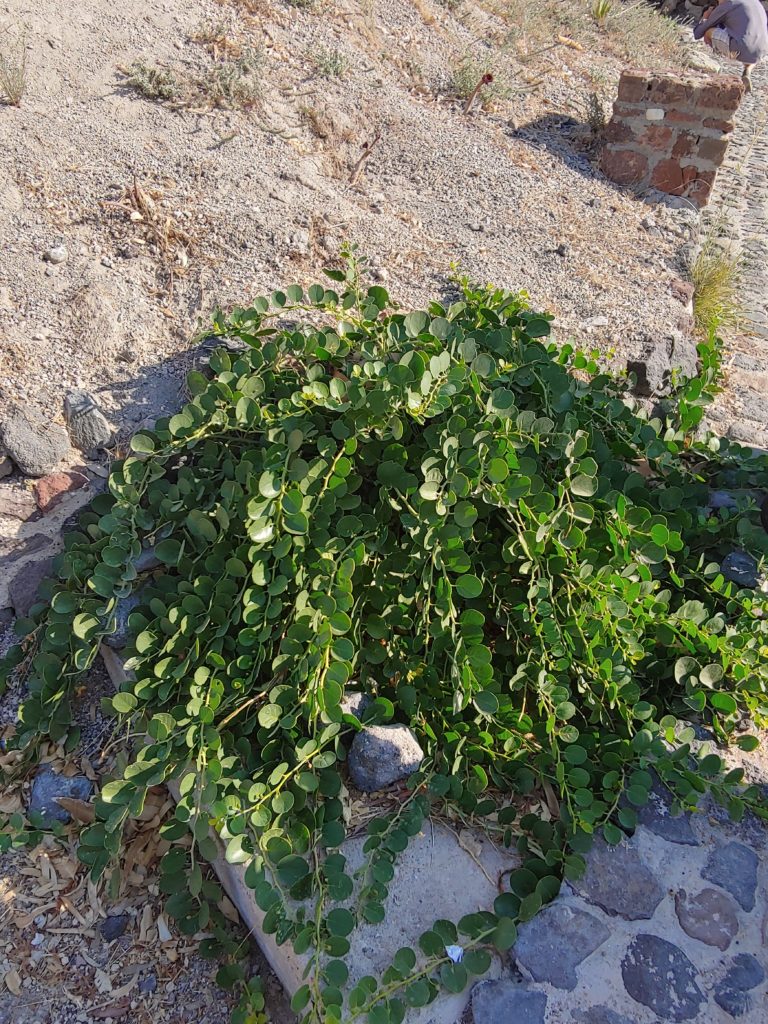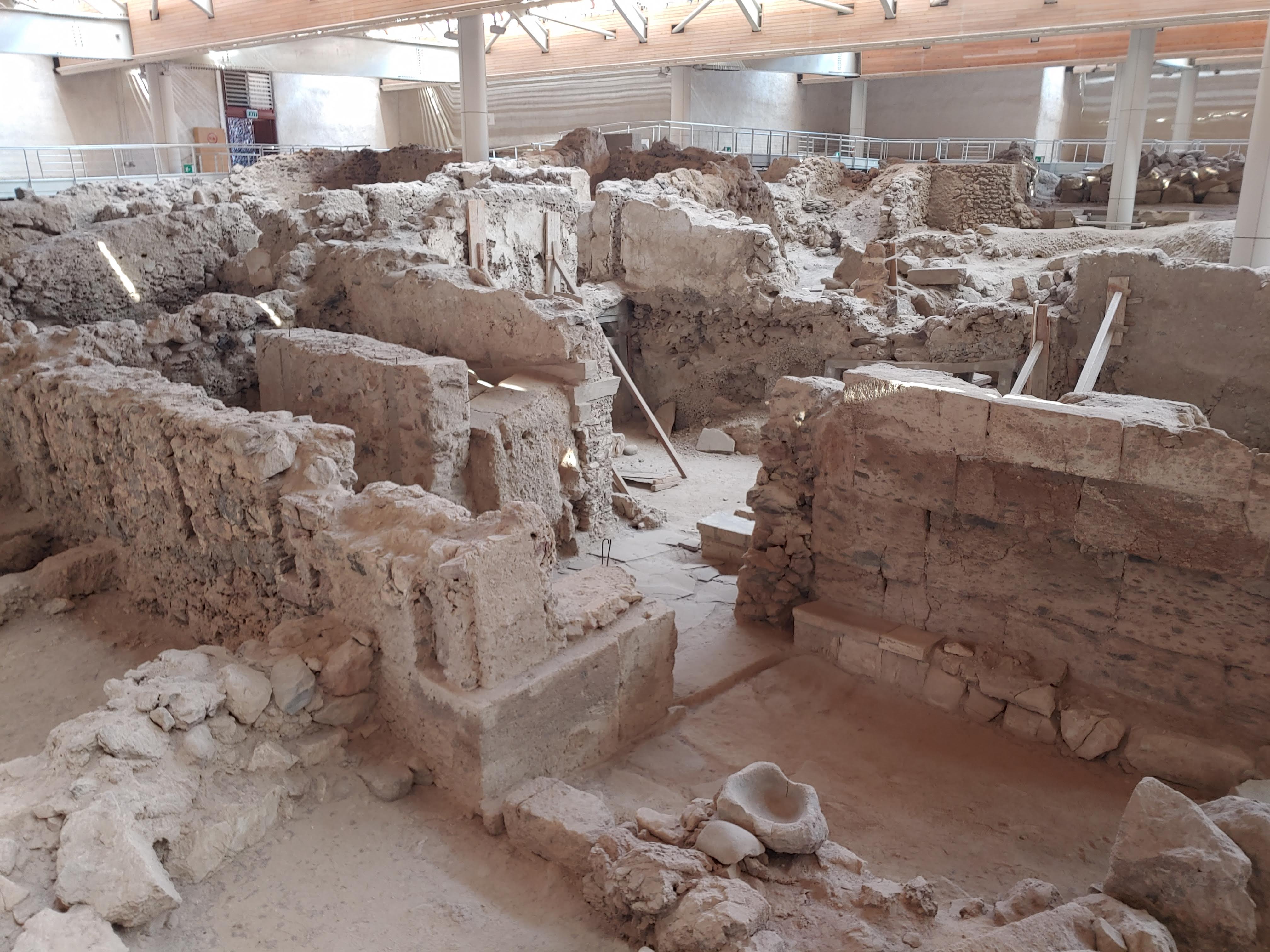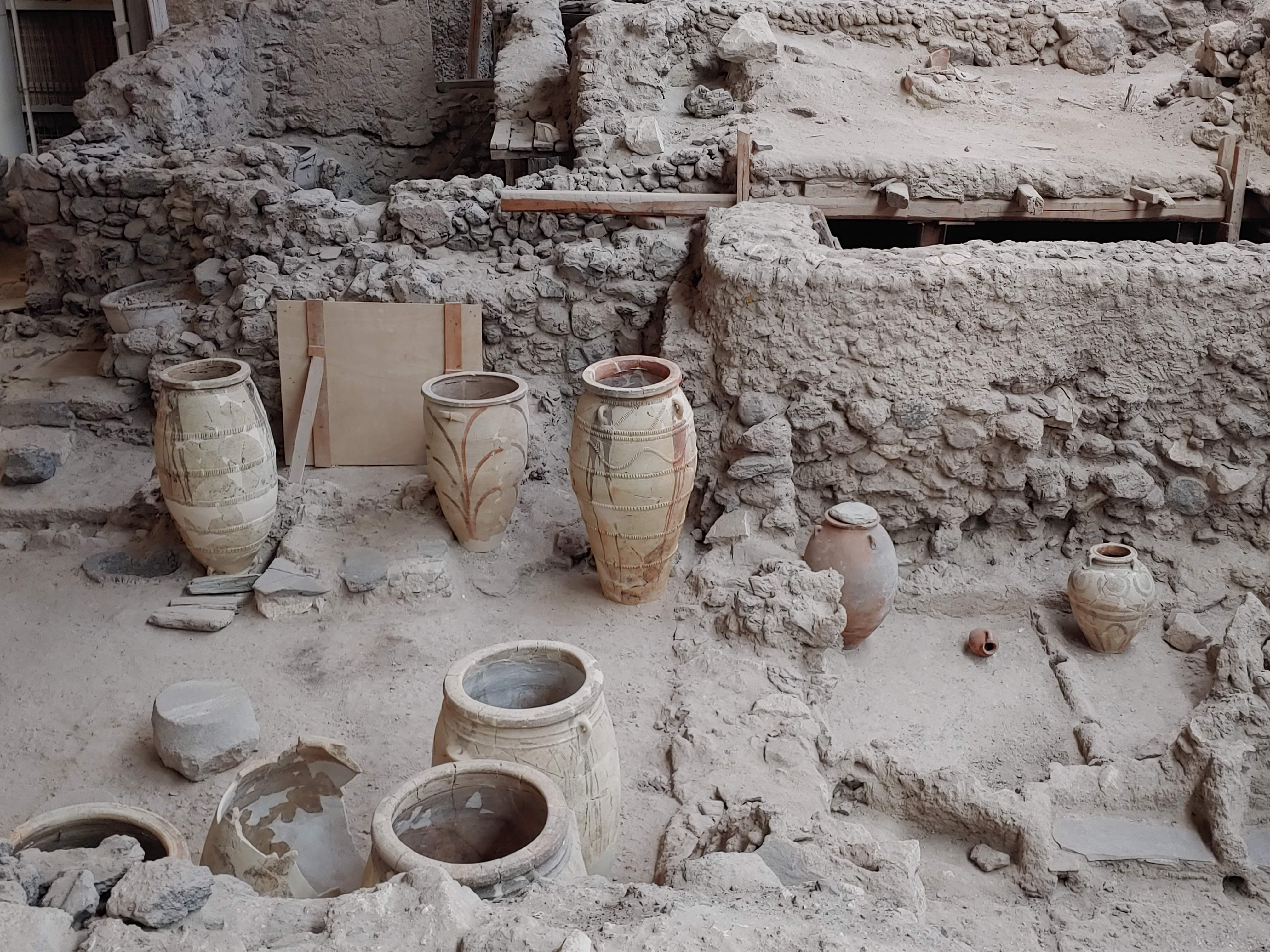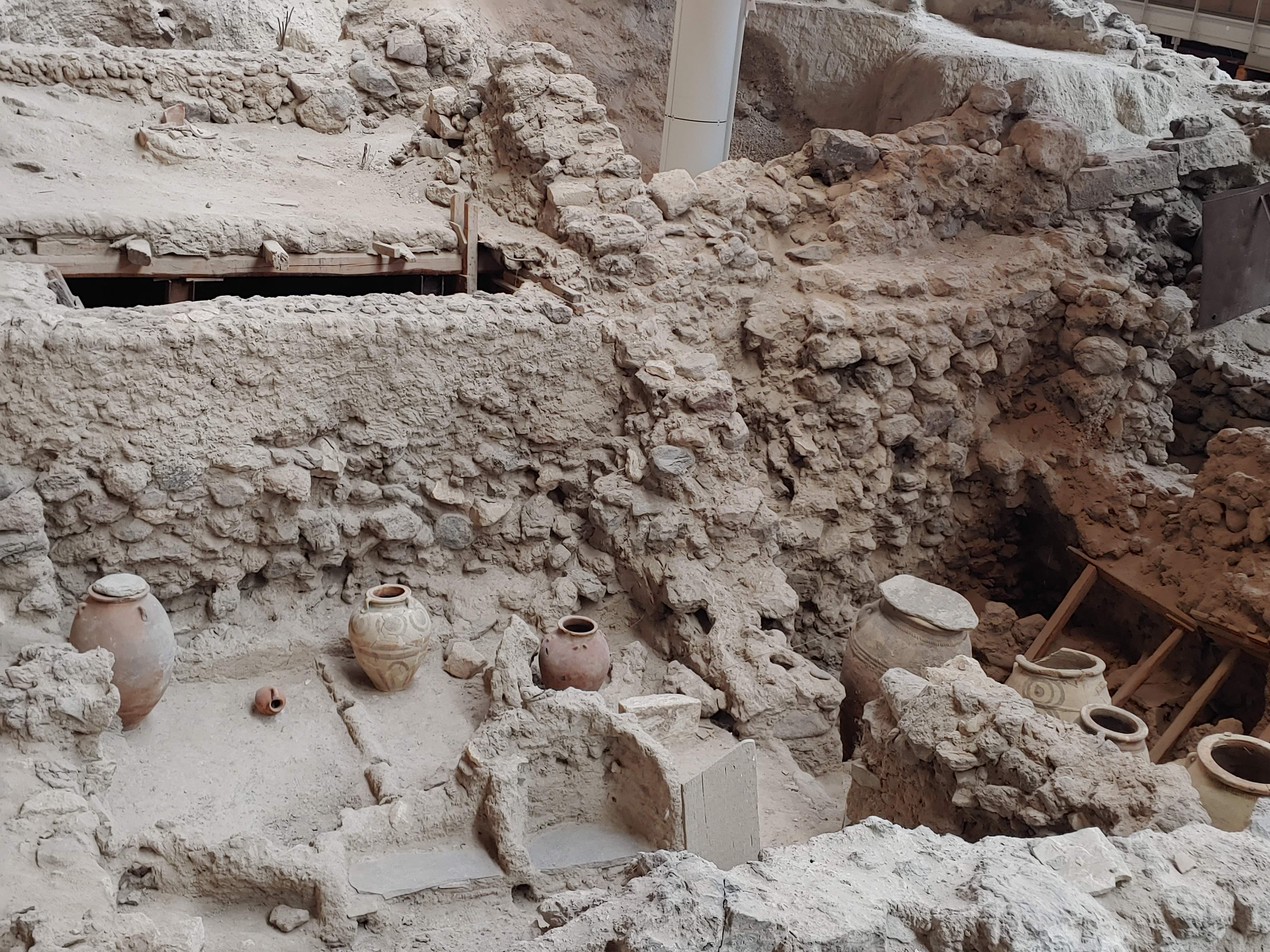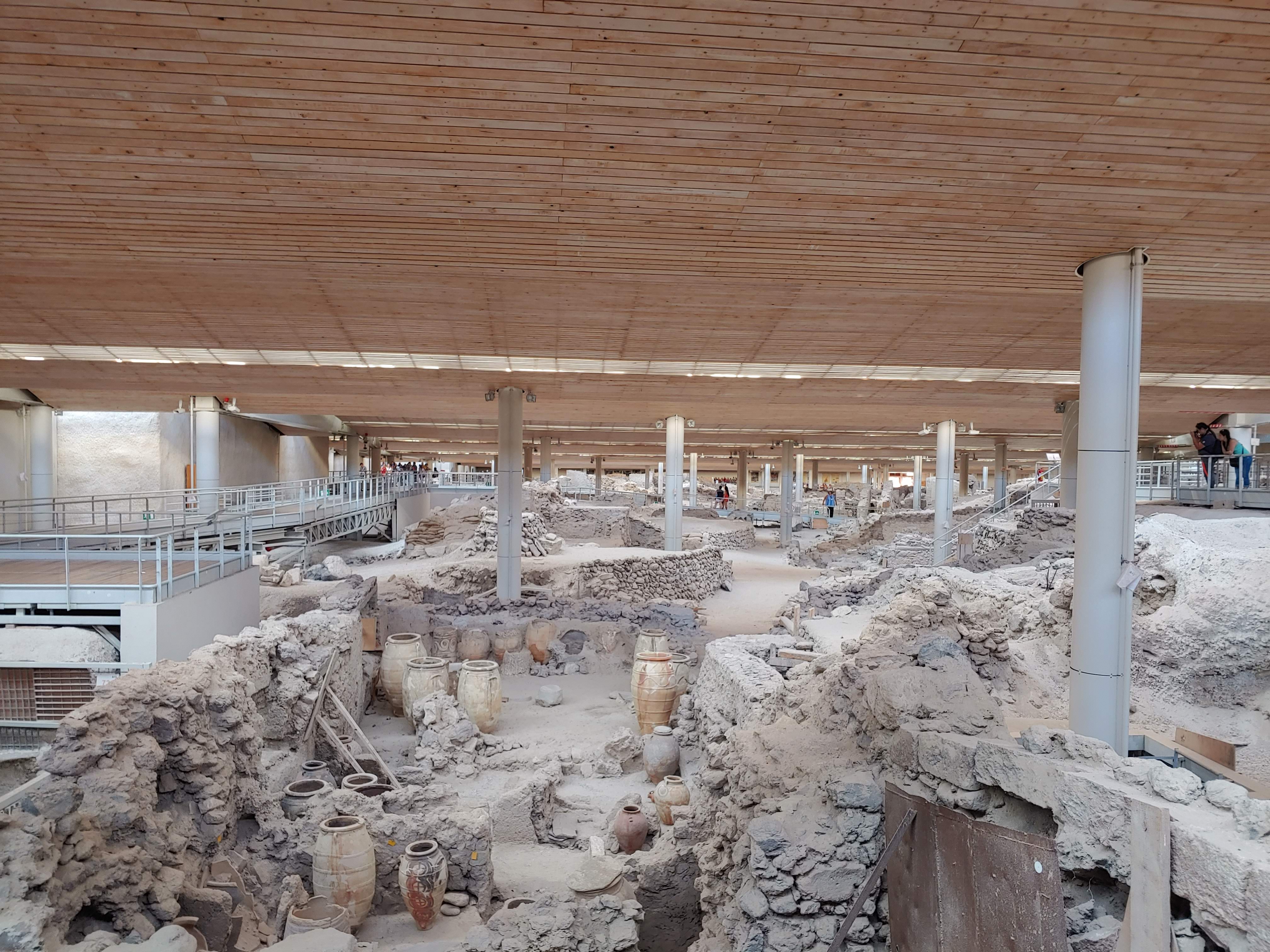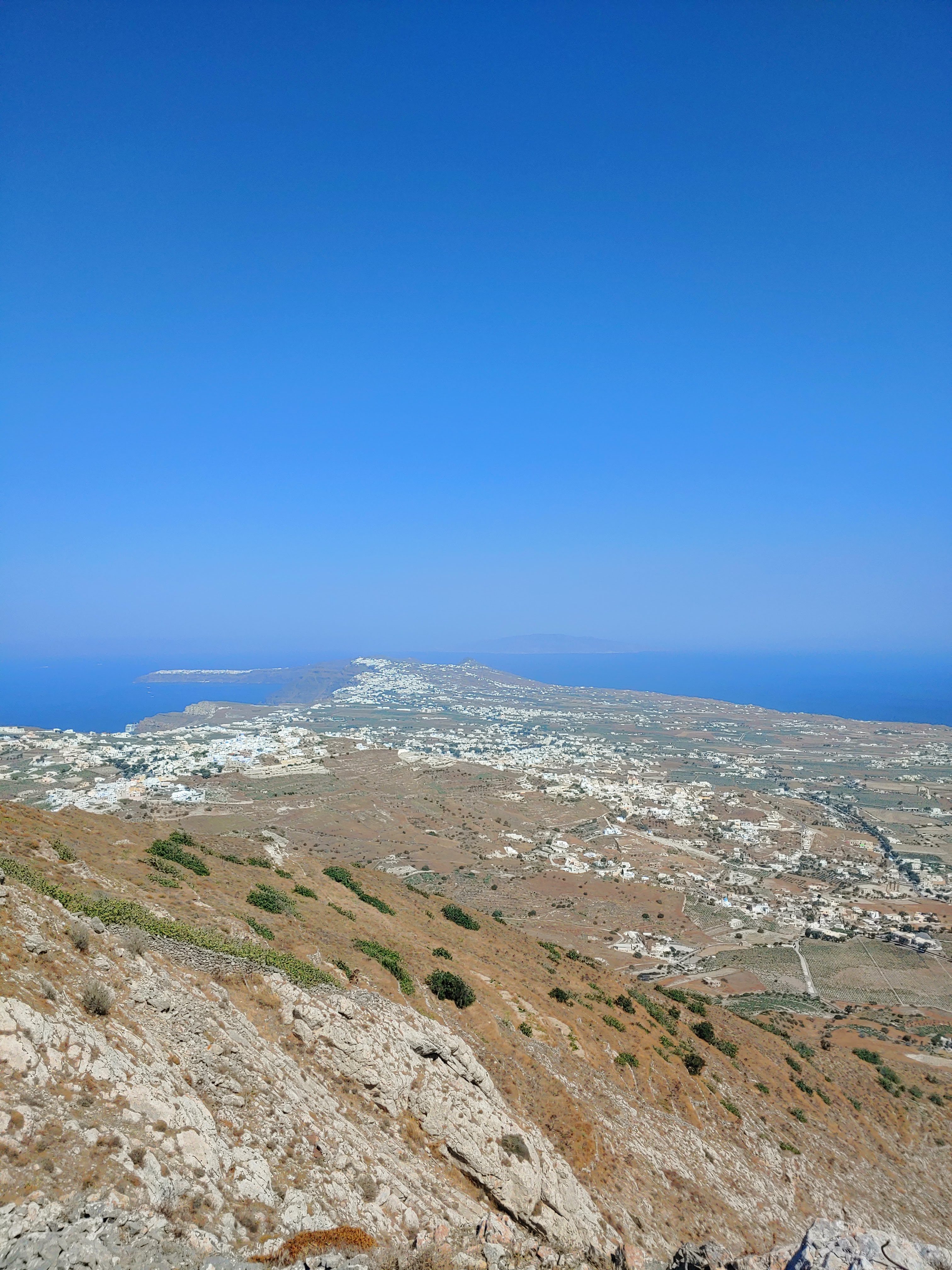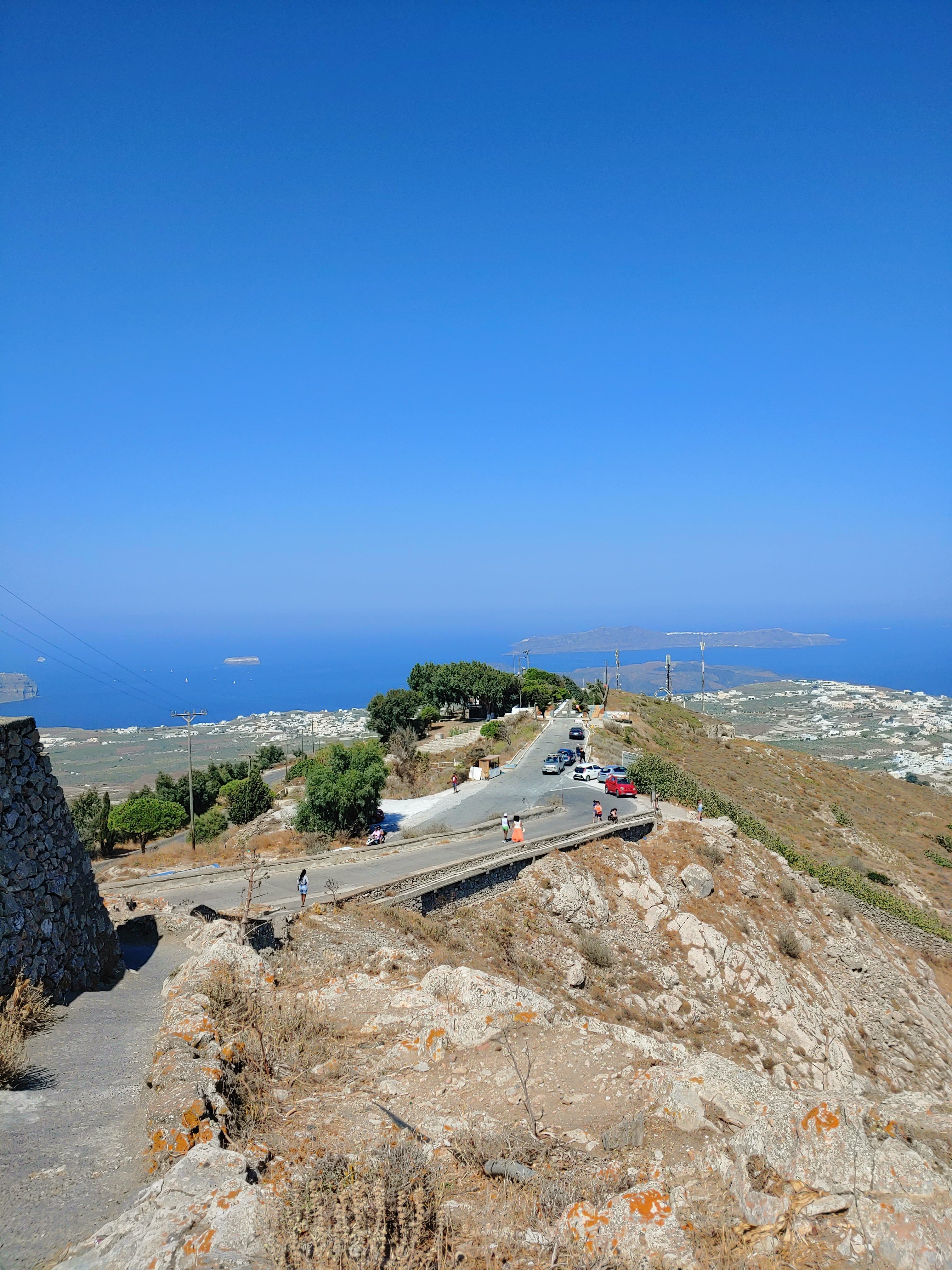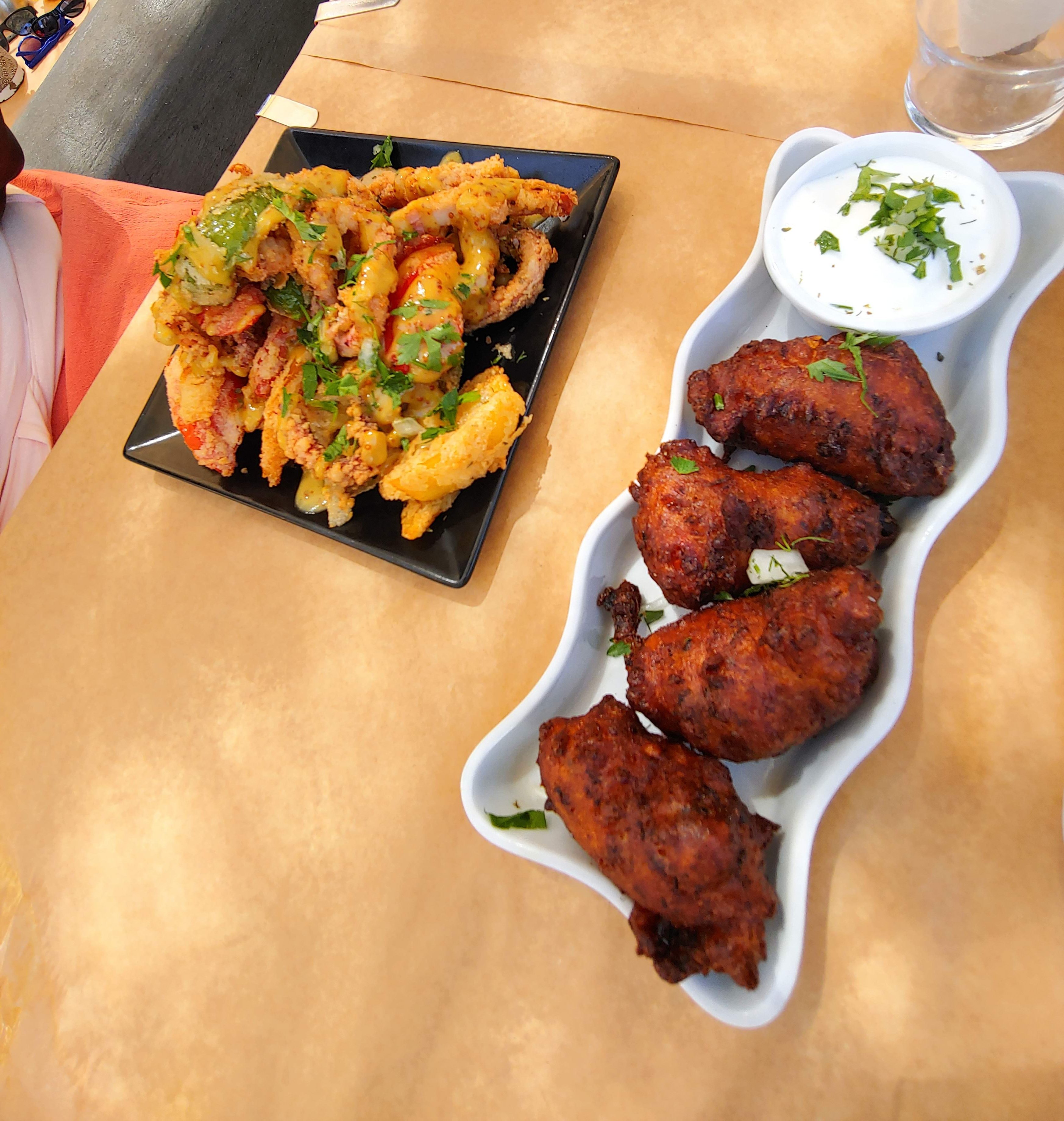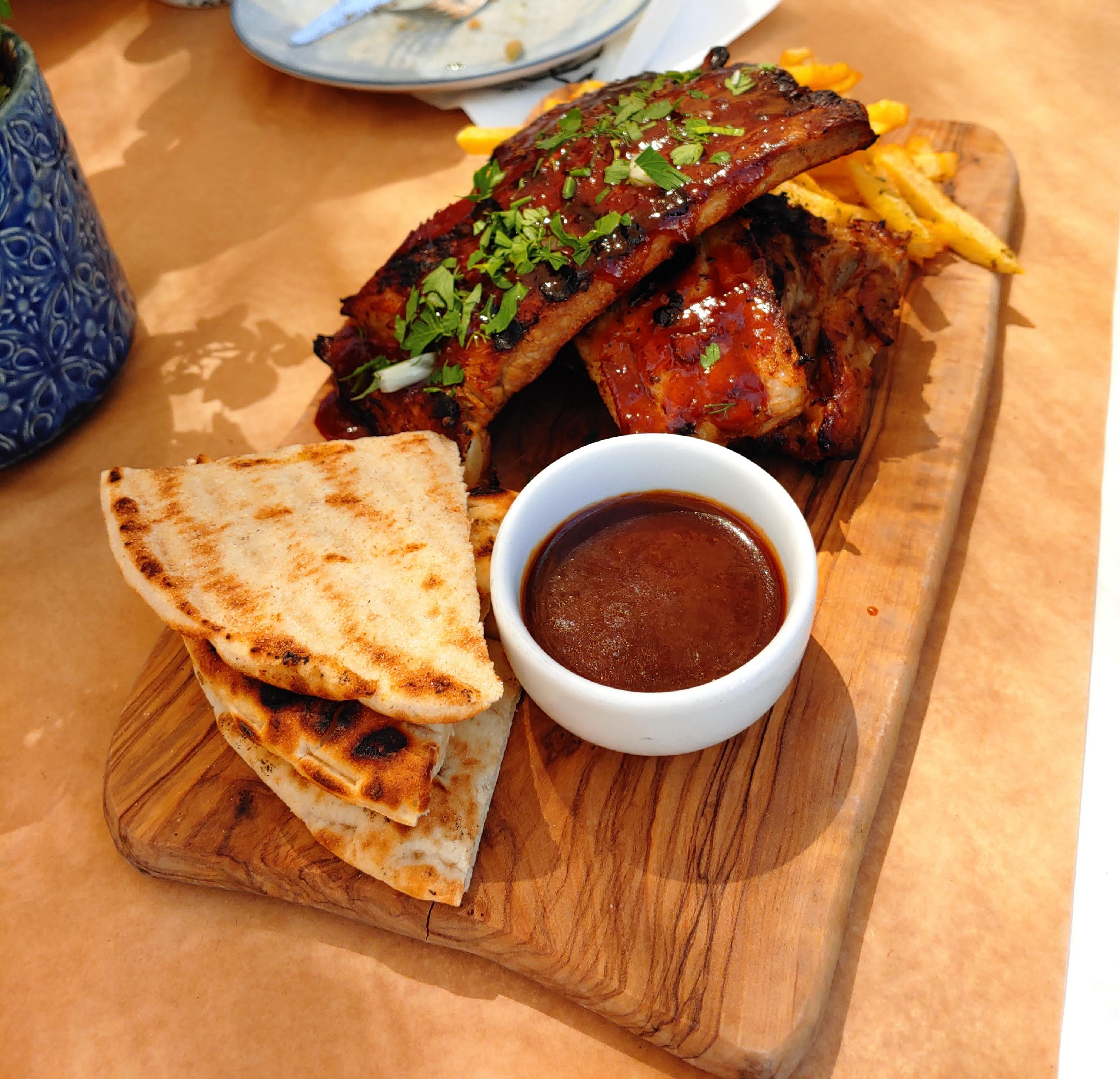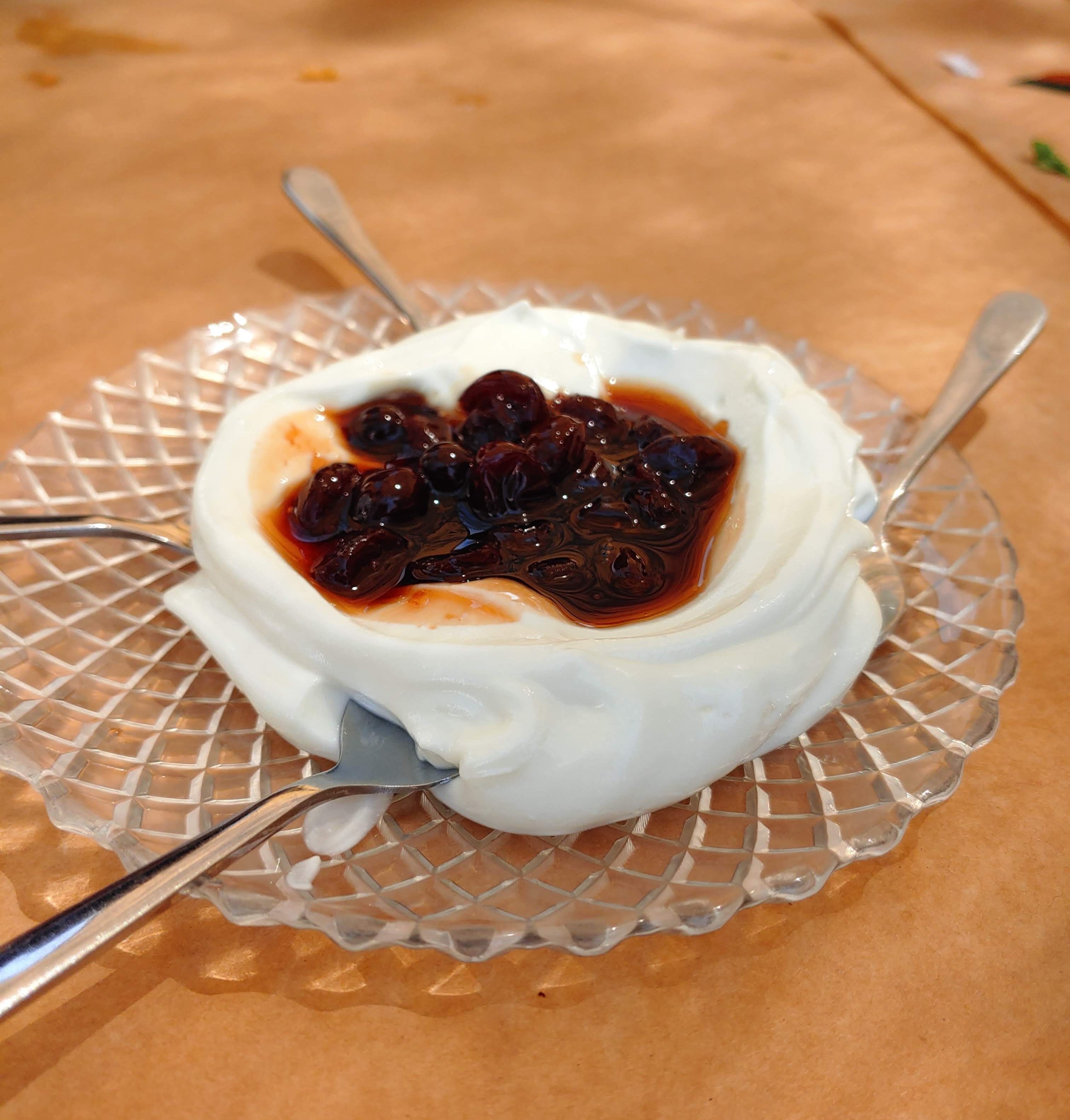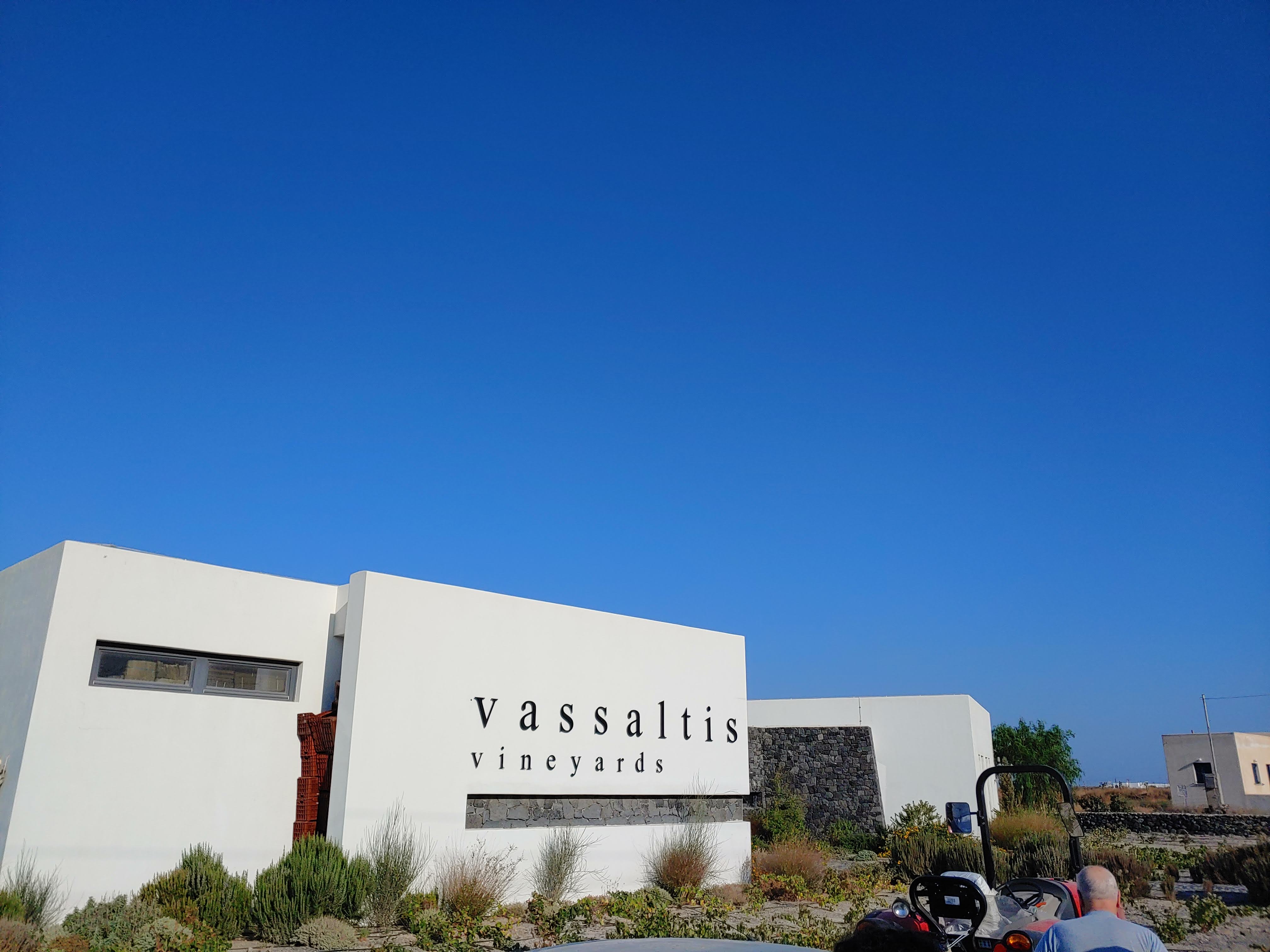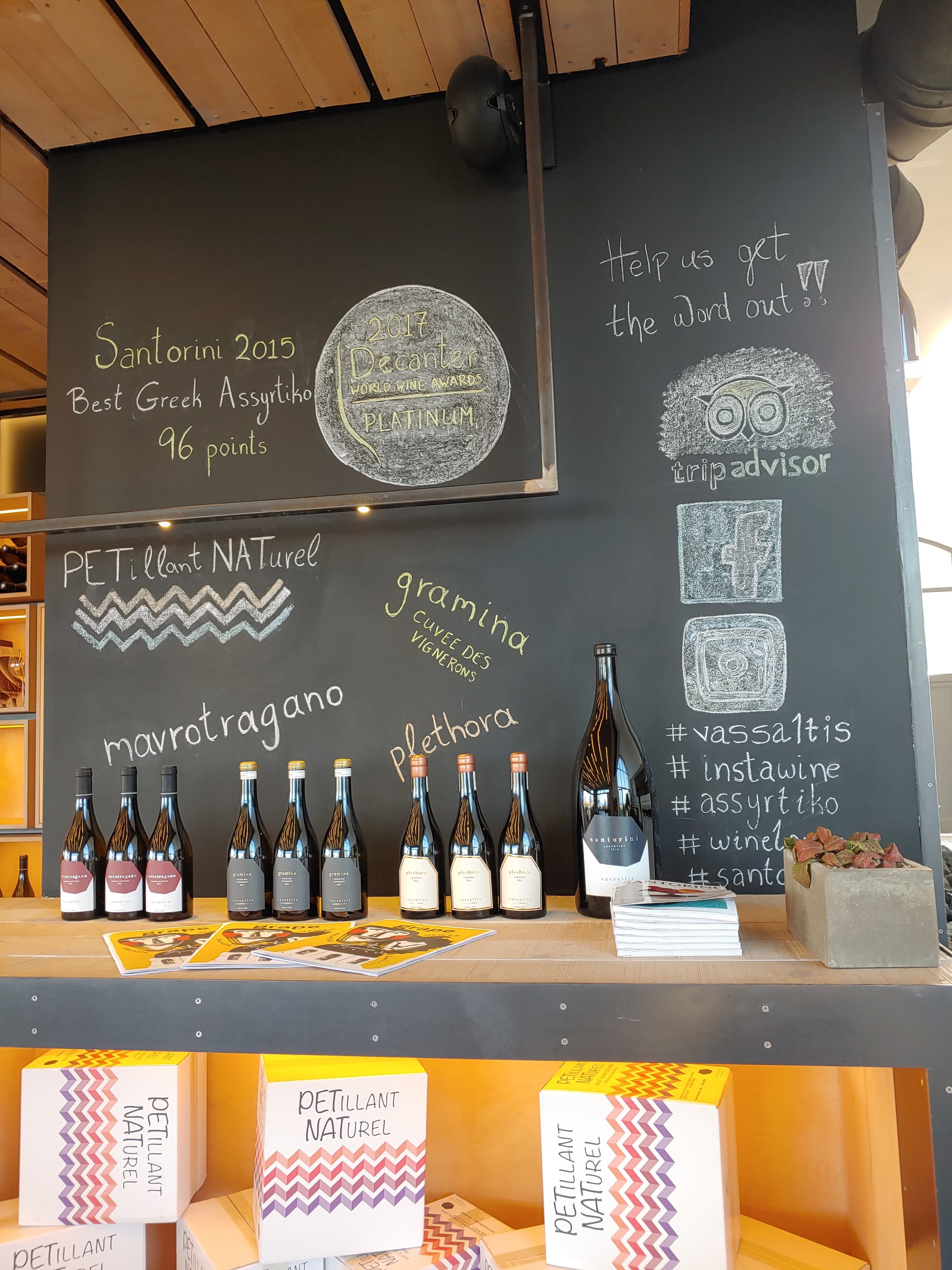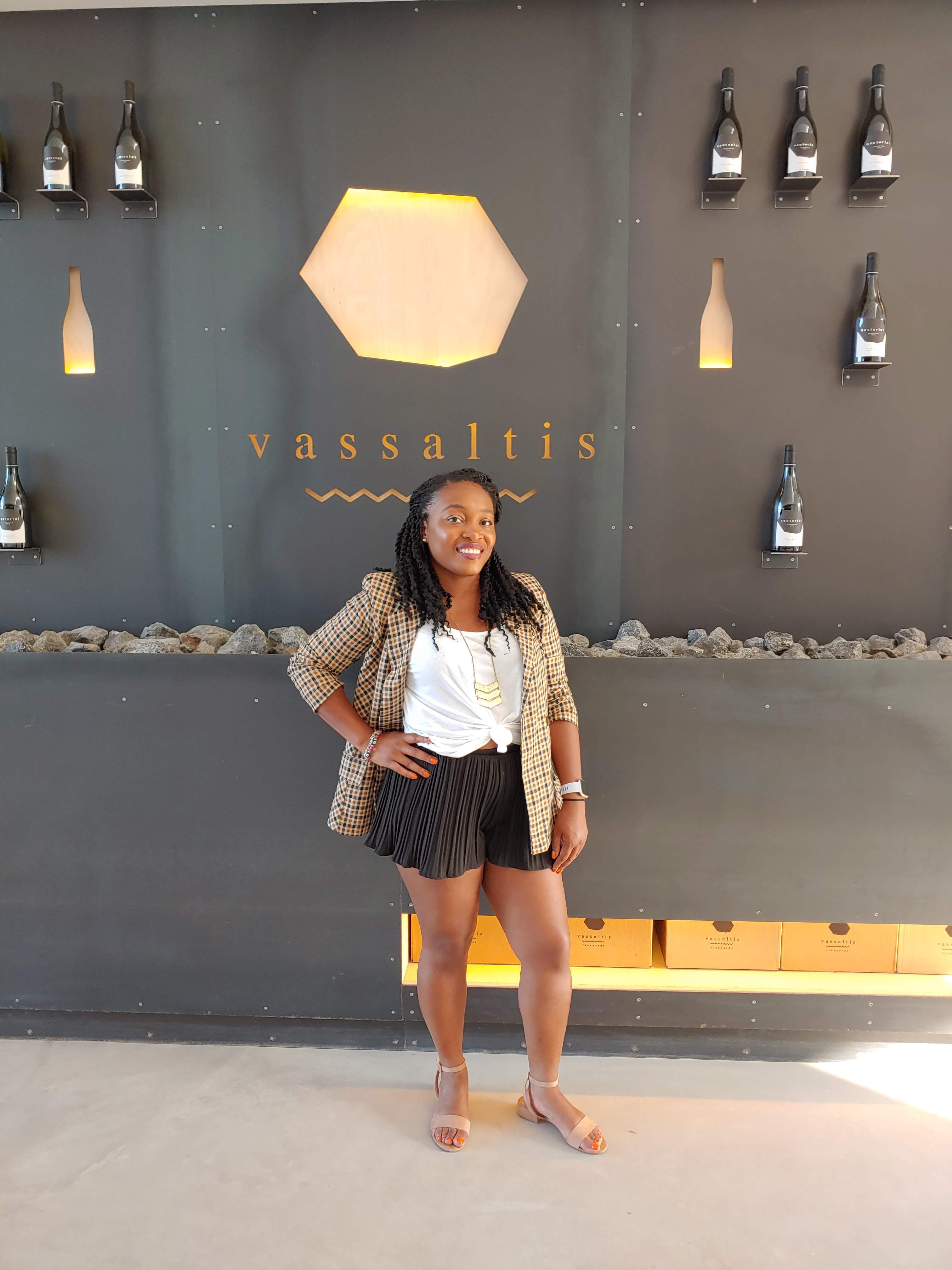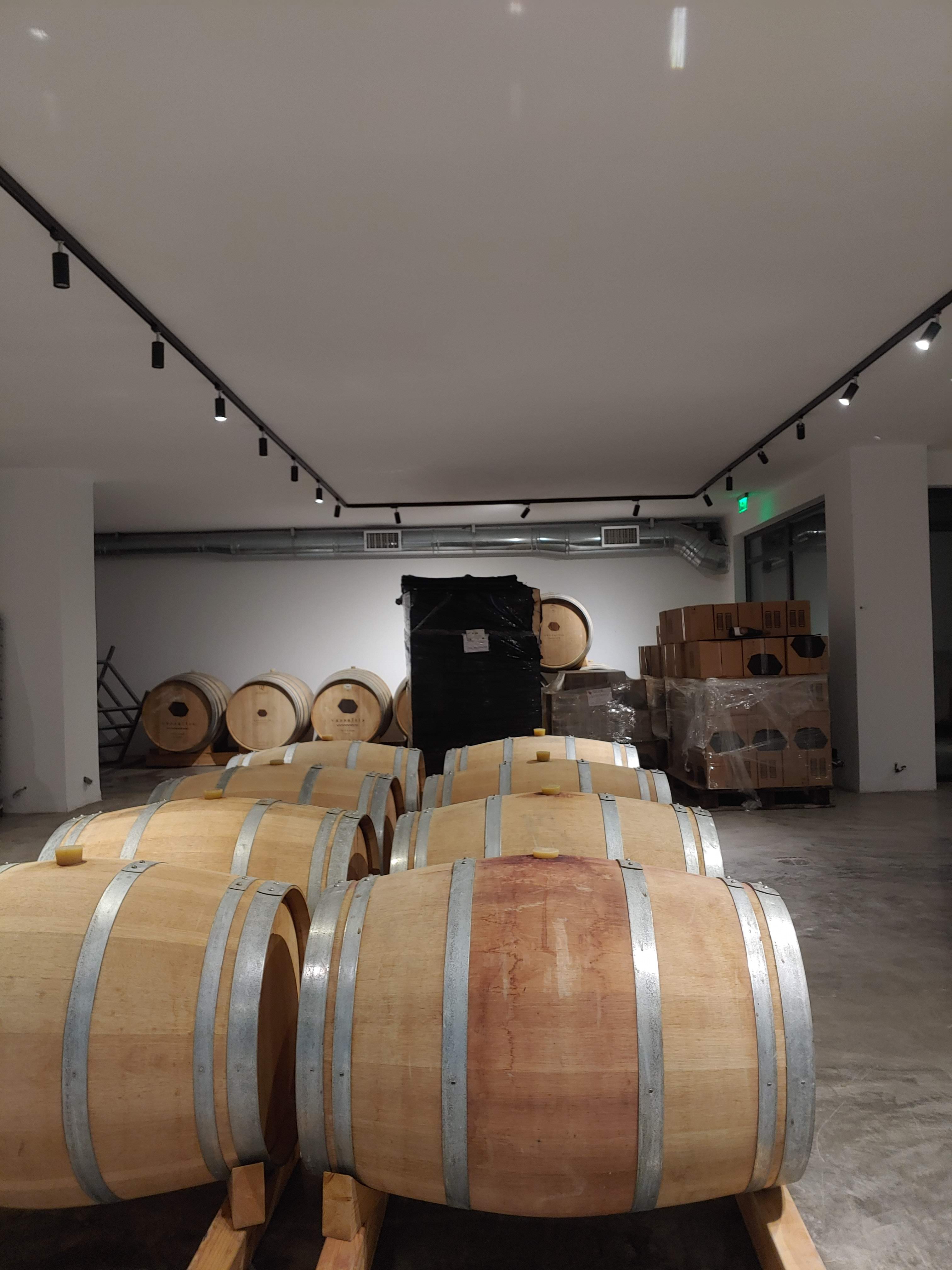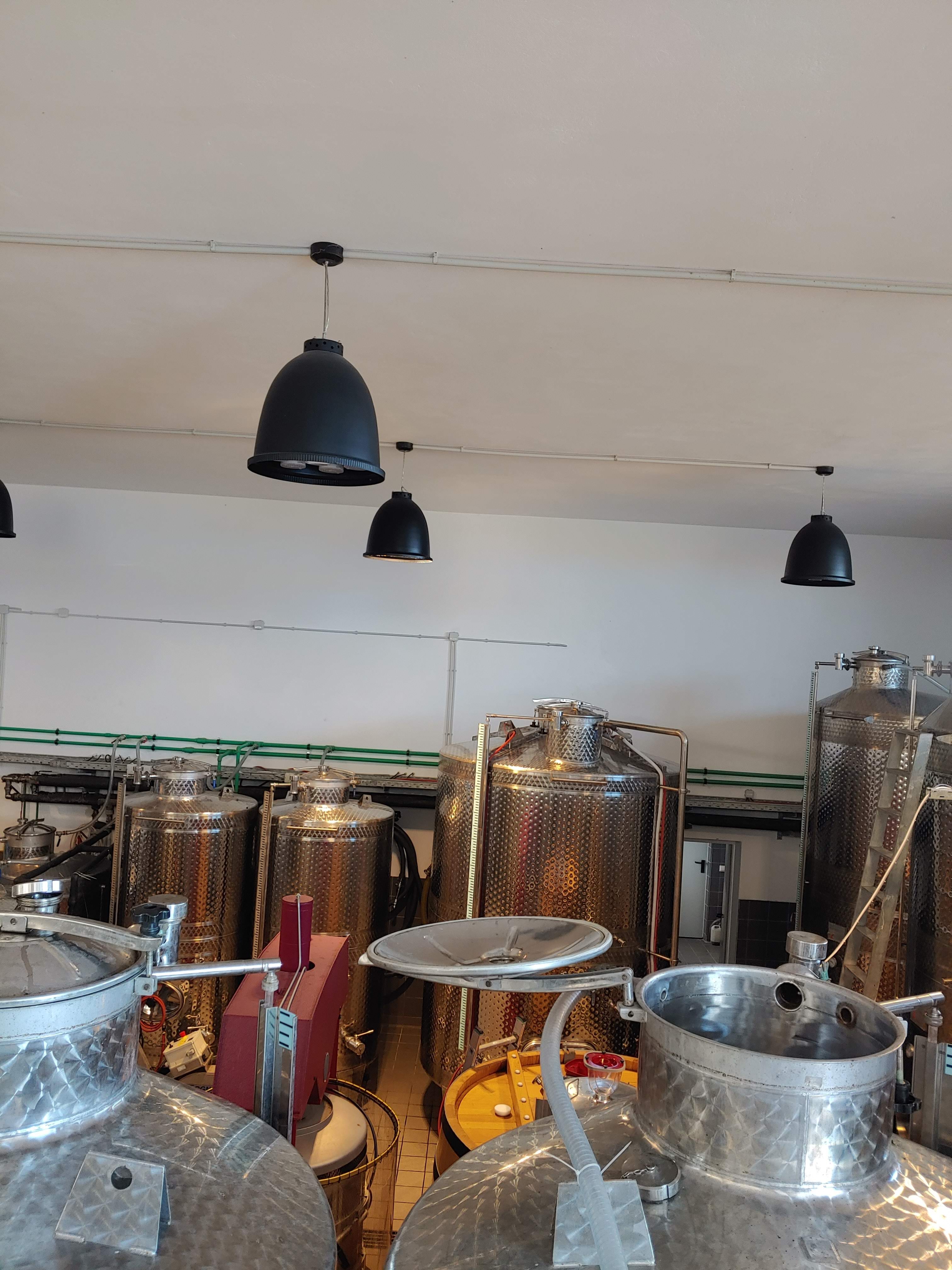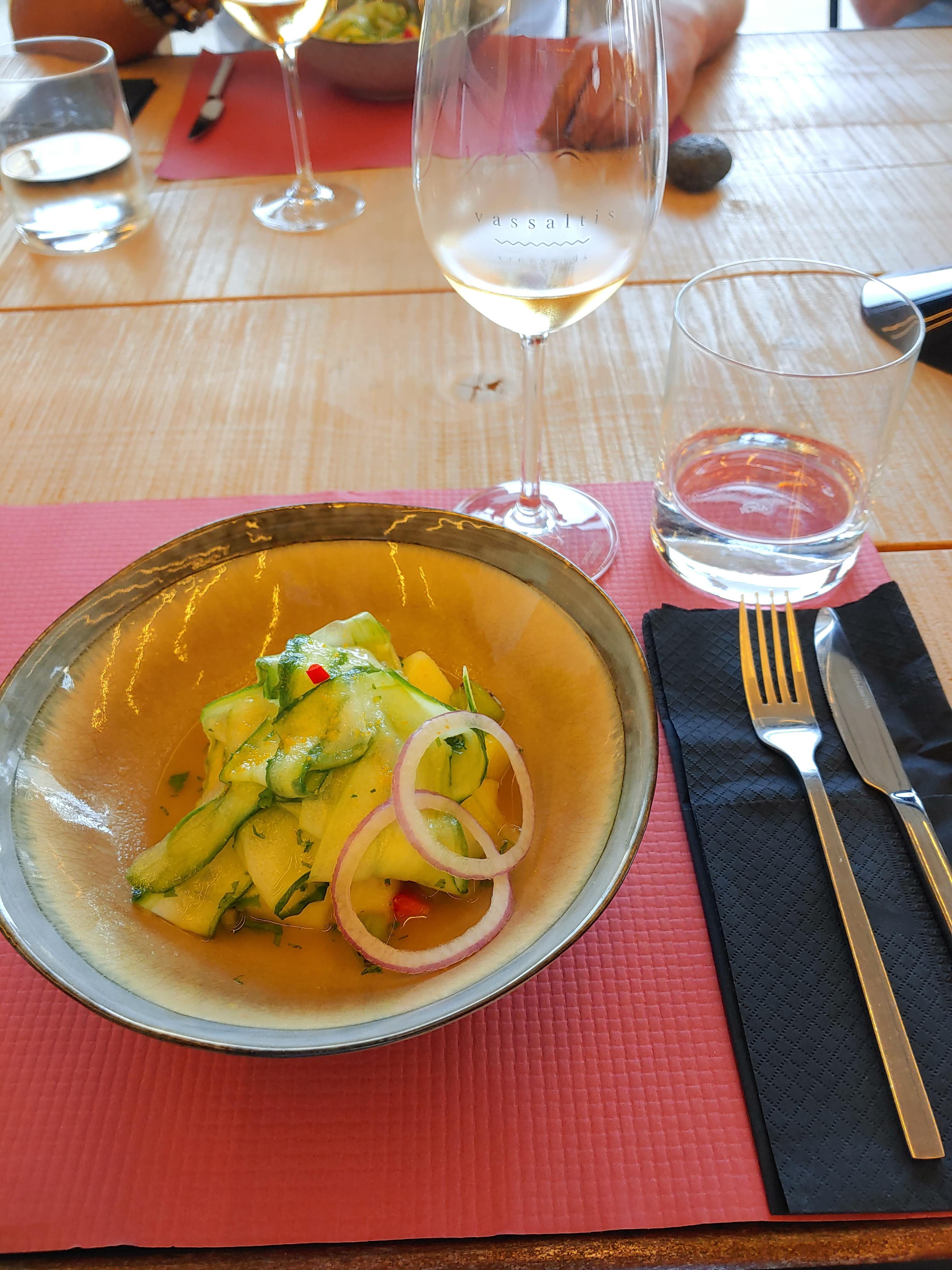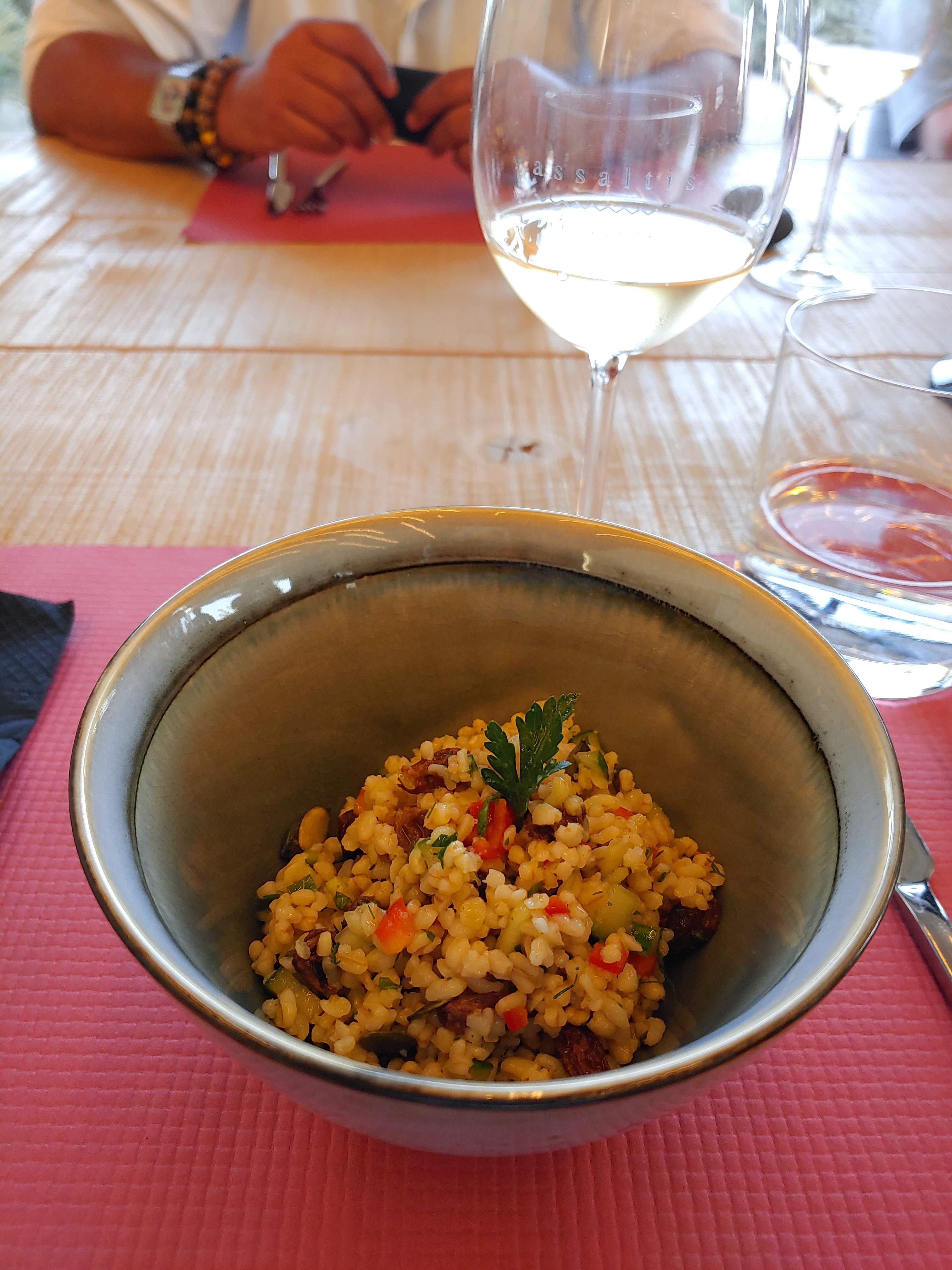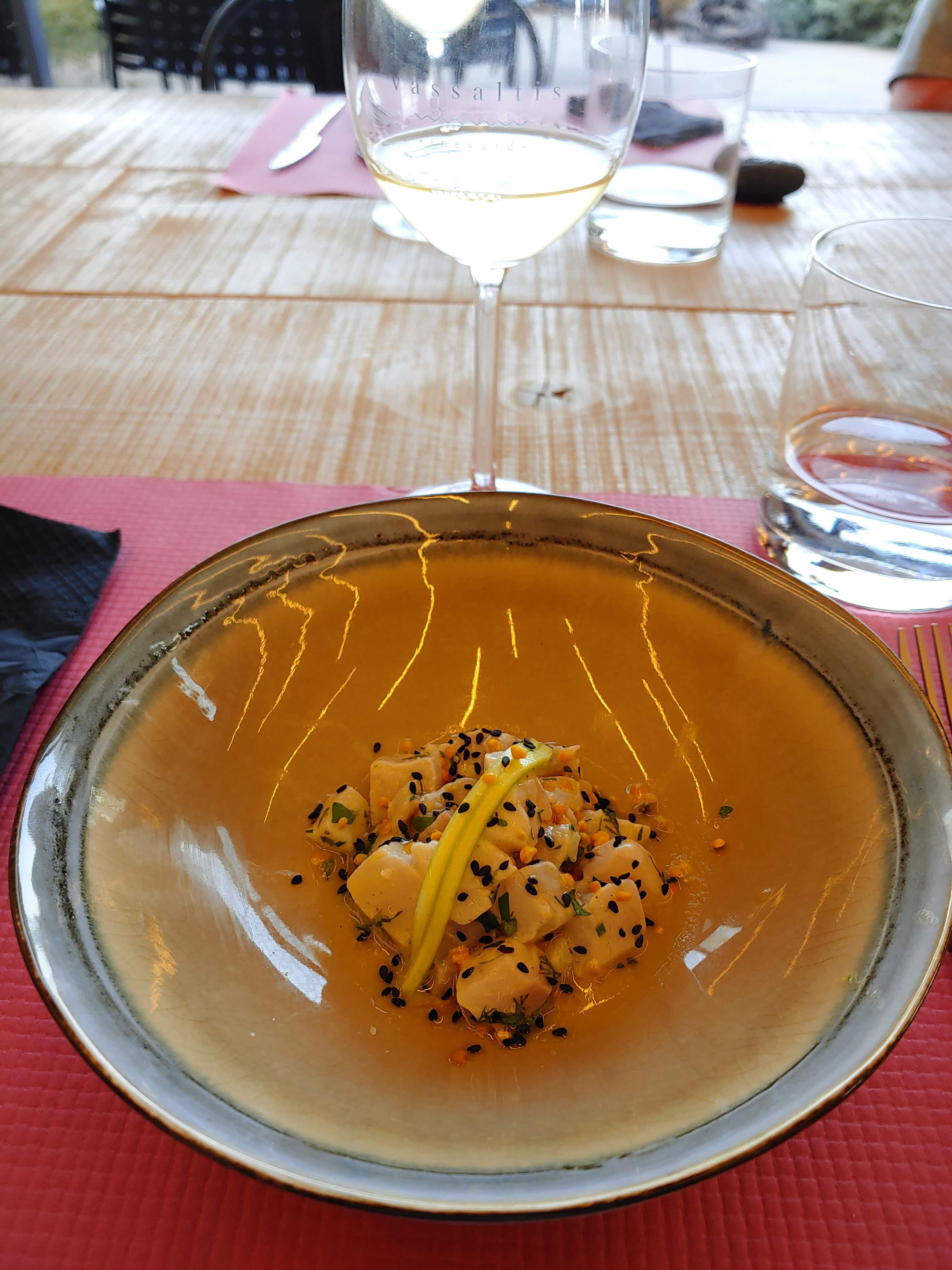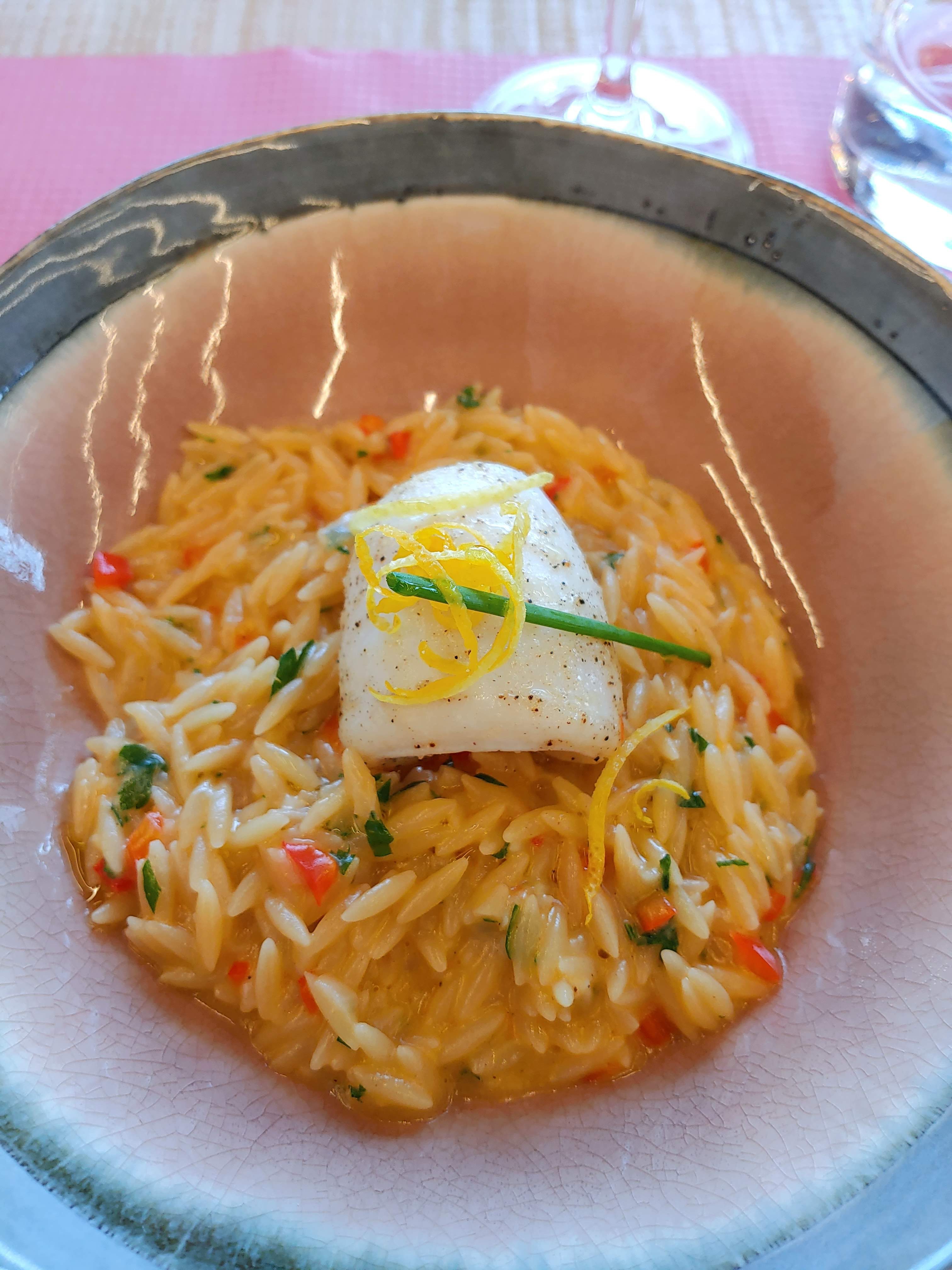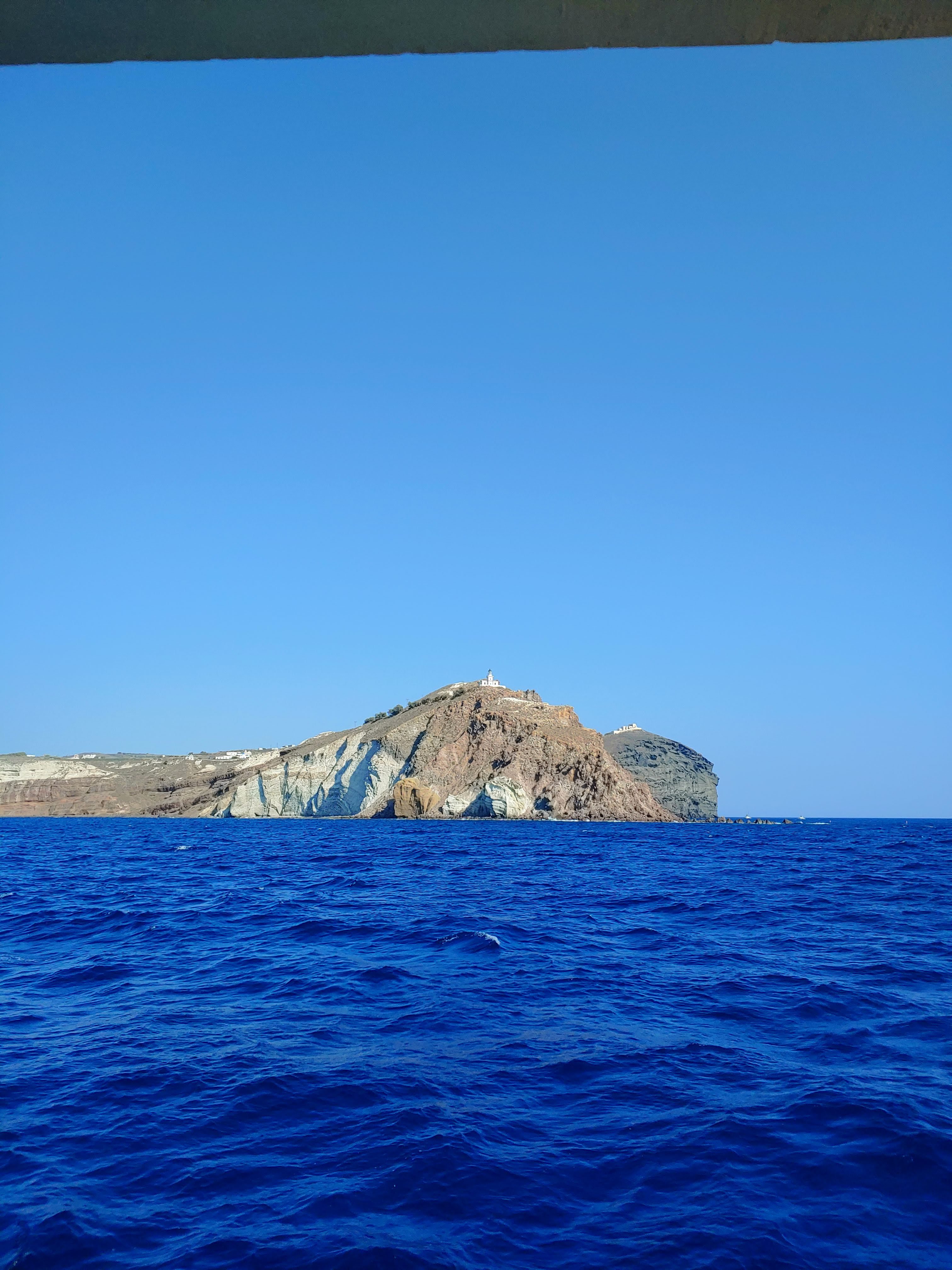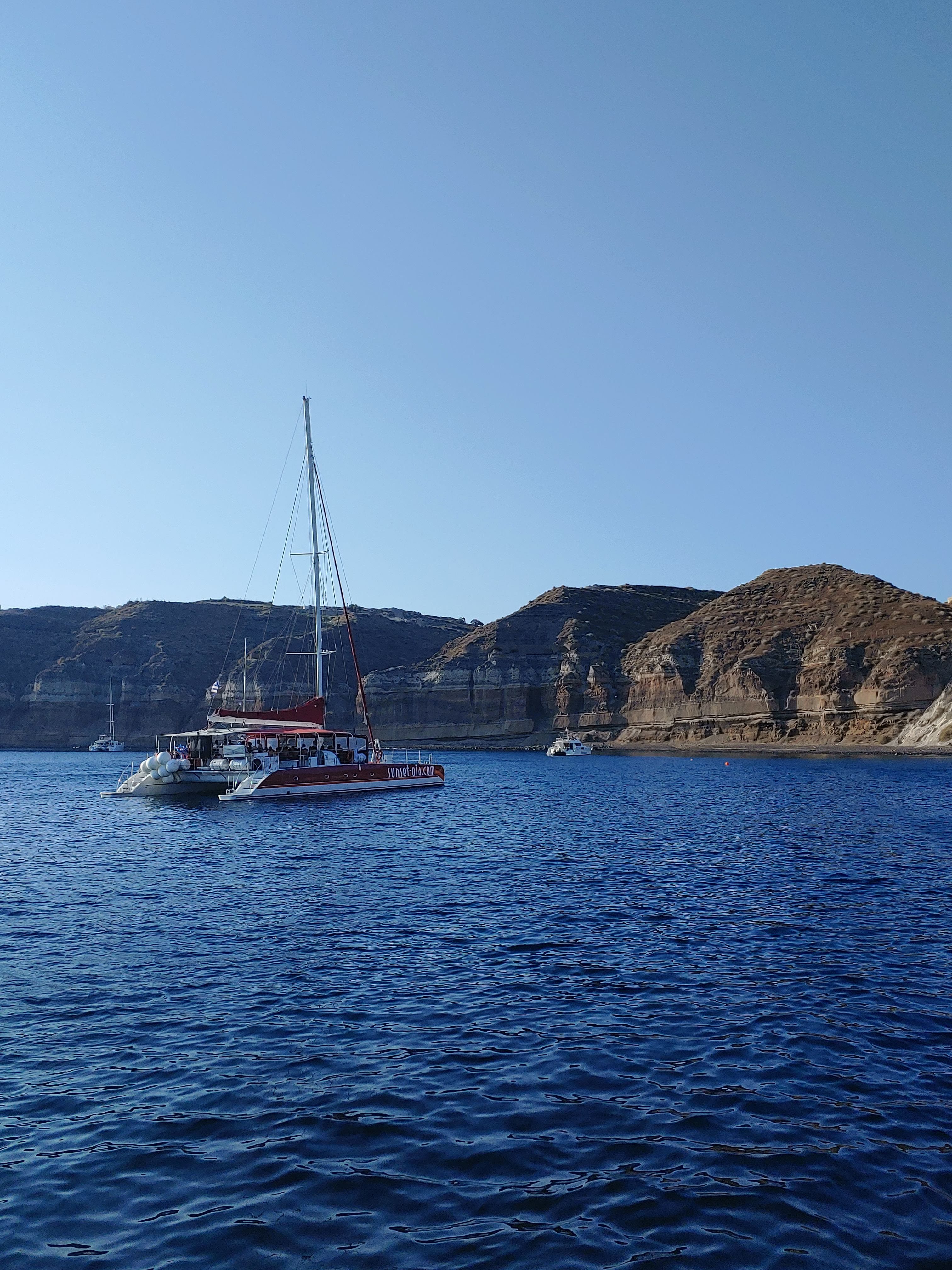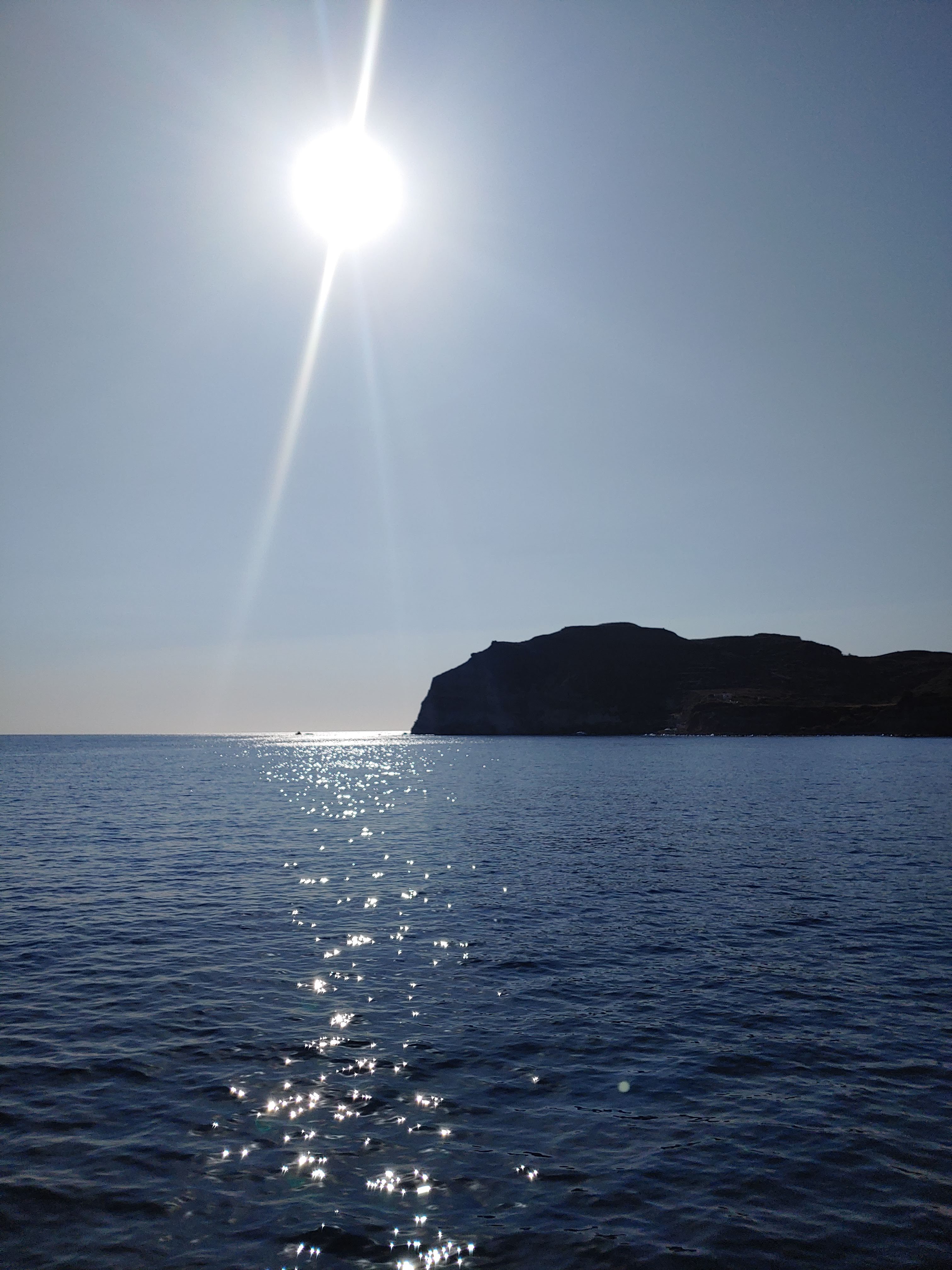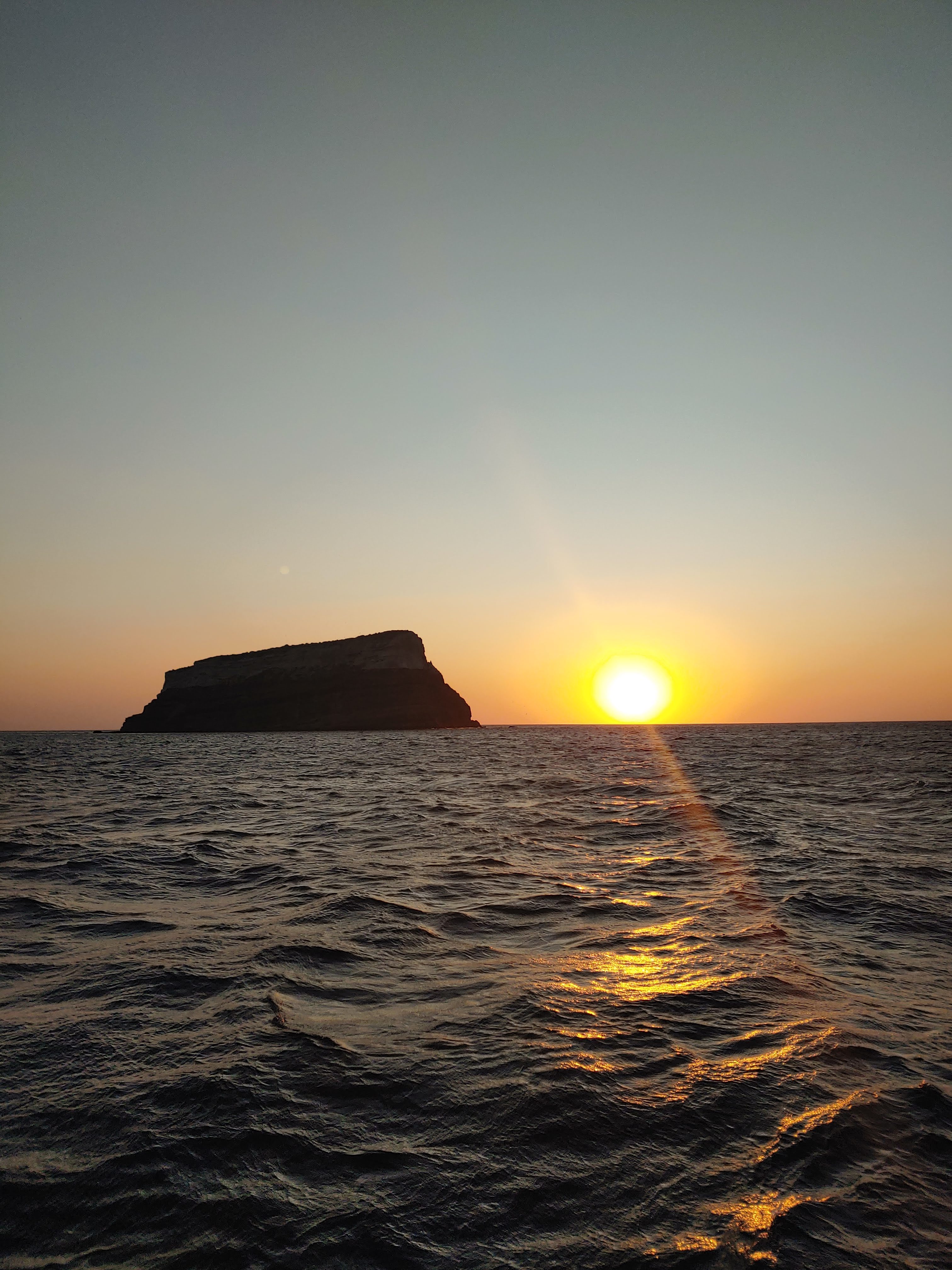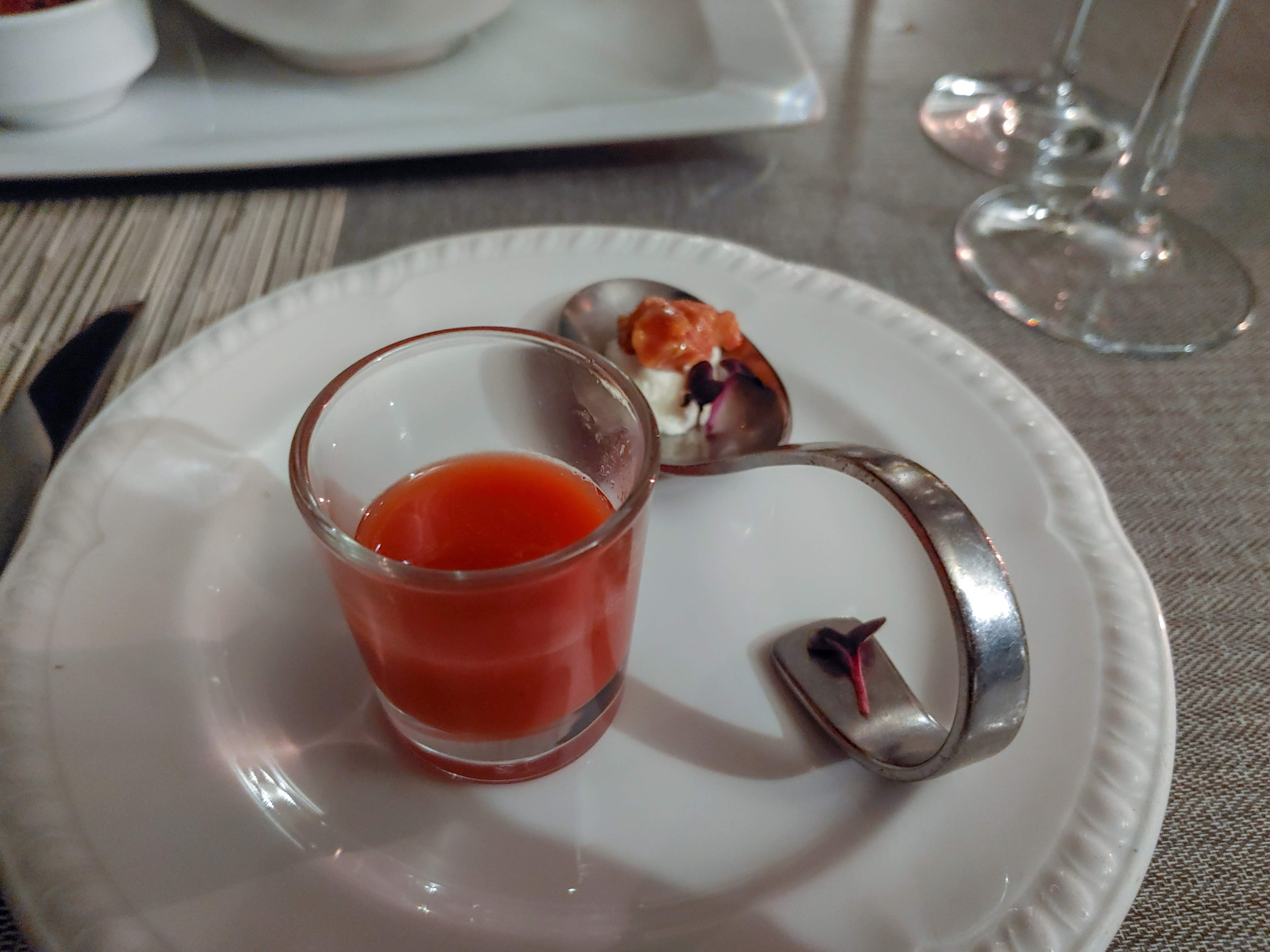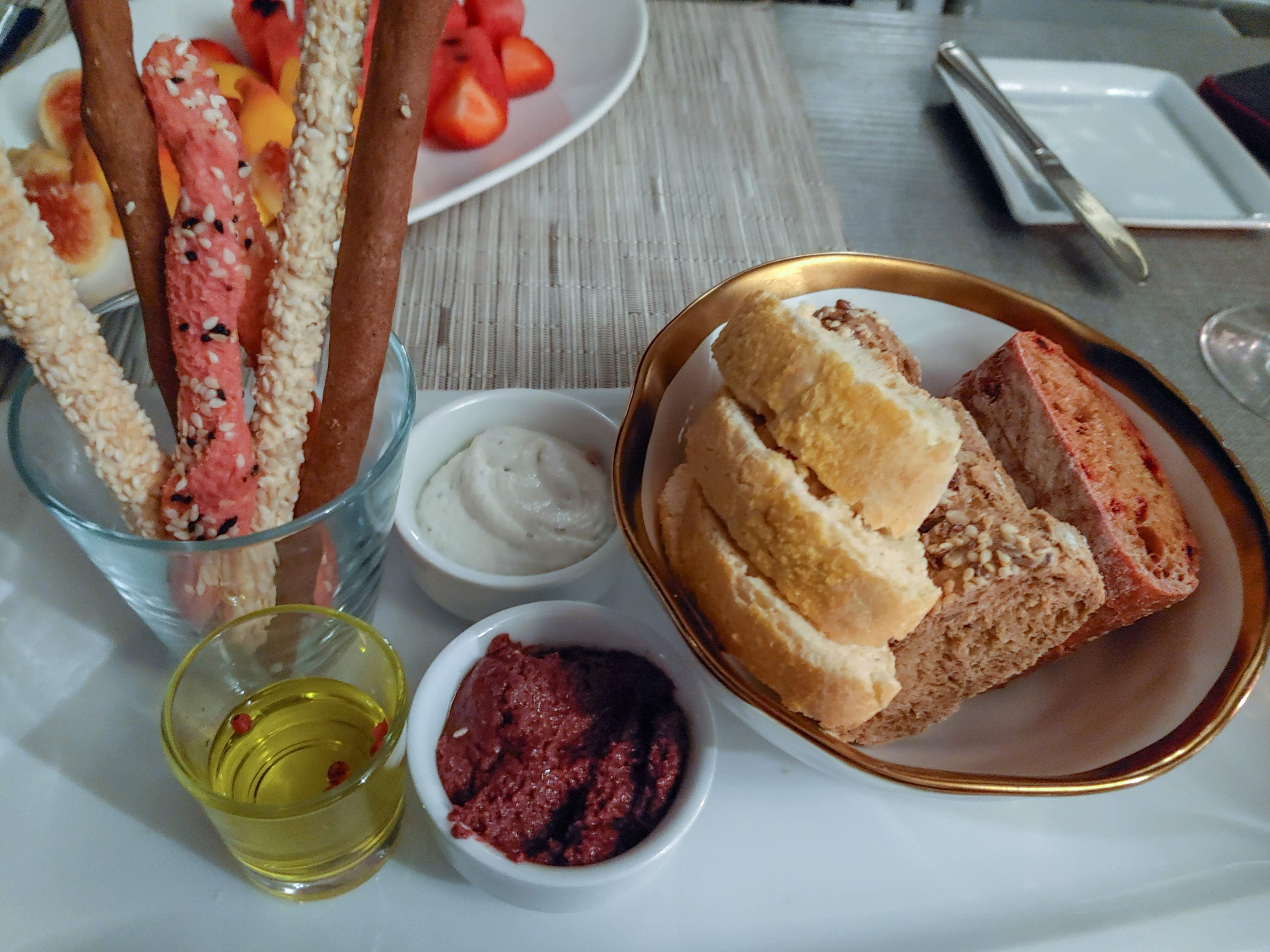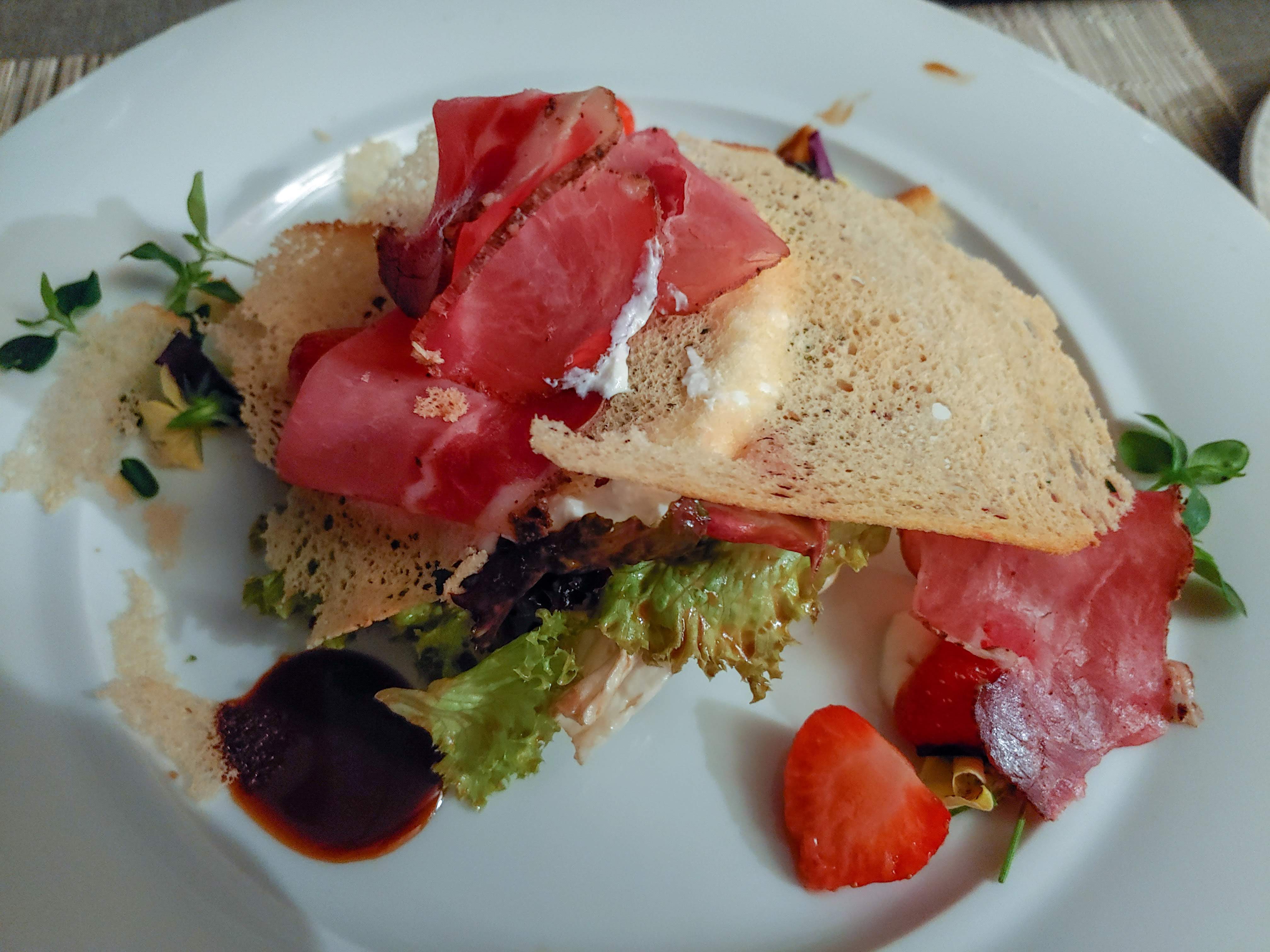This past August, I traveled to Greece and it was by far one of the best trips I’ve ever been on. The food, the wine, and the sights were amazing. Even though it was primarily a food and wine tour, like my trip last year to Portugal, I also truly enjoyed learning about the history of the country and its beautiful islands almost as much as I loved eating the delicious food and drinking the wine. Even better were the wonderful women I traveled with who exemplified the idea that #blackgirlstraveltoo!
From the many wine tastings, the abundance of delicious traditional dishes (my faves were the salads and the seafood), to lounging by the pool and at the beaches, to visiting the businesses of some inspiring women, to an adventurous photoshoot in Santorini, every moment of the trip was memorable.
Read on to find out more about my incredible trip!
DAY 1
The special thing about this trip was that within the larger tour group, there were ten of us traveling together and then out of that smaller group, four of us would go on the trip extension to Santorini. It was so nice to travel with other Black women and experience the beauty of Greece together.
As has become customary, my traveling companions and I had a pre-vacation toast at the airport on Day 1 of the trip. Cheers!
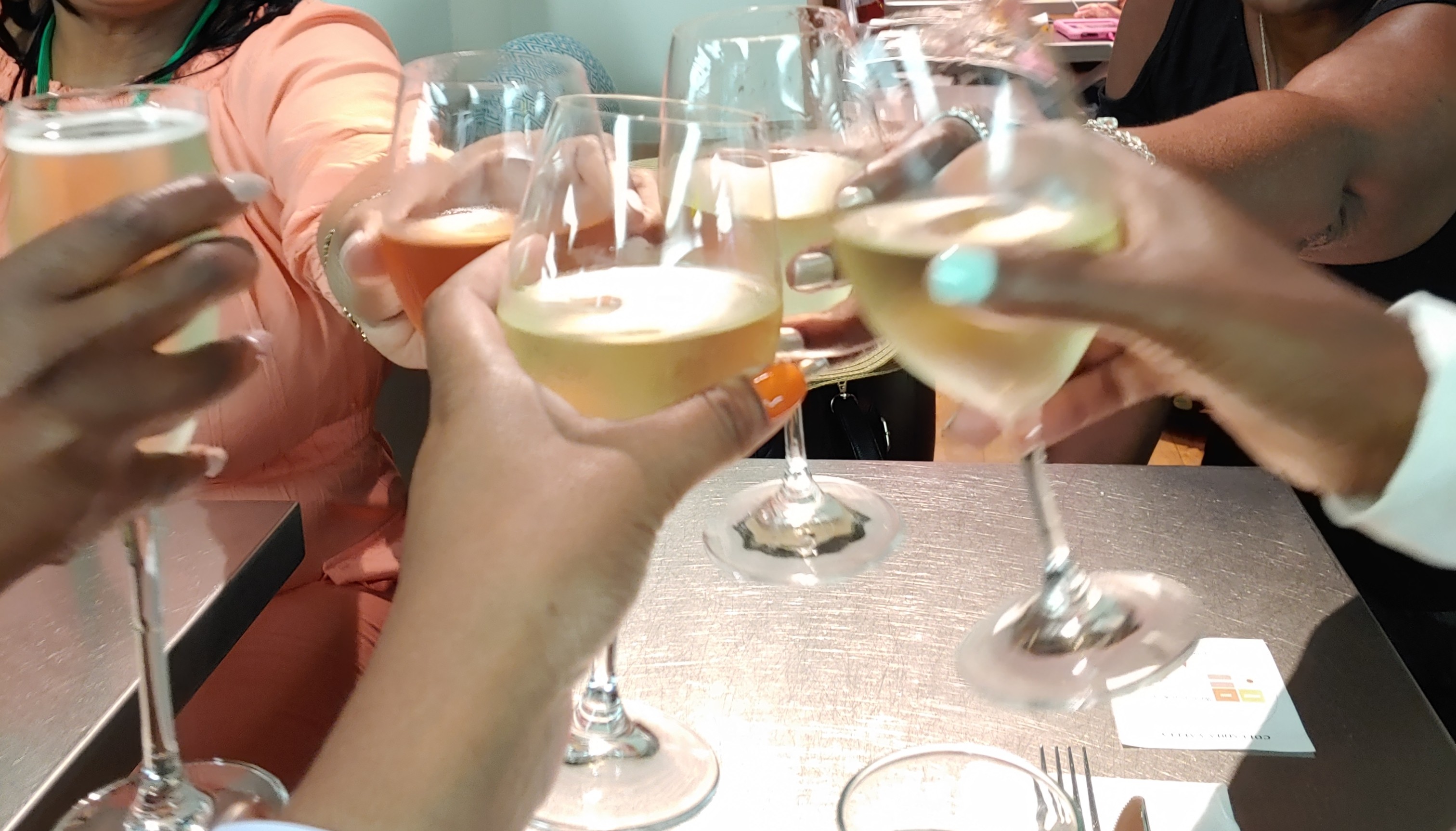
It was a great way to start things off before our super long flight to Greece, which included a layover in Germany.
THESSALONIKI
DAY 2
After about 11 hours of travel plus a time zone change, we arrived in Thessaloniki, Greece the following evening. Exhausted, but very excited, we checked into City Hotel and then got dressed for the welcome dinner.
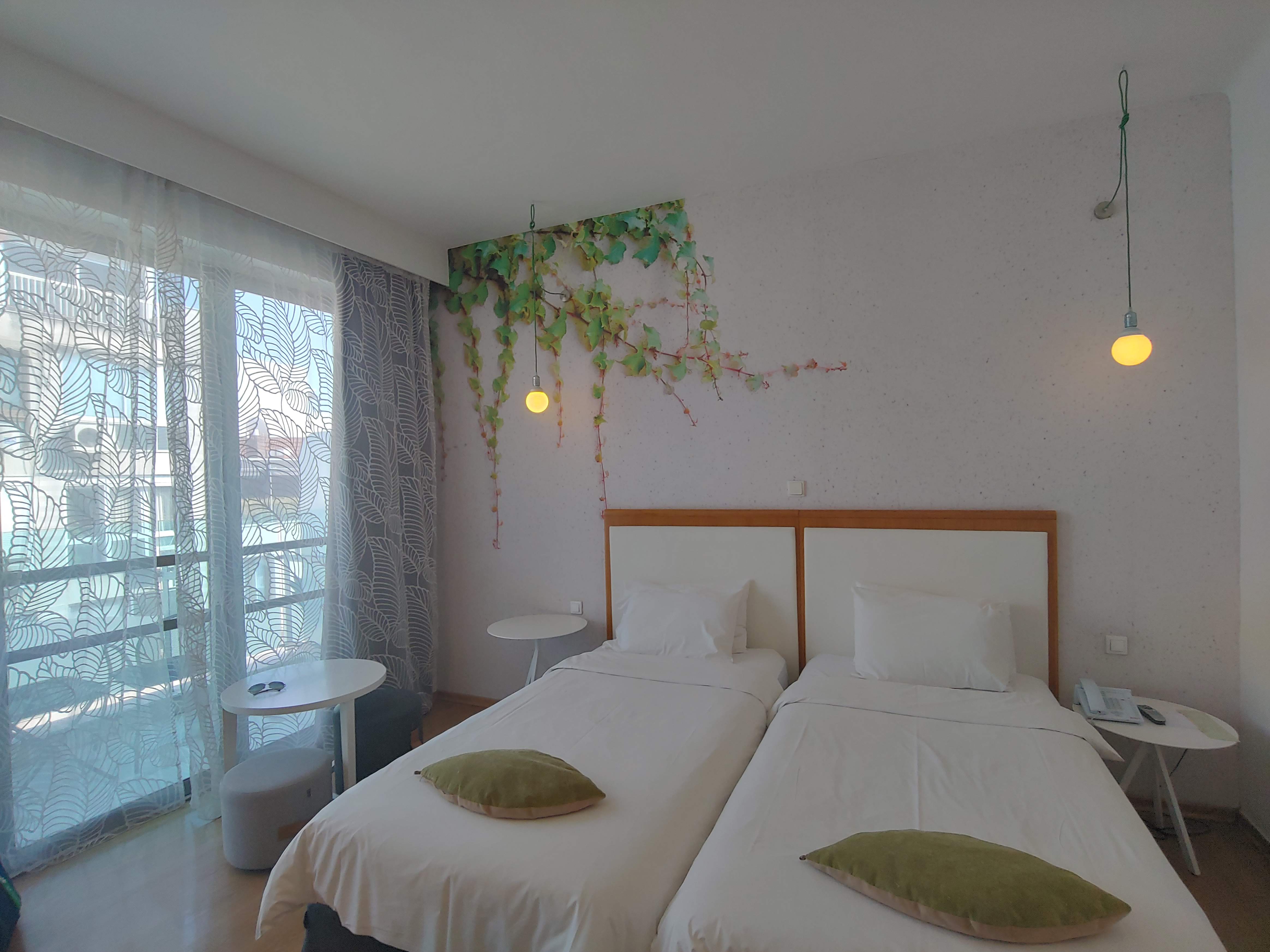
The welcome dinner was delicious, as expected. The best part was that we sat outside at a long table with the rest of the tour group while live musicians played traditional Greek music. Besides that, my favorite part of the meal was the appetizers, especially the mushrooms, which were grilled to perfection.

Dressed and ready for our first dinner in Greece.
It was also the first of many times in the trip that we would have authentic Greek salad, which I truly never got tired of. For those of you who are like me and didn’t know, real Greek salad does not have any leafy greens. Instead, there are only layers of big chunks of tomatoes, sliced cucumbers, onions, green peppers, and olives. This is all topped off with blocks of feta cheese with drizzled olive oil, red wine vinegar, a pinch of salt and a sprinkle of oregano.
After eating grilled fish as the main course, we enjoyed mini ice cream bars for dessert.
DAY 3
The following day, we went on a sightseeing tour of Thessaloniki, a beautiful port city and the second-largest city in Greece. It is known for its gorgeous views and historic sites. Our hotel was close to the water, but in a metropolitan area with a lot of boutiques, retail stores, and cafes.
One of the most popular monuments in Thessaloniki is the White Tower of Thessaloniki, known as the symbol of the city. It is a Byzantine fortification built in the 15thcentury to serve as a fort to strengthen the port and the coastline’s defenses.
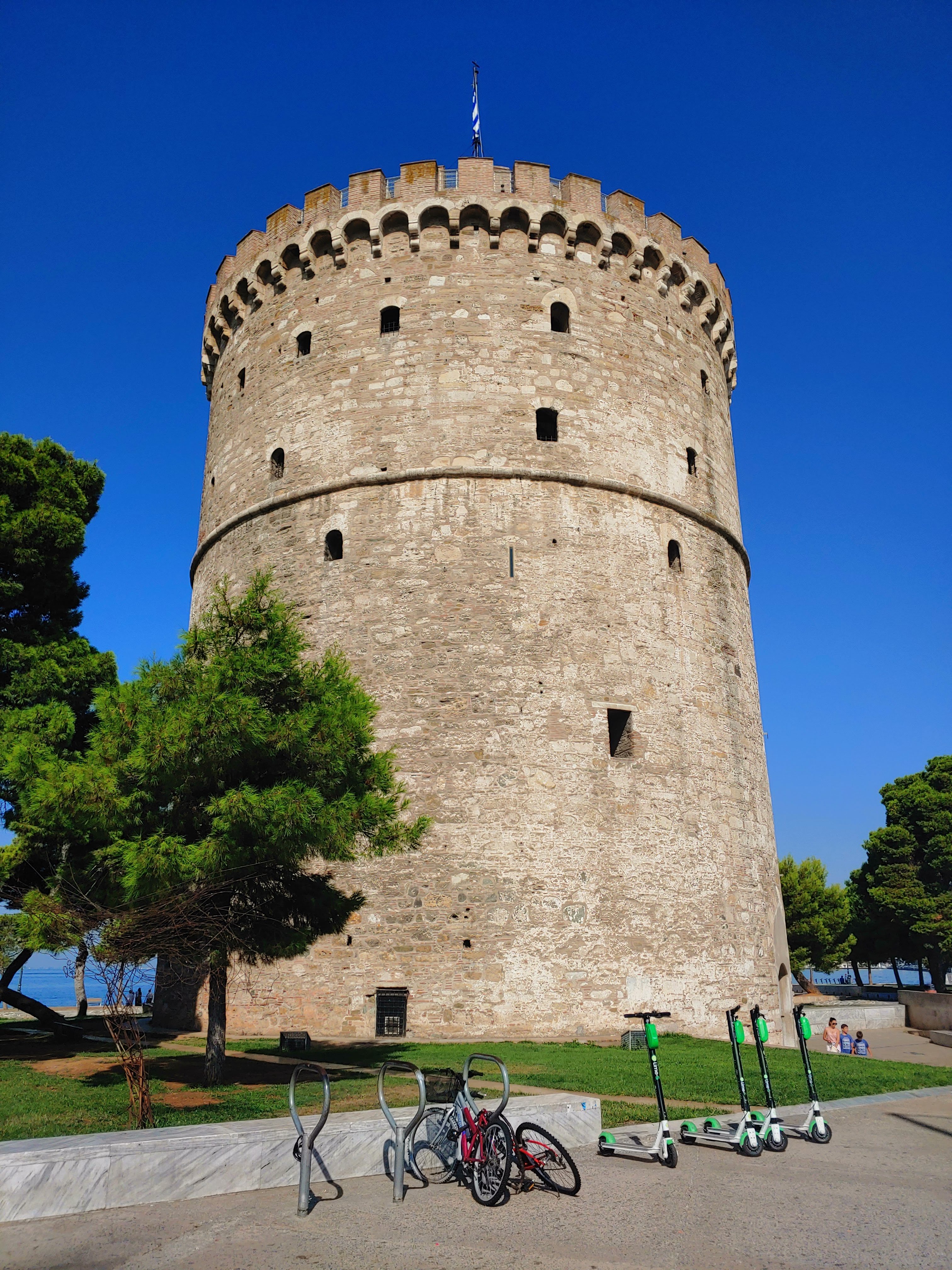
White Tower of Thessaloniki
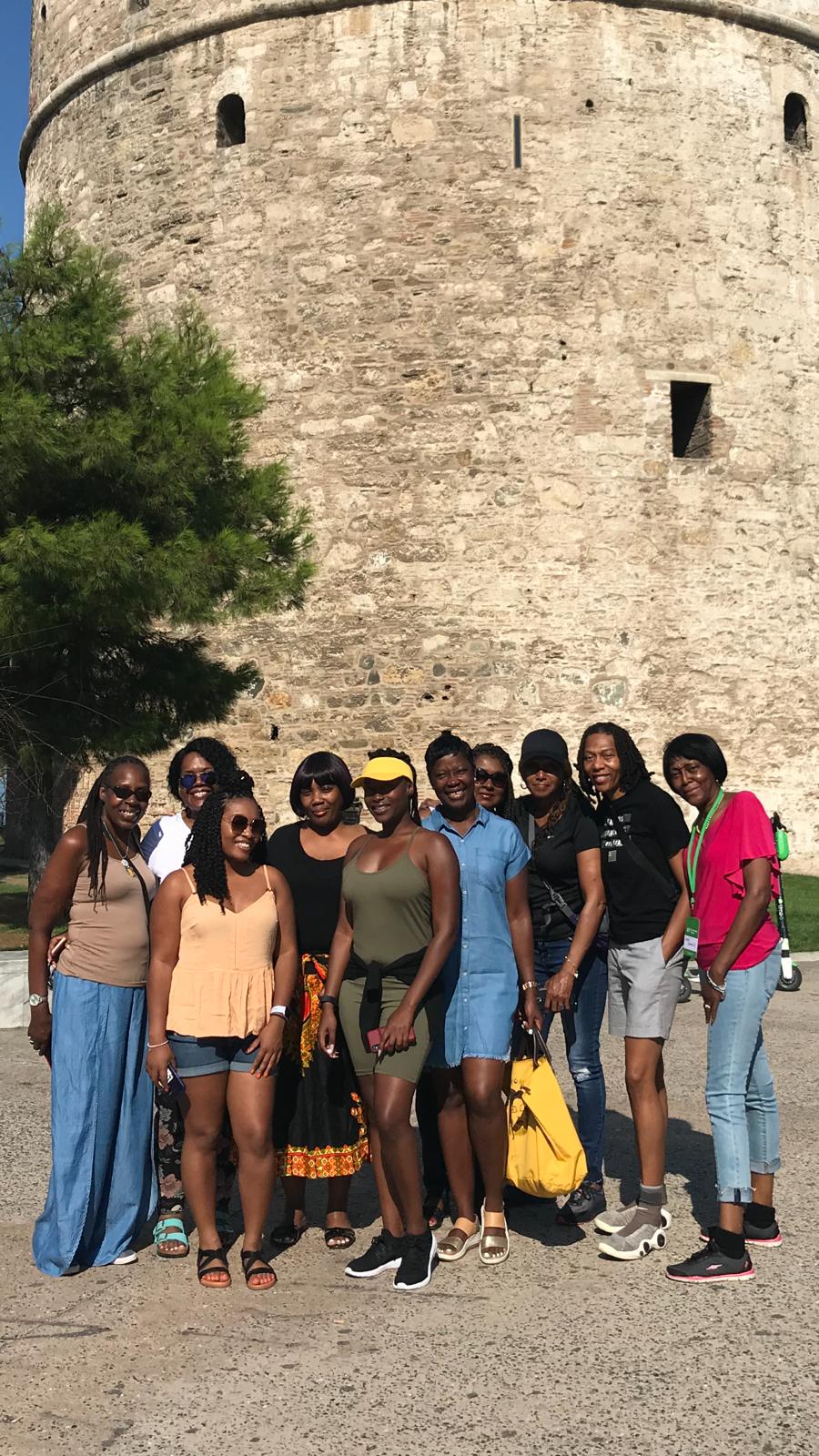
Our hotel was very close to Aristotelous Square, which is the main city square in the city center. It is a hub that hosts a great view of the Thermaikos gulf and many local and tourist events.
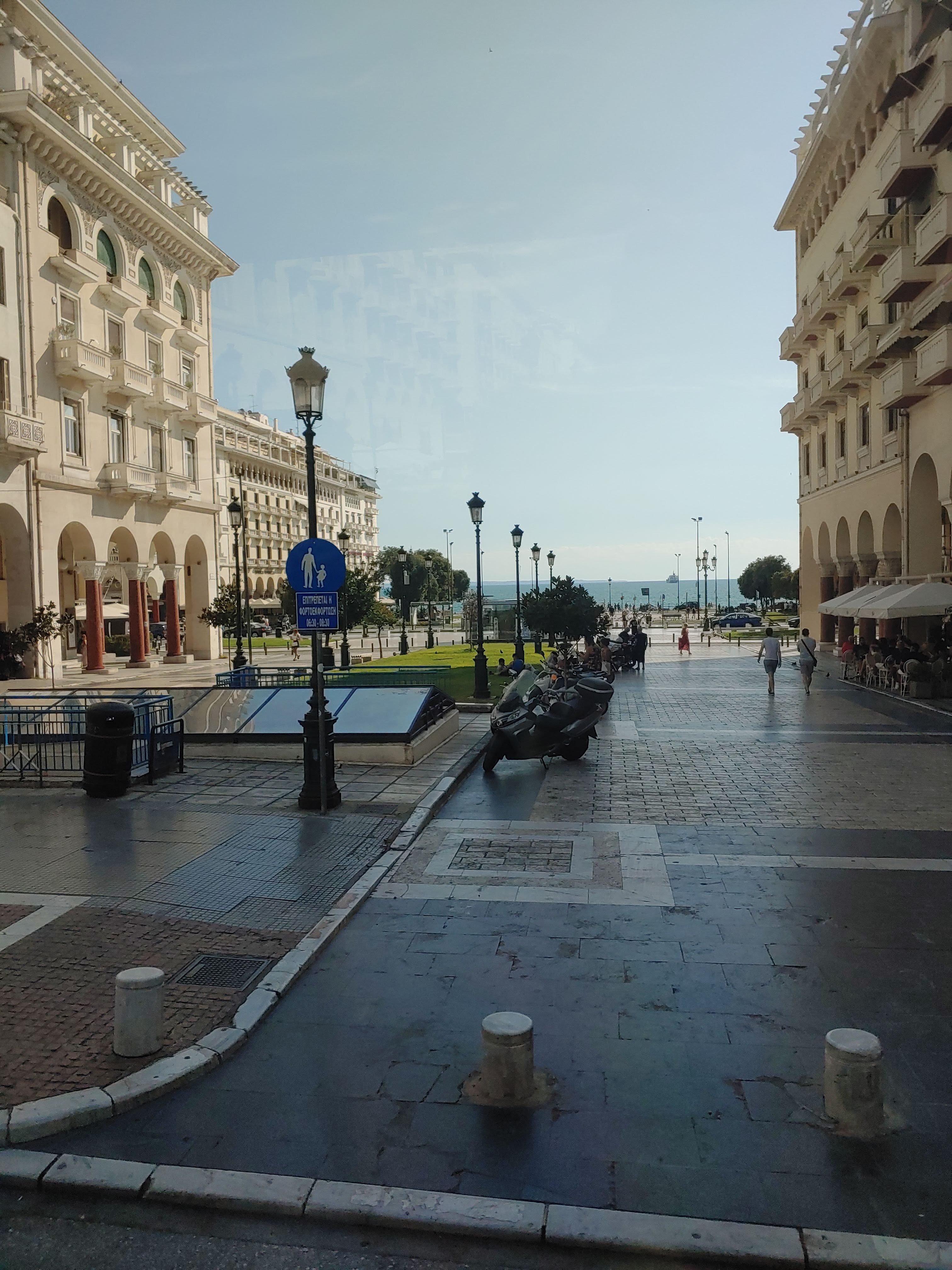
Aristotelous Square
Next, we visited a section of the Thessaloniki City Walls, which were built to surround and protect the city during the Middle Ages. Parts of the wall were destroyed but much of it still stands strong today.
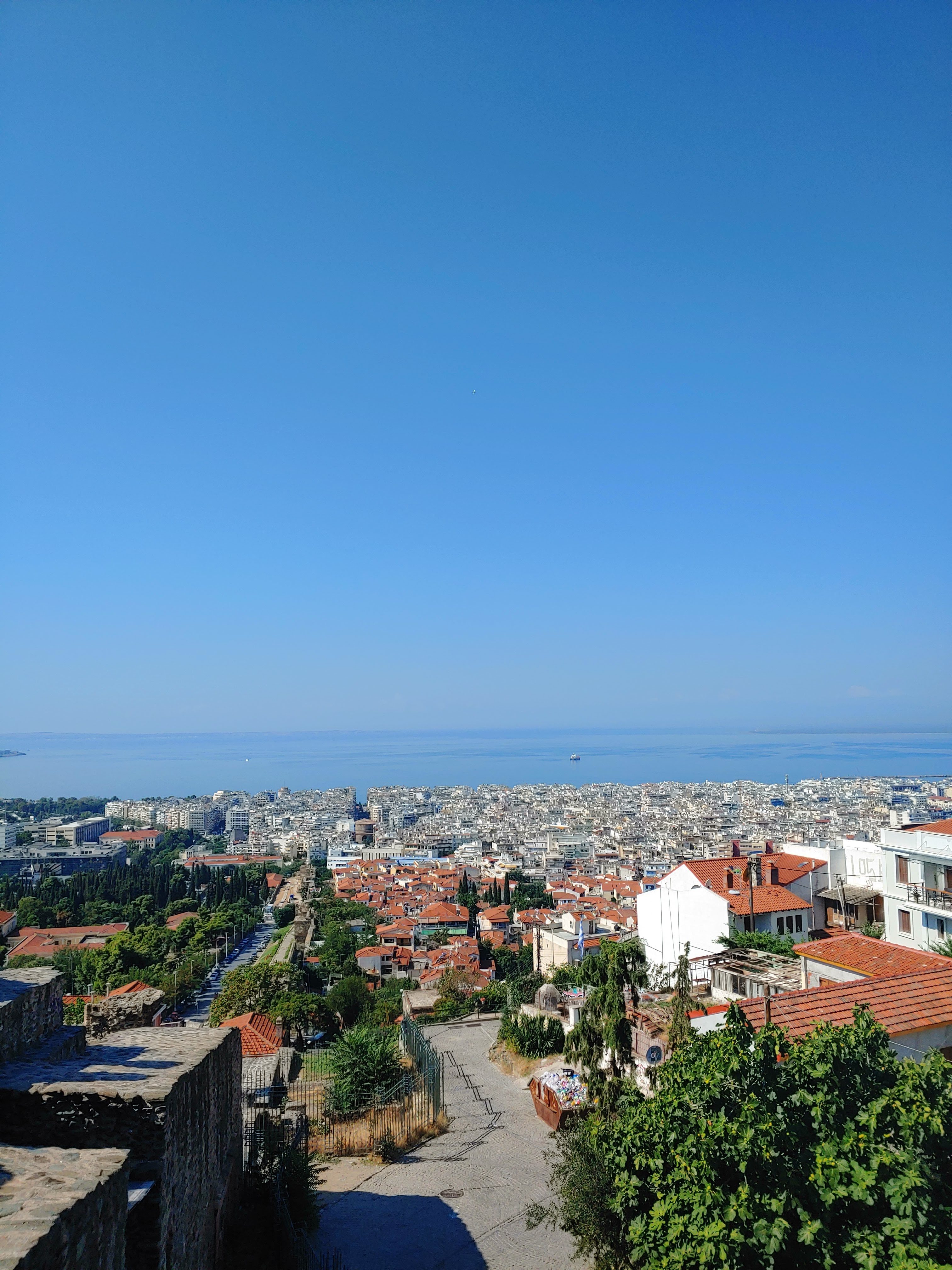
View of the city from the northern part of the walls
The Church of Saint Demetrius of Thessaloniki, or Hagios Demetrios, is the main sanctuary dedicated to Saint Demetrius, the patron saint of Thessaloniki. It dates back to a time when Thessaloniki was the second-largest city in the Byzantine Empire.
As with most historic churches, there are many beautiful sculptures and other relics in the Church of Saint Demetrius of Thessaloniki. There’s even a crypt that houses a museum.
After the city tour, we traveled to Ktima Gerovassiliou Winery, a popular destination with a vineyard, of course, a restaurant, and a museum. It is located in the town of Epanomi.

The pristine vineyard at the Ktima Gerovassiliou Winery is home to grapes that cultivate wine for the winery, which is one of the six best wine-producers worldwide.
Outside, close to the vineyard, there were amazing contemporary art sculptures scattered throughout the grounds.
We took a guided tour of the wine production, bottling, and aging areas. Then we were invited to a wine tasting. Greek wines generally have a unique light and crisp taste. But at Ktima Gerovassiliou Winery, the variety of wines was expansive.
The museum at Ktima Gerovassiliou Winery was very cool because it showcased a lot of historical wine paraphernalia.
There were ancient wine jugs and more modern wine barrels, a plethora of tools that were used to make and store wine, and hundreds of cork openers and bottle stoppers from every century.
An adorable cafe, MONO Unique Fresh, sat right in the midst of Aristoletus Square by the hotel. So, after the tour, we had lunch in the restaurant’s outdoor patio. The food was fresh and delicious and the white sangria was smooth with just the right amount of sweet.
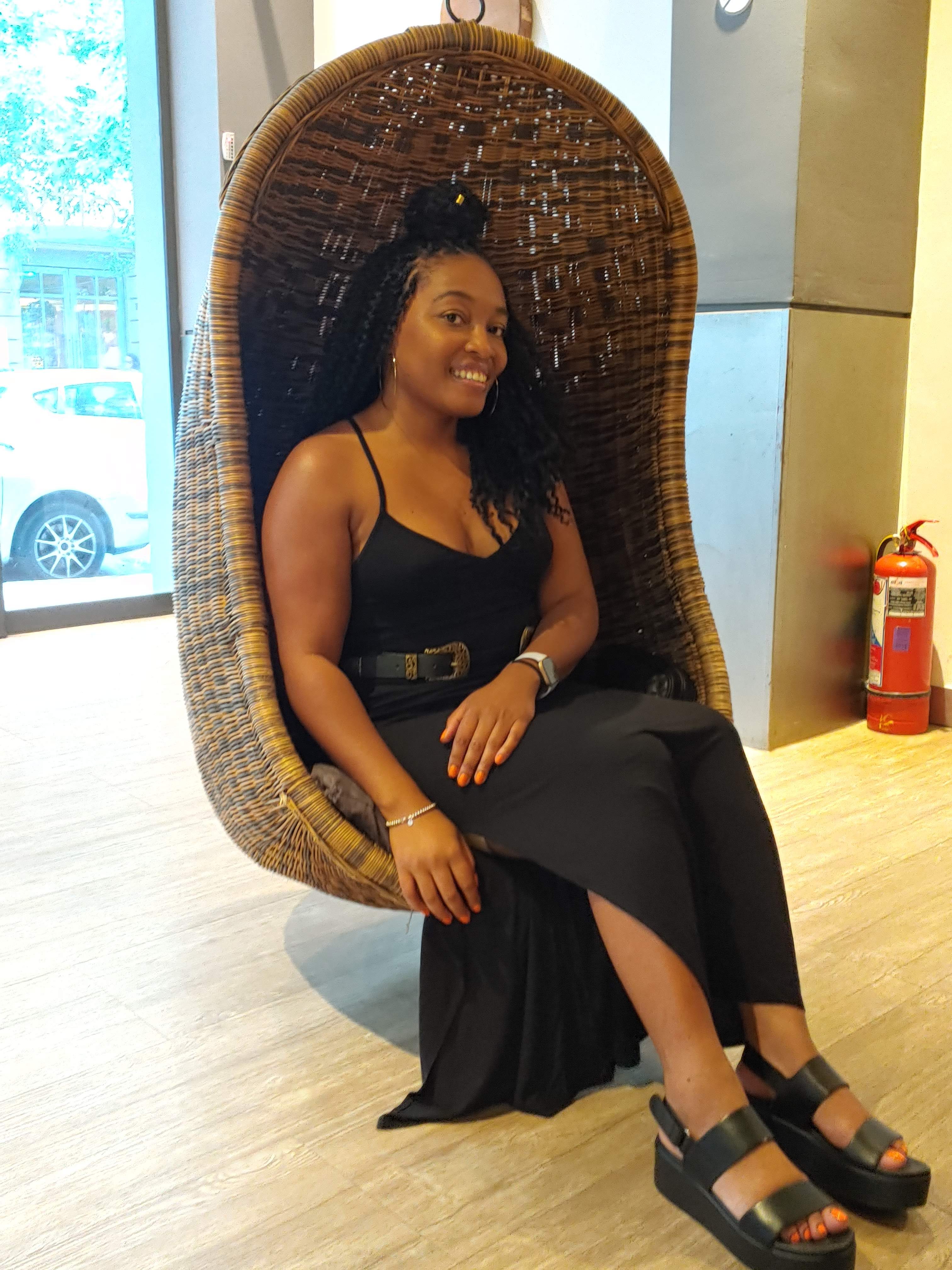
Ready for a night on the town in Thessaloniki
Later that night, my traveling companions and I decided that we wanted to go out and explore since there were no tour group activities planned. We walked around and eventually stopped at a trendy restaurant called Blanc Gastrobar because they had lively music and hookah.
Luckily, the food and drinks were great there too. We had a blast singing along and dancing to the songs the DJ seemed to be playing just for us. It was the first fun night of many.
DAY 4
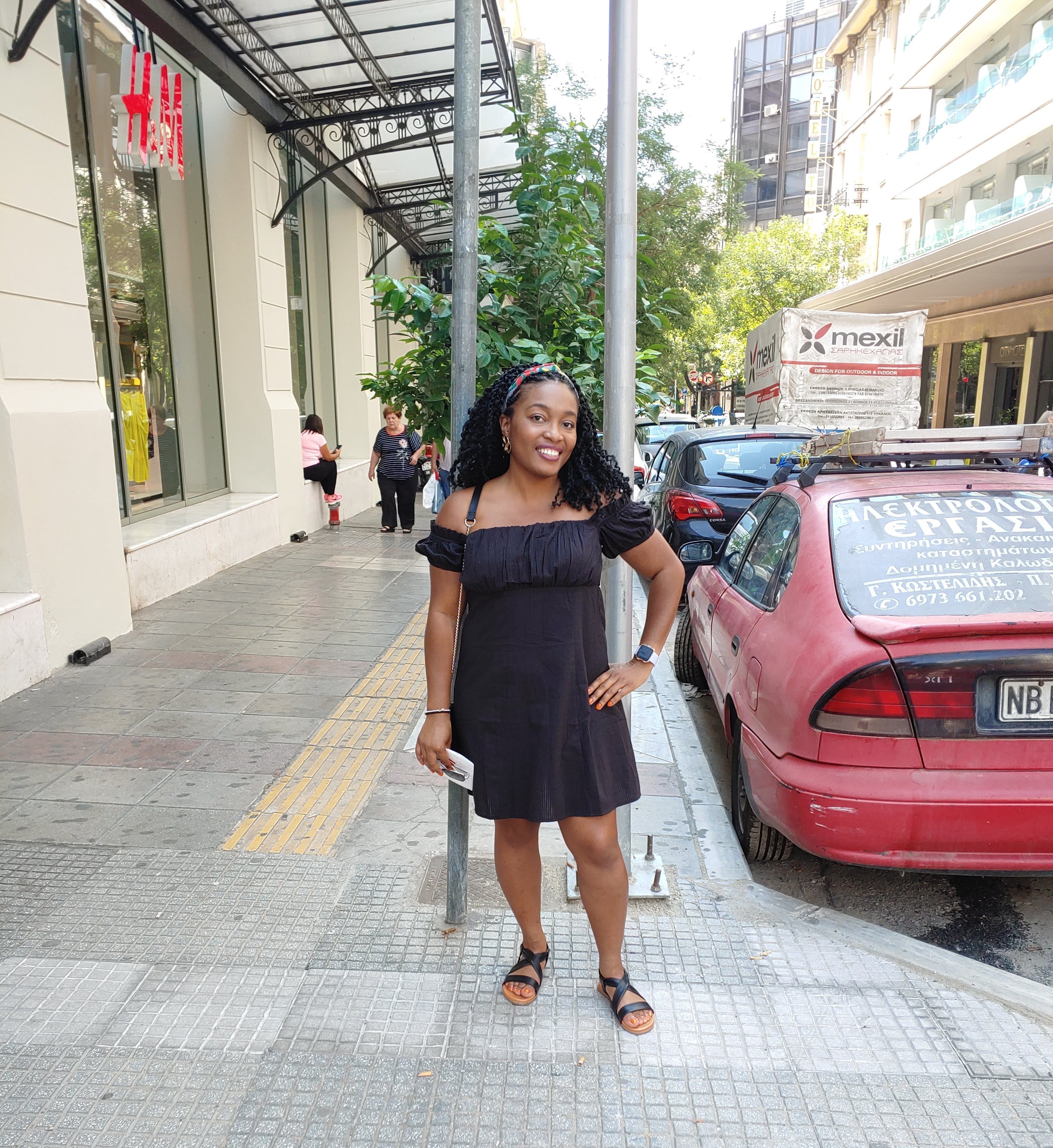
A little sightseeing in Thessaloniki
The following day, we went out for breakfast before the guided events were to start. There were so many options along the water that we couldn’t decide so we returned to Blanc Gastrobar.
We kept seeing people at the cafes and people walking around with iced cappuccinos, which in Greek are called “freddo” cappuccinos. Being a coffee lover, I had to try one and I loved it so much, I ended up drinking one almost every day.
Later, during our 3rd day in Thessaloniki, we went on our first add-on excursion of the trip to have lunch at Naoussa Wine Tavern.
While we were being served our first course, the restaurant staff aerated the wine using a decanter (shown in the above video). Using a decanter is one of the most popular methods of aerating wine. Aeration gives wine a chance to “breathe” by exposing it to oxygen in order to bring out the flavor.
During this meal, we were surprised to find out that for each type of wine — white, red, and rose — the restaurant would serve us three courses. There was so much food that I barely was able to try everything!
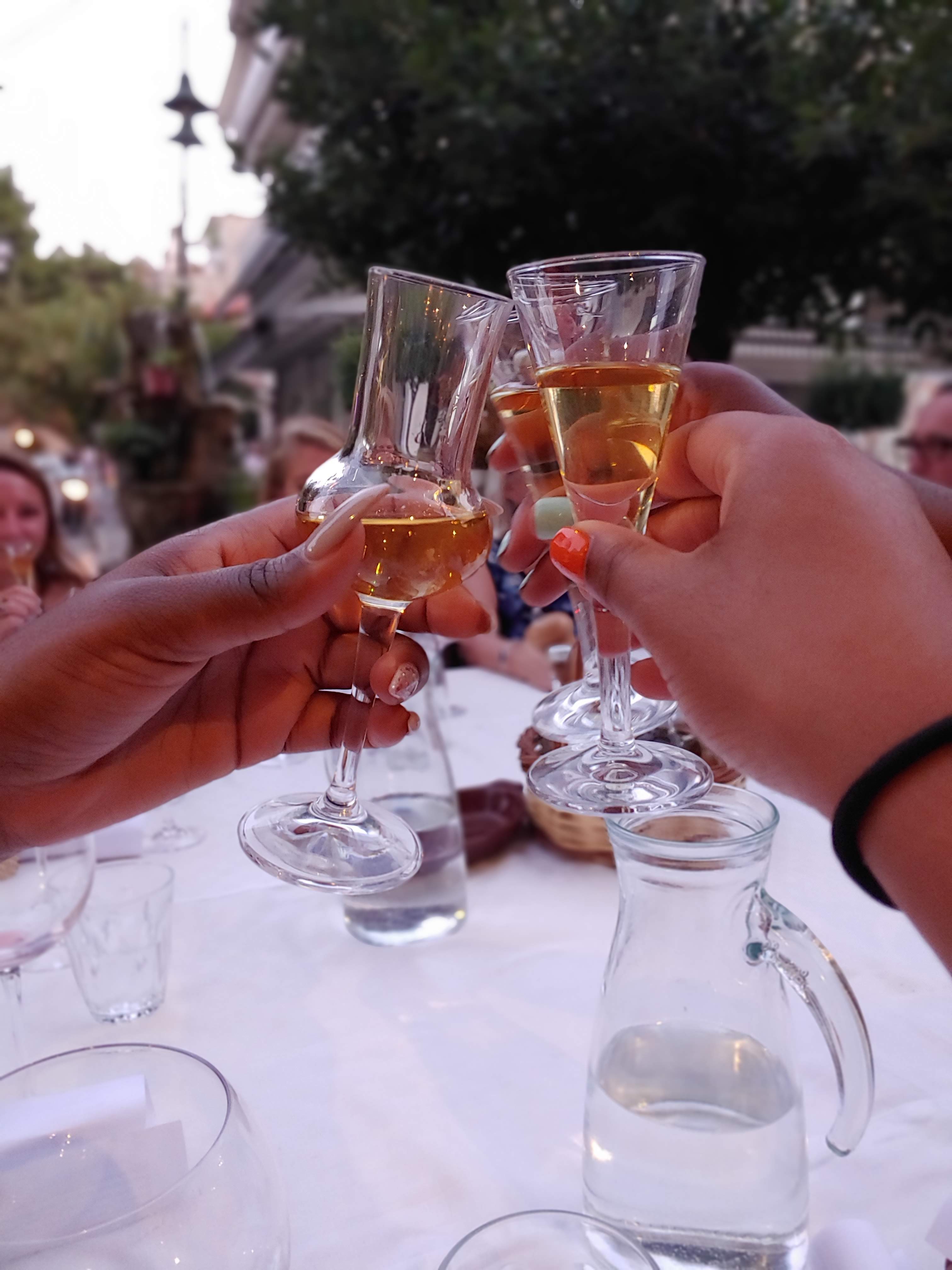
A sweet, after-dinner liqueur
Cheers (or “yamas” in Greek) to another phenomenal dinner!
DAY 5
ATHENS

The next day was a travel day to Athens and on our way via bus, we stopped in the Port of Volos, a seaside town, for a seafood lunch by the water.

At this lovely restaurant, we ate the staple, Greek salad, fried zucchini chips, octopus, calamari, shrimp, and fried fish. Despite the fact that some of the food was prepared in ways that were new to us, we enjoyed our meal very much.
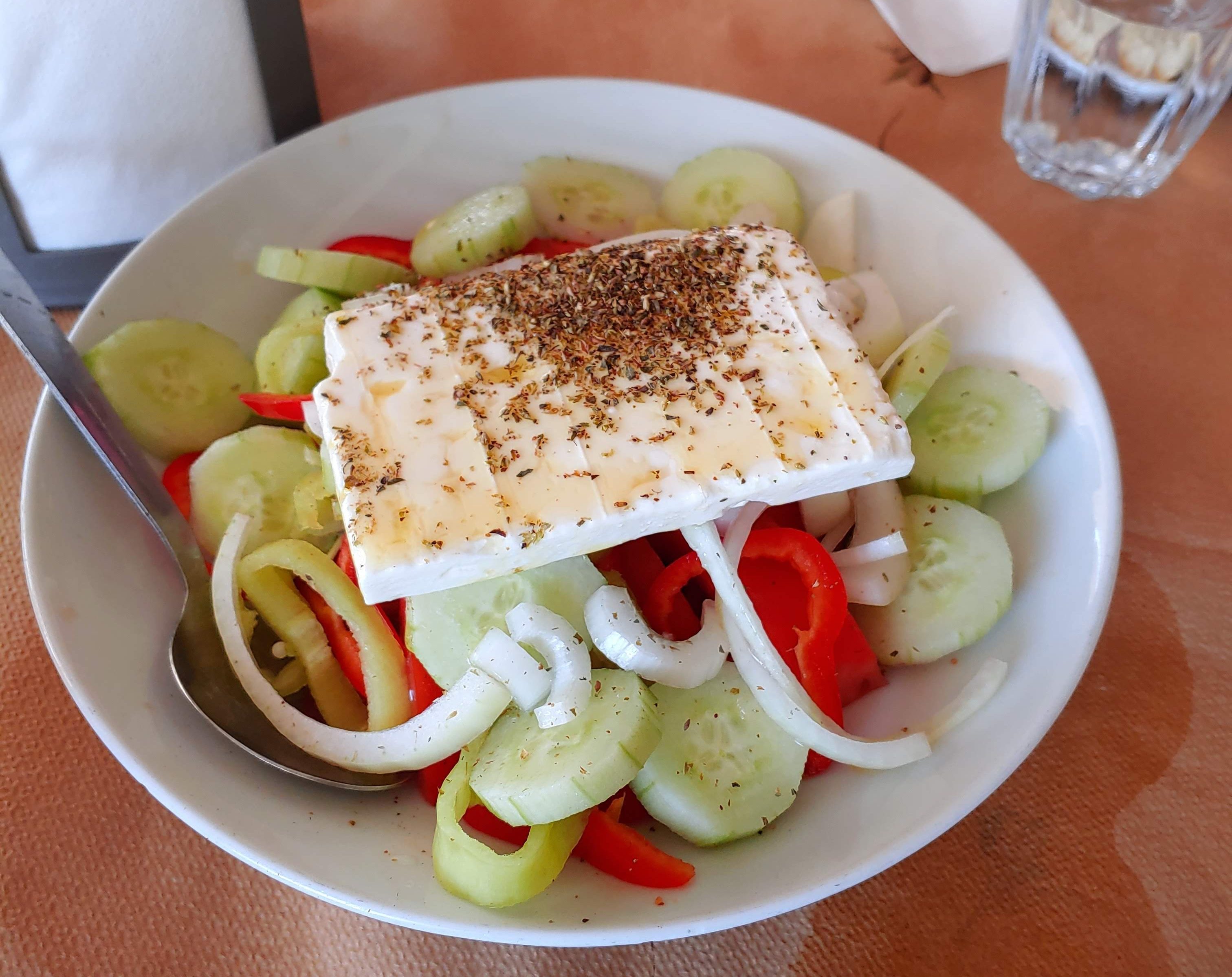
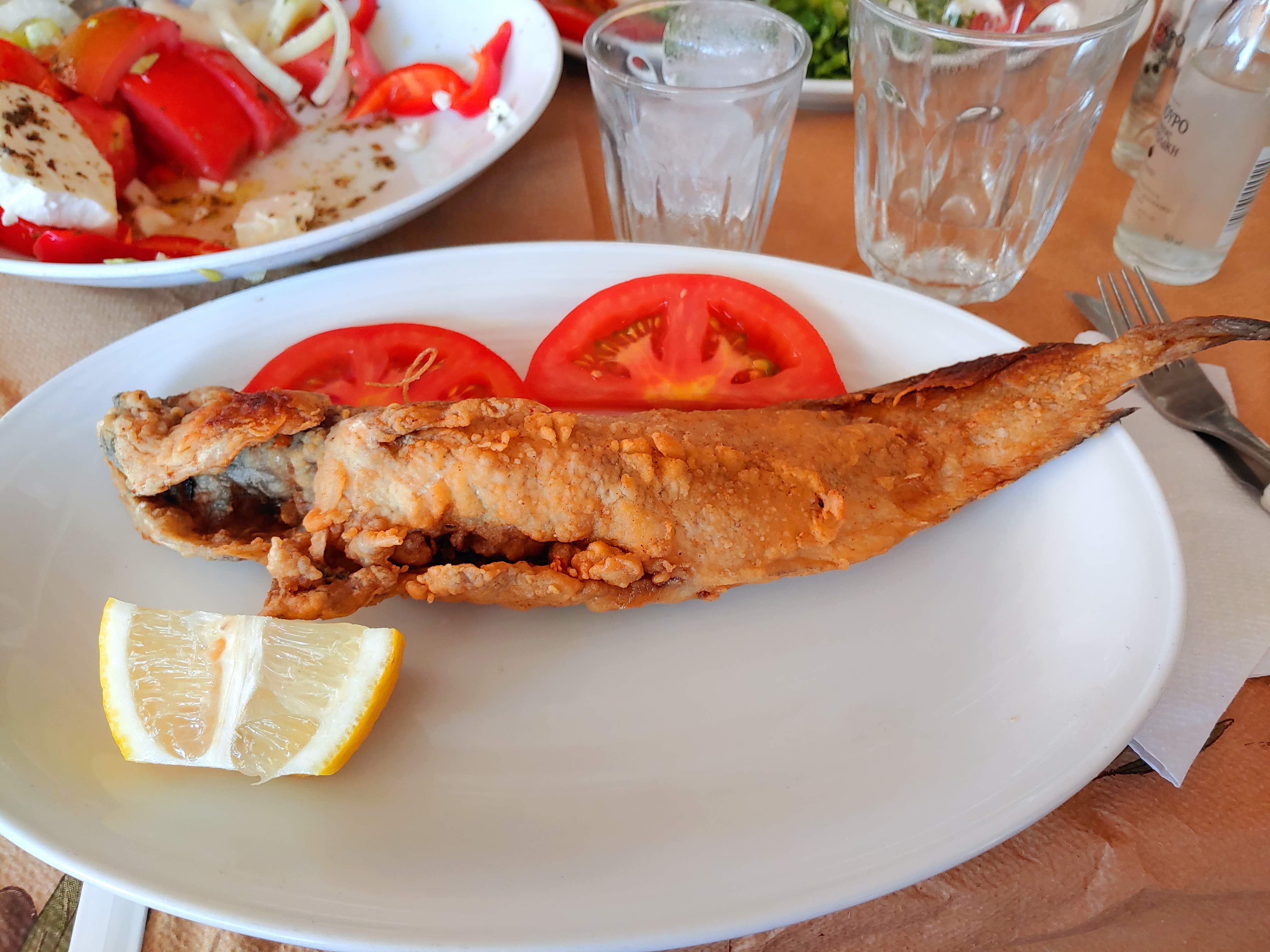
Our meal was accompanied by the traditional Greek spirit, ouzo, that turns cloudy white when ice is added. It is a dry aperitif that tastes a bit like licorice. It is pretty potent and can be anywhere between 37.5% and 50% alcohol.
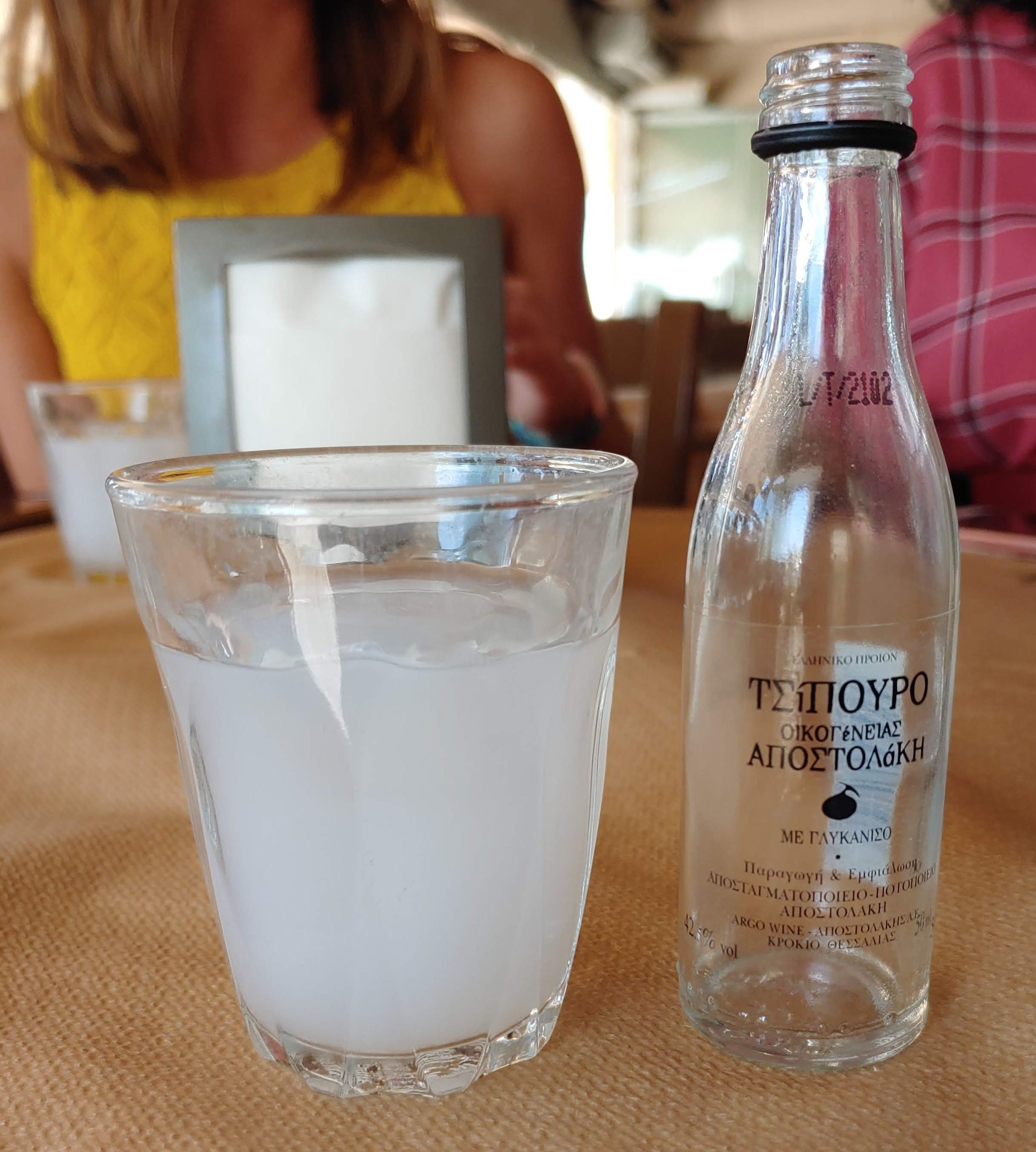
We arrived at our hotel, Athenaeum Palace & Luxury Suites, a few hours later and were pleased to be able to get some rest after a huge meal and a long drive.
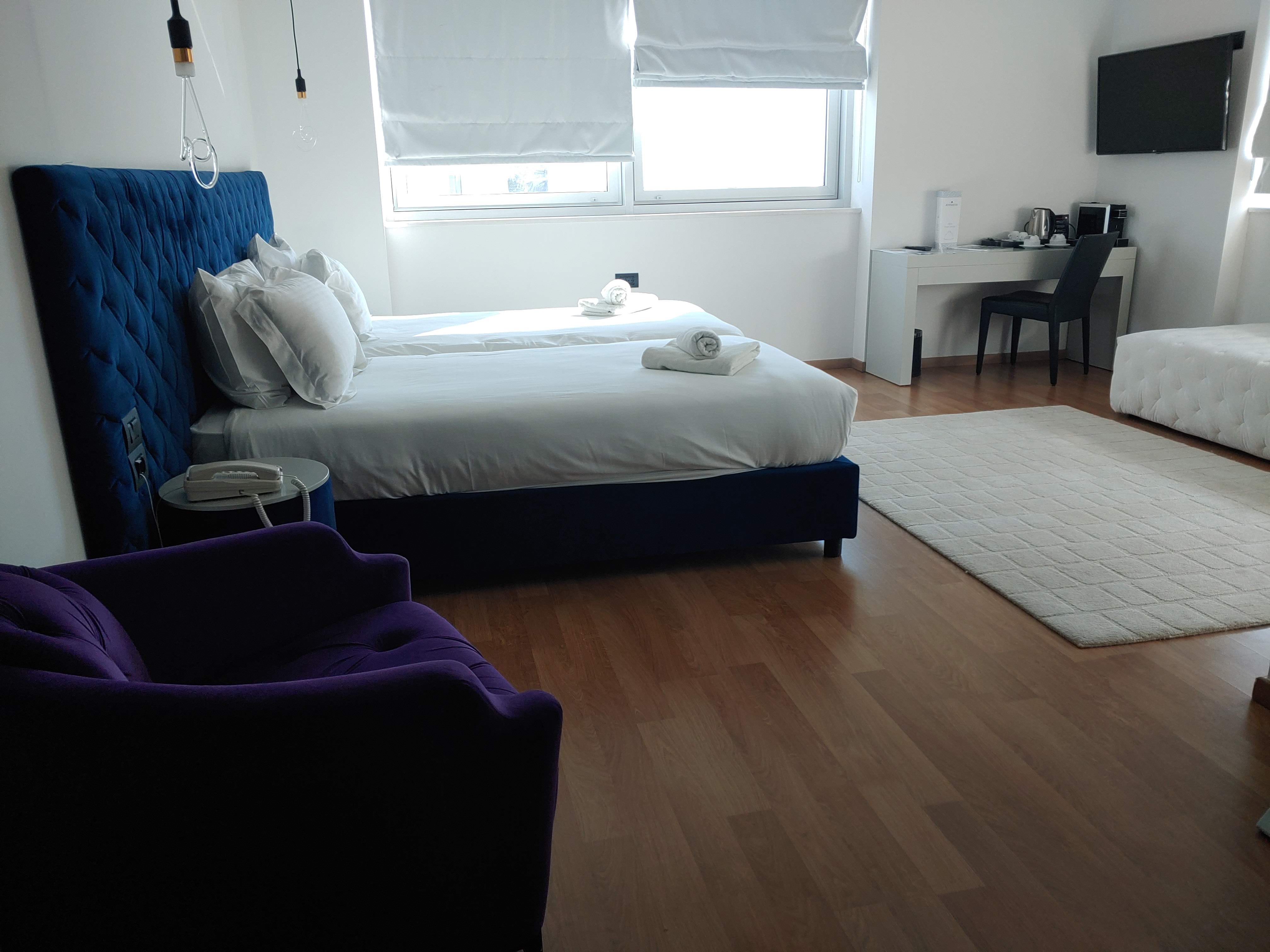
A little bit later, we went down the street to have dinner at a restaurant called Flavour, where we had a variety of tasty dishes from pizza to salmon and vegetables.
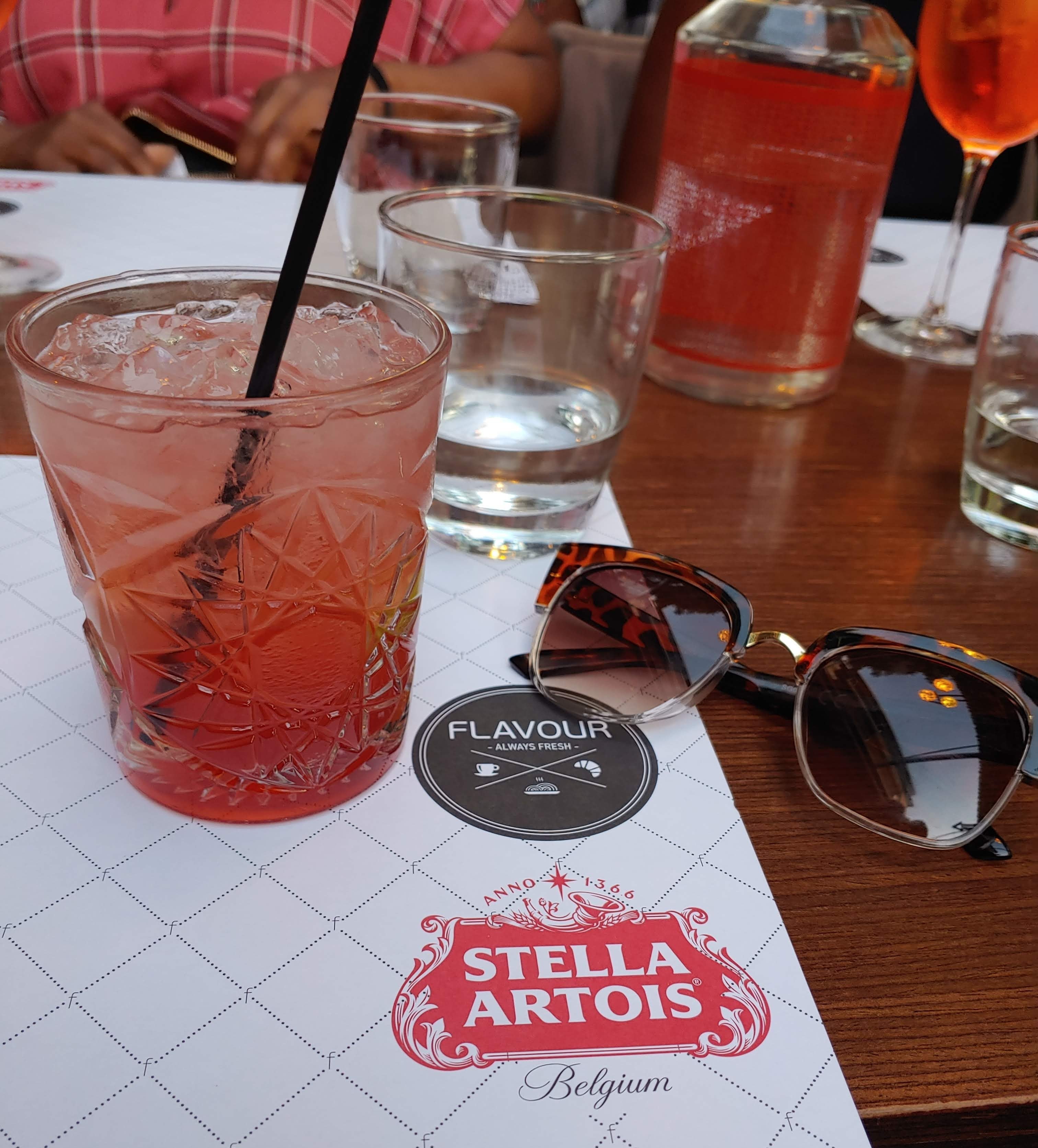
DAY 6
On our first full day in Athens, we went on a sightseeing bus tour all over the majestic capital city. The first stop was the Panathenaic Stadium, also known as Kallimarmaro. It hosted the opening and closing ceremonies of the first modern Olympics in 1896.
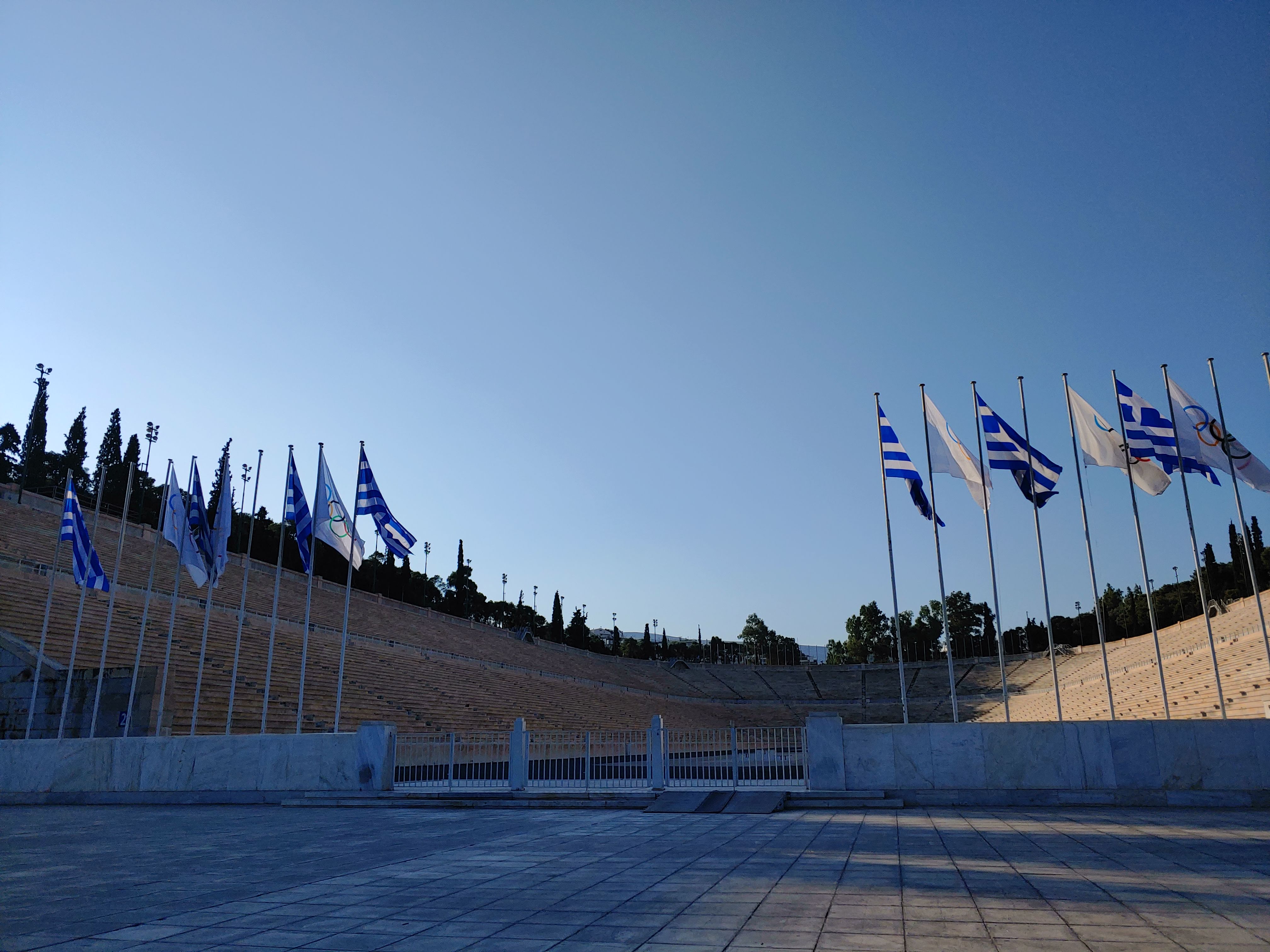
We also rode by the Temple of Olympian Zeus, one of the largest ever built in the ancient world, and the Old Royal Palace, the first royal palace of modern Greece. Unfortunately, we didn’t get close enough for pictures and our guide was in a hurry to get us to the main attraction, the Acropolis.
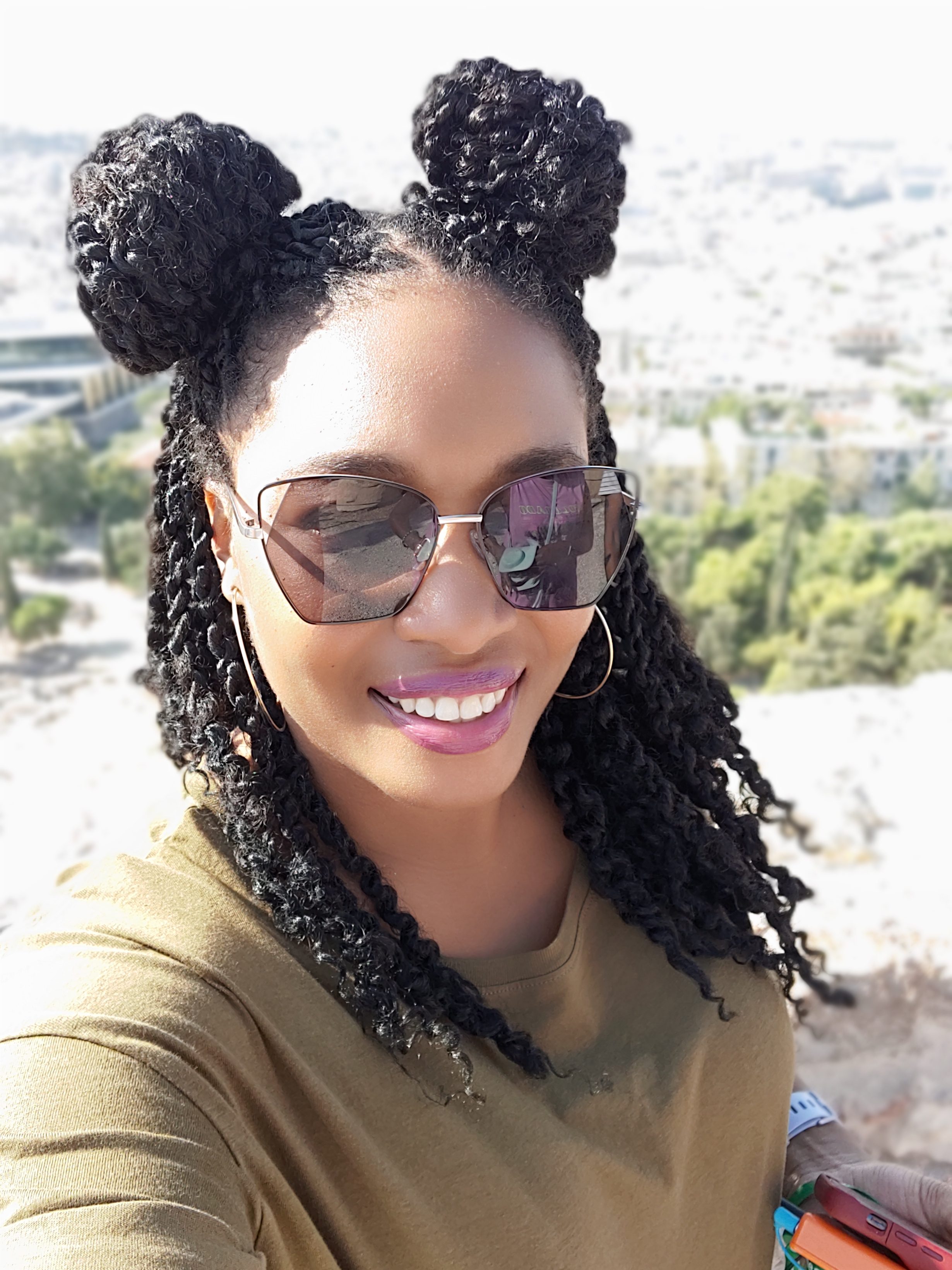
The last stop on the tour was the Acropolis. We went early to avoid the crowds and I am so glad we did because even at 9:30 am, there was what seemed like 1,000’s of people heading up to the magnificent structure.
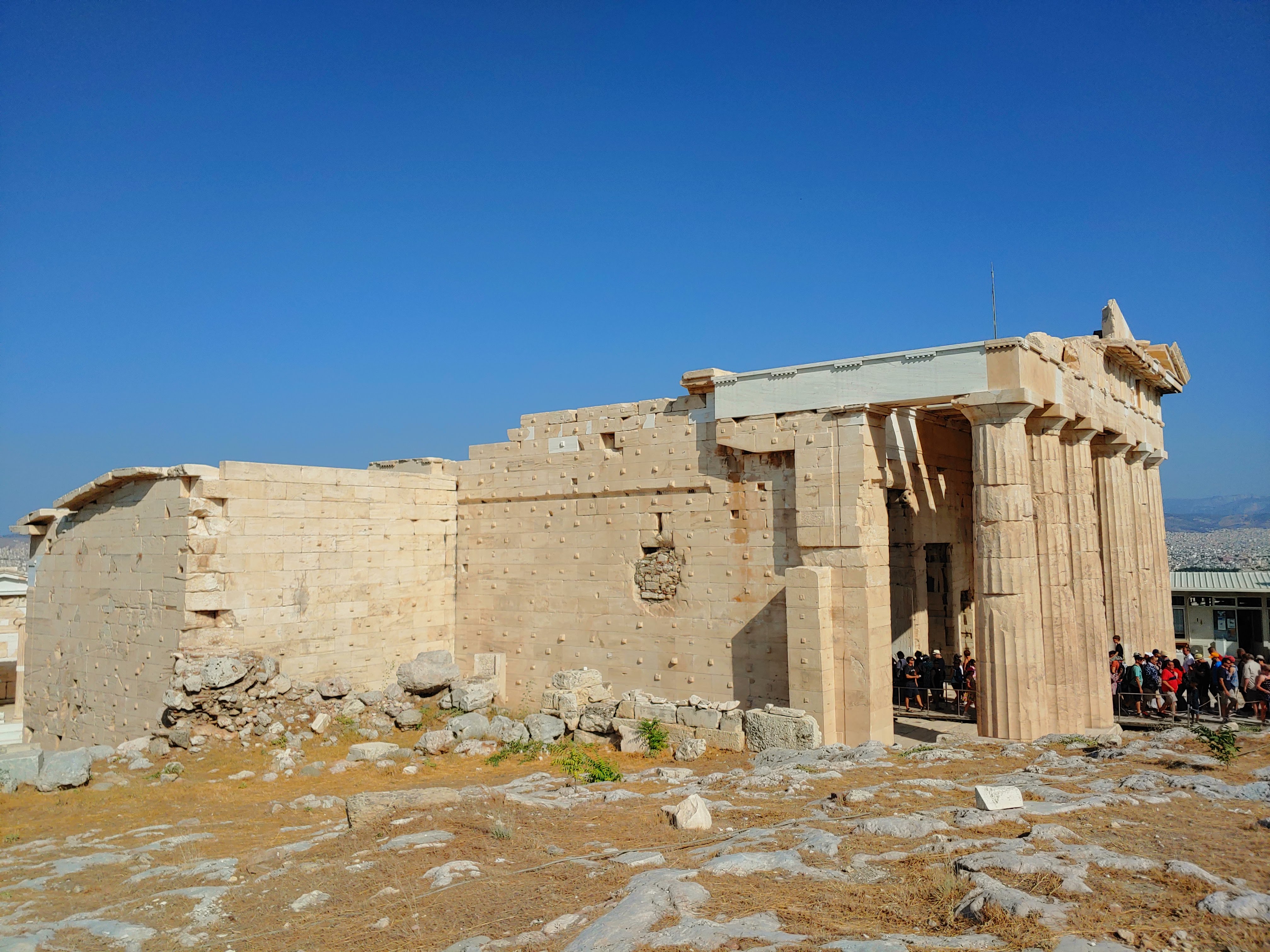
The word Acropolis means “high city” and it was constructed beginning in the Bronze Age. The Parthenon, below, was dedicated to the goddess Athena and is the most famous of the temples built upon the Acropolis.
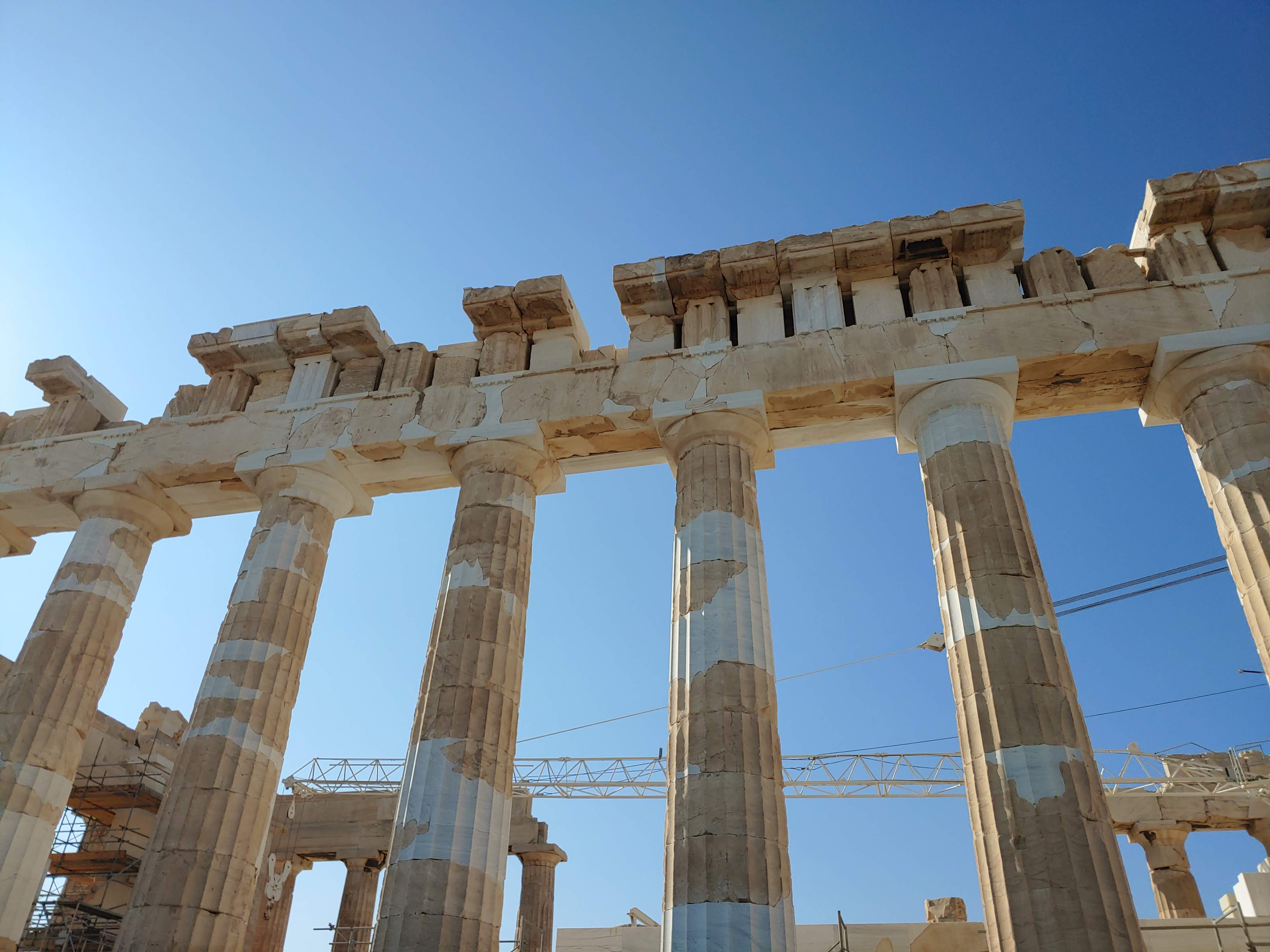
There were many temples and structures built on the Acropolis. It was absolutely breathtaking to see all of them up close and to look down at the view of the city of Athens.
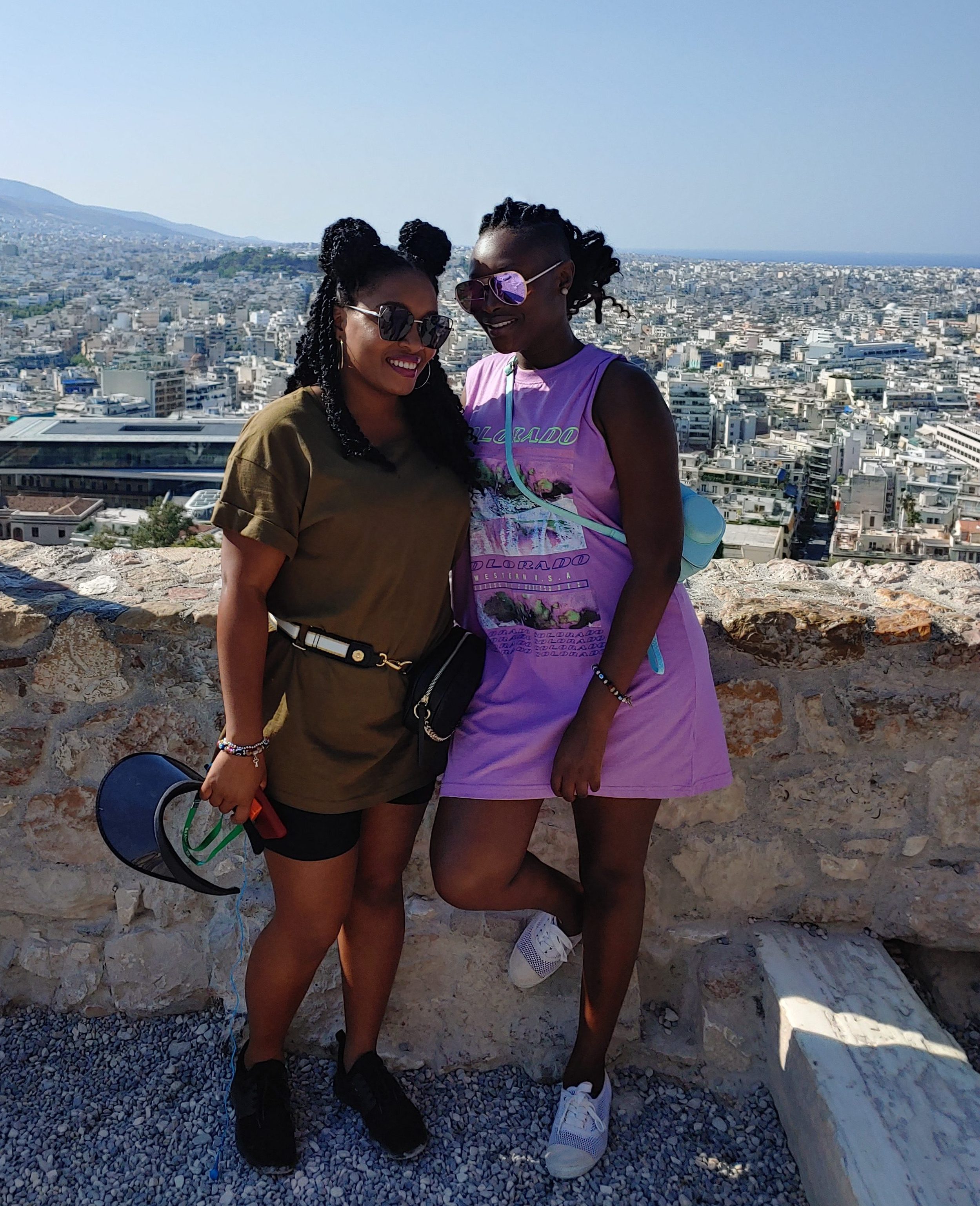
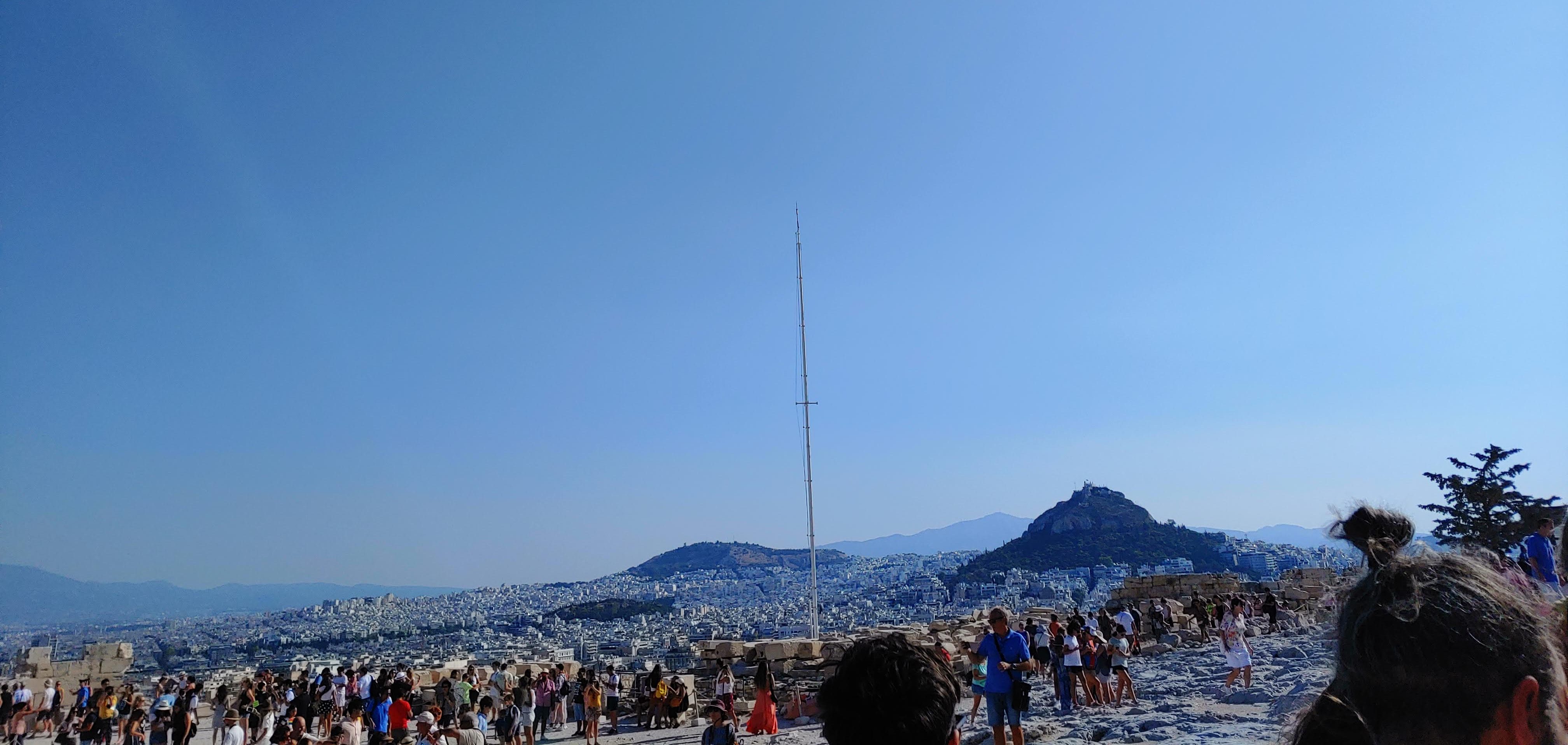
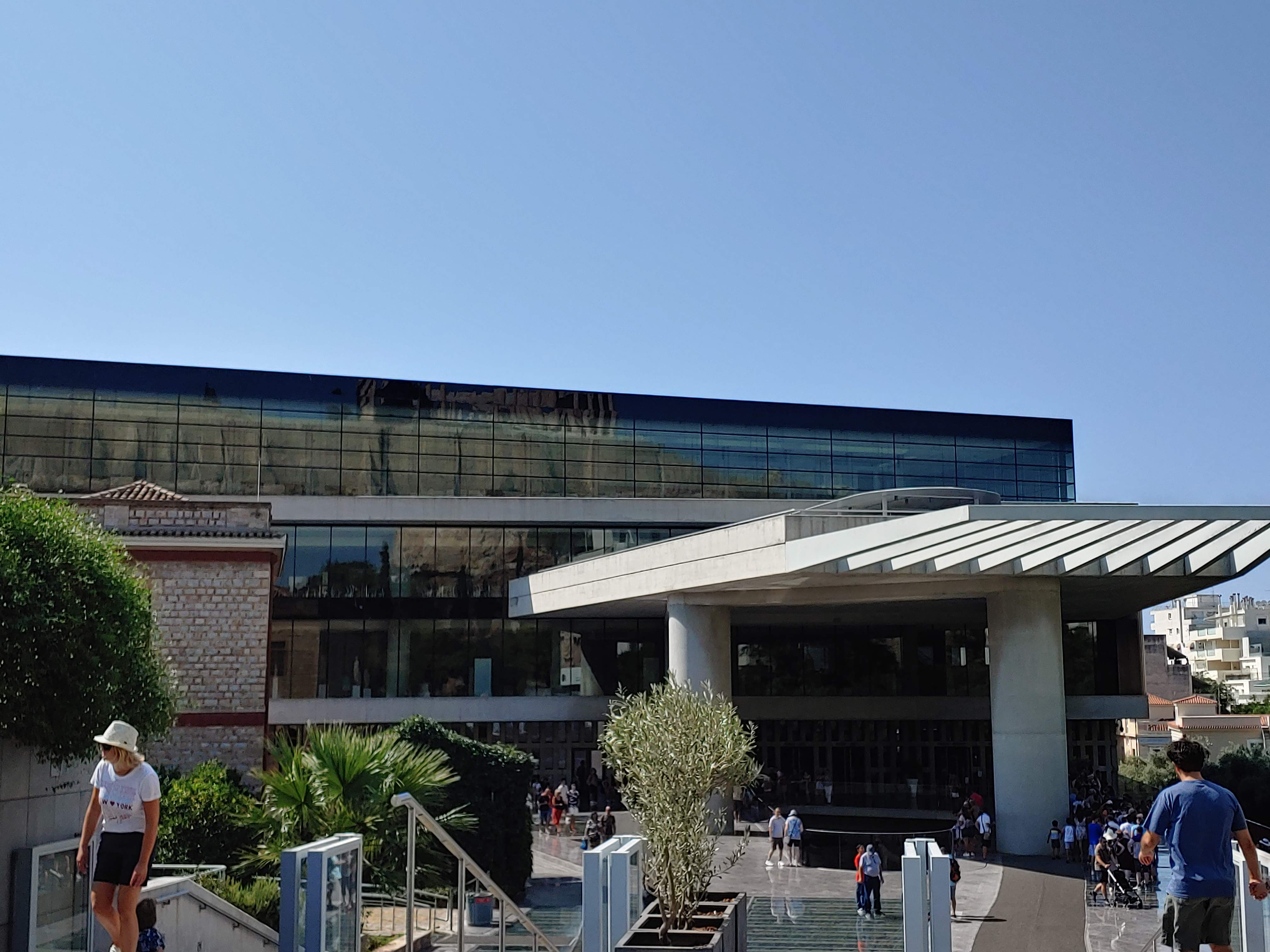
Acropolis Museum
After our excursion at the Acropolis, we had lunch in the surrounding Plaka district, a quaint village filled with little shops and restaurants littering its cobblestone streets.
We ate at Makriyianni 3 restaurant and I had chicken souvlaki with tzatziki sauce. The chicken was well-seasoned and the other ingredients were fresh and flavorful. I have never had chicken souvlaki until then and I know if I have it in America, it just won’t be the same.

After the morning tour, we went to Bolivar Beach Bar, which was recommended by our tour guide. It was a really chill beach with beautiful white sand and blue water. There were beach chairs set up with umbrellas but, unfortunately, because we came late in the day and there were no chairs available, we sat in the bar area.
Nevertheless, it was a nice experience to sit and bask in the sun while sipping on cool, fruity margaritas.
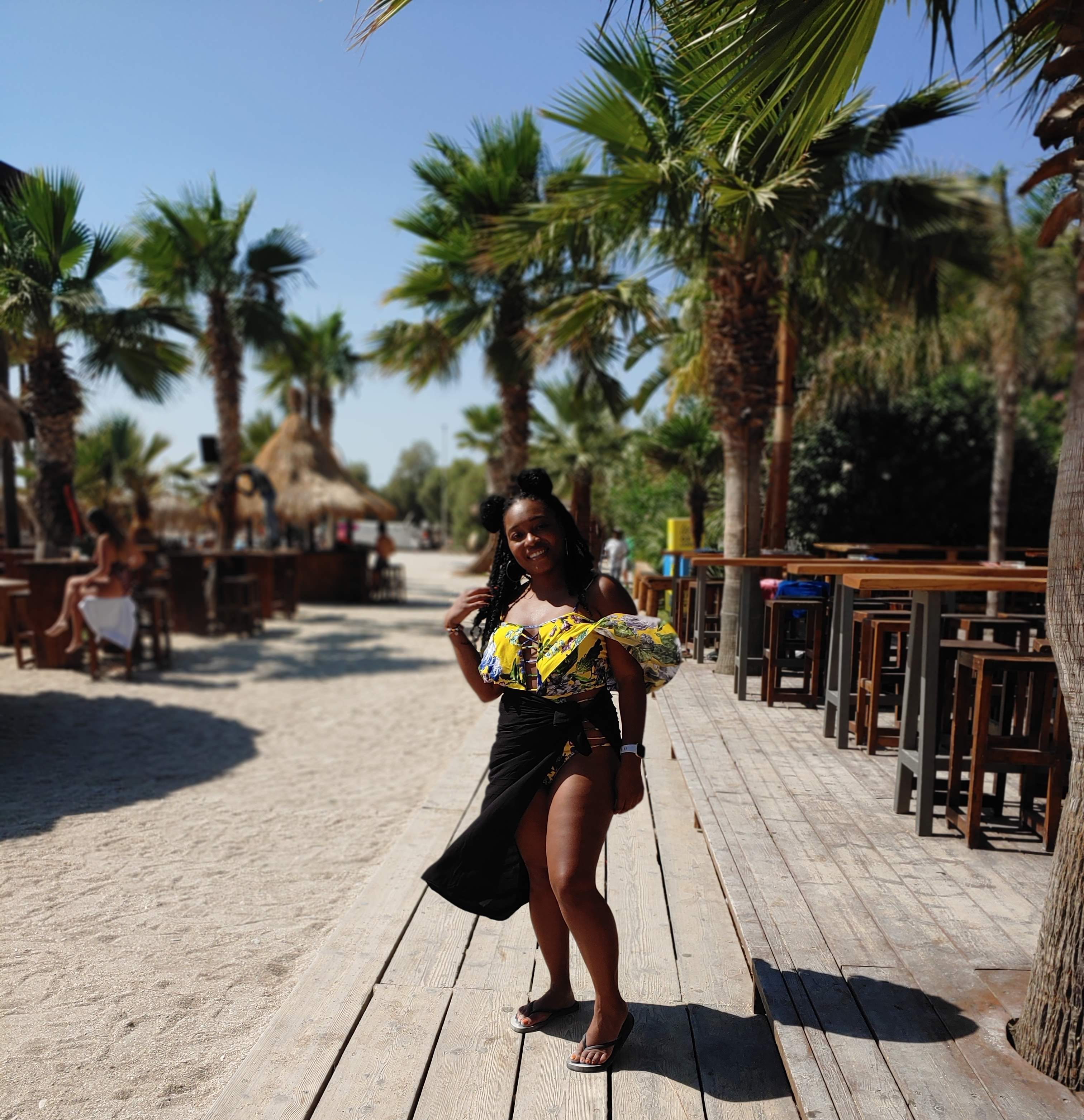
DAY 7
CRETE
The following day, we had a short flight to Crete. Crete is the biggest Greek island and boasts awe-inspiring landscapes. We took a bus to our hotel in Crete’s capital, Heraklion, where we would stay for one night.
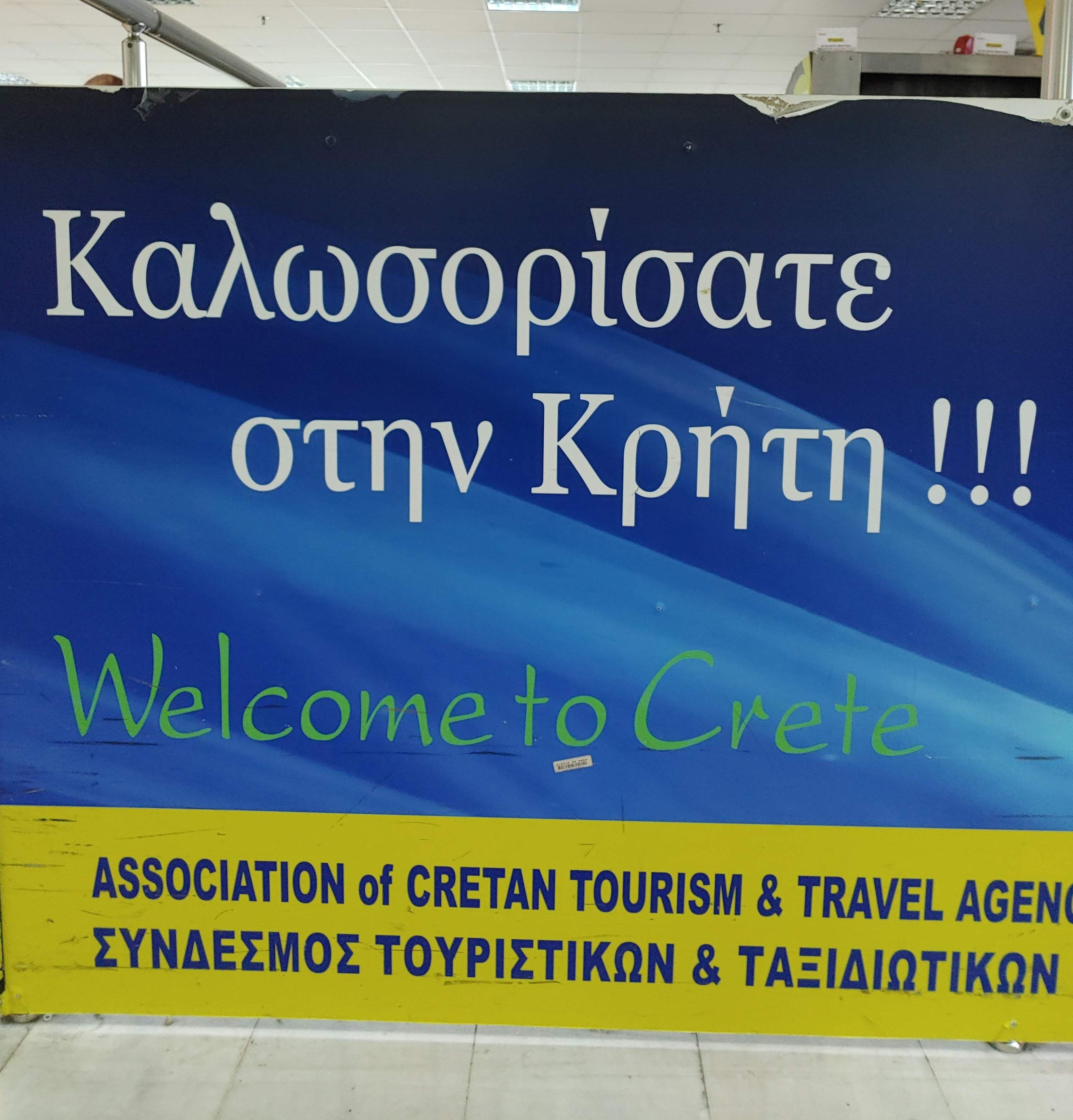
Heraklion
After settling into our new digs at Galaxy Iraklio Hotel, we went on a sightseeing tour of Heraklion, where we visited the Morosini Fountain in Lions Square and where we had lunch.

Another delicious salad
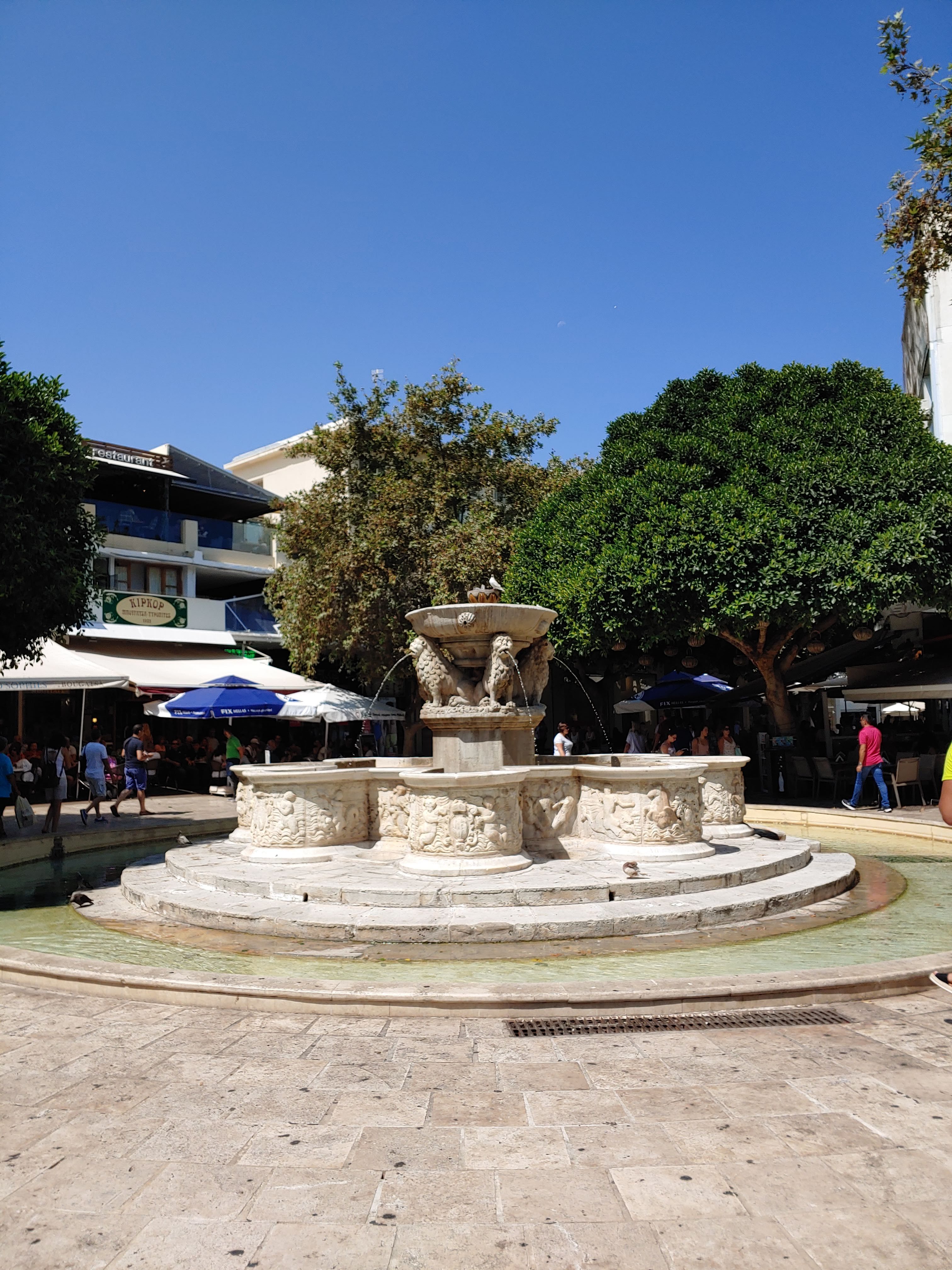
Morosini Fountain in Lions Square
During the tour, we visited the infamous Heraklion Archaeological Museum, which is one of the most important museums in Europe and covers a chronological span between the Neolithic period and Roman times – 5,500 years. It houses artifacts from the ancient Minoans, which was a Bronze Age Aegean civilization.
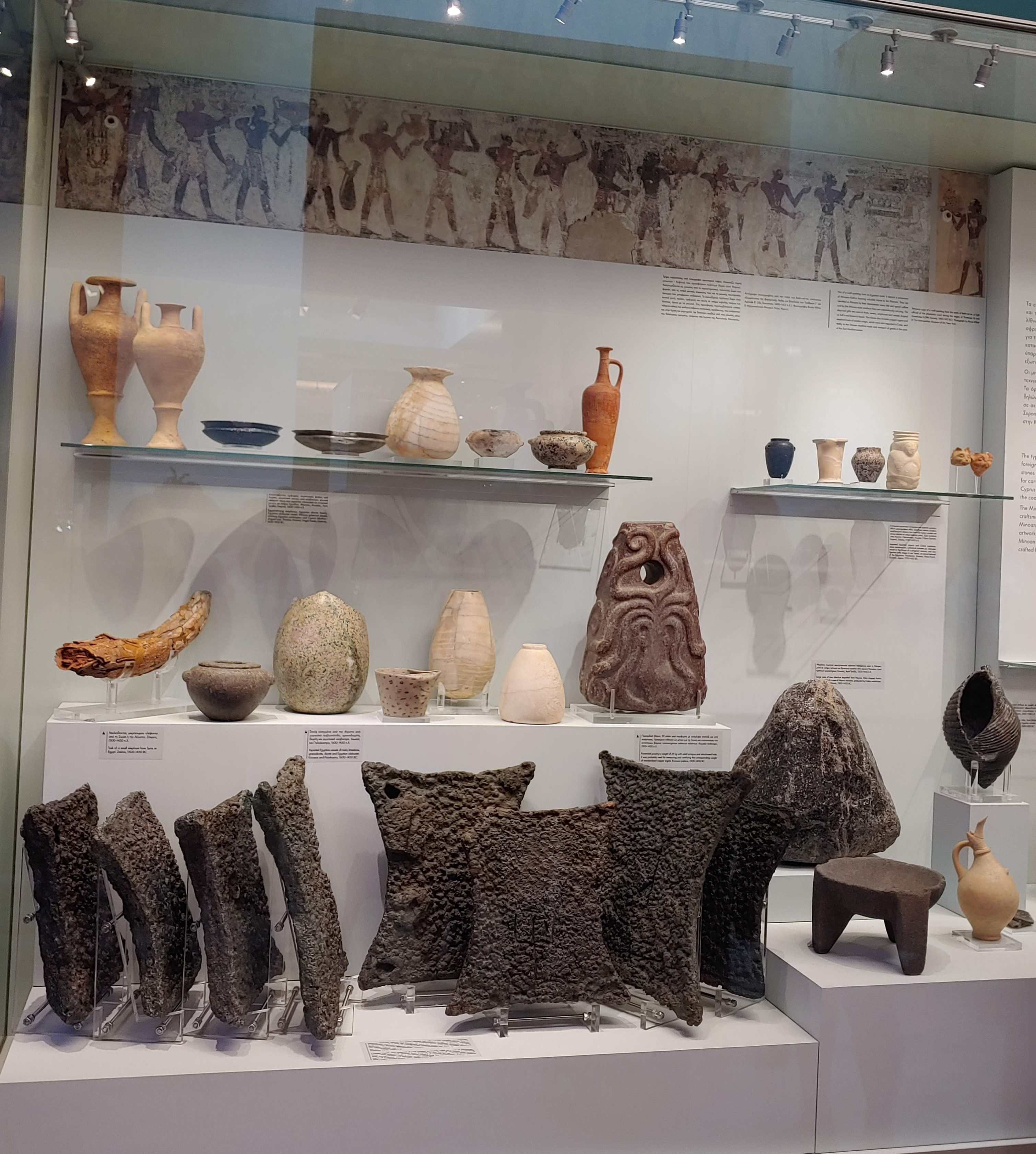
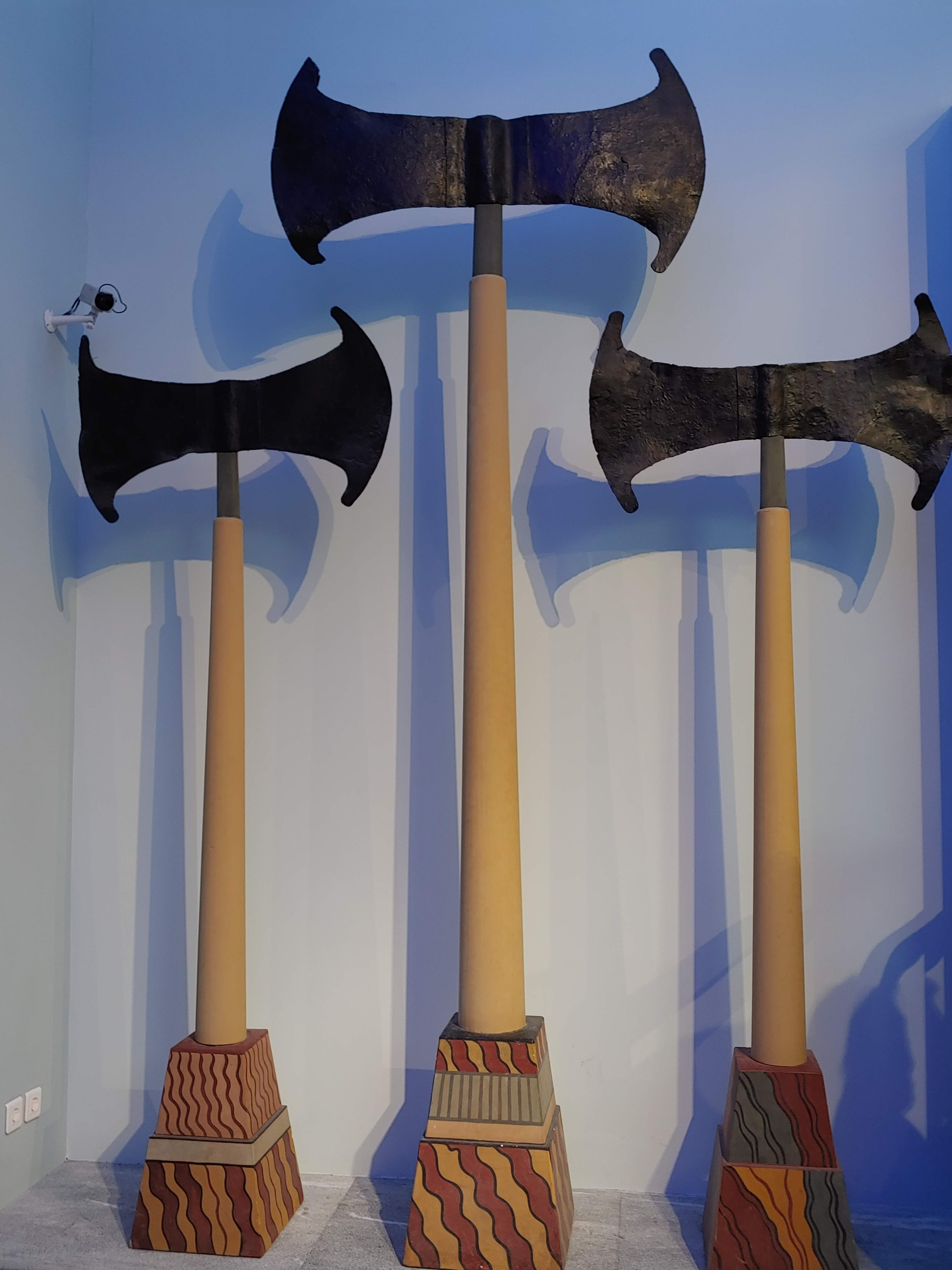
The artifacts in the museum were beautiful and each one told a different story of how some of the first civilizations in the world lived. It was fascinating to see first-hand some of the things we learned back in our school days.
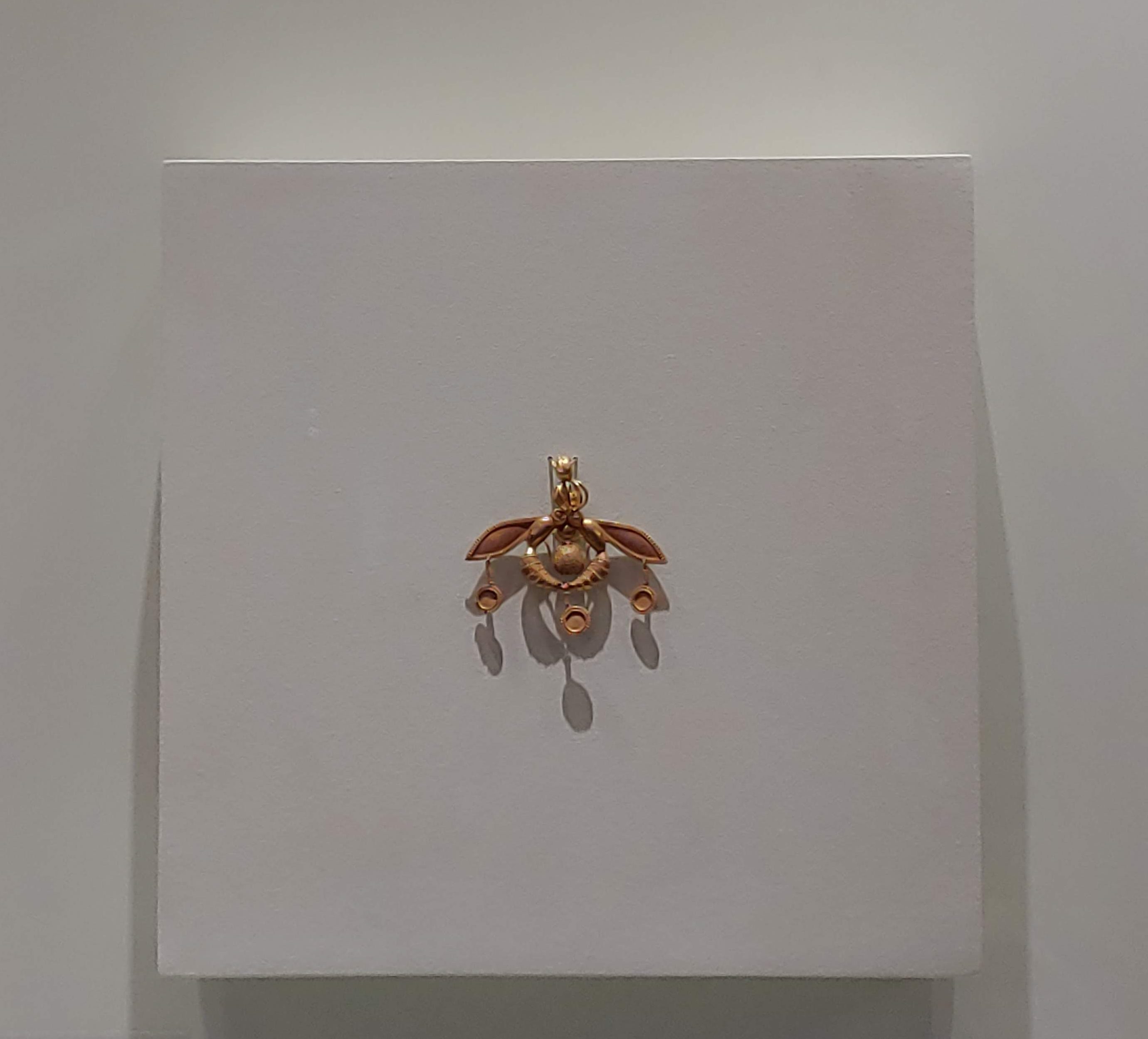
This bee pendant is one of the finest and most well-known pieces of Minoan art.
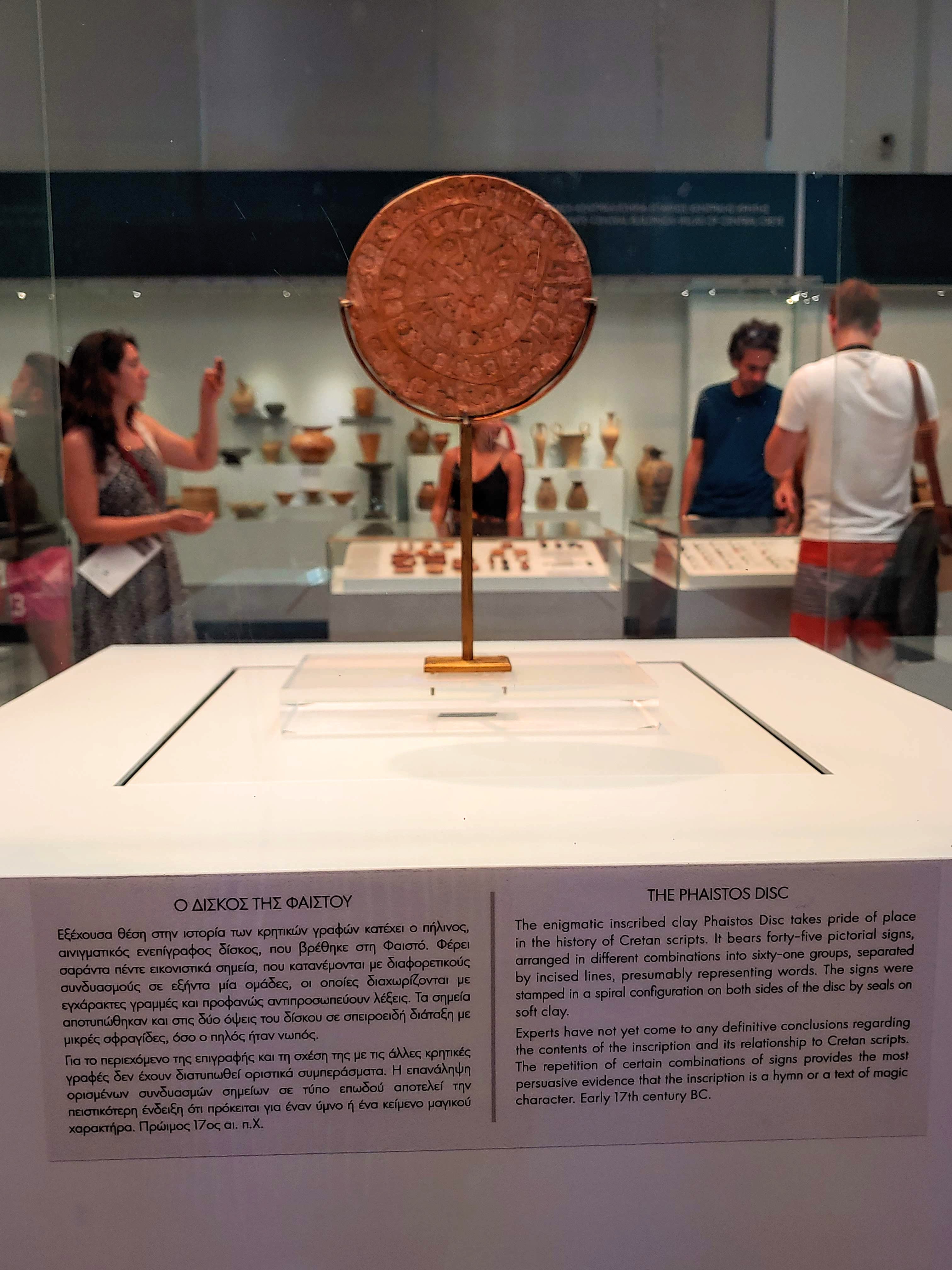
The Phaistos Disc
The writing on this piece, the Phaistos Disc, resembles hieroglyphics but, to this day, it has not been deciphered, even after many attempts by archaeologists and historians.
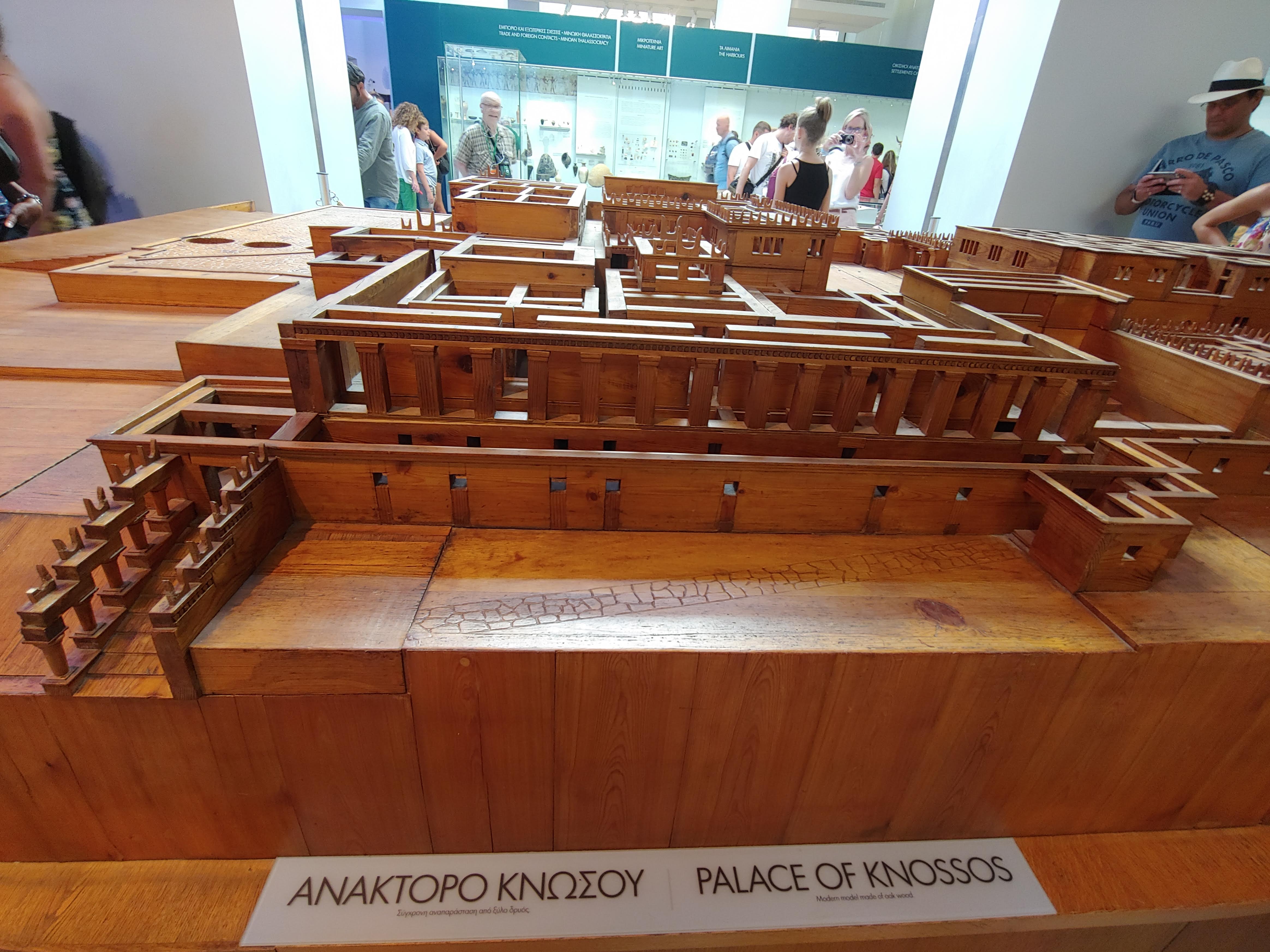
One of the highlights of the museum was a replica of the Palace of Knossos, constructed in the early 20thcentury.
It was impressive to visit the actual Ruins of Knossos after we left the museum. Most of Knossos was leveled in 1720 B.C. by an earthquake.
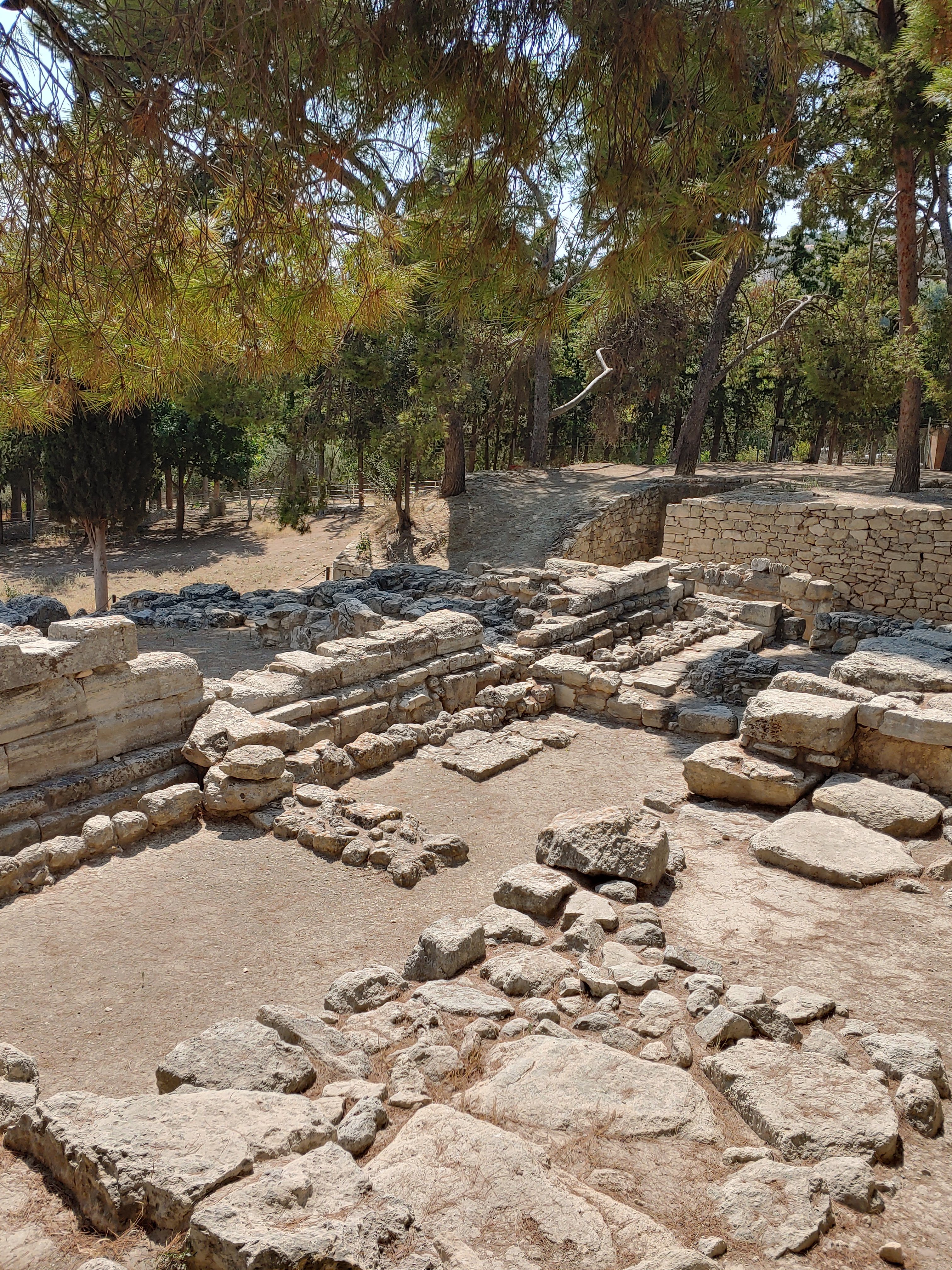
The ruins were discovered in 1900 and even today is considered one of the greatest sources of Minoan art, culture, and technology.
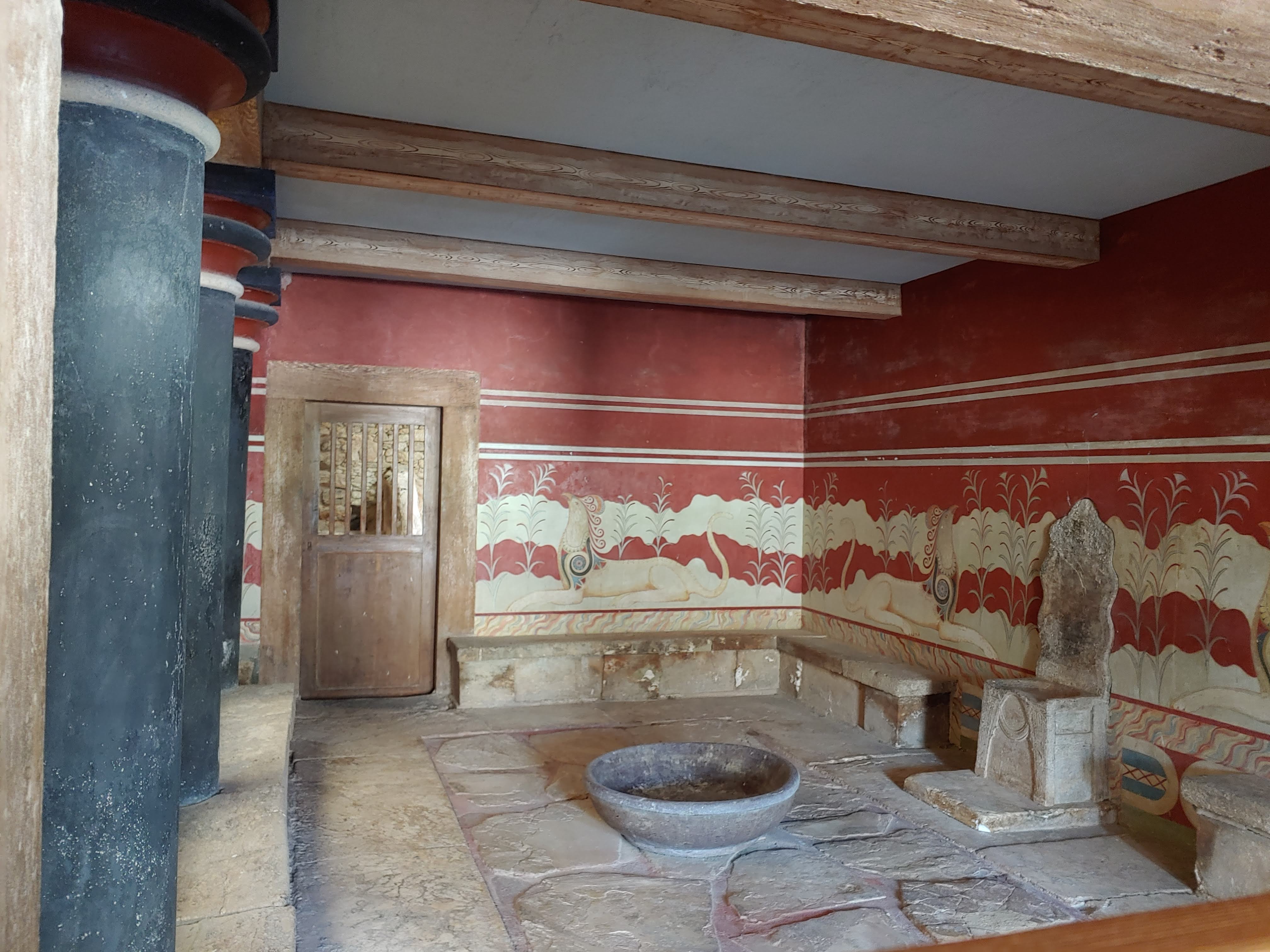
The throne room still contains the gypsum chair where the kings of Knossos sat
After the day at the museum and ruins, we had a Greek liquor tasting at the hotel where we sampled ouzo, Metaxa, and raki.
- Can’t have a spirit tasting without equally tasty finger foods
They were all strong and had unique flavors, but my favorite was the Metaxa, which is a sweet amber-colored spirit.
Following the Greek spirit tasking, we headed downstairs to the hotel restaurant for a Cretan buffet dinner.
There was a salad bar with more salads in one place than I had ever seen, a hot food section with savory lamb and potatoes, among other things, and a dessert bar with Cretan sweets such as Xerotigana, which are fried dough strips with honey and nuts.
That night, a few of us relaxed by the pool, talking and sipping champagne under the moonlight.

DAY 8
Our next stop was Chania, also in Crete. So, we took a tour bus through Iraklio wine country to get there. We stopped in the Village of Archanes and visited the Archanes Women’s Cooperative, named “Archanes Flavors” or “Mama’s Flavors”. The women in this cooperative produce and sell numerous products like jams, pastries, tea, and wine from locally-sourced raw materials.
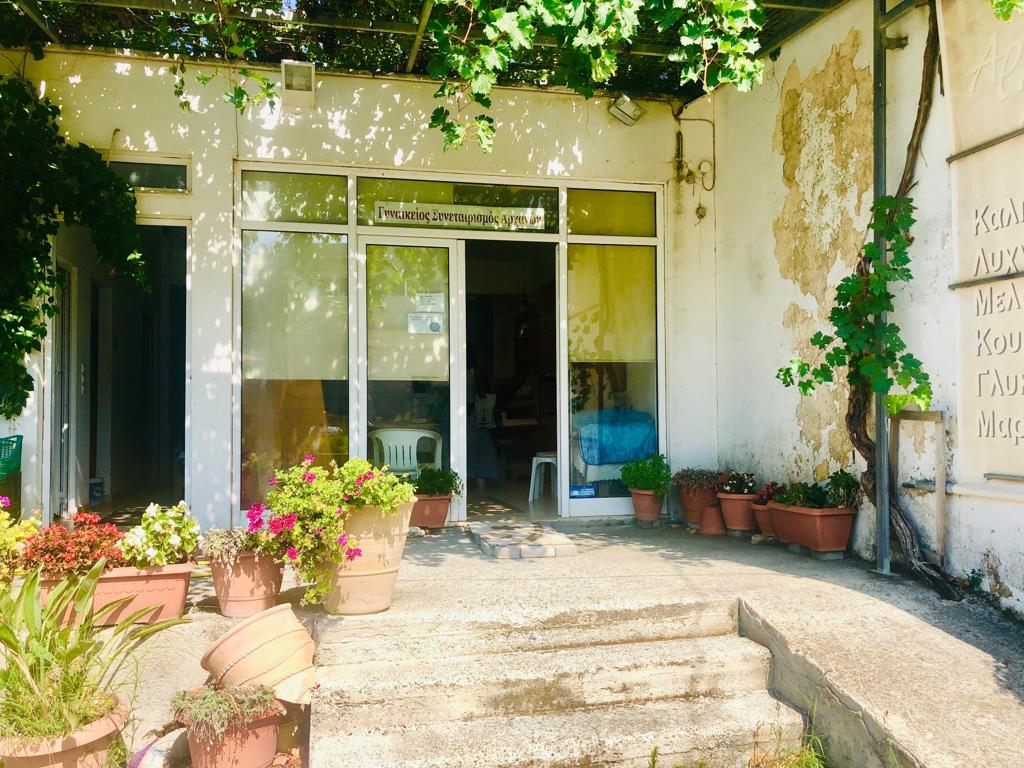
The head of the cooperative is a woman affectionately known as “Mama” who, despite a language barrier, treated us with such hospitality. The women shared samples of their pastries and teas with us and Mama explained some of their processes via our tour guide’s translation. It was awesome to see women in business thriving in such a small town. The visit was one of the best experiences of the trip for me.
We spent a little more time in the Village of Archanes before continuing to our next stop at Domaine Paterianakis for a vineyard tour, lunch, and a wine tasting. This winery is unique in that it is run by a team of sisters. Plus, the wine they cultivate is 100% organic. I really enjoyed hearing the story of how the business was passed down through the generations and is now successfully run by all women.
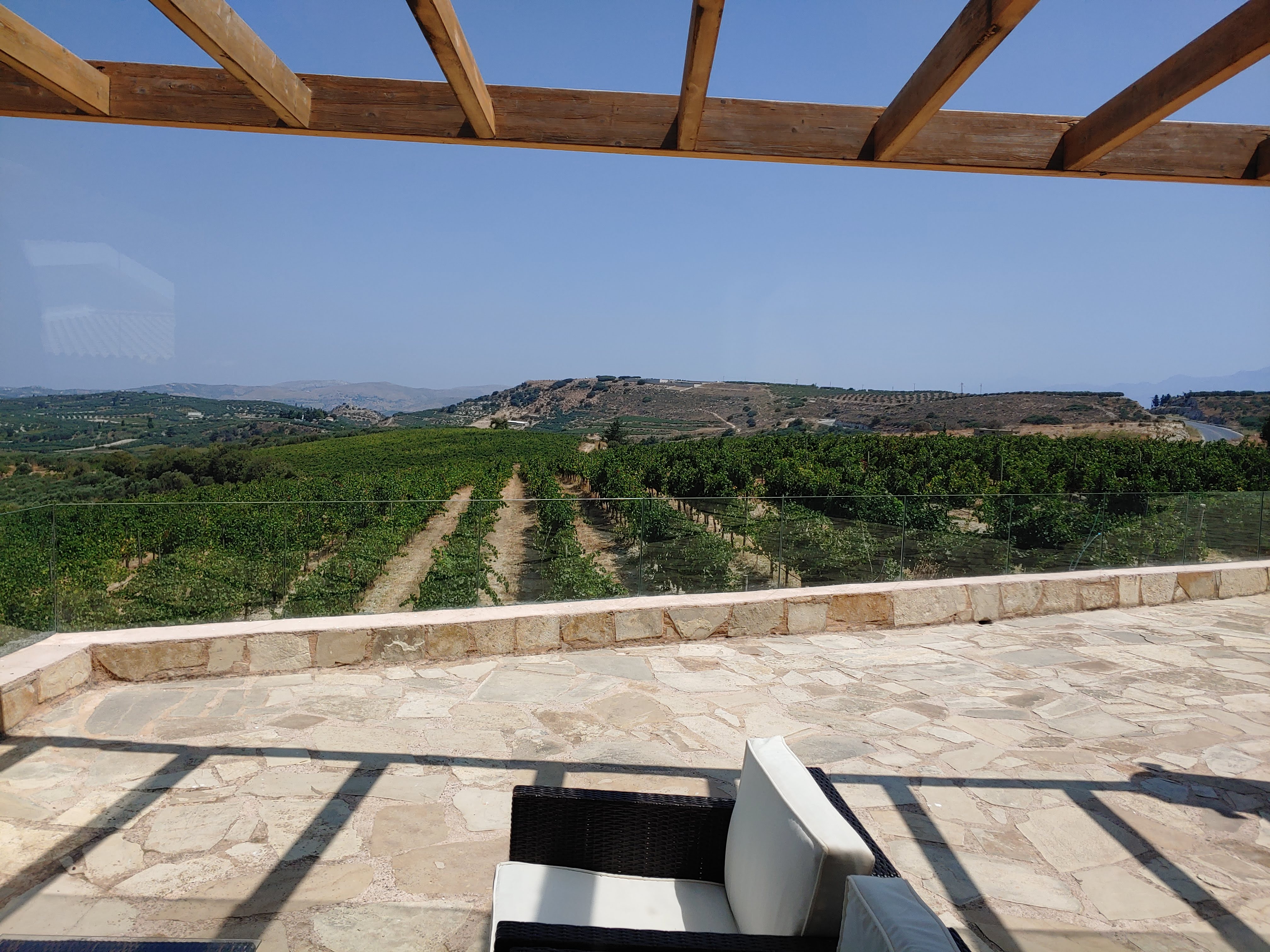
The matriarch of the family prepared our lunch and you could definitely tell because it was delicious and clearly made with love.
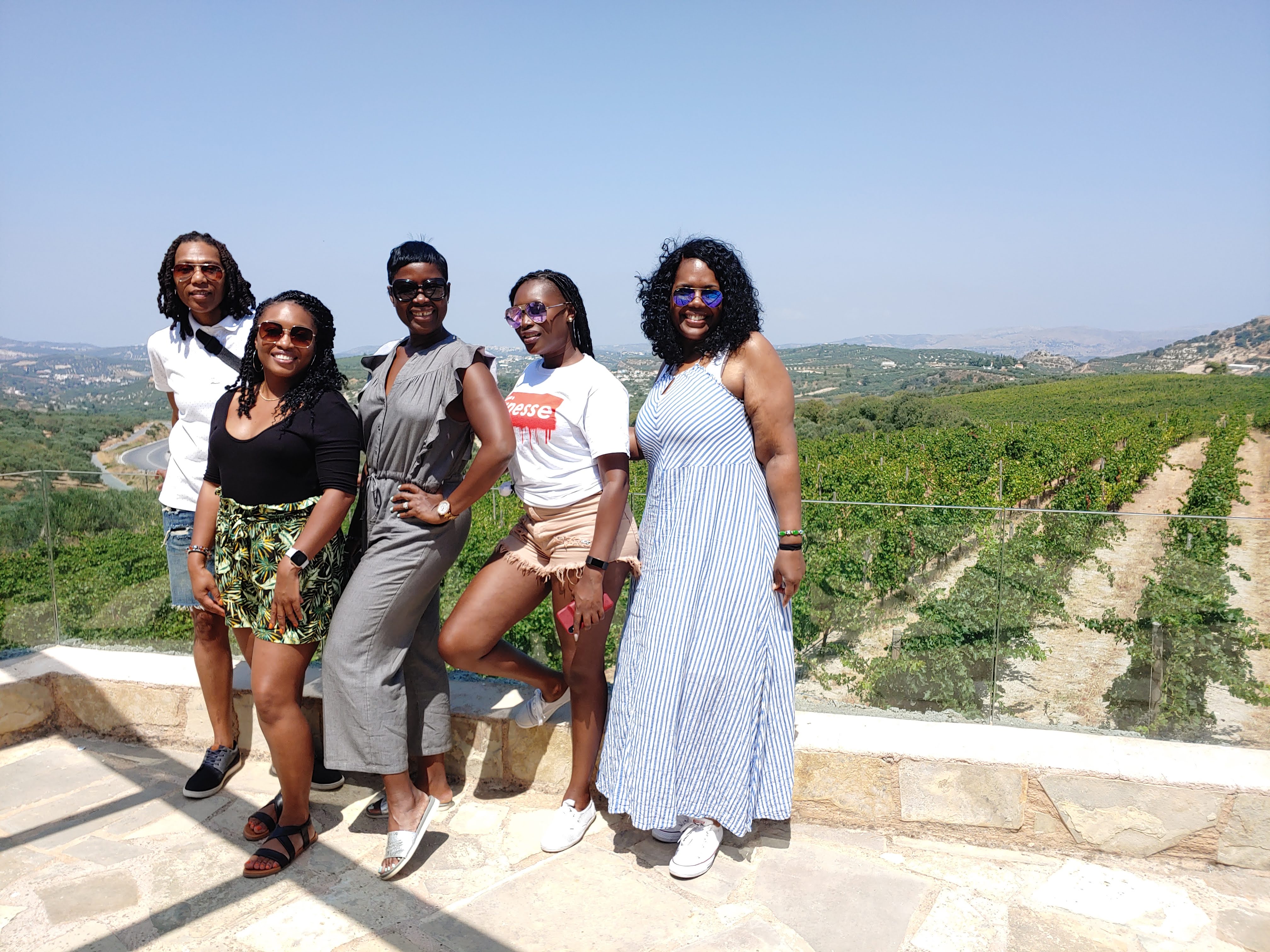
Stying and profiling by the beautiful vineyard
Chania
Once we arrived at our destination in Chania and checked into Kydon Hotel, we were swept off into a scenic tour of the quaint city.
Much of Chania’s beauty is due to the lush greenery and numerous little historic chapels and other places of worship.
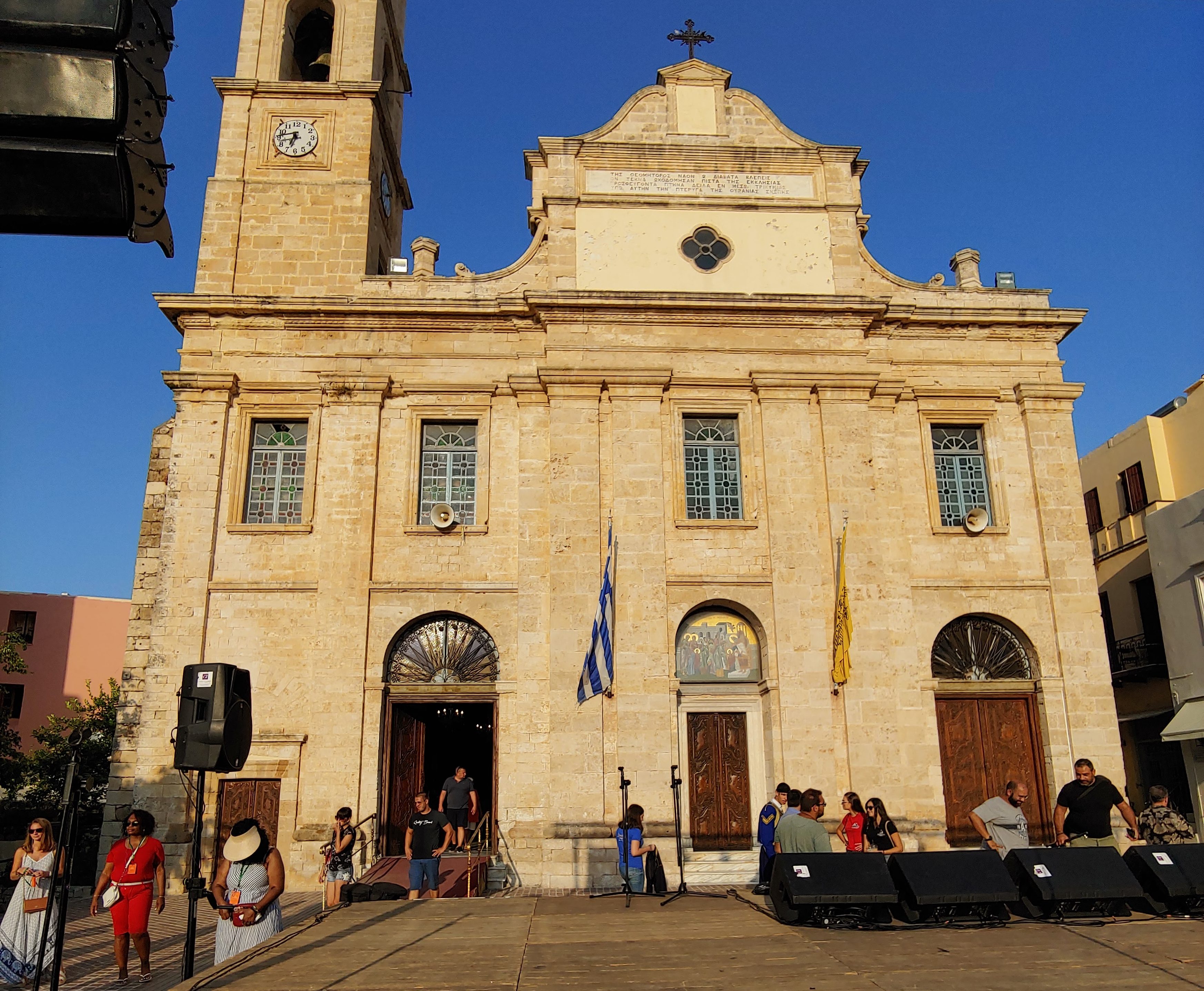
The Cathedral of the Presentation of the Blessed Virgin Mary (Trimartiri)

Statue of St. Francis of Assisi

This is just one section of the sprawling Byzantine Walls of Chania, which were constructed in 7th century AD to protect the city – much like the City Walls of Thessaloniki.
Chania not only has charming restaurants, but it is also filled with many types of markets and shops – like this lamp shop called Mosaic Lamps. The mosaic lanterns in this shop were absolutely gorgeous and even more interesting was that the shop used to be an old chapel. There was an alter-like structure on one end of the store and we could see the tombs under the glass floor.
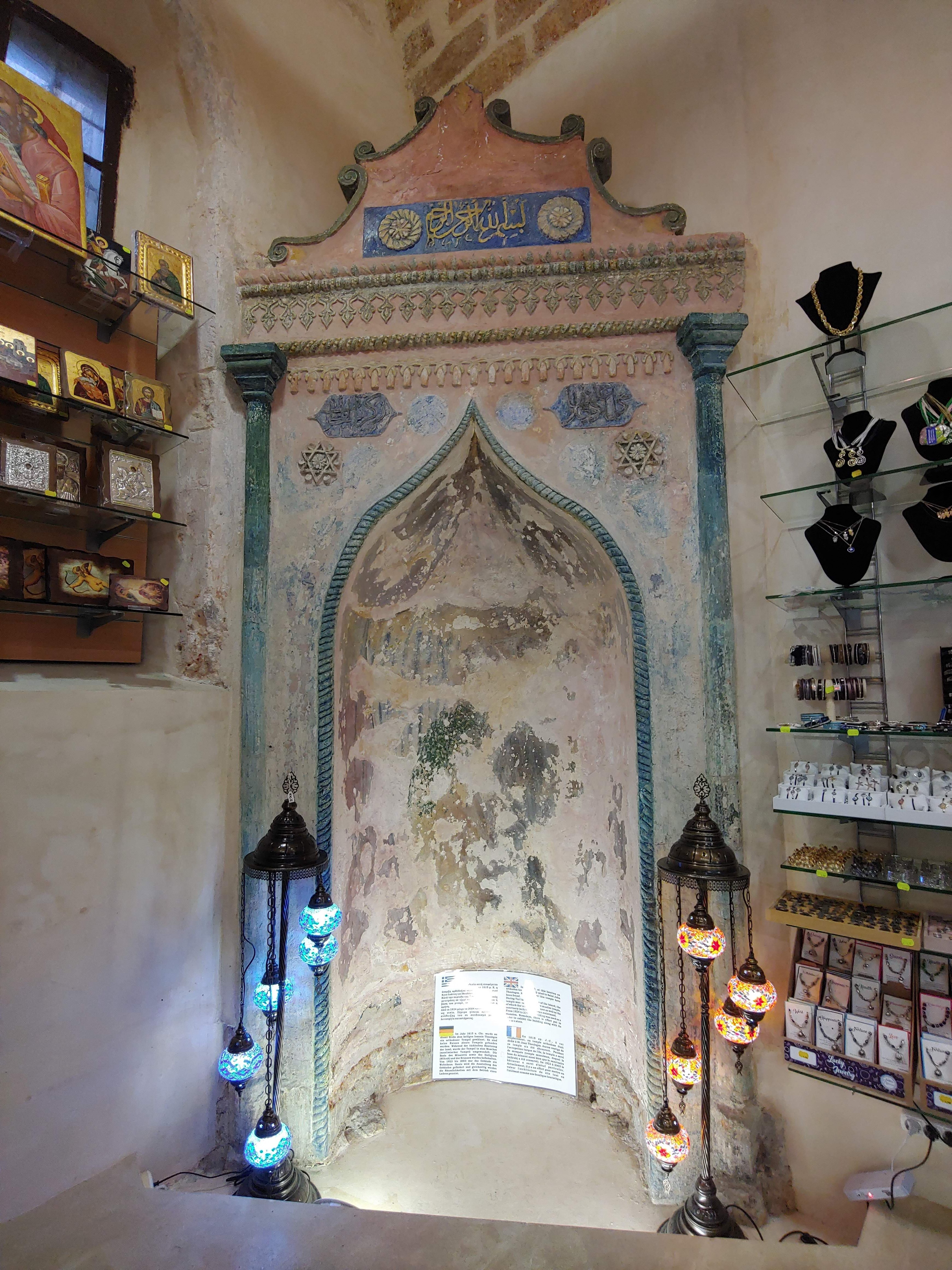
There are sections of Chania that are separated into different shopping districts like the leather district and the knife district, shown below.
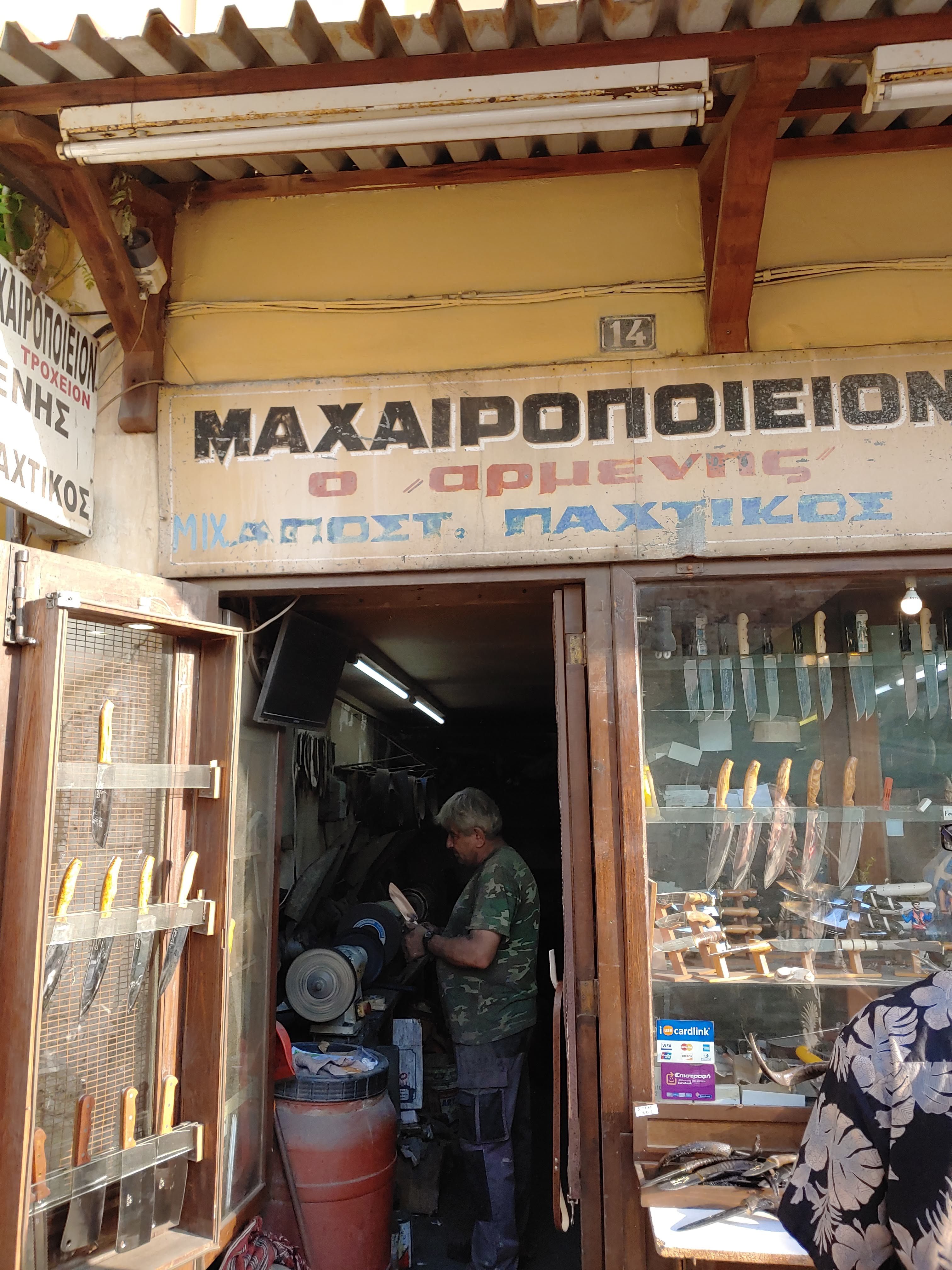
A shop in the Knife District
Knives were part of the traditional costume and were often engraved. The craftmanship was almost as important as their practical use for battle.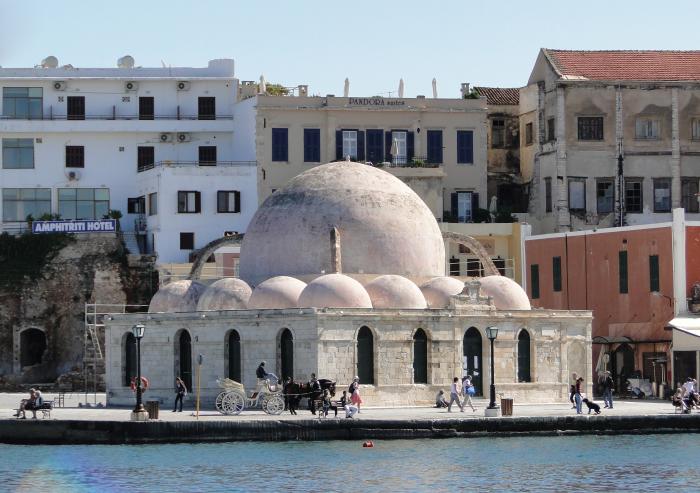 The Mosque Yiali Tzami is a huge structure with a dome on top that is now used for art exhibitions, although it was a place of worship until 1923.
The Mosque Yiali Tzami is a huge structure with a dome on top that is now used for art exhibitions, although it was a place of worship until 1923.
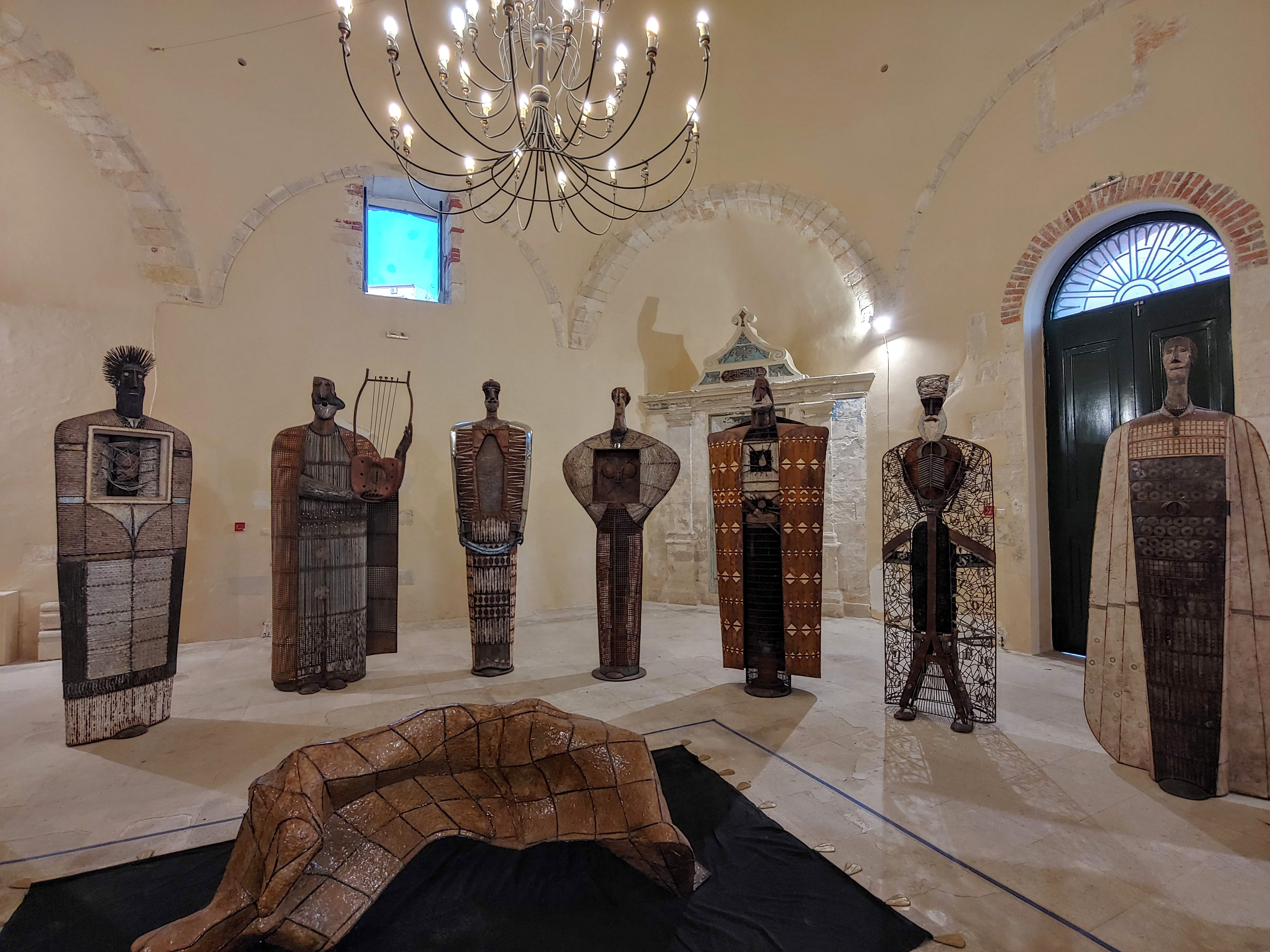
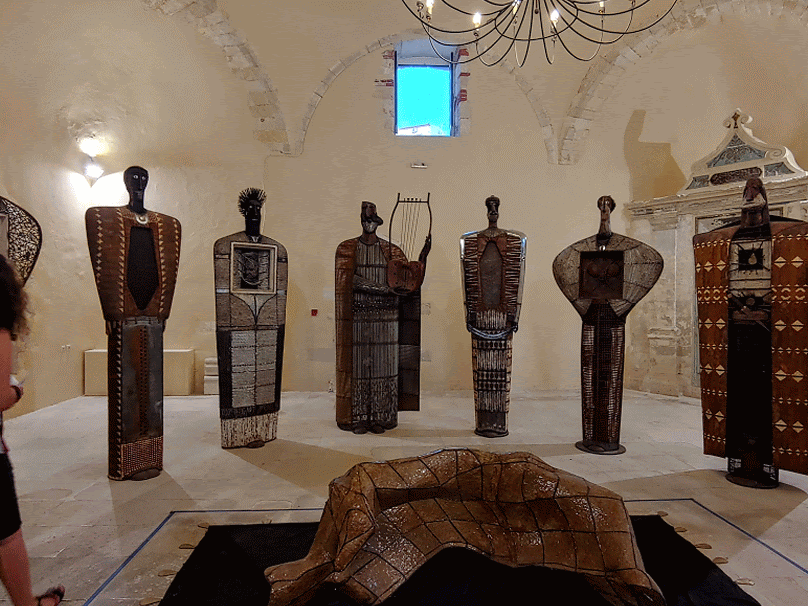
Inside the Mosque is a sculpture by Theodoros Papagiannis, called “Requiem for a Homeland?”
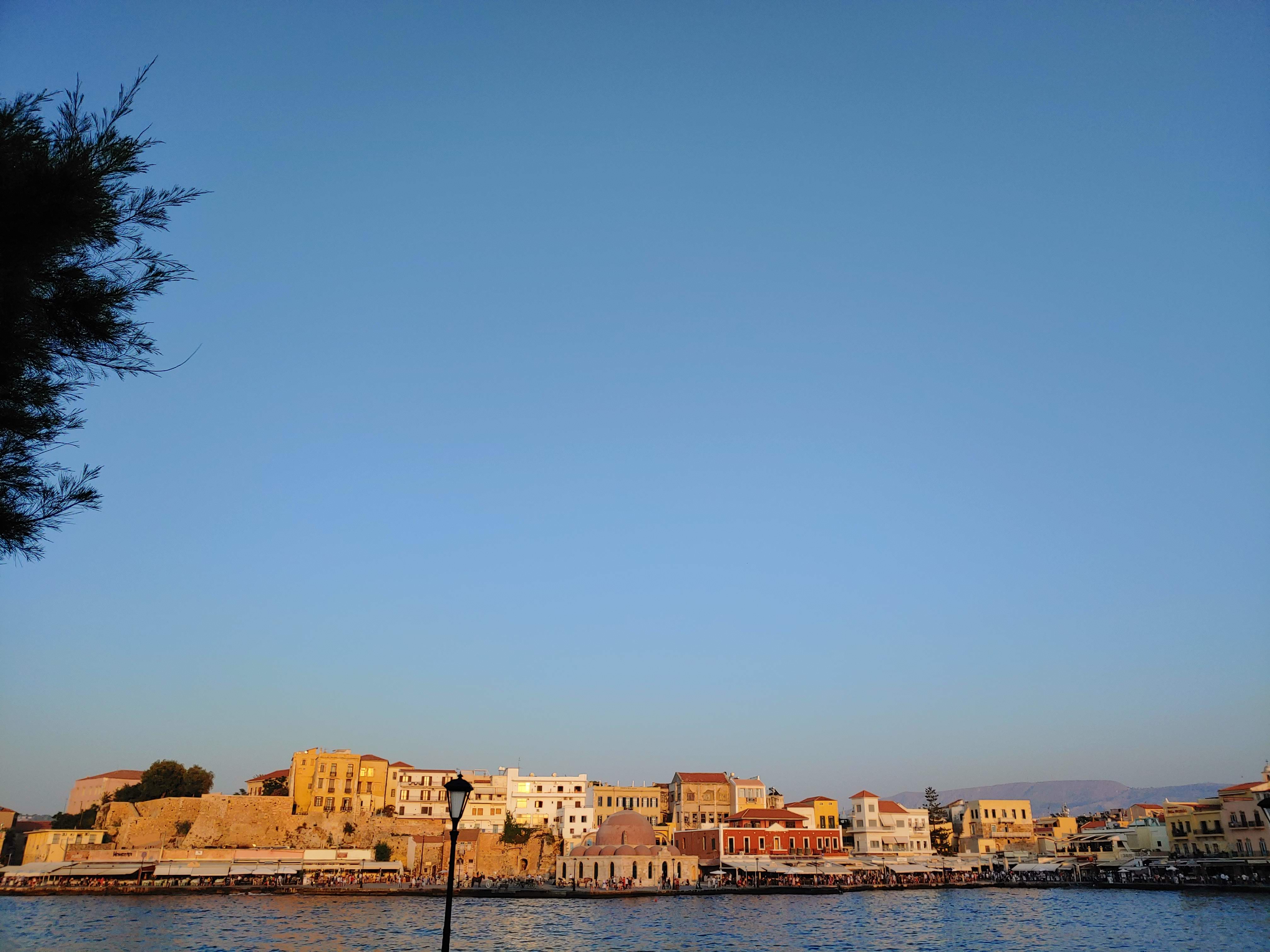
Old Venetian Harbor
After a jam-packed day of sightseeing, my smaller group and I had a white-themed dinner at Michalis Taverna. The seafood was almost as good as we all looked!
DAY 9
Sunday was our last day in Chania, Crete. We kicked it off with a local cooking class, wine tasting, and lunch with Cretan Cooking Classes at Karavitakis Winery. It was one of my favorite parts of the trip.
The owner of Cretan Cooking Classes, Jenny Skandalakis (shown in the video below), and her sister, who was the instructor chef, were lovely, very knowledgeable, and fun to work with.
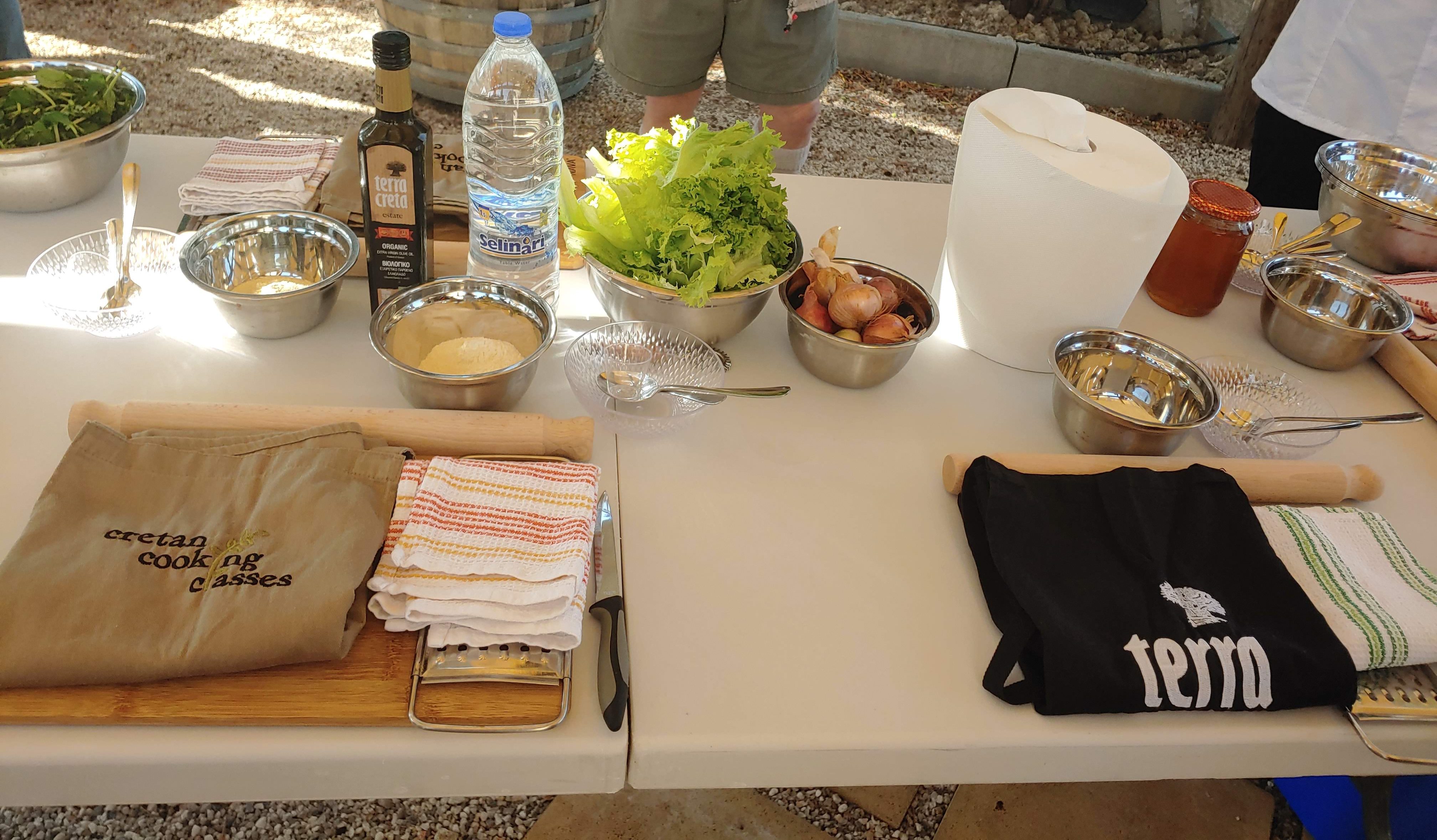
Our cooking prep table setup was situated in a beautiful outdoor space on the property.
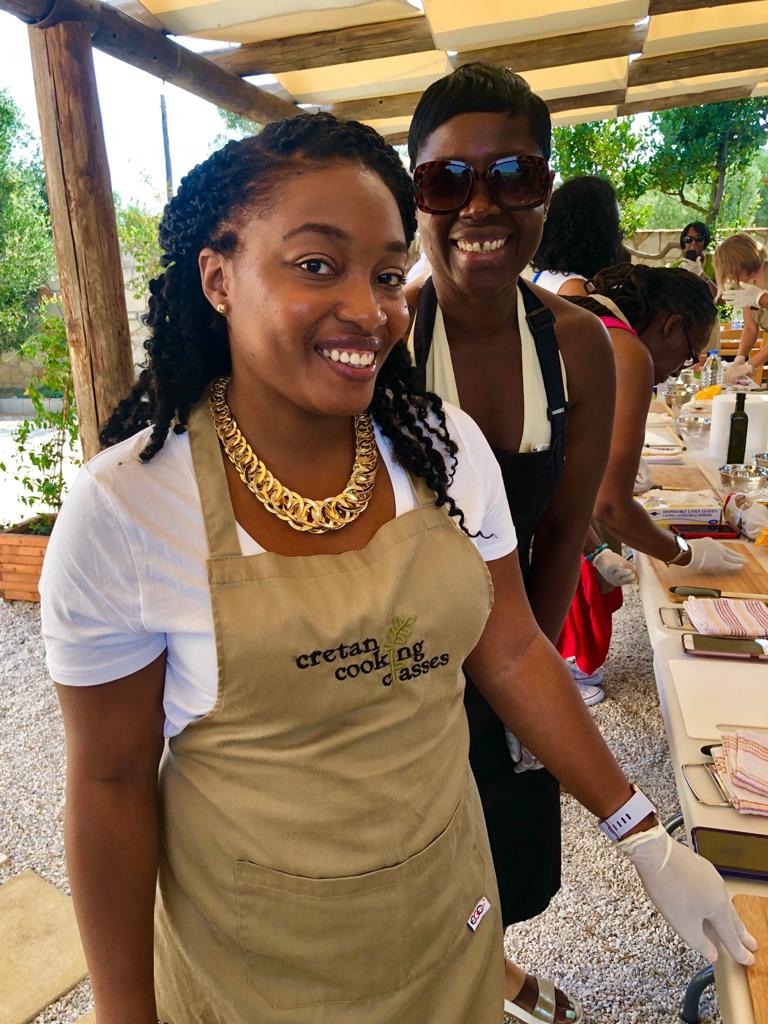
Feeling like seasoned professionals in our aprons and gloves, we were ready to get started! We would be making a main dish of lamb, an appetizer, a salad, and dessert.
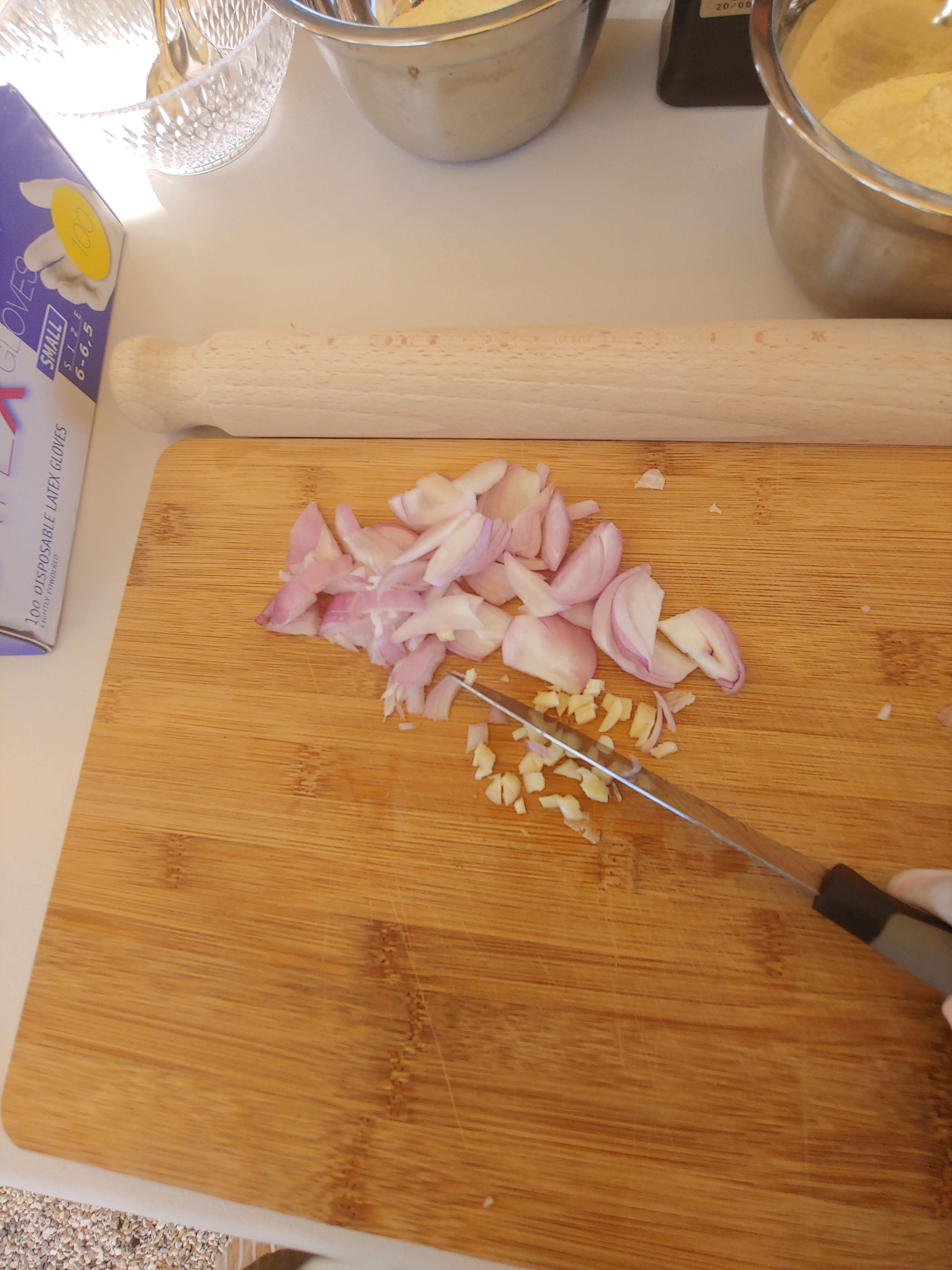
The first step was to chop up the garlic and red onions that would be added to simmer with the lamb.
Can’t ever have too much olive oil!
While the lamb was simmering, we started on the other parts of the meal. Next, was a dish called “dakos”, which is like a Greek bruschetta.
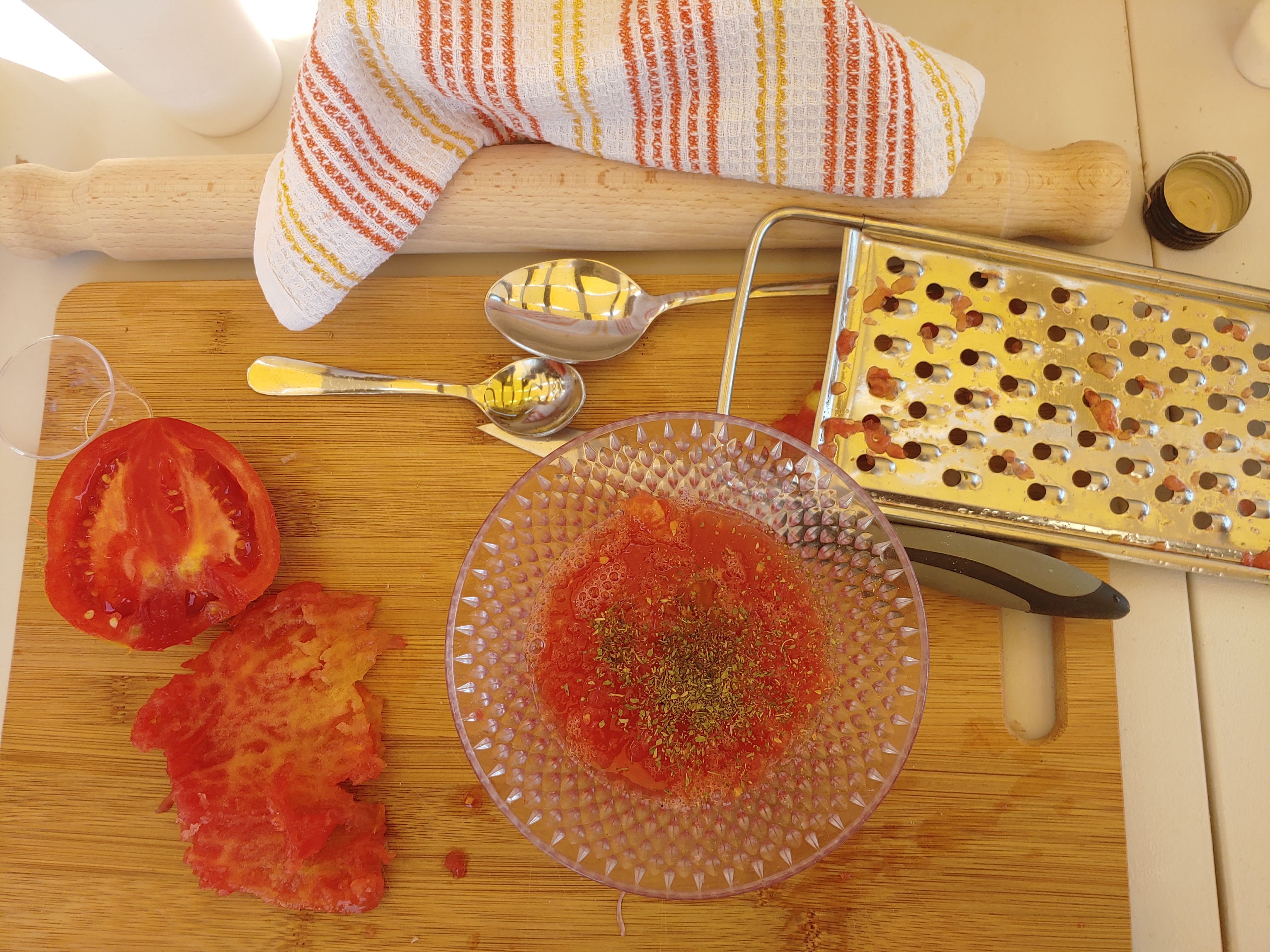
We grated tomatoes to create part of the topping for the bread in the dakos. We put feta cheese on top of the tomatoes, then sprinkled oregano and added an olive to finish it off.
The next thing we made was “phyllo”, a traditional pastry filled with feta cheese and topped with honey.
We learned how to make and roll homemade dough and then we filled it with the feta and used a pastry crimper to cut fancy ends on the dough.
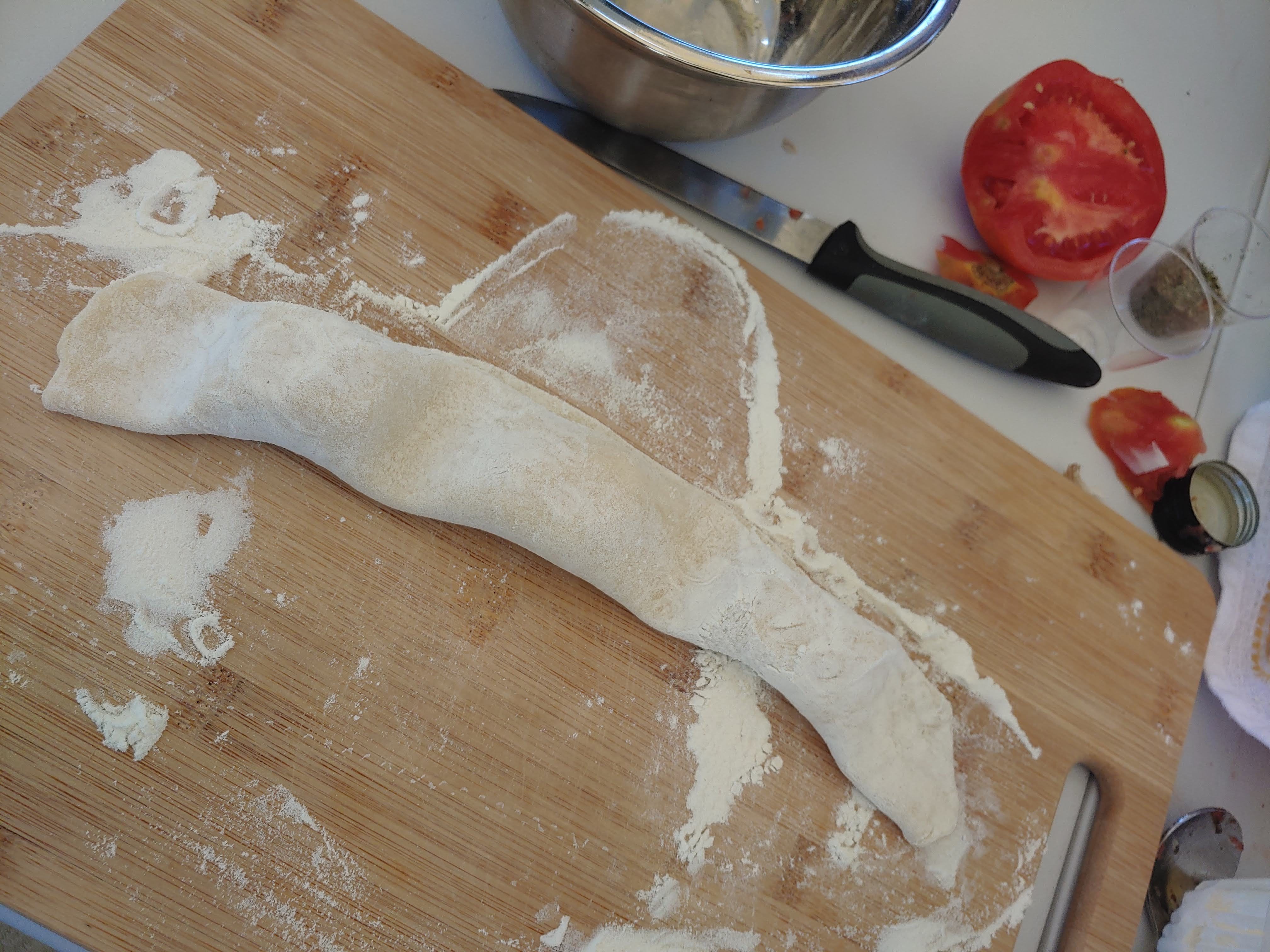
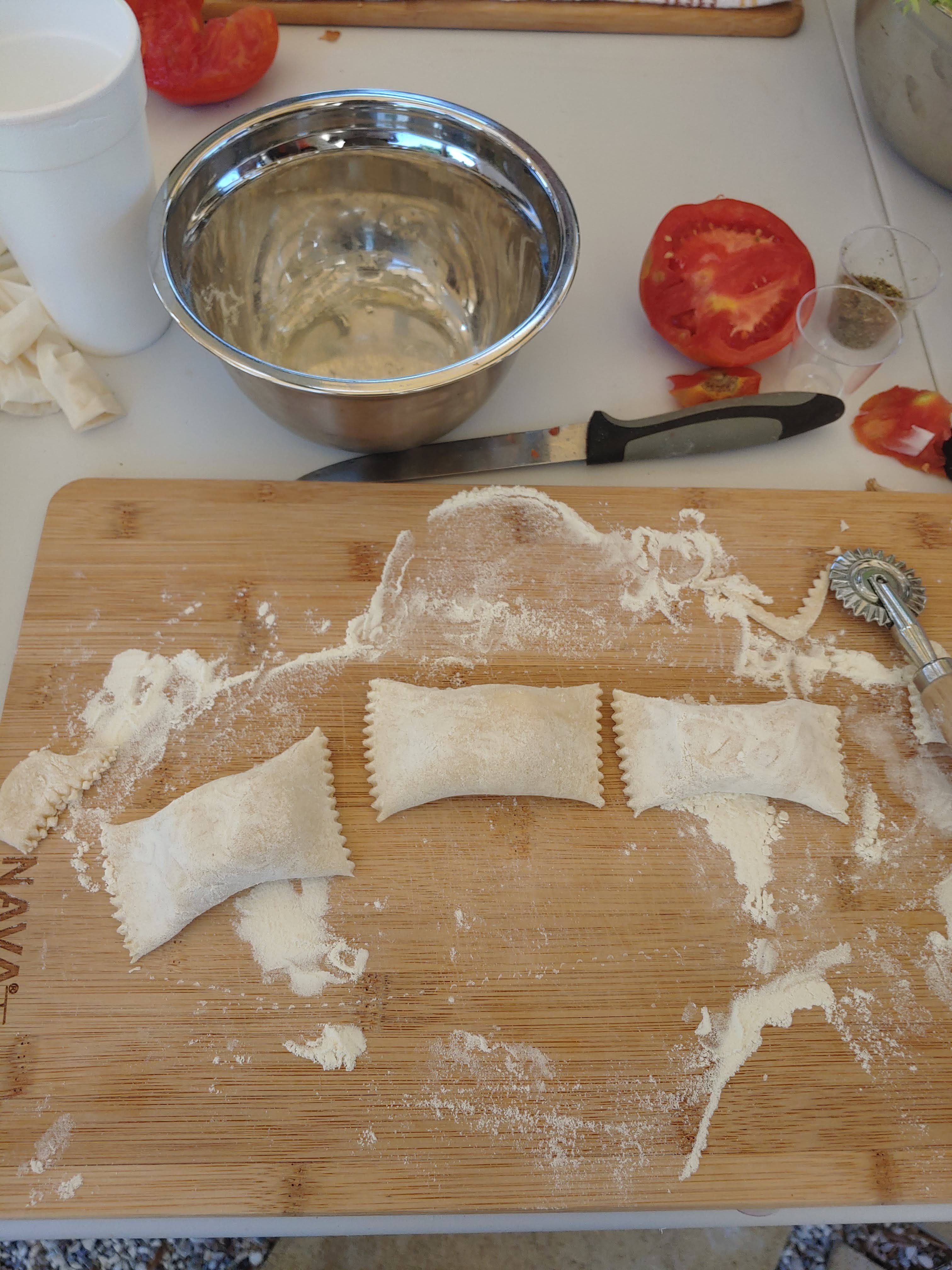
Then, we took a much-needed break to participate in a wine tasting of the wines from Karavitakis Winery.
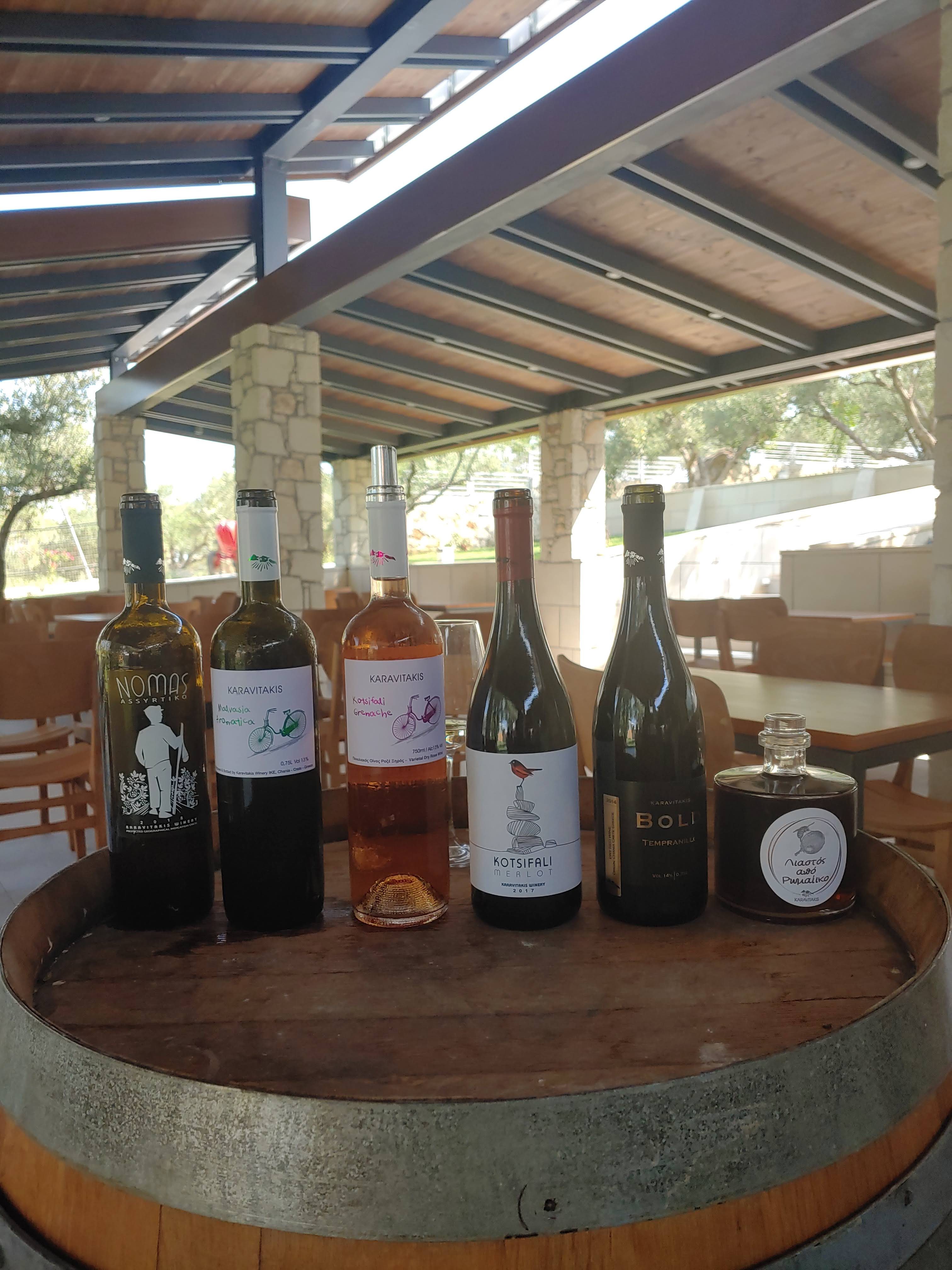
After a nice wine break, we started on the salad, which had greens, blanched spinach, turkey, and a homemade dressing.
The chef showed us how to make the dressing, using mustard, honey, red wine vinegar, salt, pepper, and olive oil.
The finished products… so good!
We even got cooking class certificates and a mini bottle of olive oil as a souvenir.
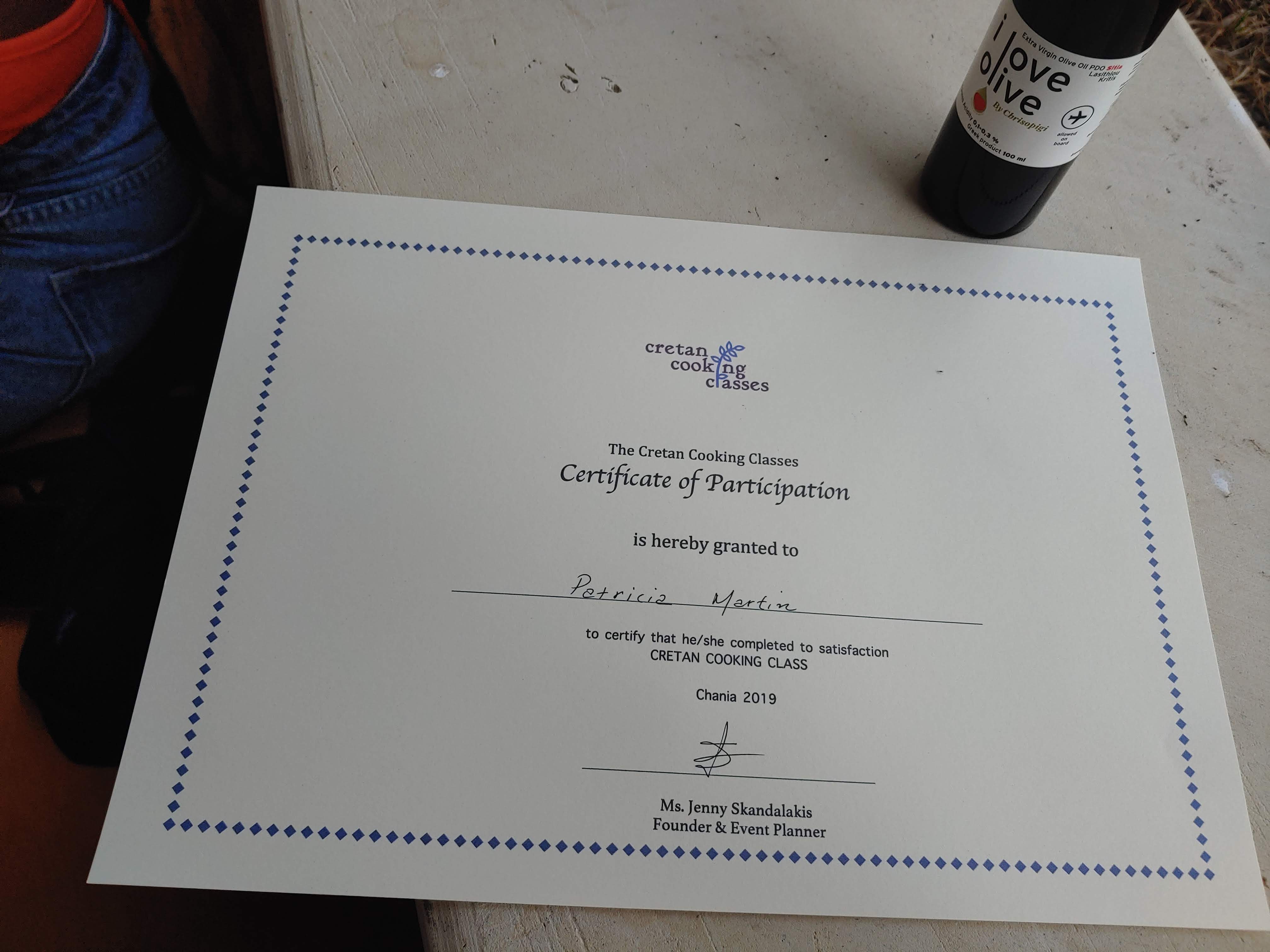
Later that day, and after a long-awaited rest and shopping break, we went on our last excursion of the pre-extension part of the trip.
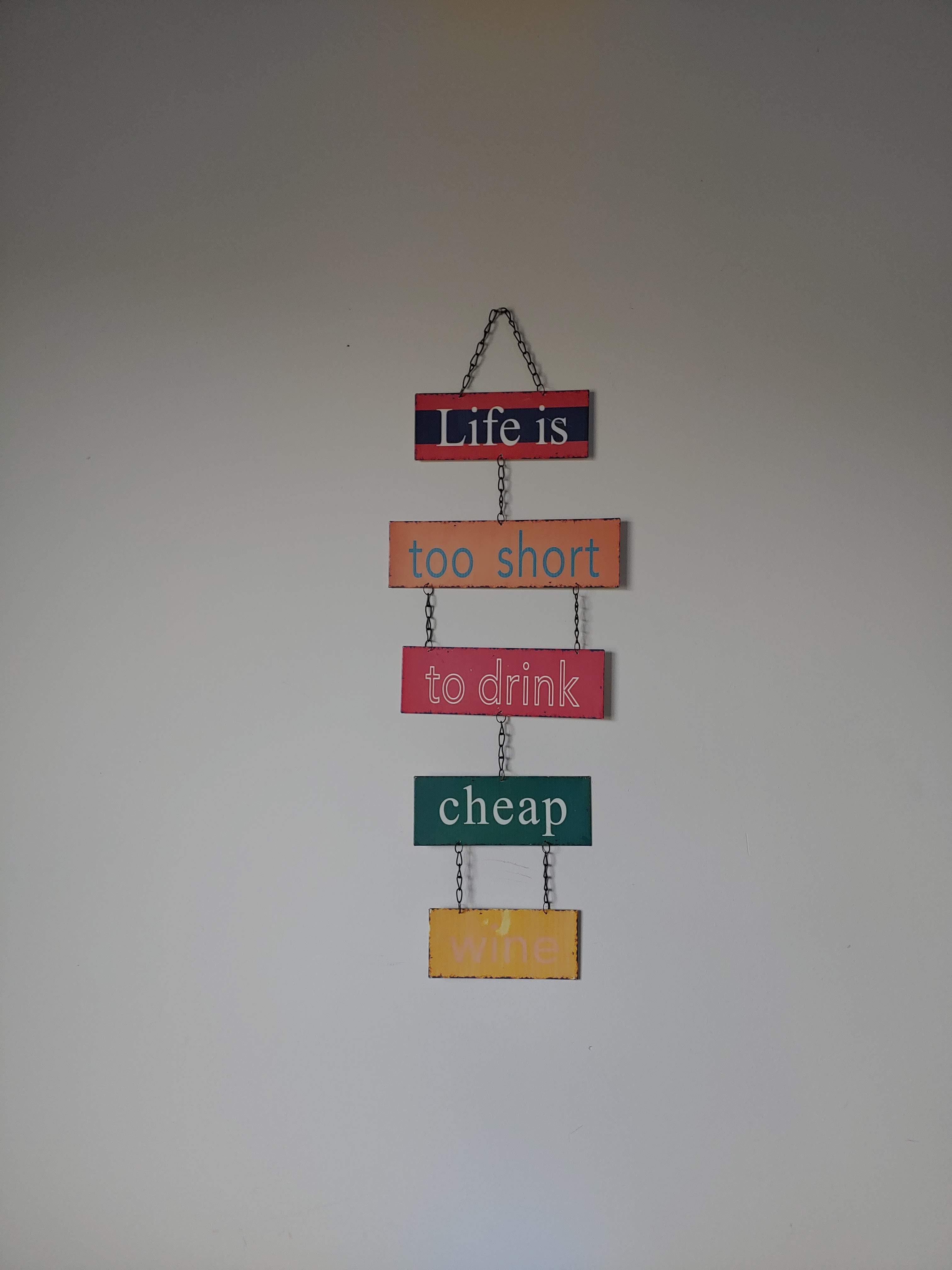
We embarked on a tour of a local olive oil farm and wine tasting at Anoskeli Winery and Olive Mill. The wine was pretty good but my favorite in the tasting was a spirit called Ano Kato or “upside-down” — a kind of Raki.
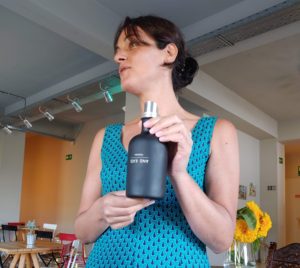
It was here that we also had our first olive oil tasting of the trip and it brought me back to our Portugal trip last year where we had almost as many olive oil tastings as wine tastings.
Following the tastings, we toured the olive oil production factory at Anoskeli Winery.
After the tour and tasting part of the excursion, we still had one more stop. We traveled to a restaurant called Eleas Thea for dinner. The food was delicious and the scenery was even better.

They served generous helpings of salad, chicken stew, several zucchini dishes, and even french fries. The wine was plentiful and the tzatziki sauce was some of the best I’ve ever tasted.
DAY 10
We spent the last pre-extension day back in Athens and since our flight got in early in the day, we went back to the beach. It was another beautiful day.
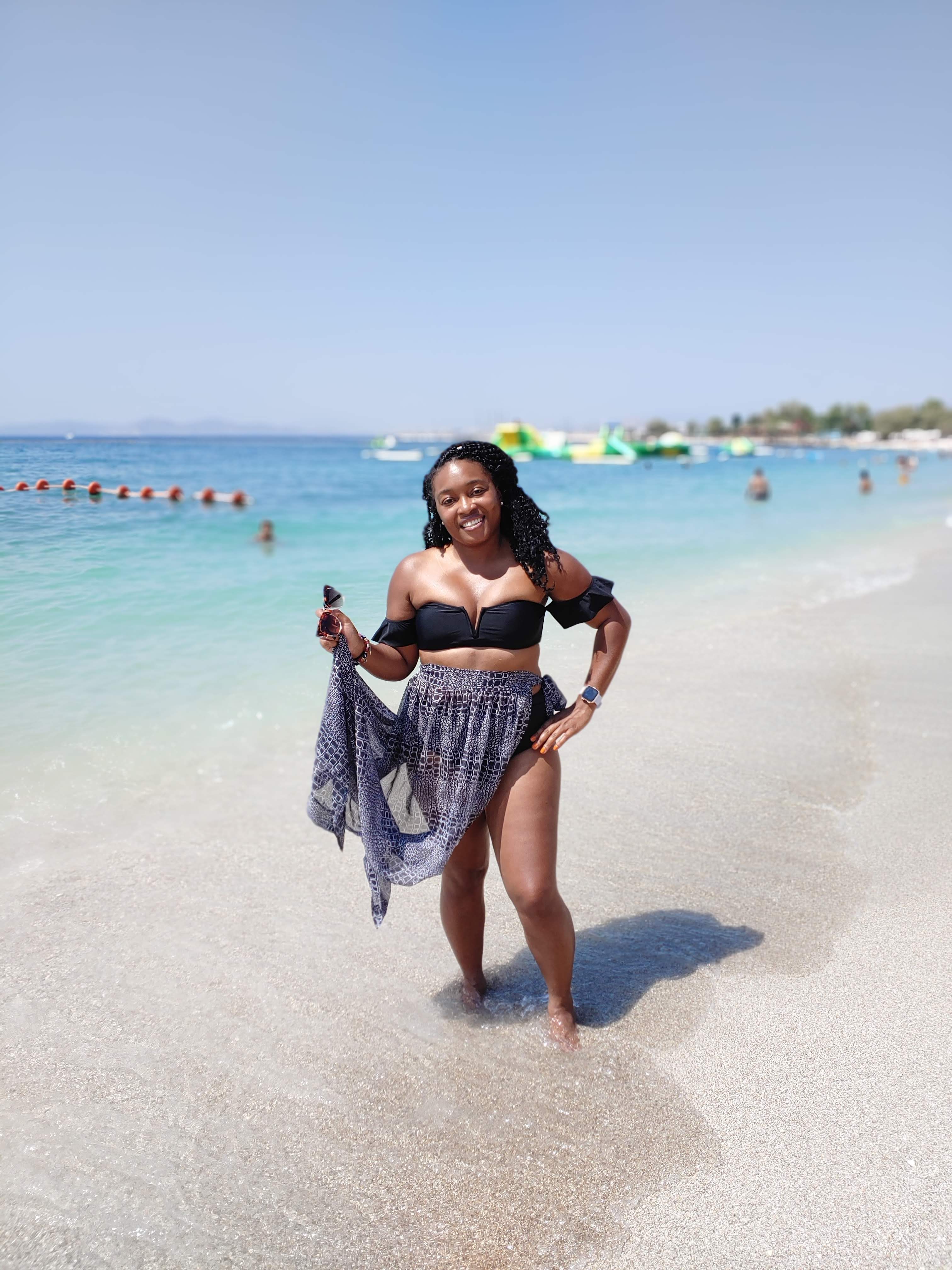
We had a fresh Greek lunch of sandwiches along with some margaritas while we sat by the beach at Macaw Beach Bar.
That night, we had a bittersweet Farewell Dinner with the whole group at Balcony Restaurant and Bar. The food was exquisite and some of the best on the trip.
It was also great to reminisce about our most memorable moments from the journey so far as we enjoyed our last moments together.

SANTORINI EXTENSION
DAY 11
It was the beginning of the Santorini extension and we were super excited. We traveled via a ferry from Athens to Santorini and it took about 5 hours, which we mostly spent napping since it was so early in the morning. We made sure to wake up and go to the upper deck when the ferry began to make stops at the different Greek islands, like Mykonos. The view was amazing.
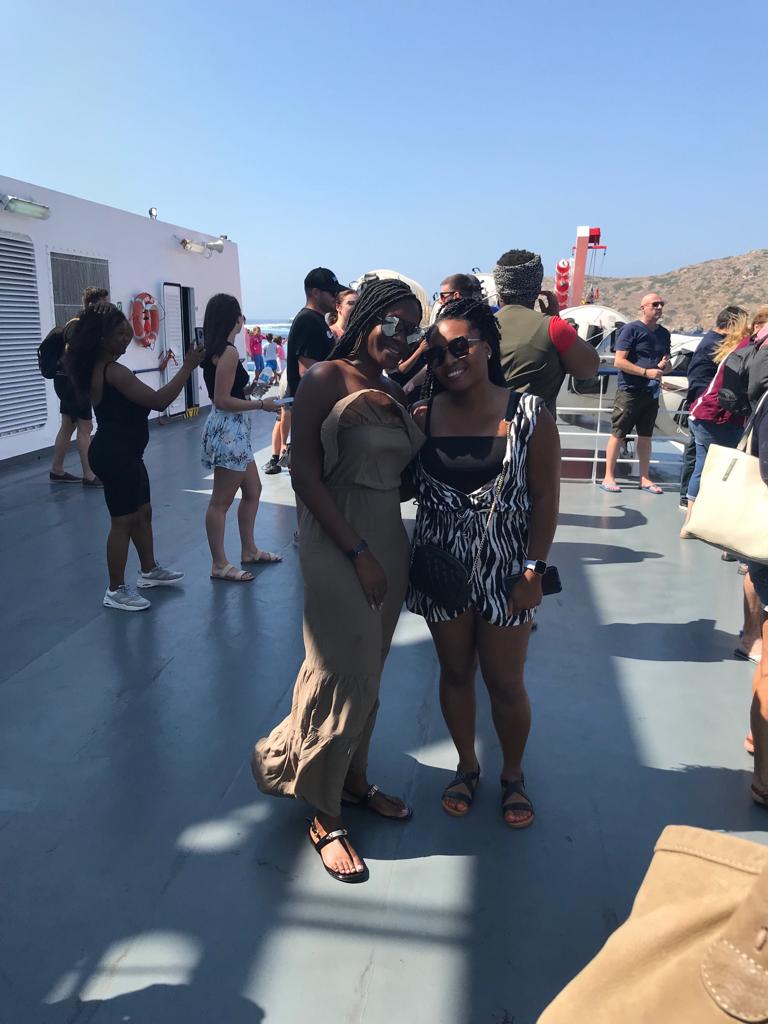
We finally arrived in Santorini! After a, let’s just say, “adventurous” trek to the bus and then up the hills and mountains of Santorini, we arrived at our hotel, Orizontes Hotel & Villas.


My three traveling companions and I had scheduled a Santorini Flying Dress photoshoot with photographer, Serhiy Drobotenko that afternoon so we rushed to grab a bite to eat and then prepare for the shoot.
The photoshoot was one of the best experiences I’ve ever had. The photographer was very professional and gracious and told us a little about the island as he drove us to the site.
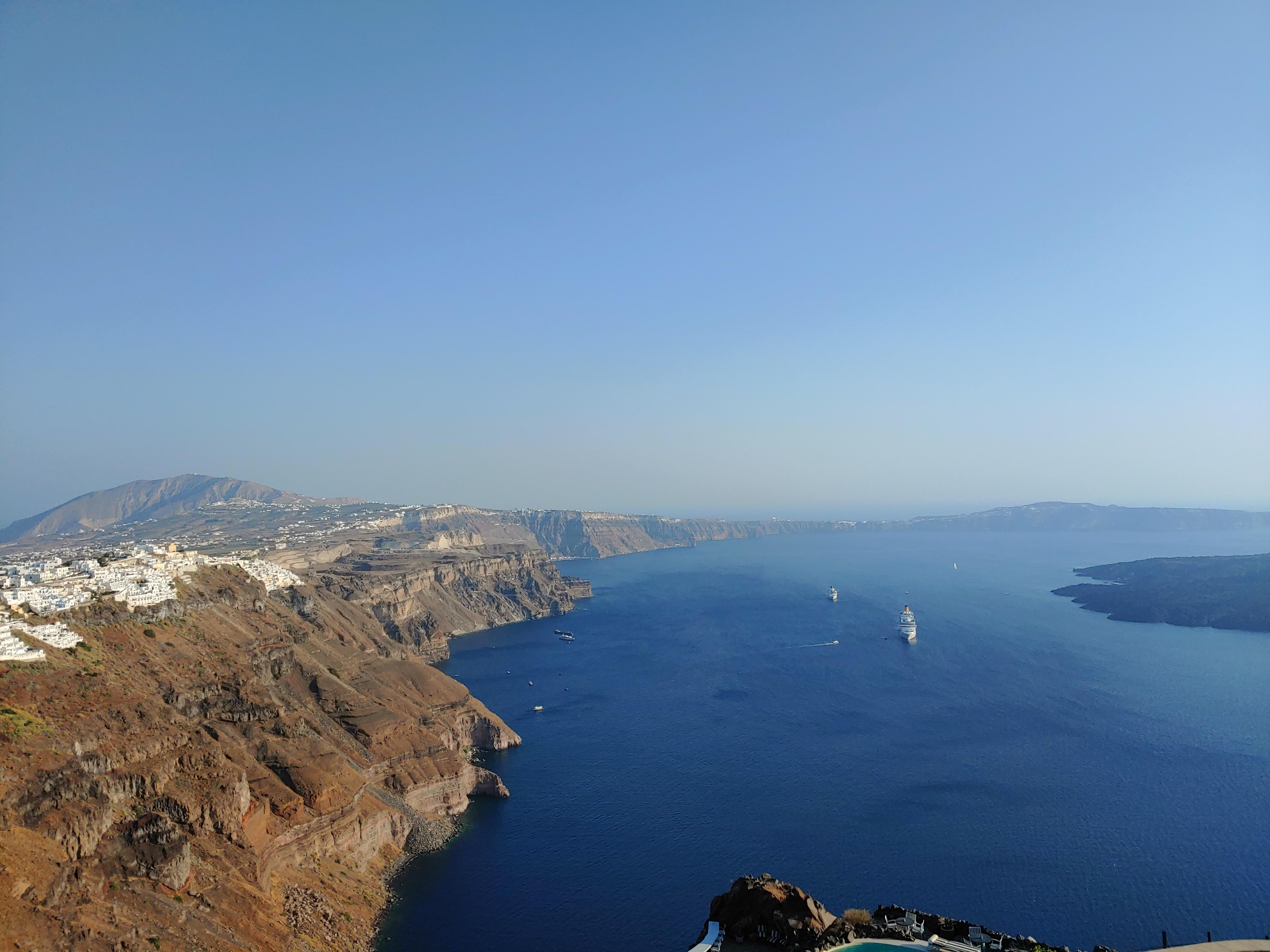
After we parked, we had to take a bit of a hike to get to the cliffside hotel and chapel where we would take the pictures.
Here are a few samples of the finished product:
We were exhausted after six hours of living like contestants on Top Model so we were happy to enjoy dinner and drinks at the poolside restaurant at our hotel. It was a wonderful first day in Santorini.
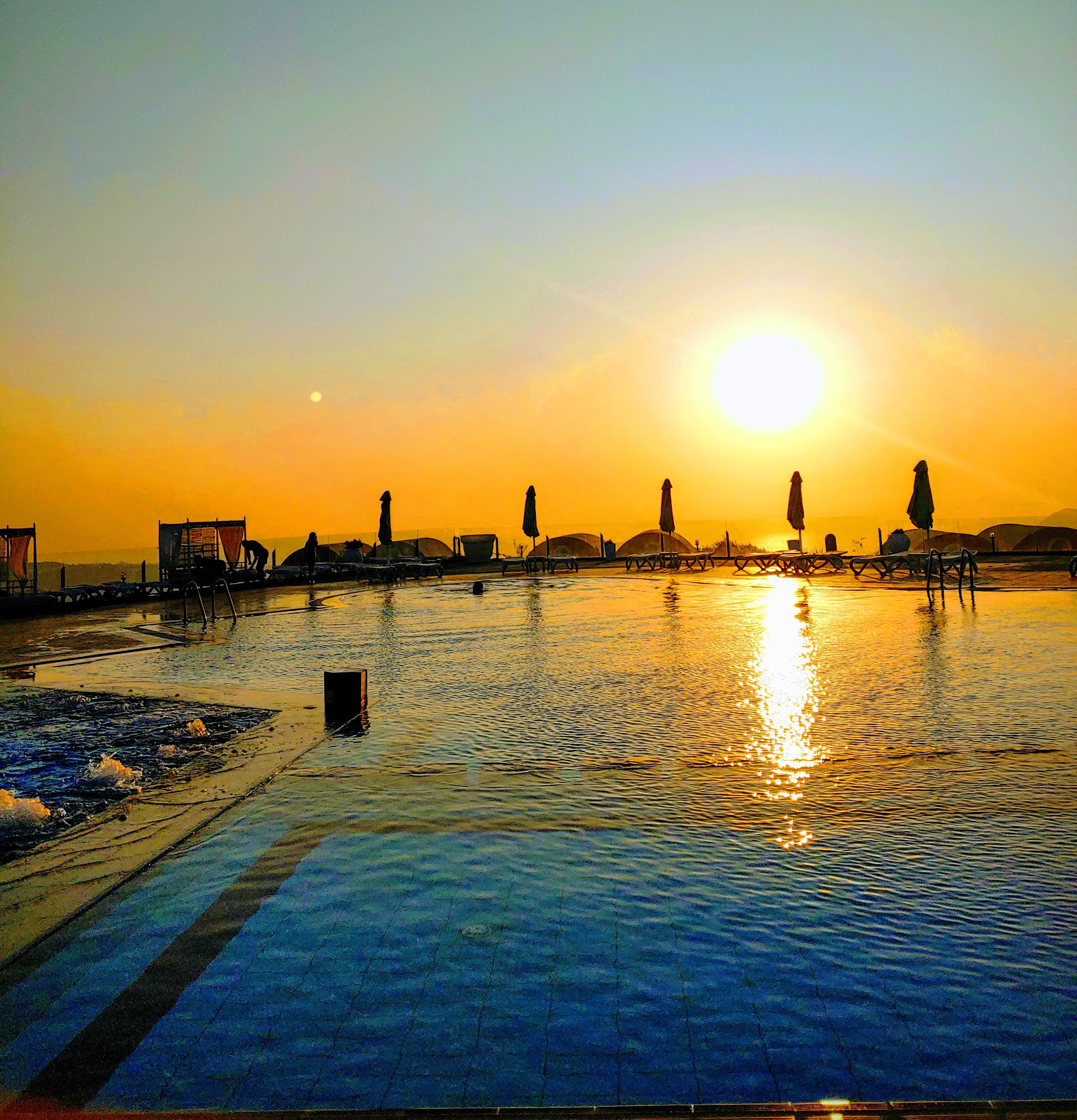
DAY 12
The next morning, we went on a guided tour of Santorini. It was very interesting and informative. The best part was a tour of the Prehistoric Town of Akrotiri.
Before heading in to see the ruins, our tour guide pointed out some native plants, pictured below.
- Santorini tomato plant
- Caper plant
Tomatoes don’t grow any bigger than this because of the daytime heat, the fact that it seldom rains, and the winds. But their miniature size makes for a very flavorful fruit.
We learned that the Prehistoric Town of Akrotiri was very advanced and sophisticated, but was tragically destroyed by a volcano in around 1400 B.C. There is not much that is known about this community besides the advancements that were discovered under the volcanic matter.
Historians and archaeologists are still trying to explore how the people in Akrotiri came to settle in Santorini and how they developed their advancements.
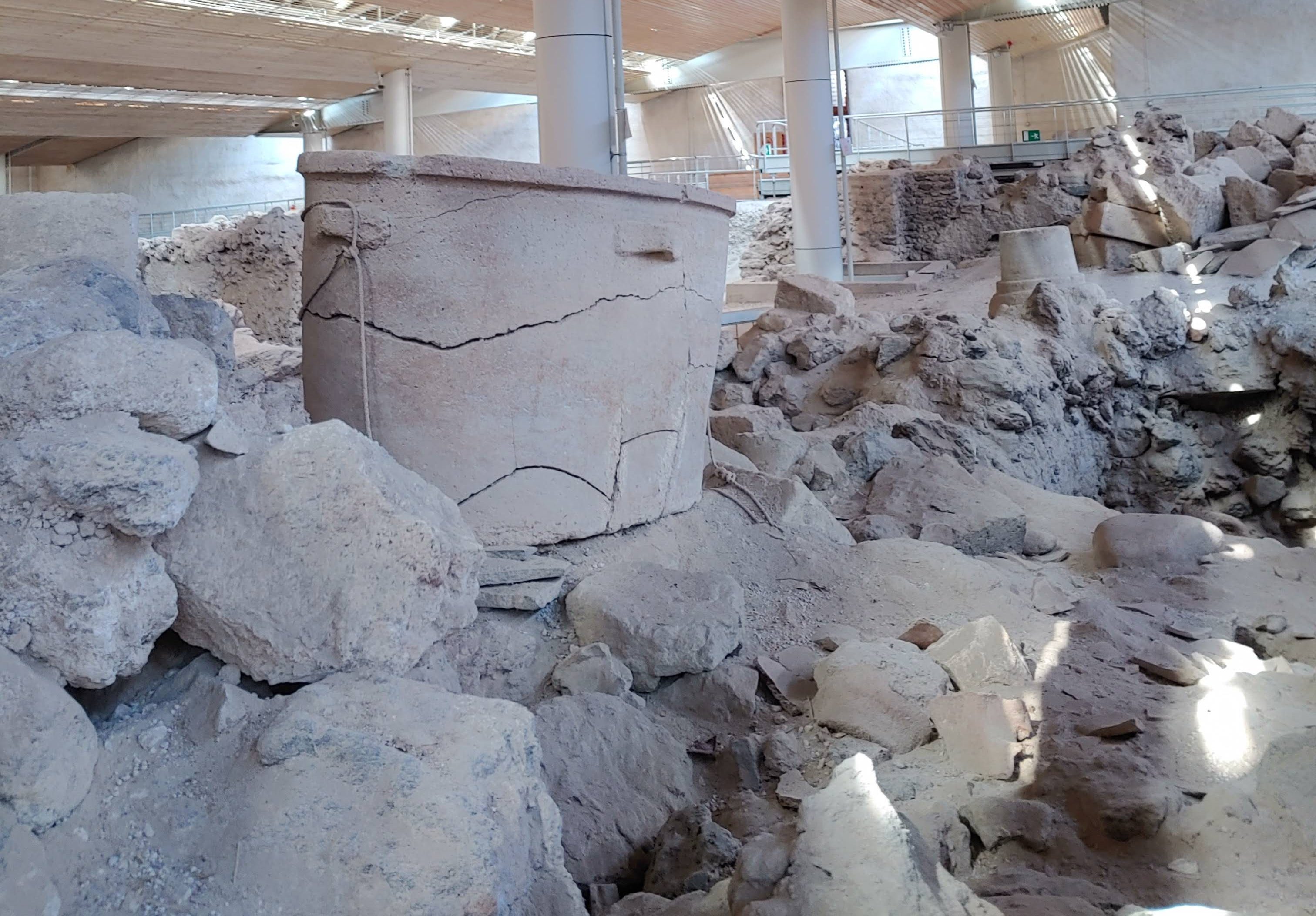
A prehistoric bathtub
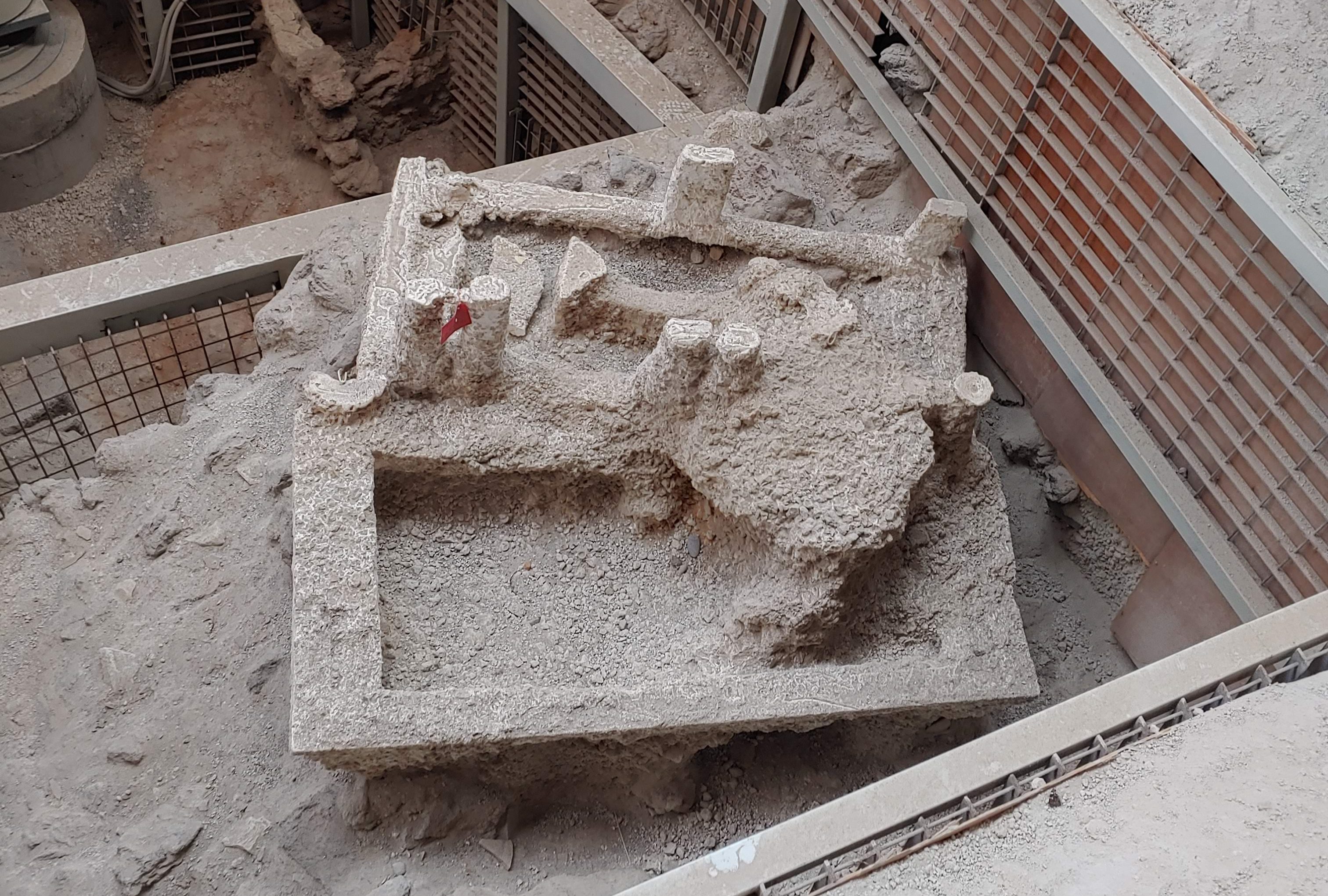
Prehistoric bed frames
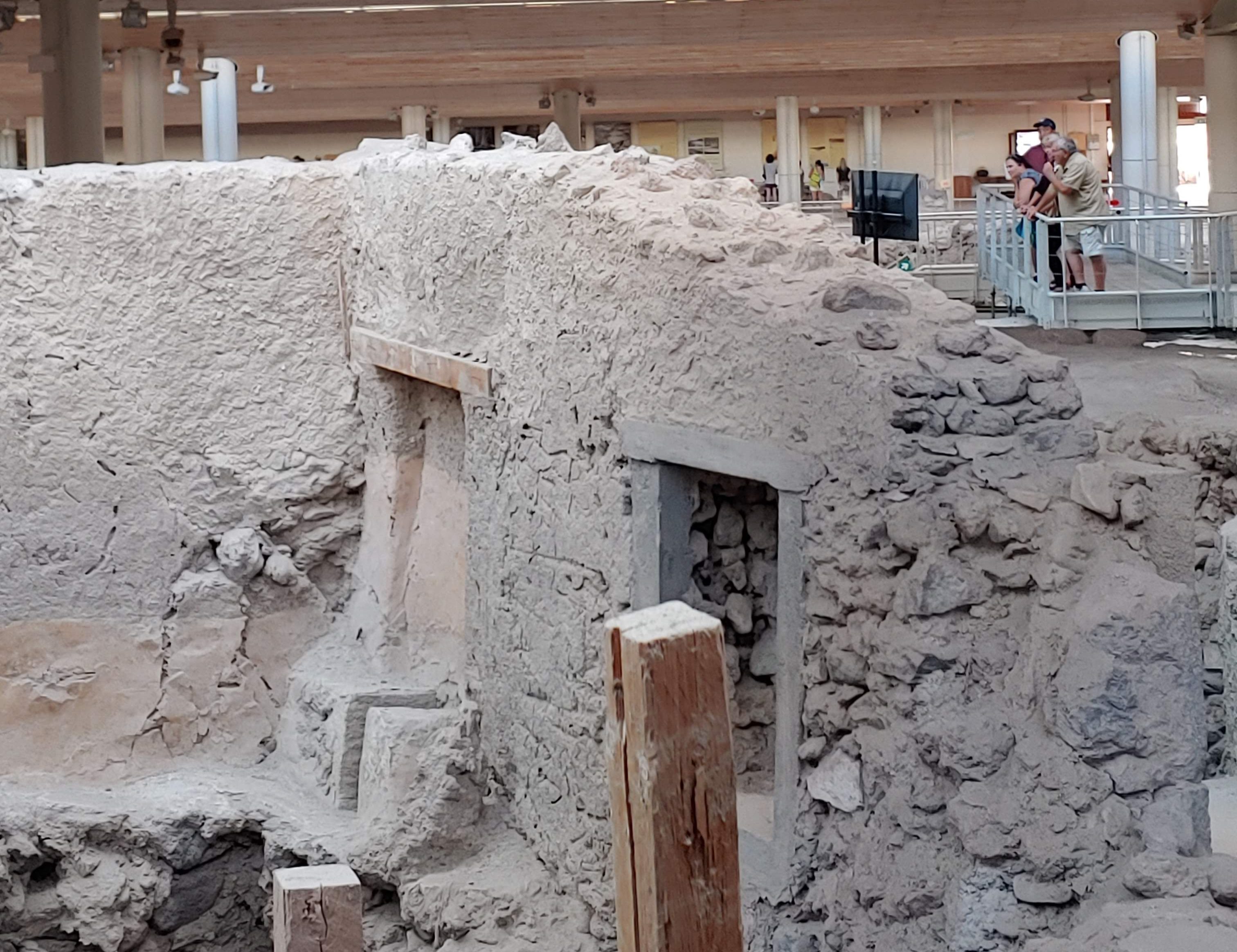
The structure on the left side of the photo has been determined to be a toilet, complete with an indoor sewer system.
We left the ruins and headed to the infamous top of Mount Profitis Ilias, the highest spot of the island (more than 1,860 feet high). It is named after the Prophet Elijah and shares its name with the monastery on its peak. The bus carried us up to a certain point of the mountain and then we walked the rest of the way – from there, we enjoyed a breathtaking view of the entire island.
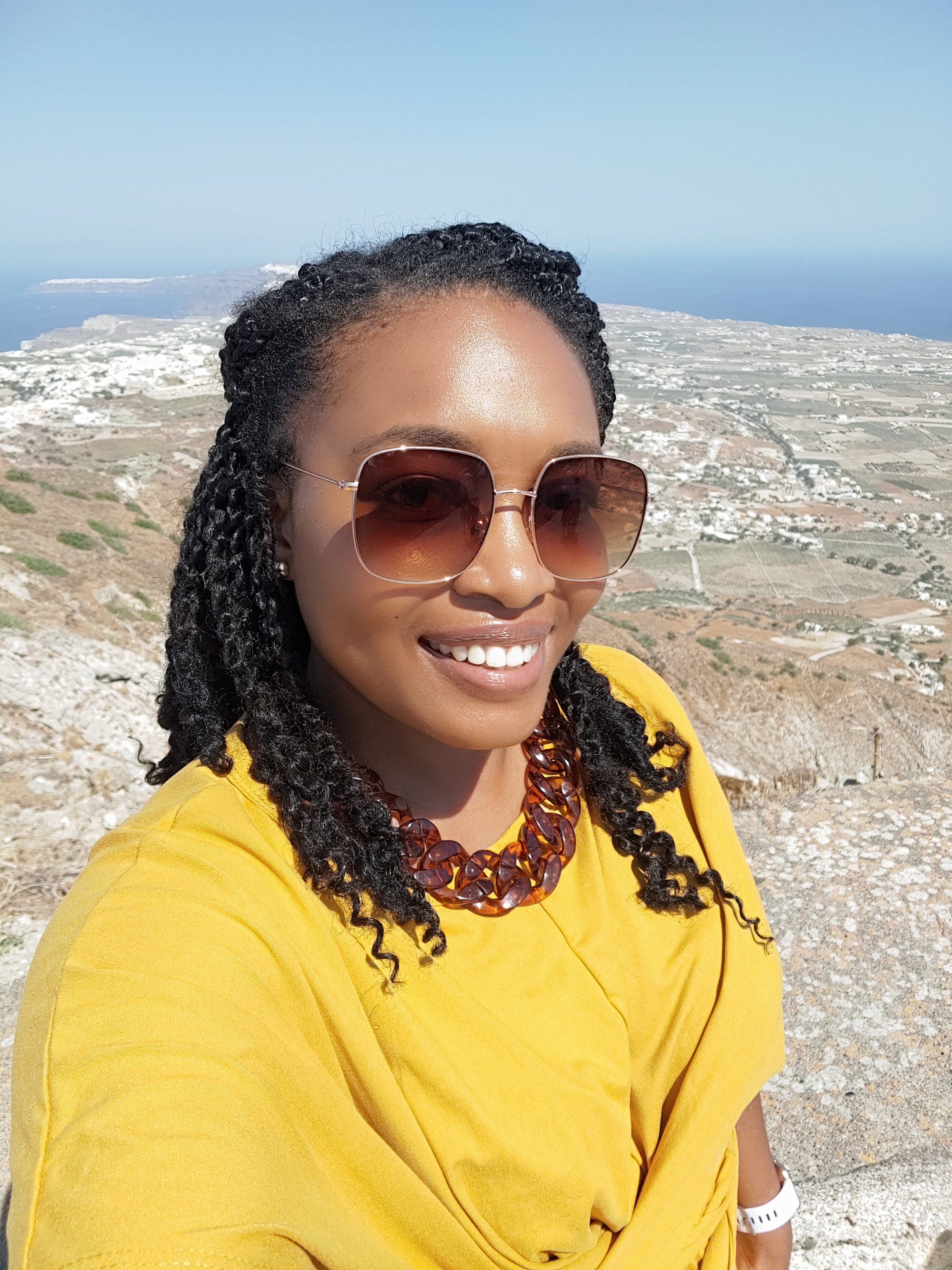

We went back down to lower ground and headed to the village of Pyrgos, close to our hotel, where we had lunch at a cute café.
At lunch, we discovered that another thing the Greeks do exceptionally well is barbeque. We enjoyed ribs, calamari, and the signature dish of Santorini, tomato fritters. The restaurant gave us dessert on the house – Greek yogurt with spoon sweets, which are a gesture of hospitality.
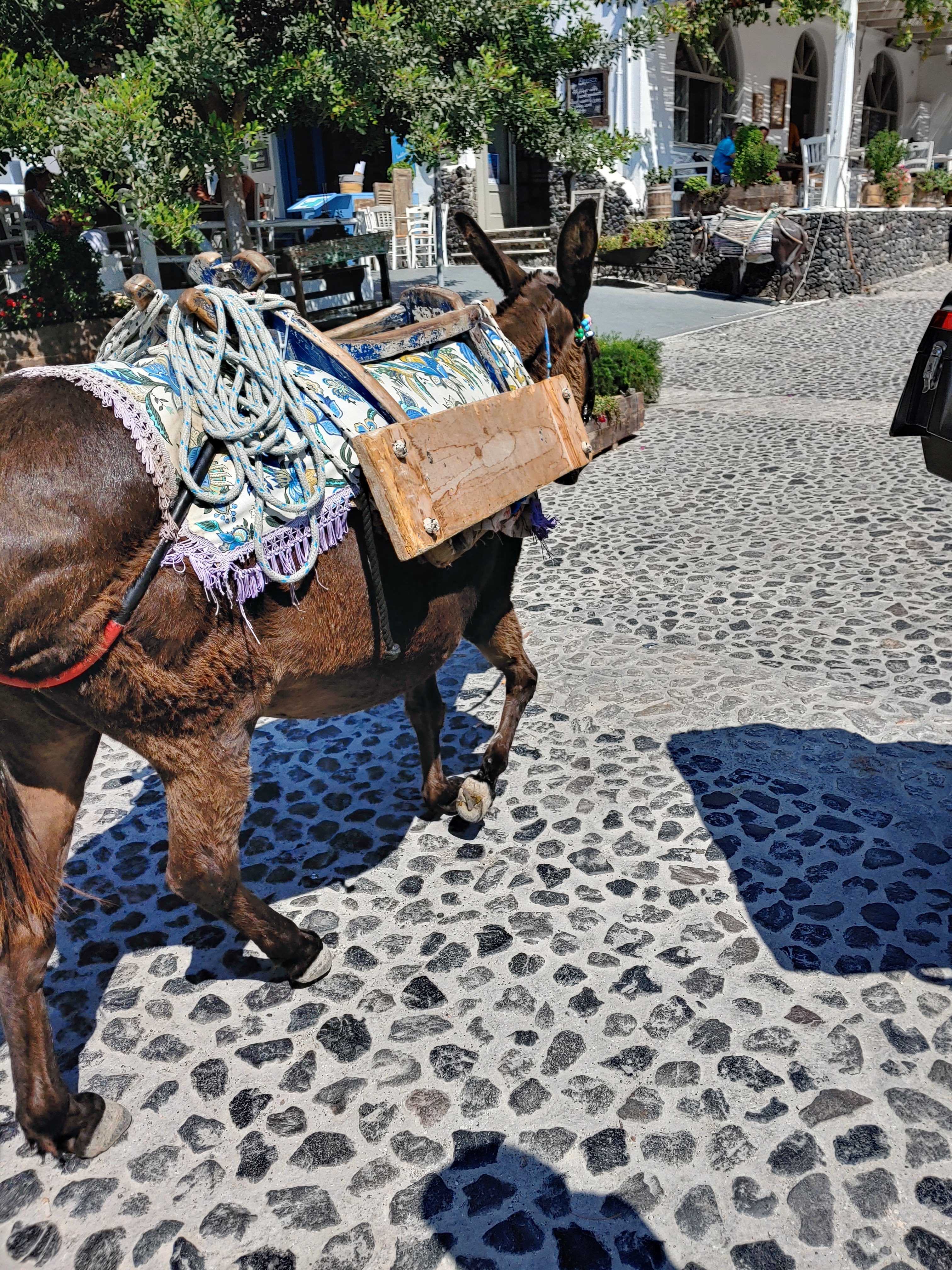
It seemed like the main modes of transportation in Santorini, besides cars, were mopeds and donkeys.
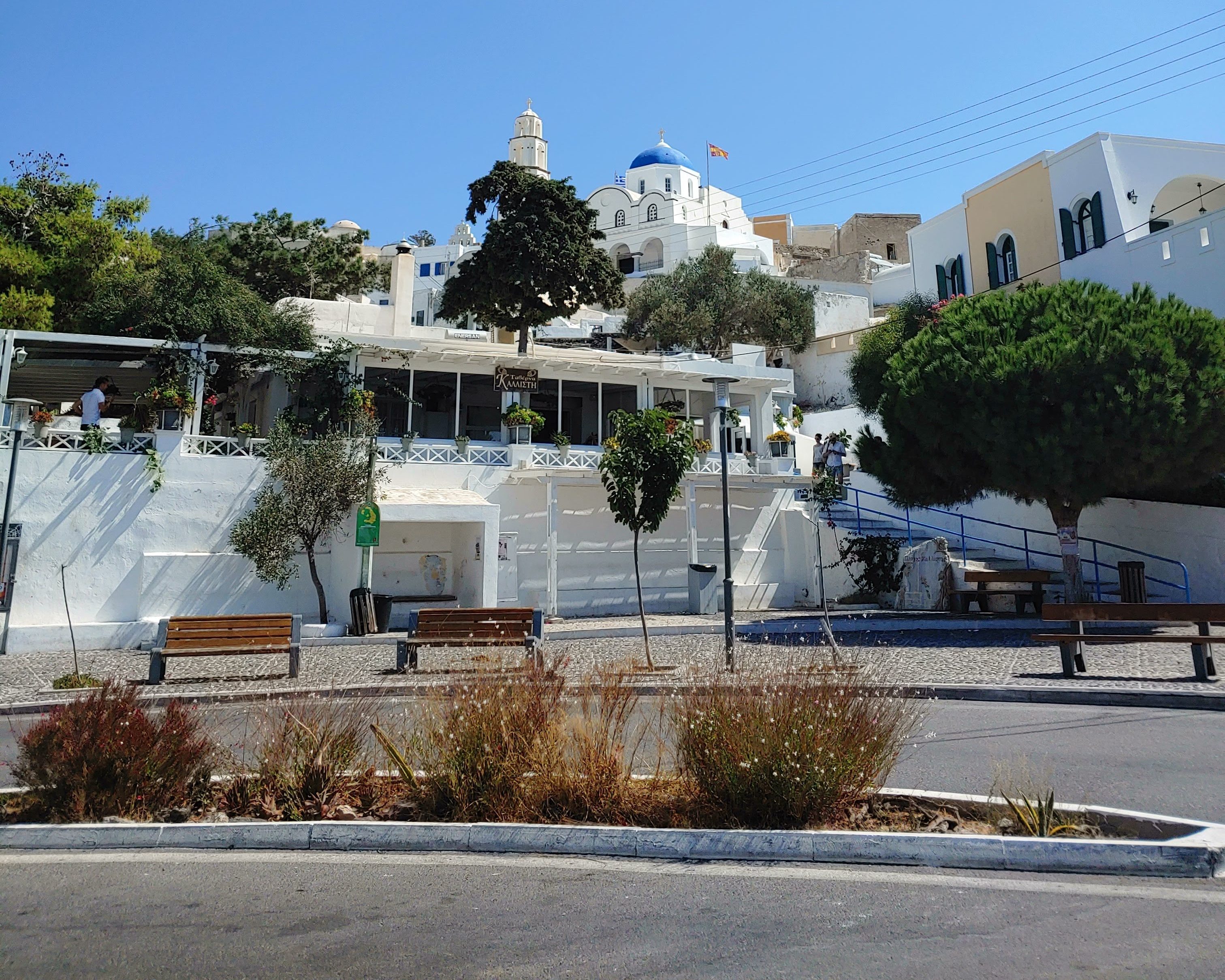
After another full day, I was perfectly fine with relaxing by the pool for the rest of the afternoon.

I didn’t rest for too long, though, because the day ended with another excursion – a vineyard tour, wine tasting, and dinner at Vassaltis Vinyards.
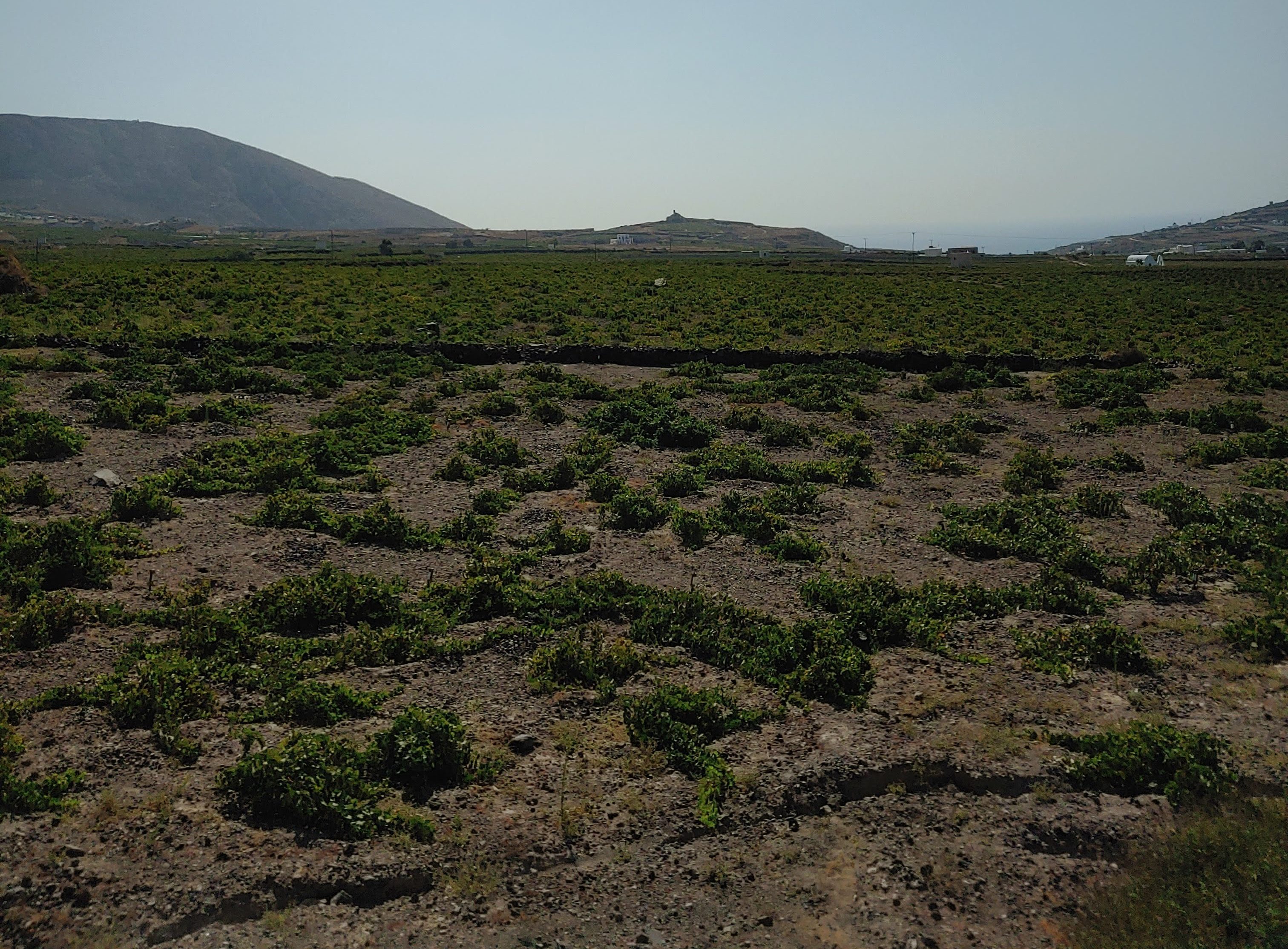
We learned that the reason that grapevines are un-staked and trained to grow so low to the ground all over Santorini is to protect them from the fierce winds and heat.
We also toured the storage and bottling facilities at Vassaltis Vinyards.
Then we sat down for a carefully curated and tasty meal.
After dinner, we were served a spirits and sweets pairing. It was very good.
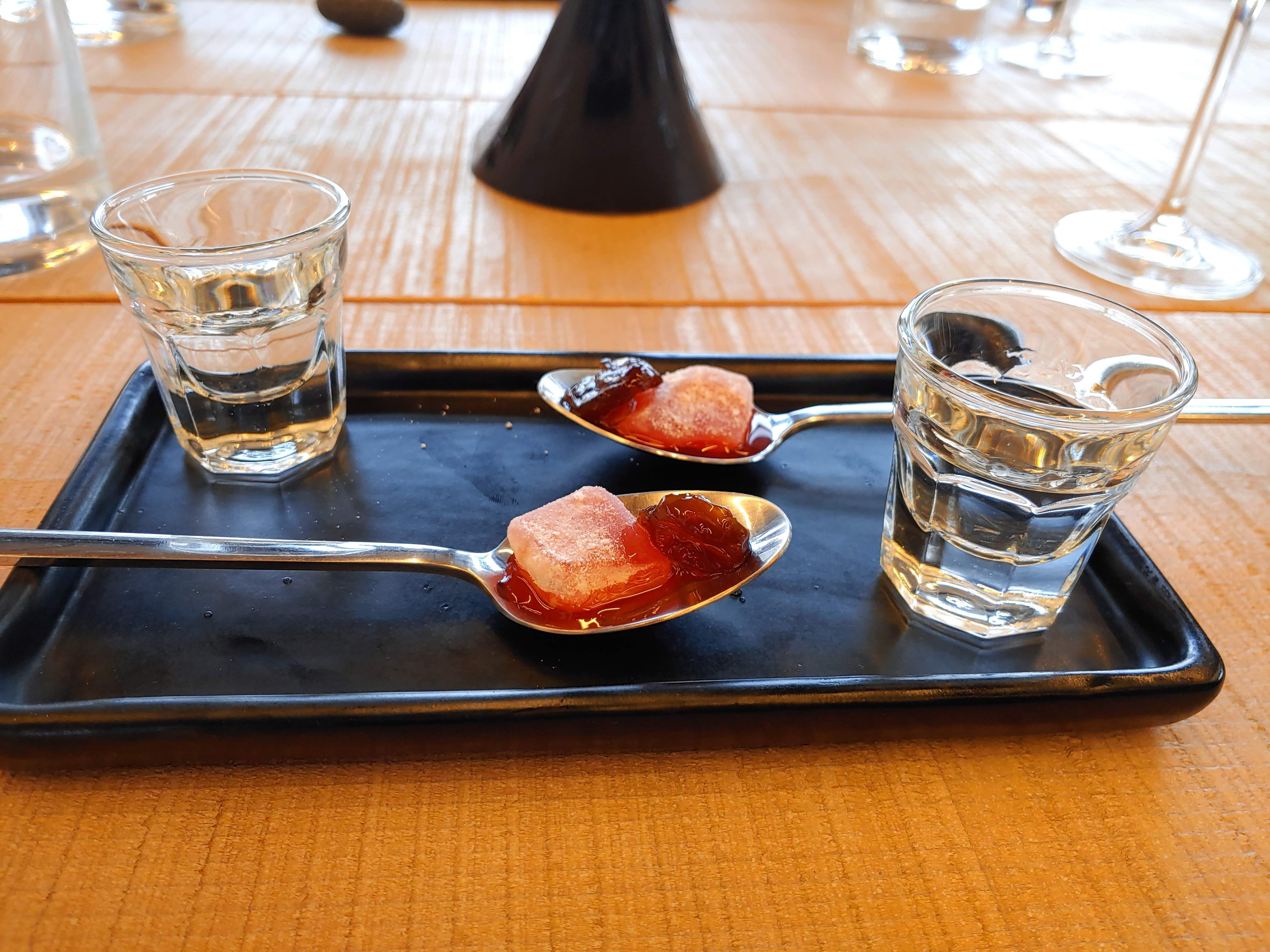
DAY 13
On our last full day in Santorini, we chilled at the pool before getting ready for a catamaran dinner cruise excursion.
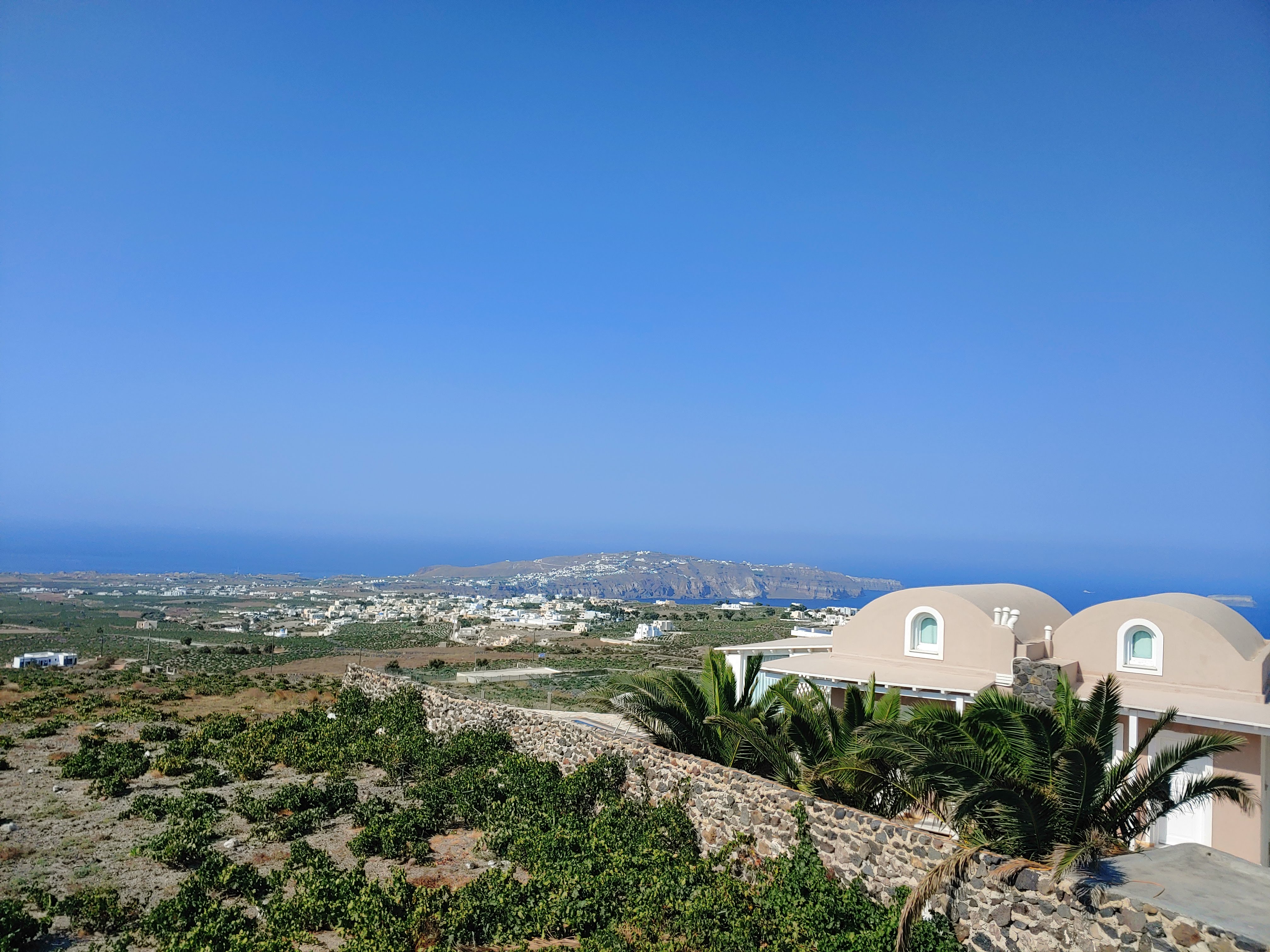
The view by the pool at the hotel
The catamaran cruise was with Sunset Oia and, although it wasn’t exactly what we expected, the views were amazing and the chicken souvlaki and free-flowing wine were added bonuses.
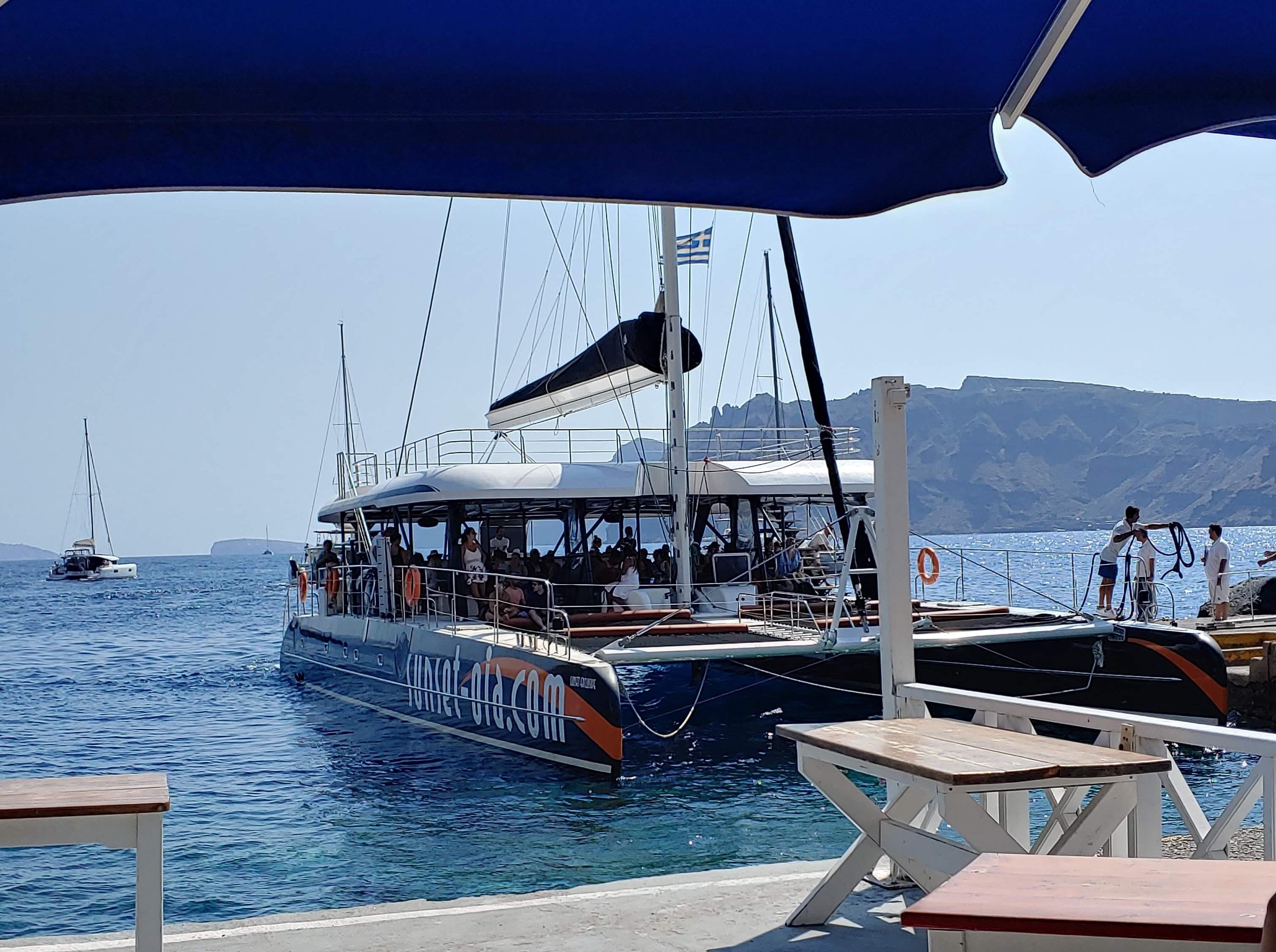
Some of our fellow passengers on the cruise opted to go out in the water and swim.
The sunset was absolutely gorgeous and the highlight of the cruise.

DAY 14
The next day, we traveled to Athens and stayed at the fanciest hotel of the trip, St. George Lycabettus Boutique Hotel, where we were met with some welcome drinks at the rooftop restaurant with beautiful views of the city.
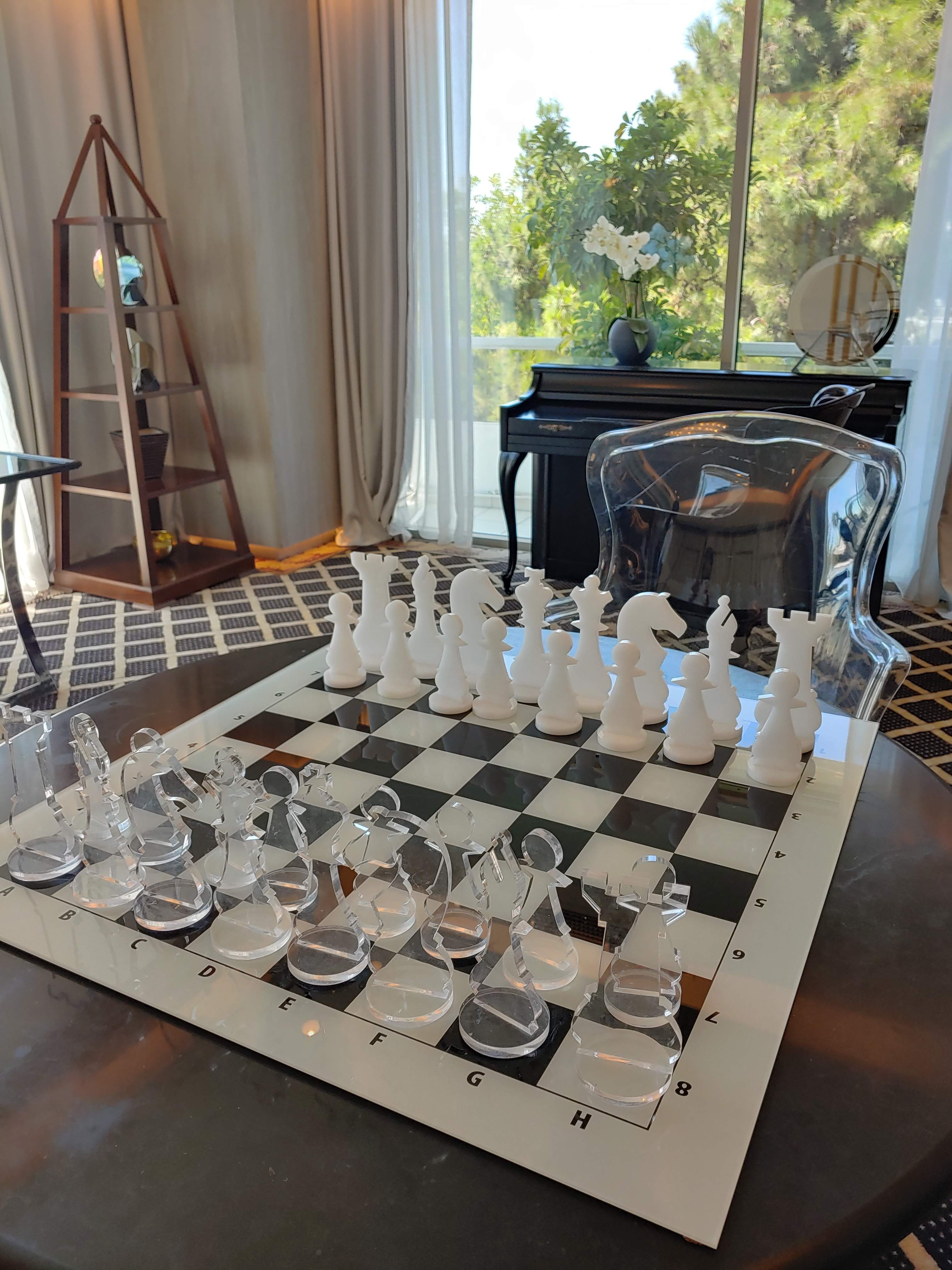
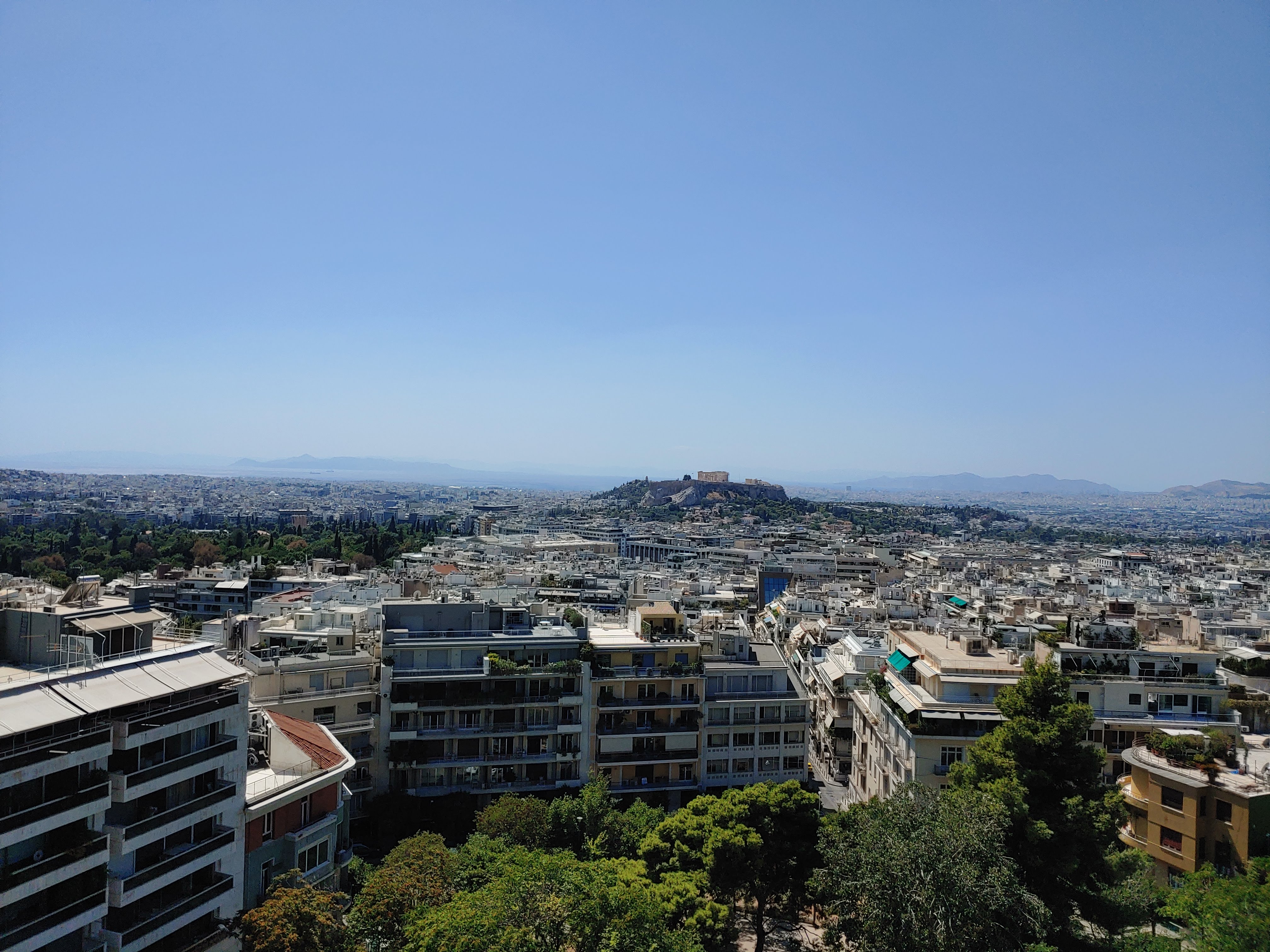
That night, the last night of the trip, we had dinner at the rooftop restaurant before our early flight home in the morning.
I will never forget this trip to Greece because it reminded me that life doesn’t always have to be hustle and bustle. Life will go on if you just take a few moments to relax and enjoy it. I am supremely blessed to be able to experience this feeling in another country, but it made me realize that I have room to insert some more chill and enjoyment into my everyday existence. This trip allowed me to reflect on the fact that although I have roots in Jamaica, one of the most chill places I know, I was nevertheless swept up into the completely opposite, stressful New York environment for the past six years.
Greece taught me that simple things like relaxing outdoors and eating food that makes you feel good are not indulgent, they are part of how we survive as humans in this world. Most of us don’t have the luxury to live like this all the time, I know I don’t, but there are choices that we can make to create a life that is just a little more enjoyable. After the trip, I was able to reevaluate my life and find areas where I needed to adjust the things I do that create unnecessary stress and pressure and do the best I can to remove myself from any oppressive environments.
Now, each day, I try to make my routine more gratifying by creating moments I can look forward to. With this new perspective, I implore all of us to find beauty in life and embrace it. Do as the Greeks do and say “yamas” to life — and mean it!
Follow my blog with Bloglovin!
